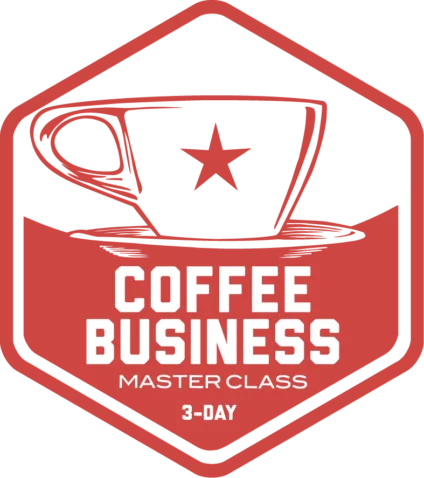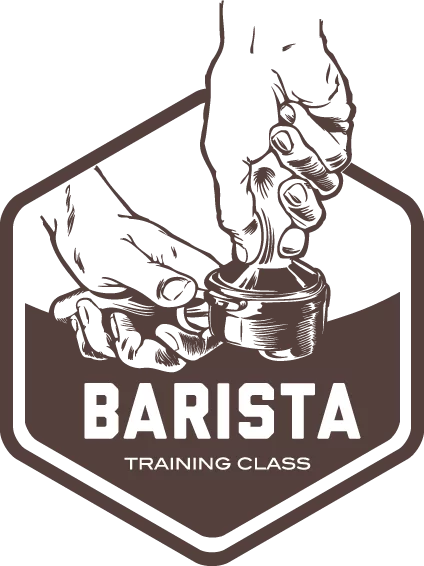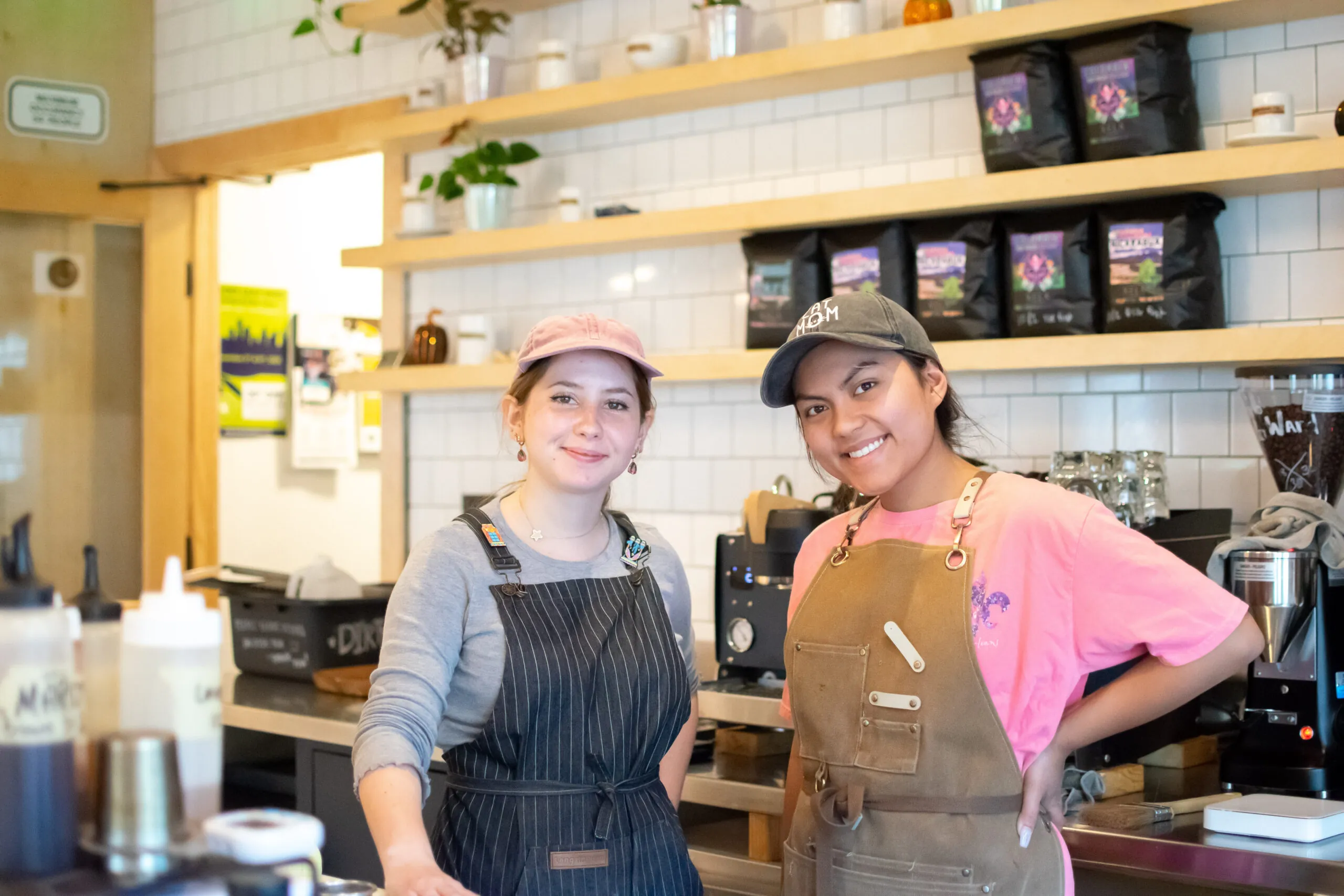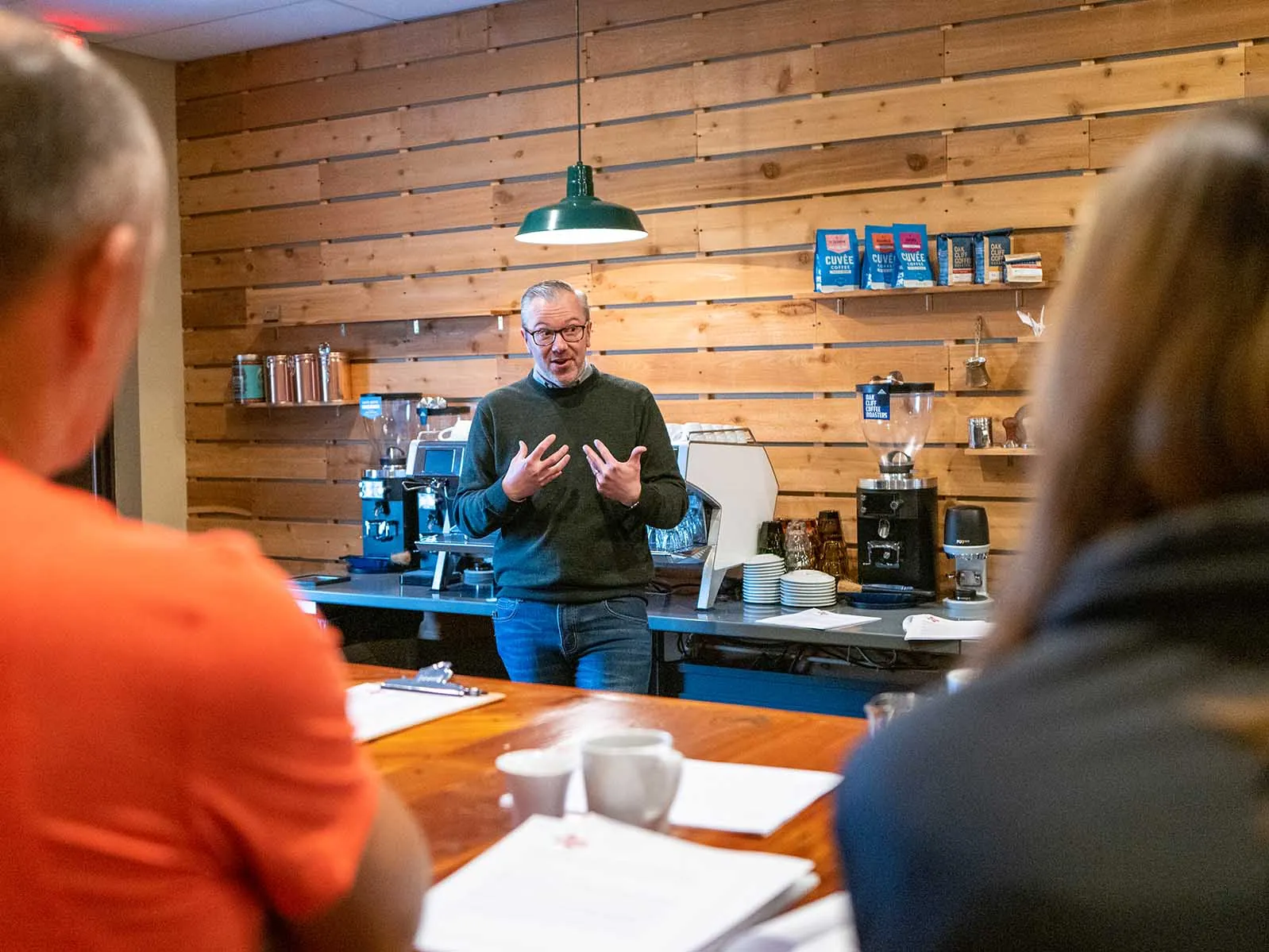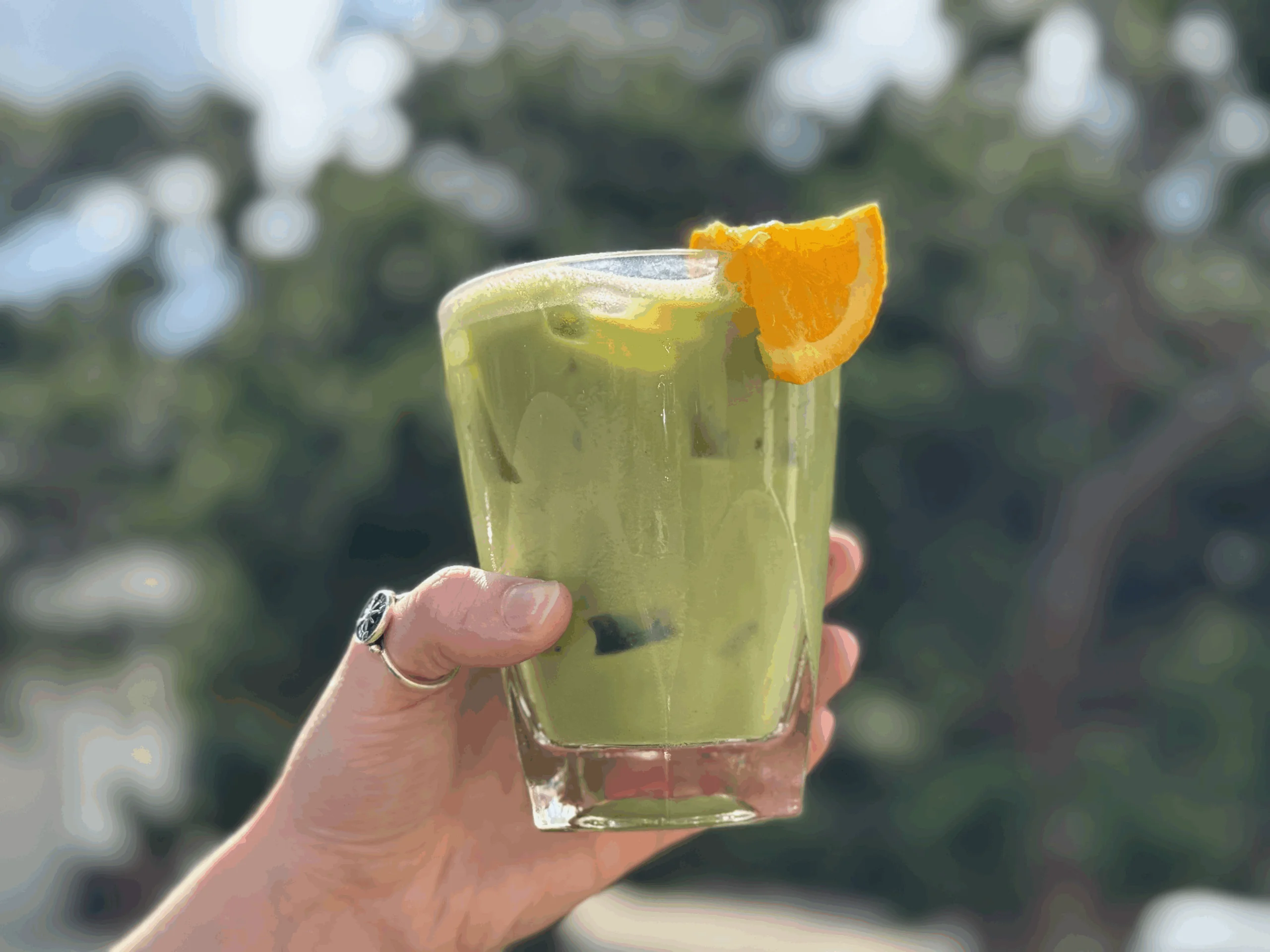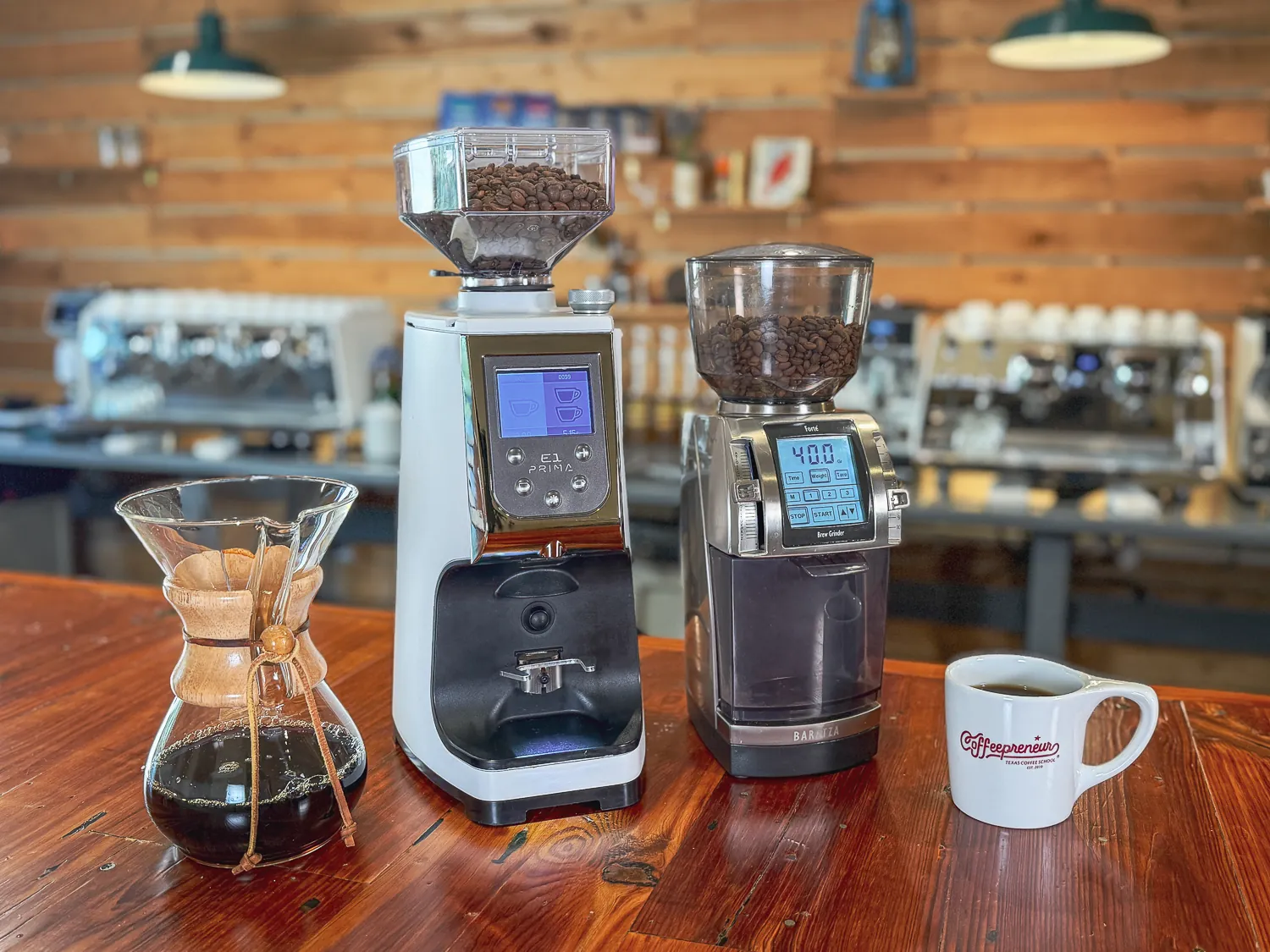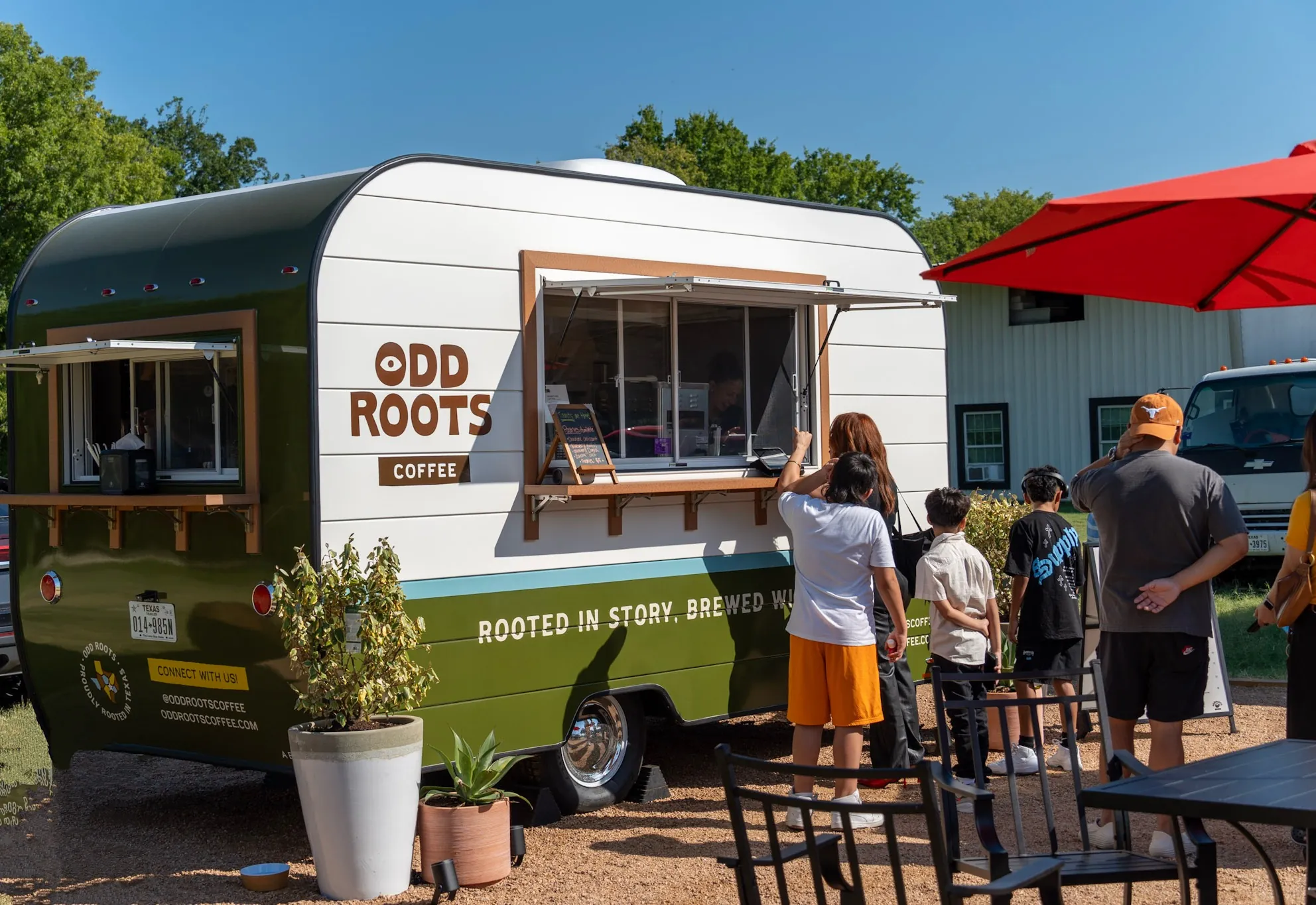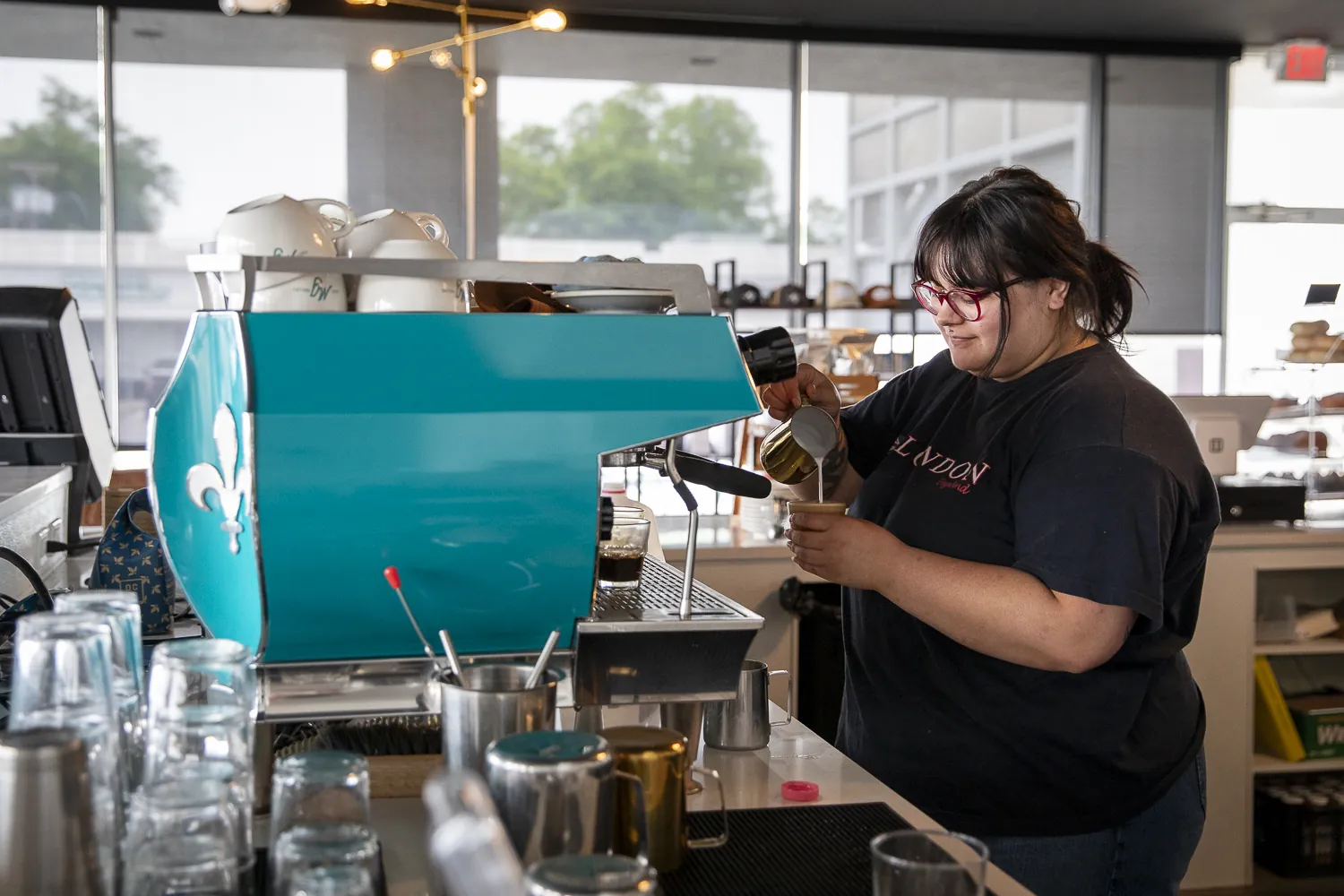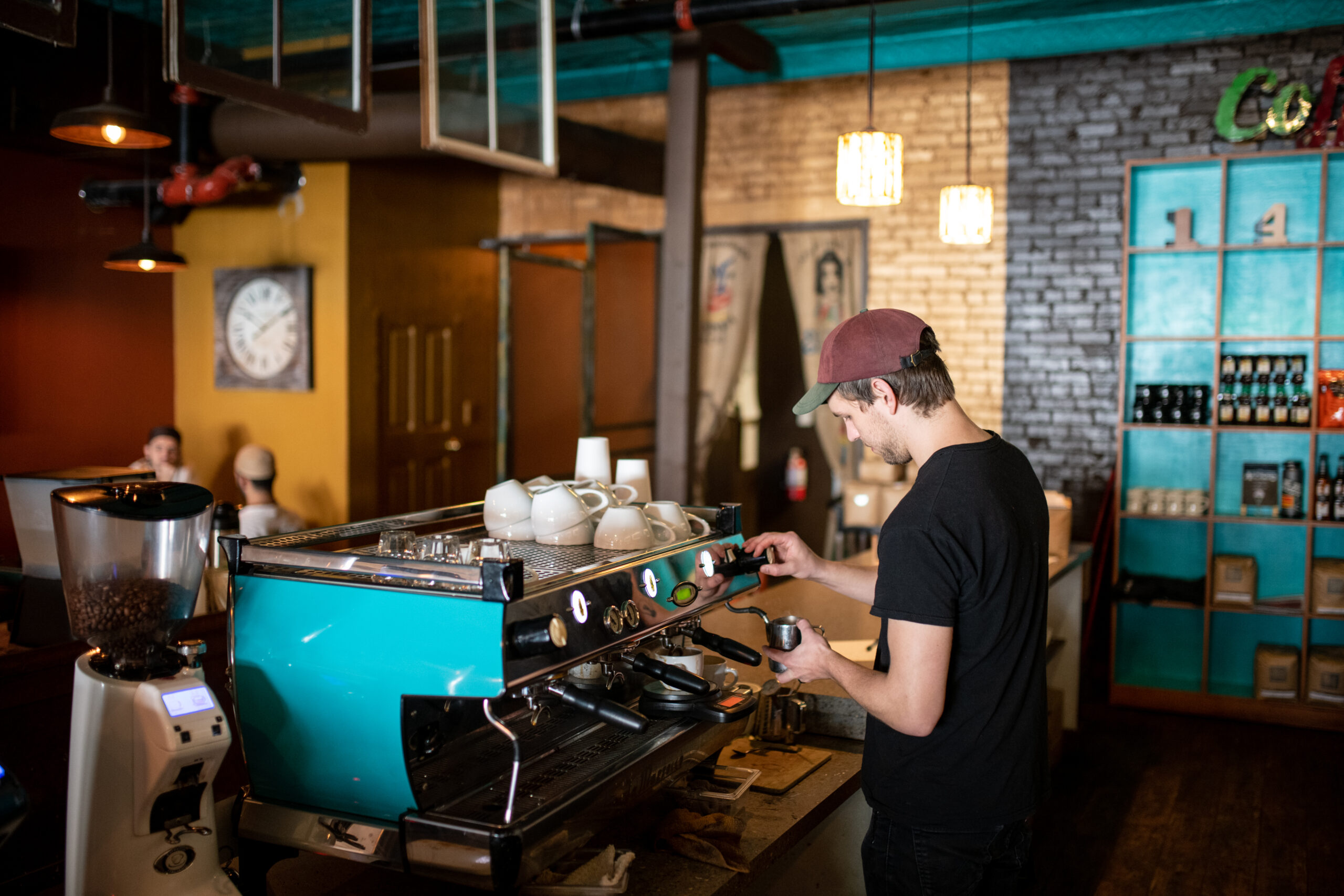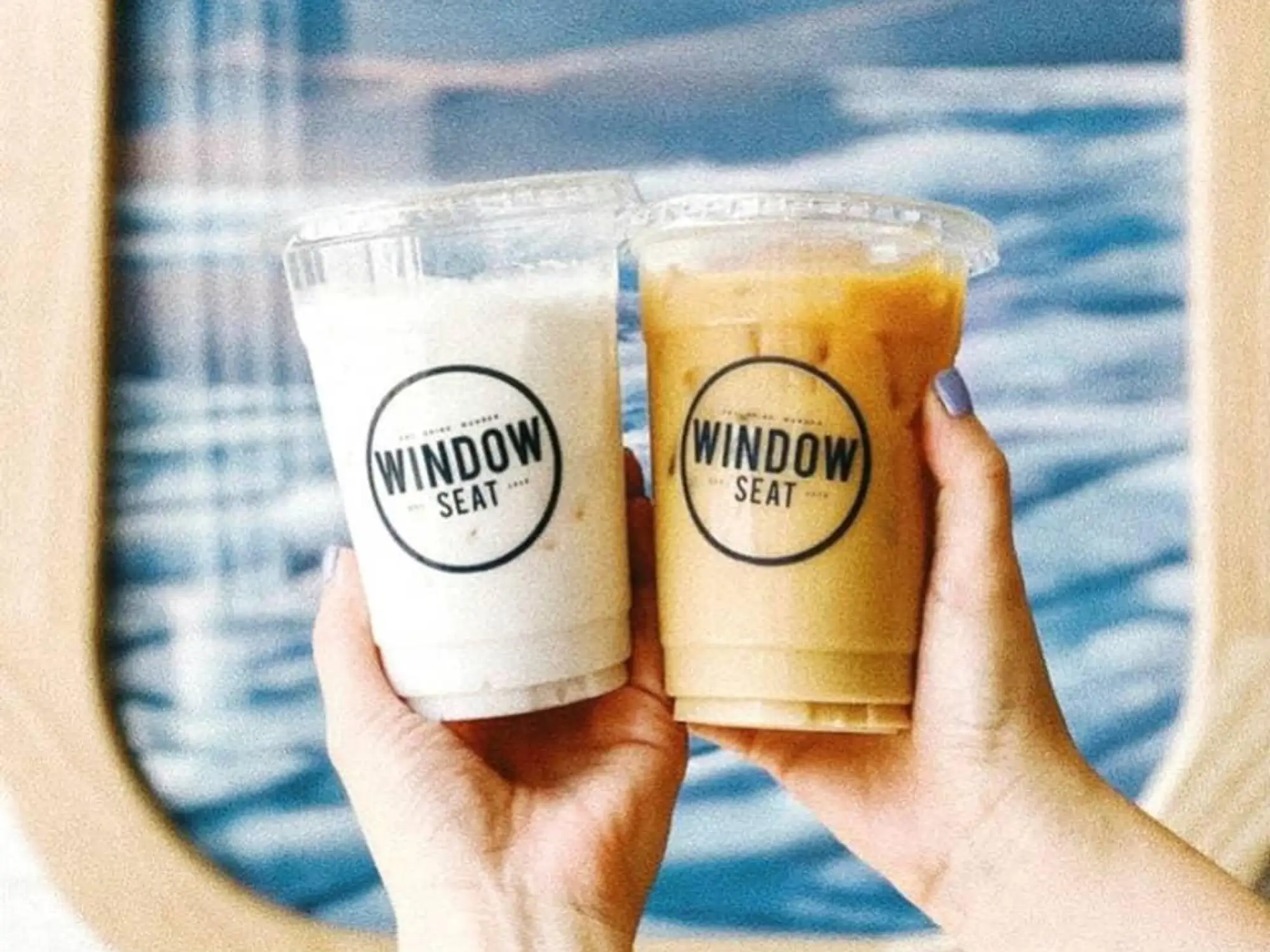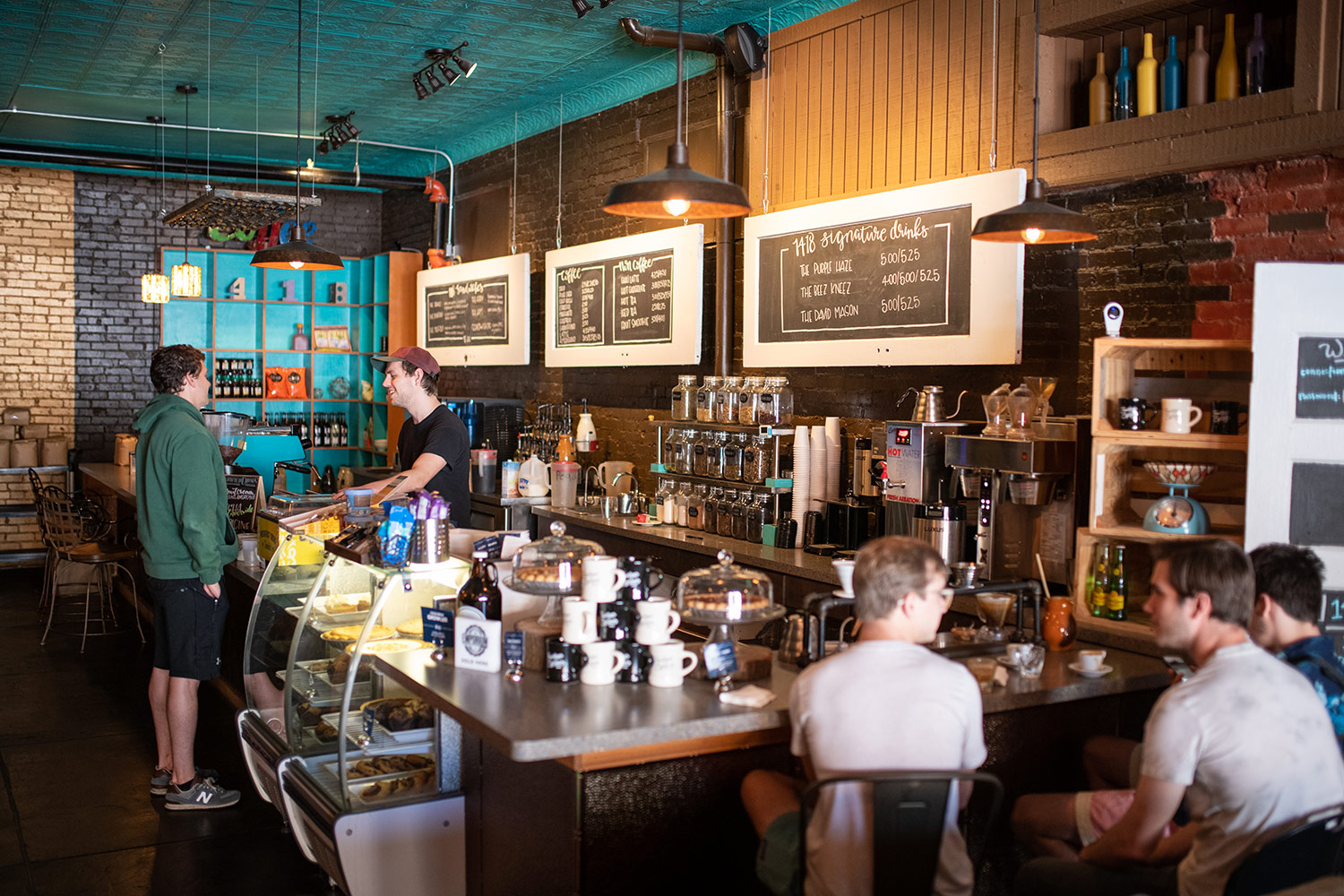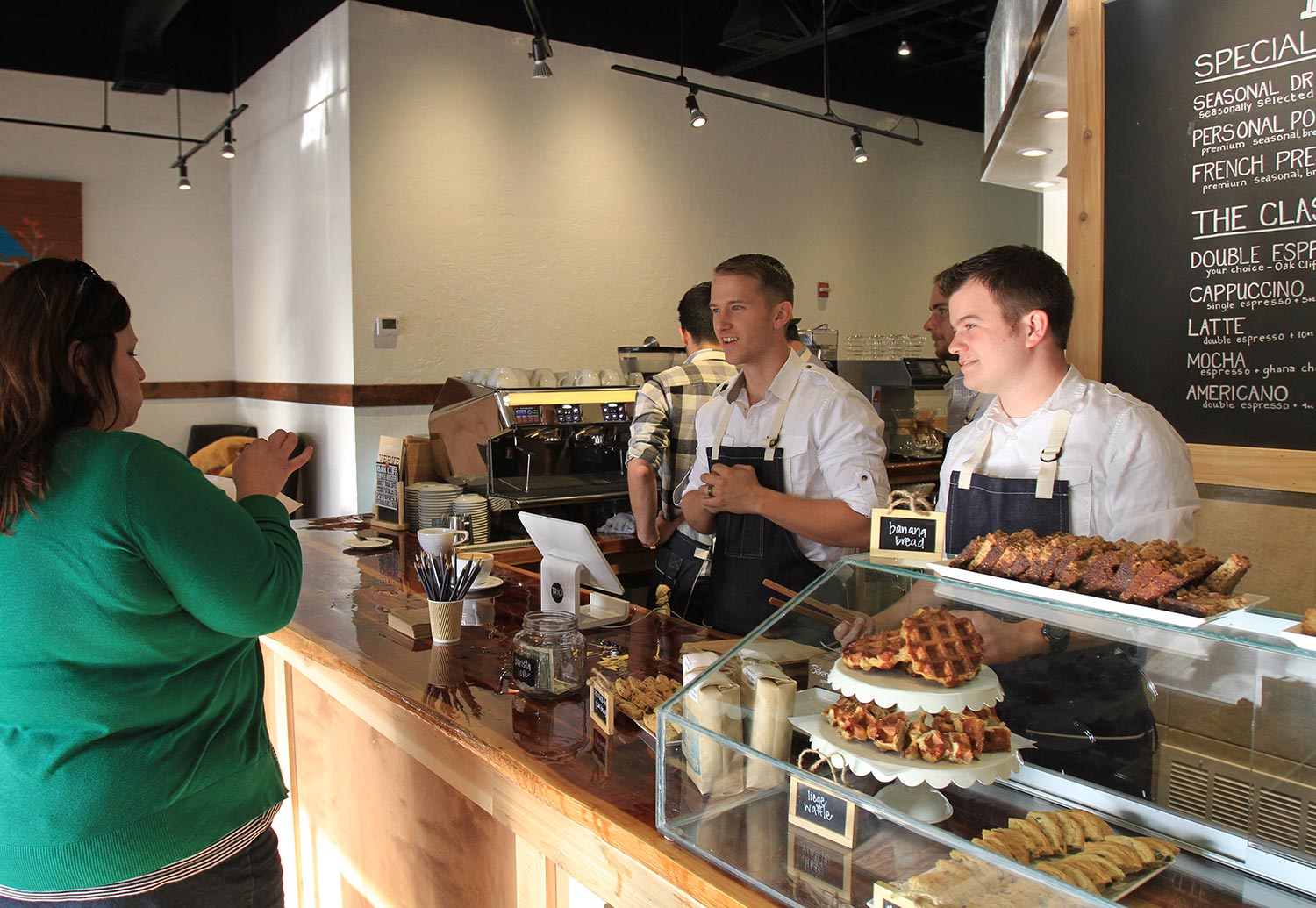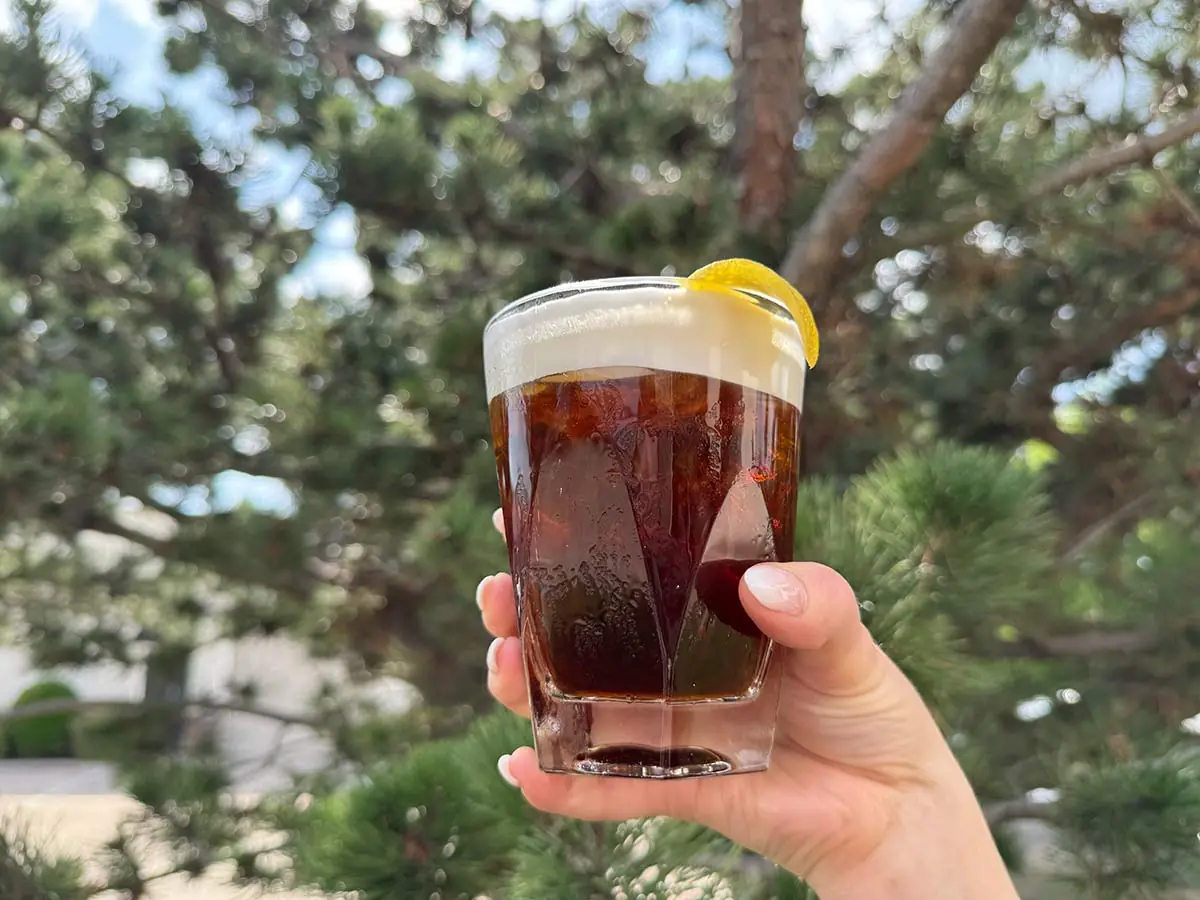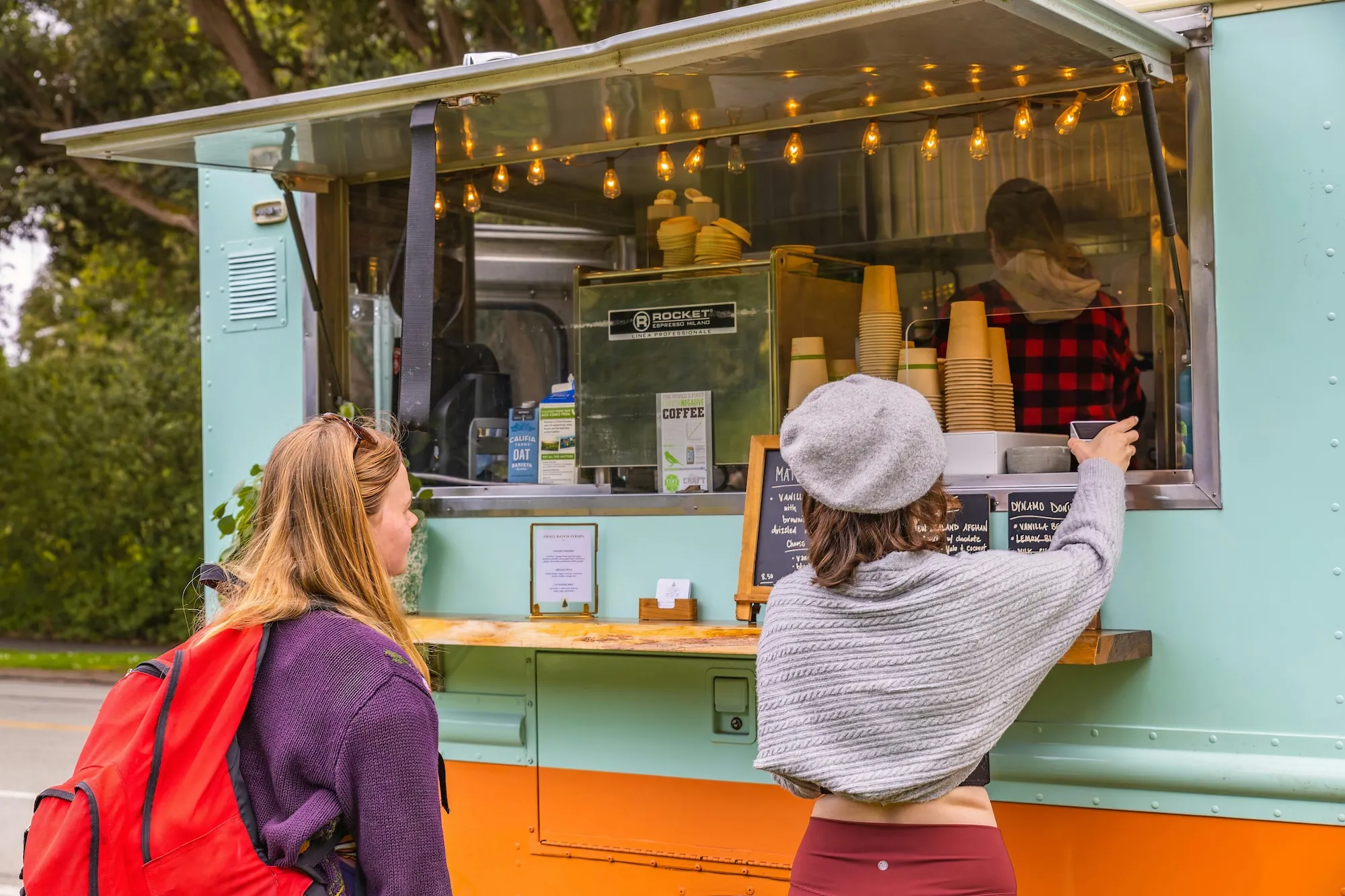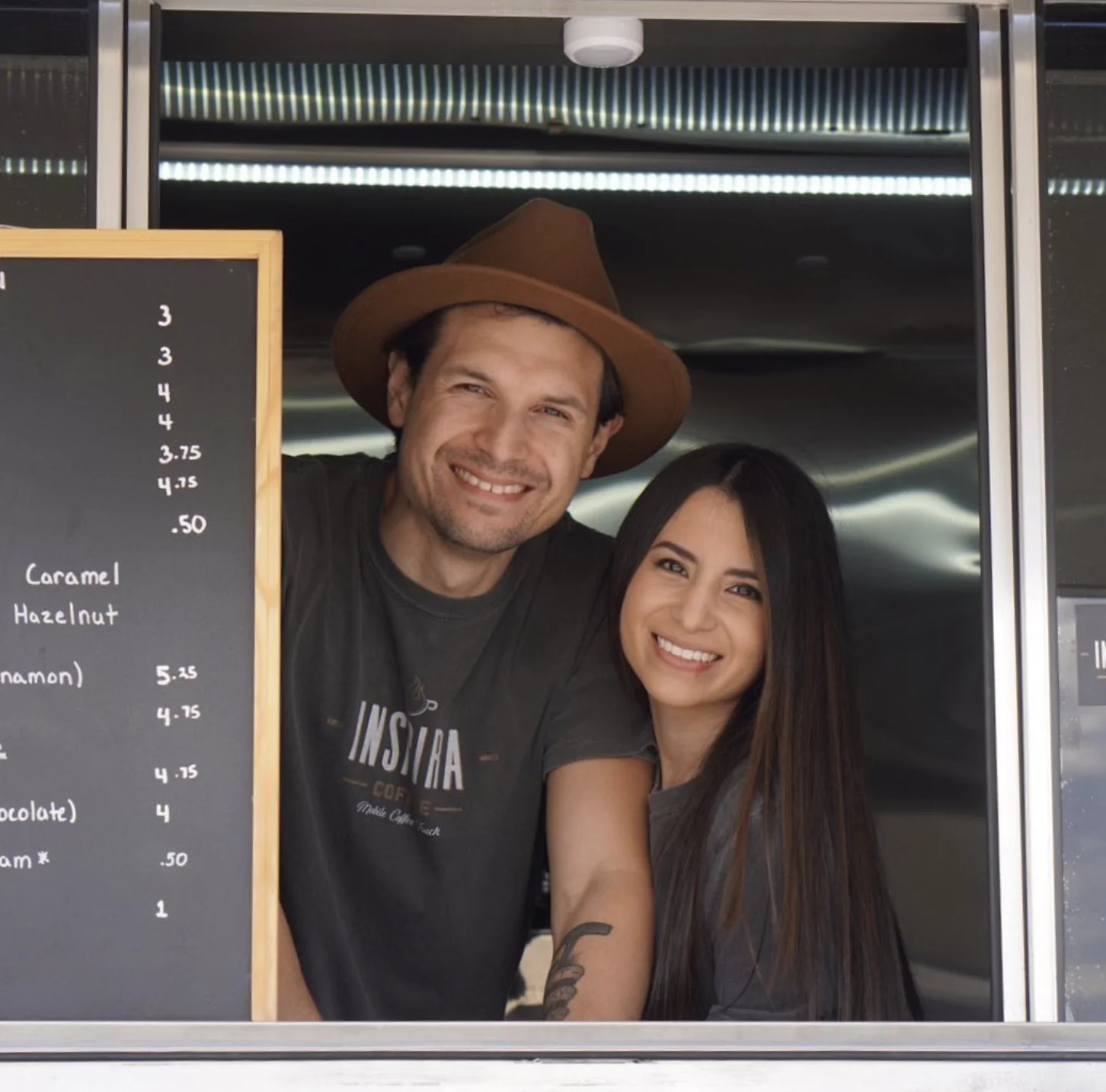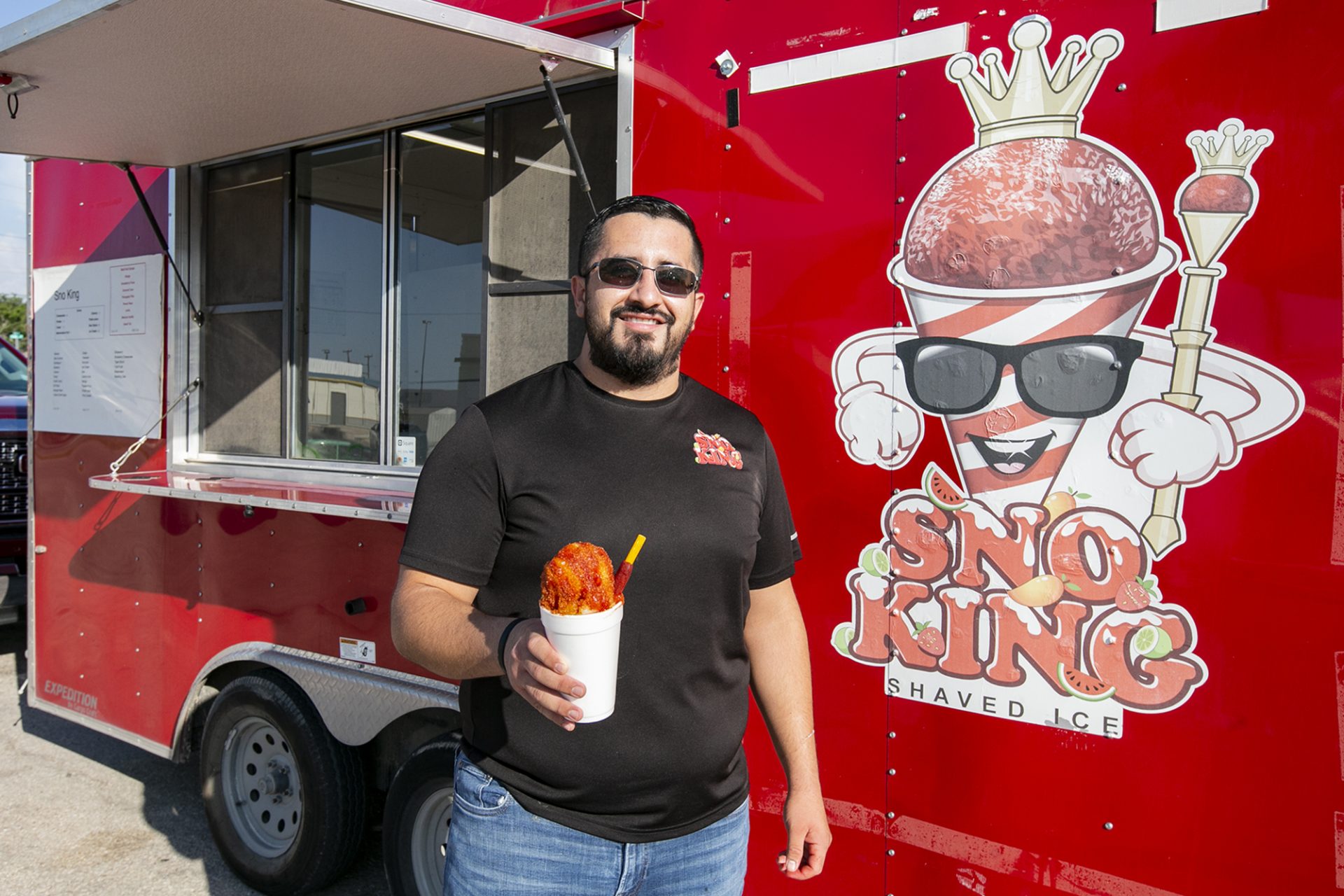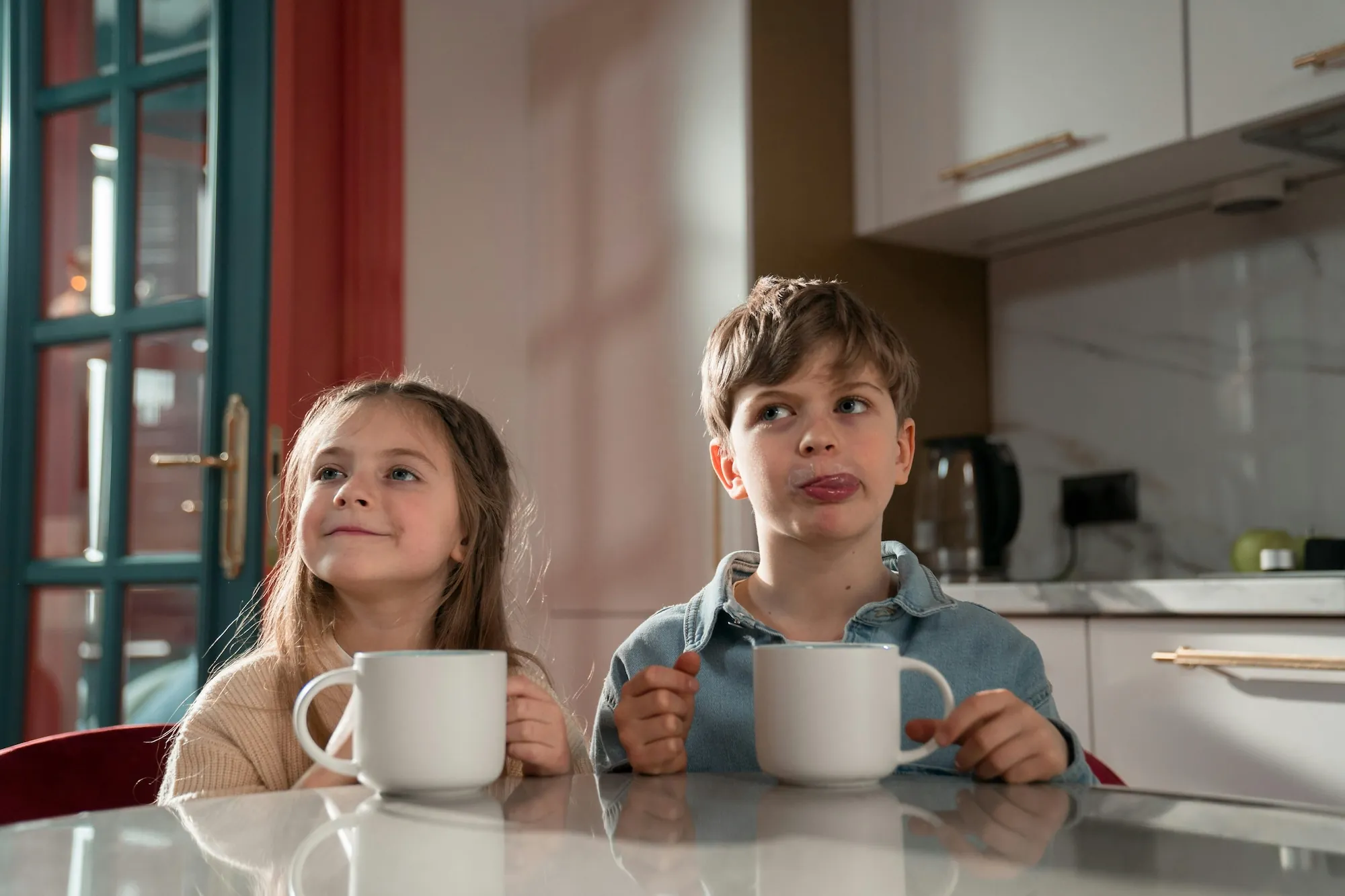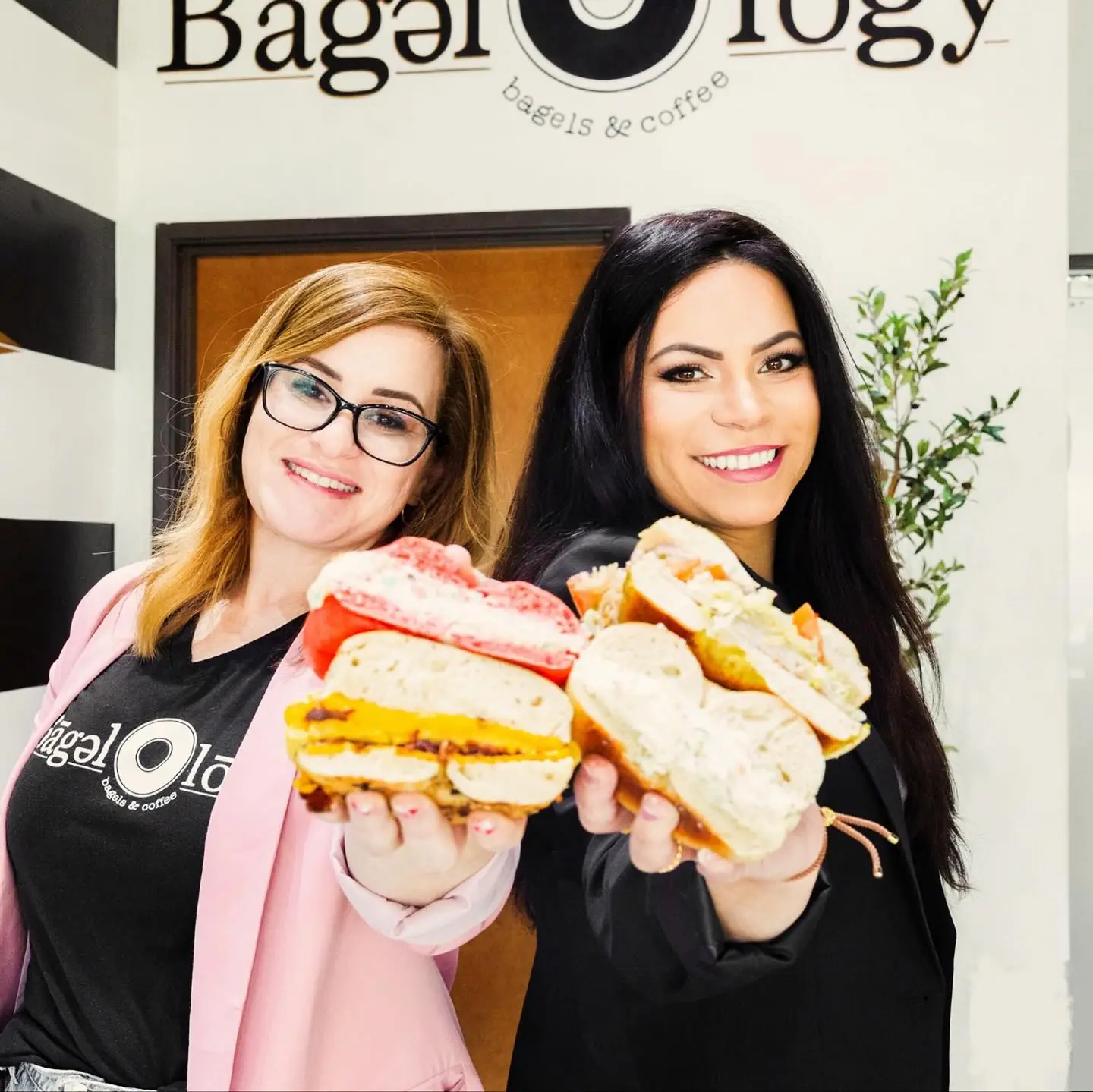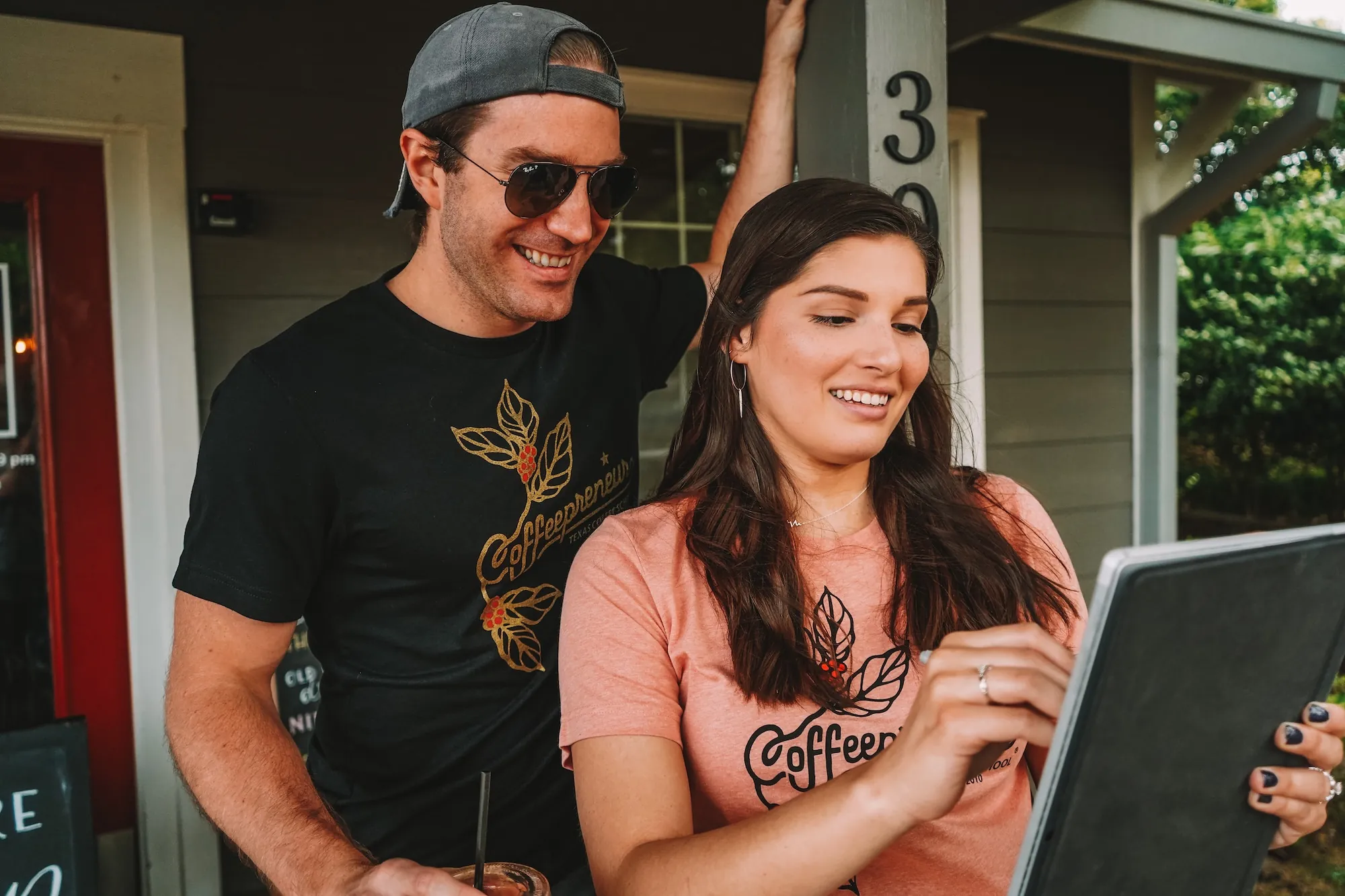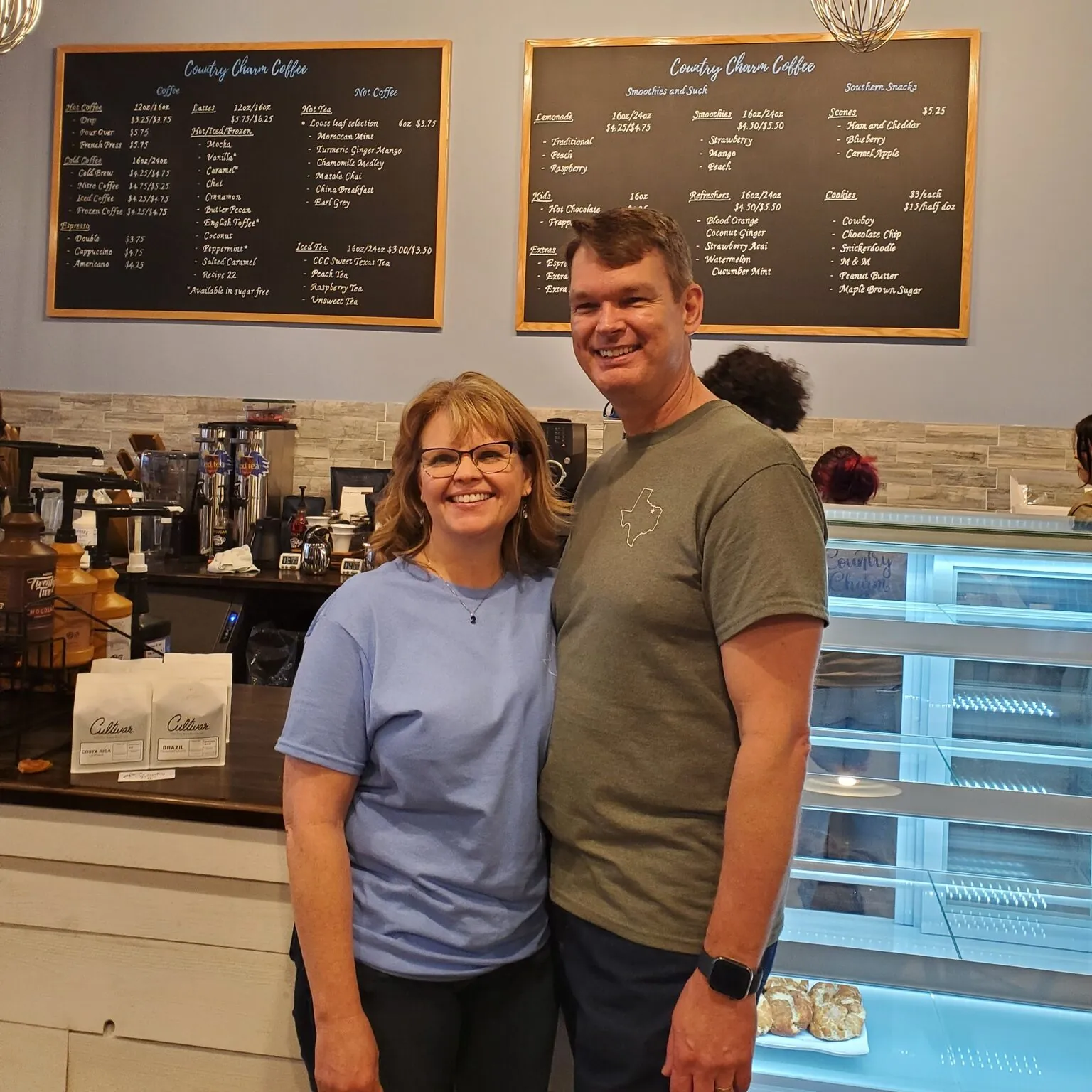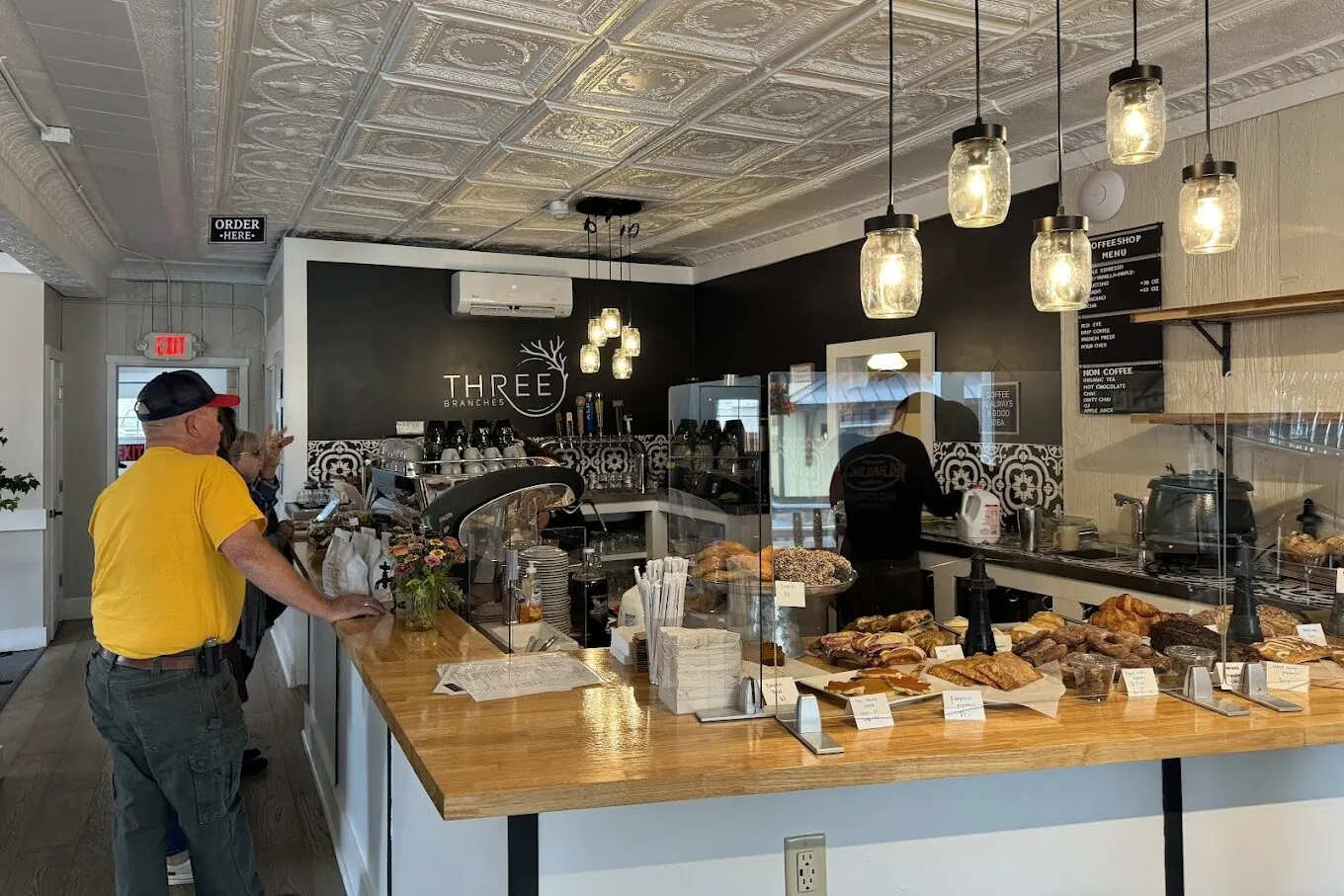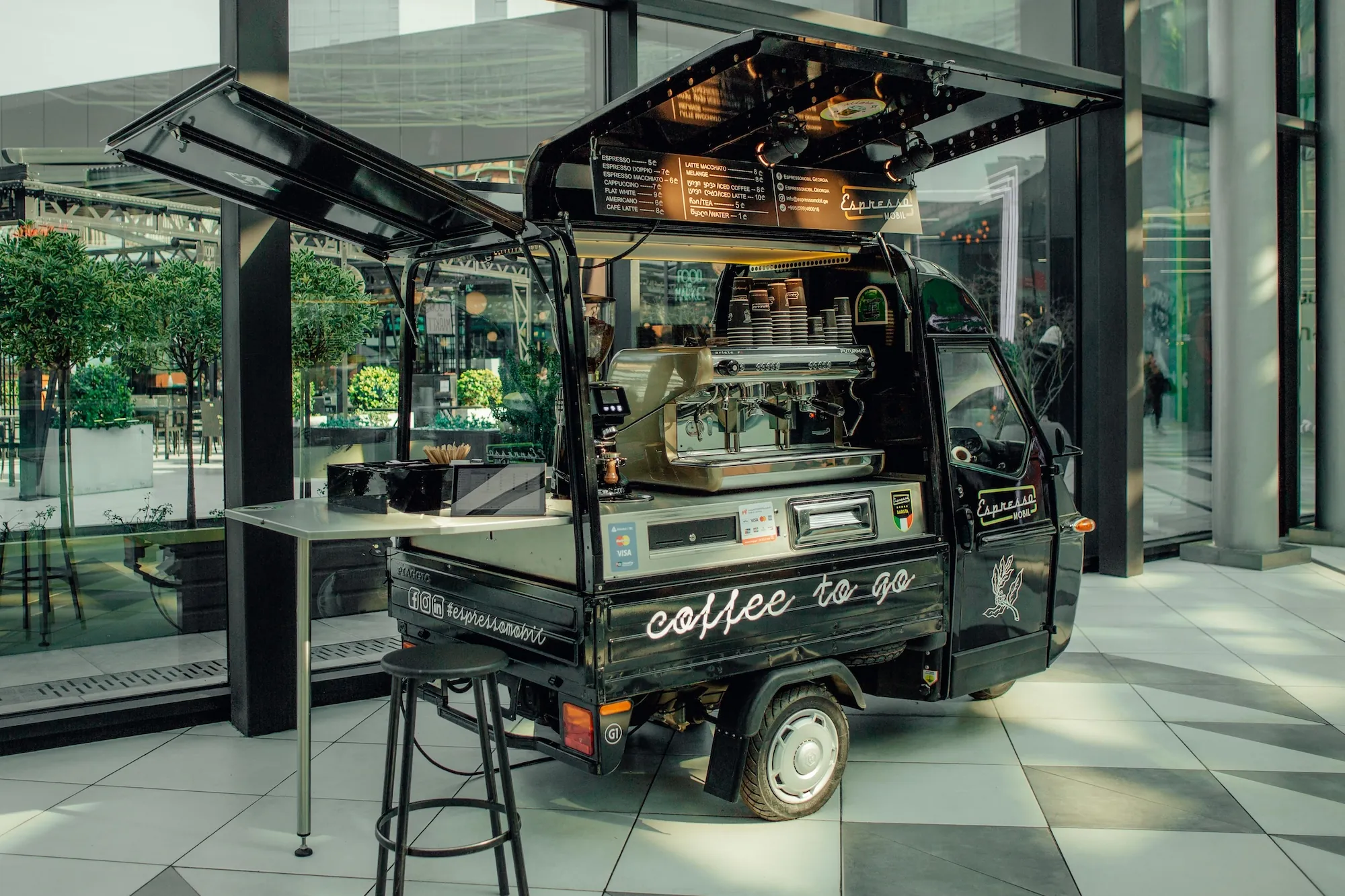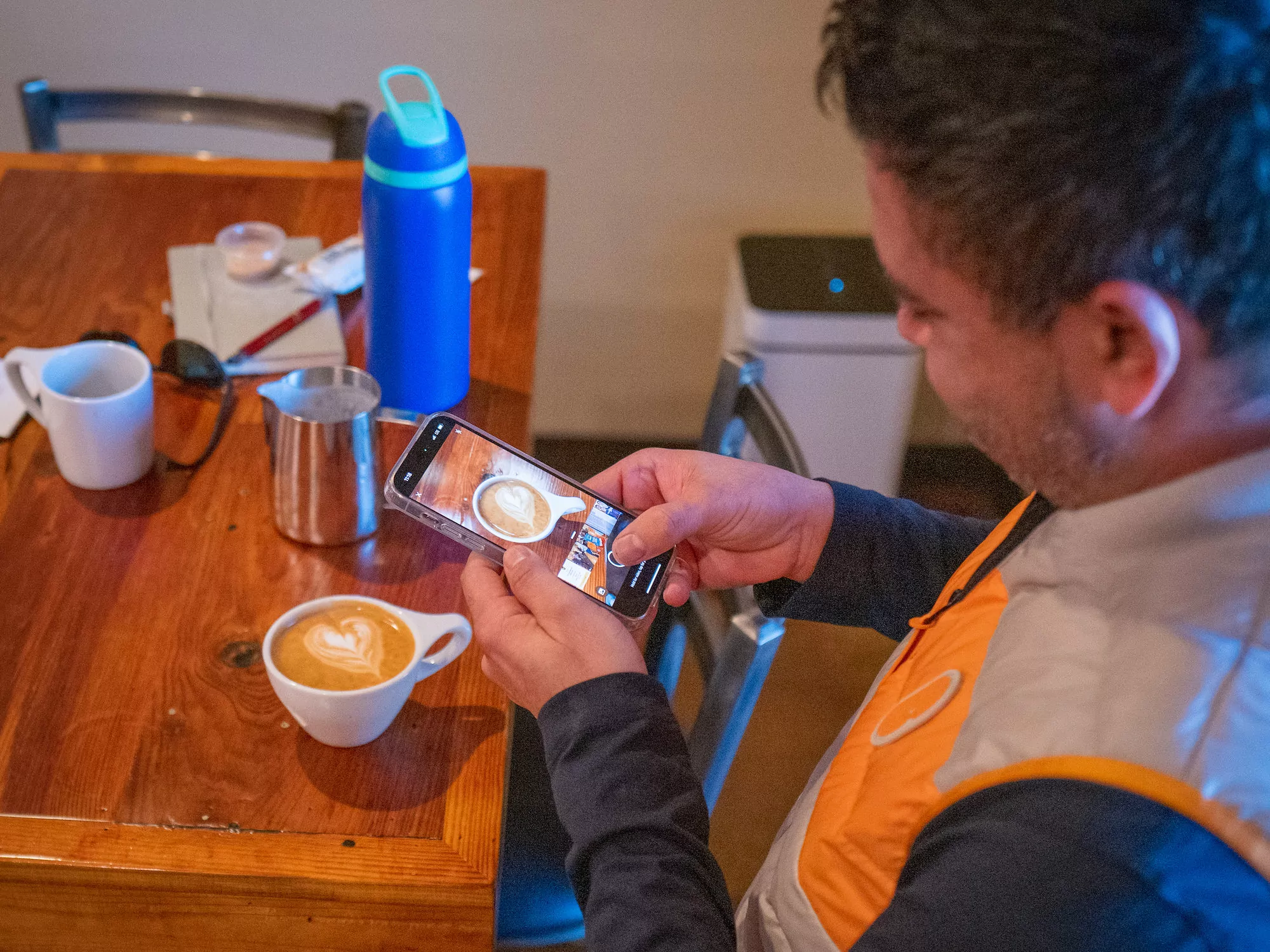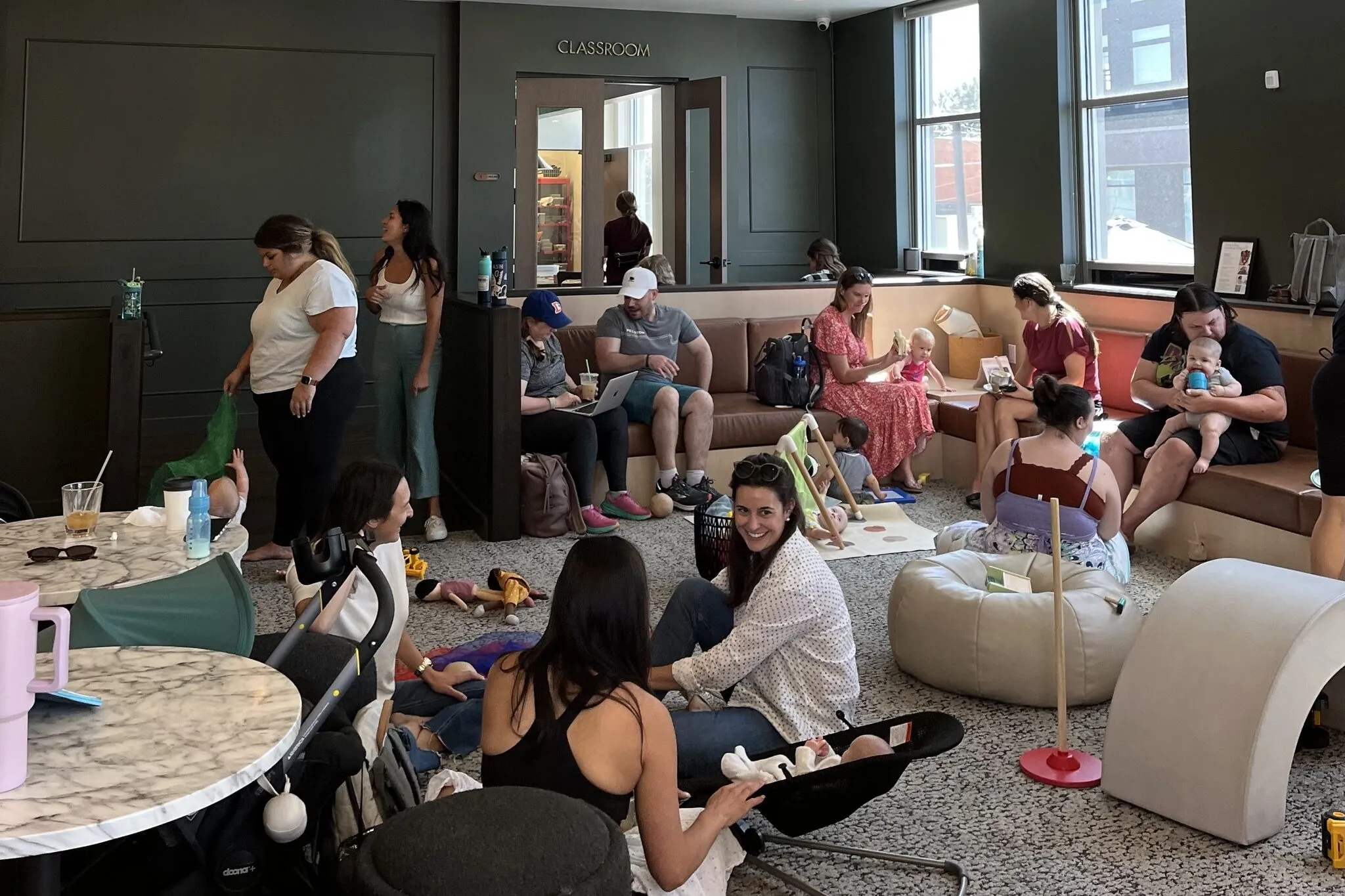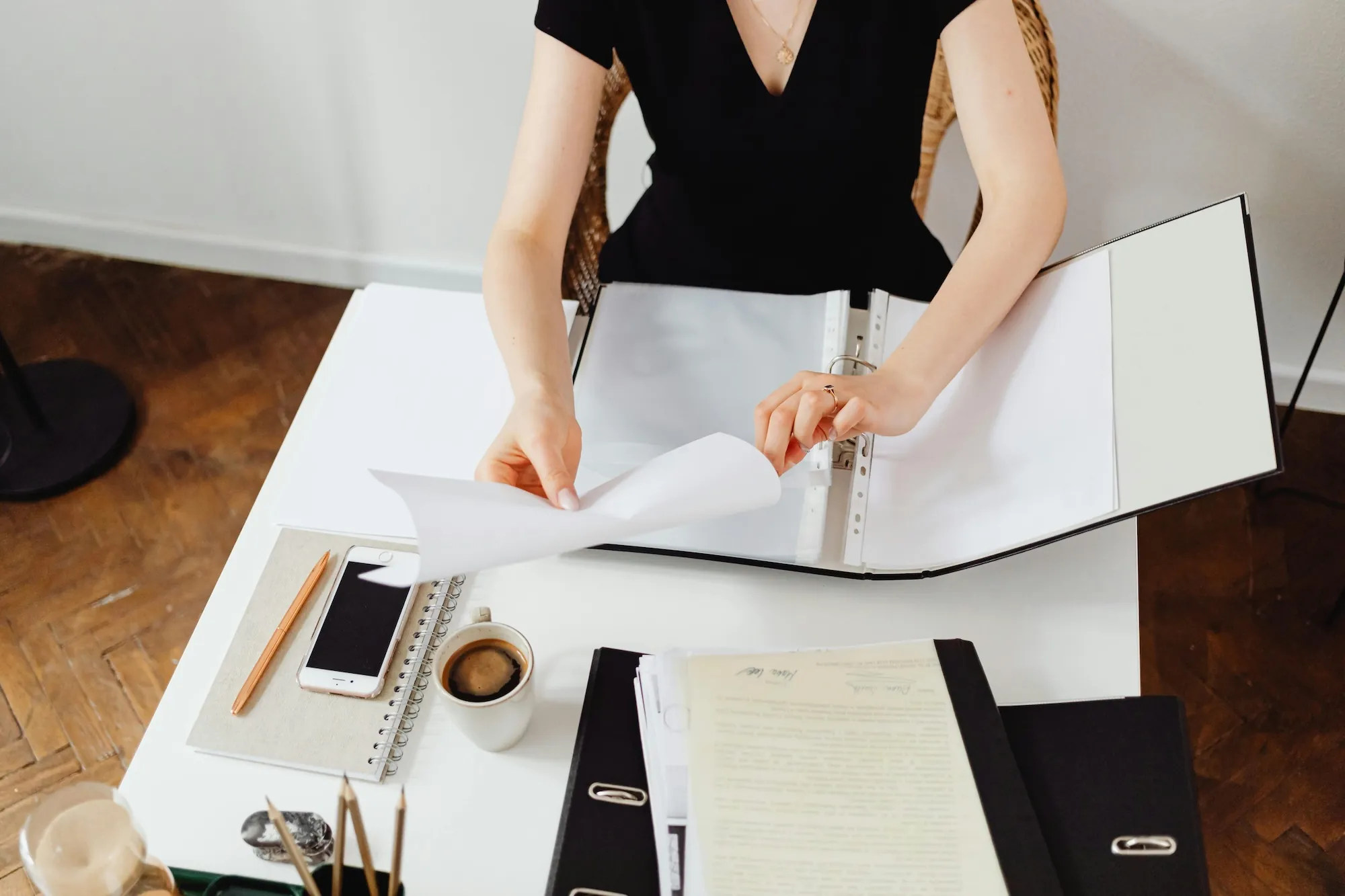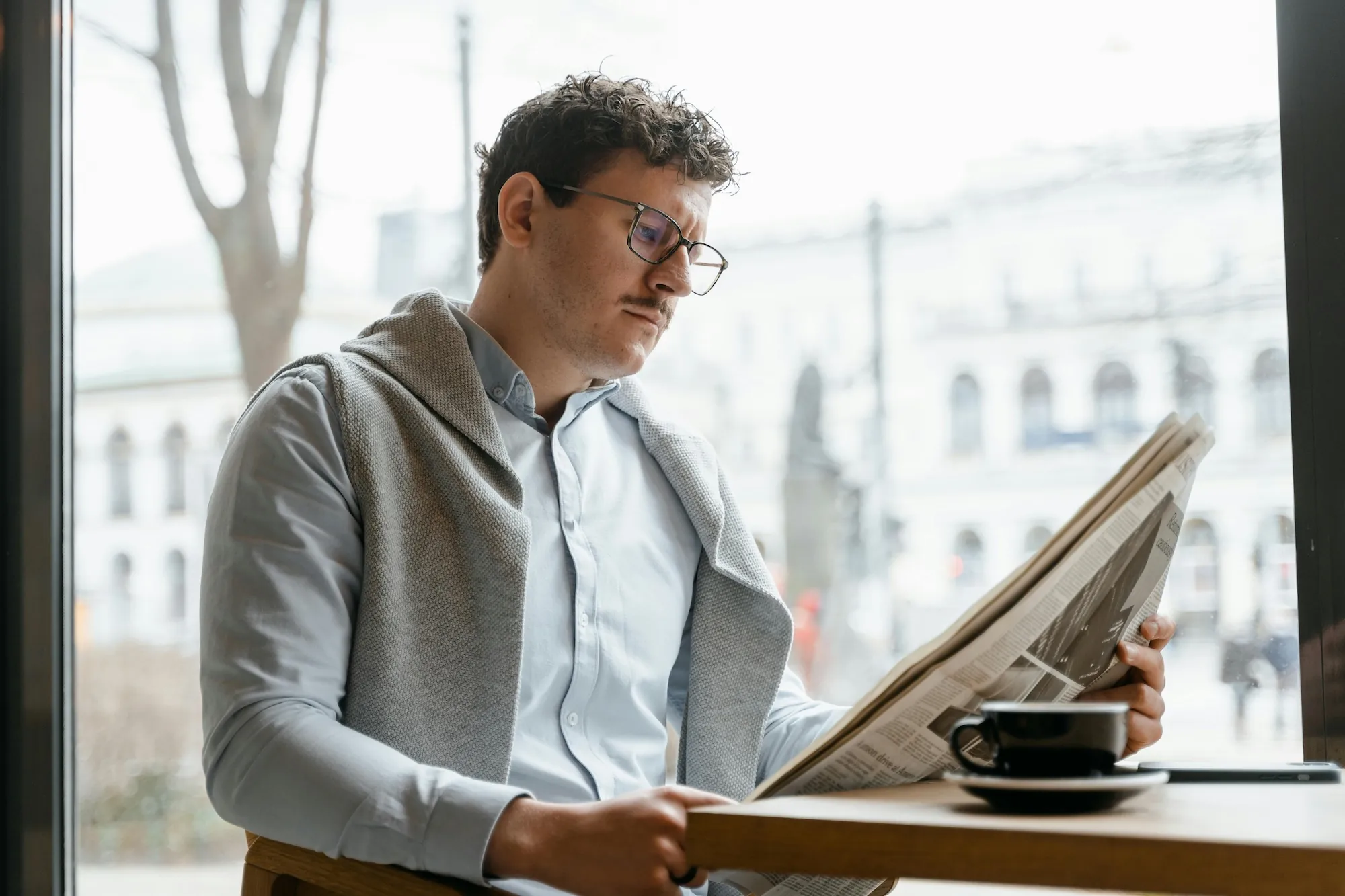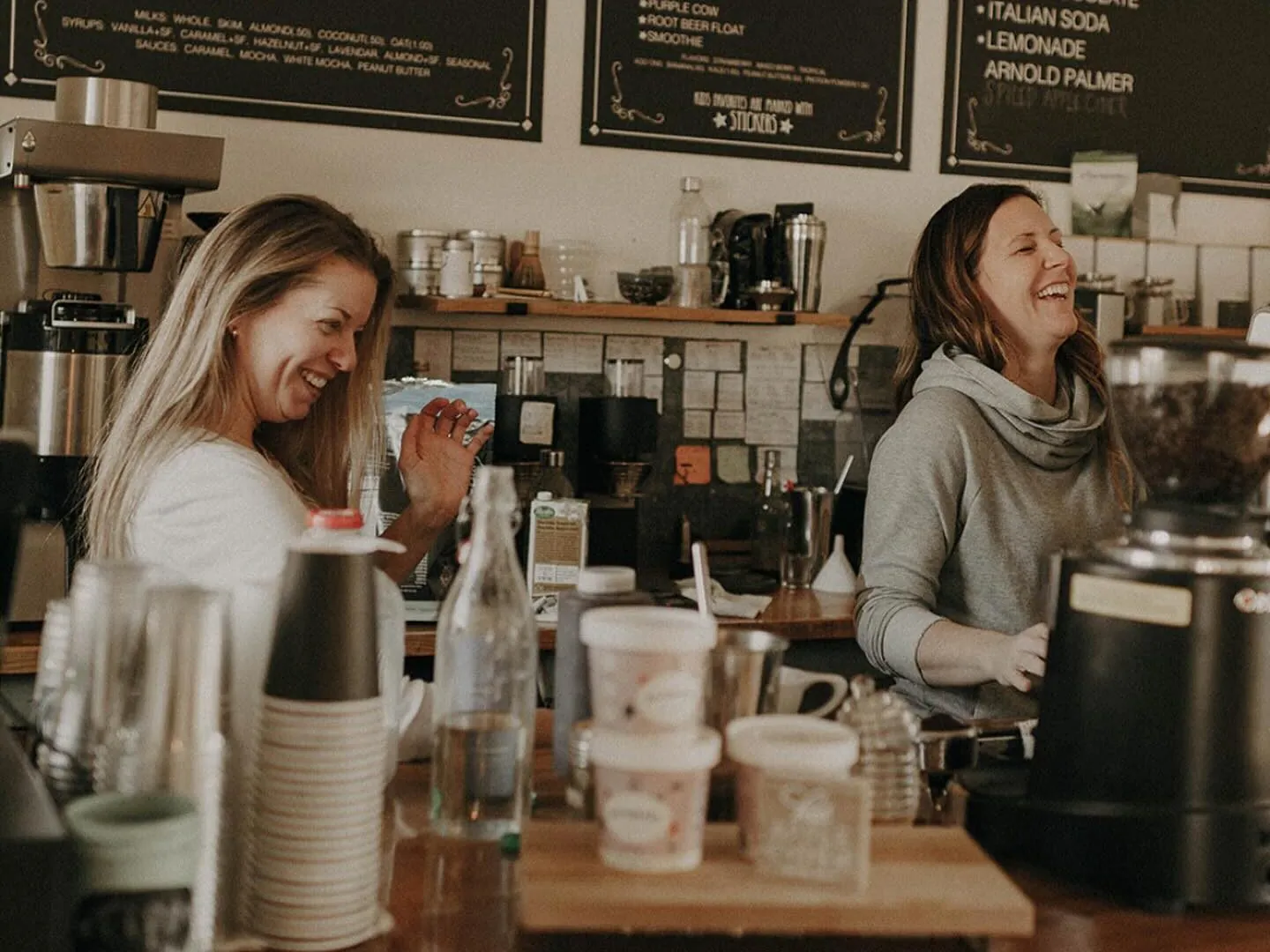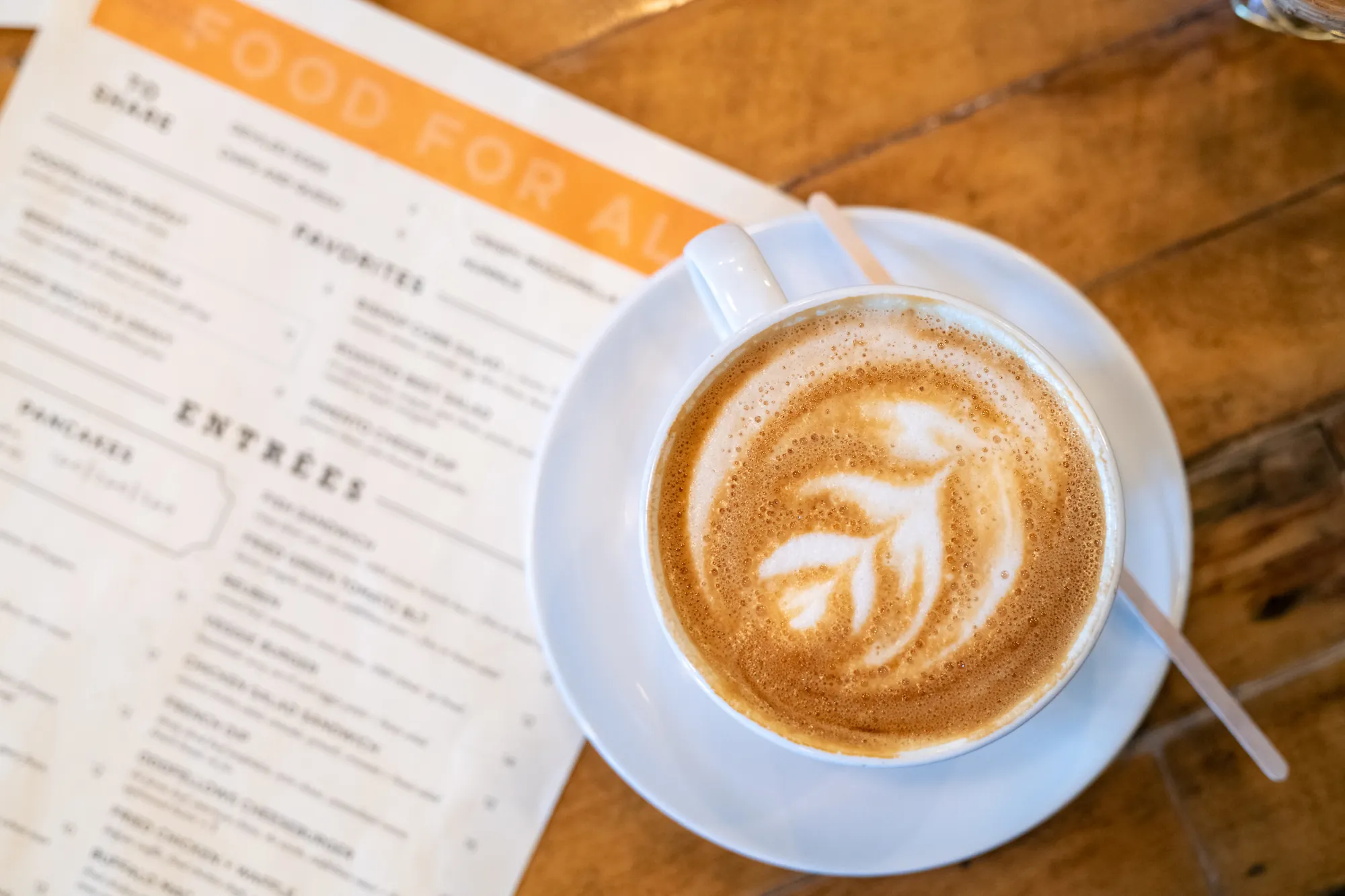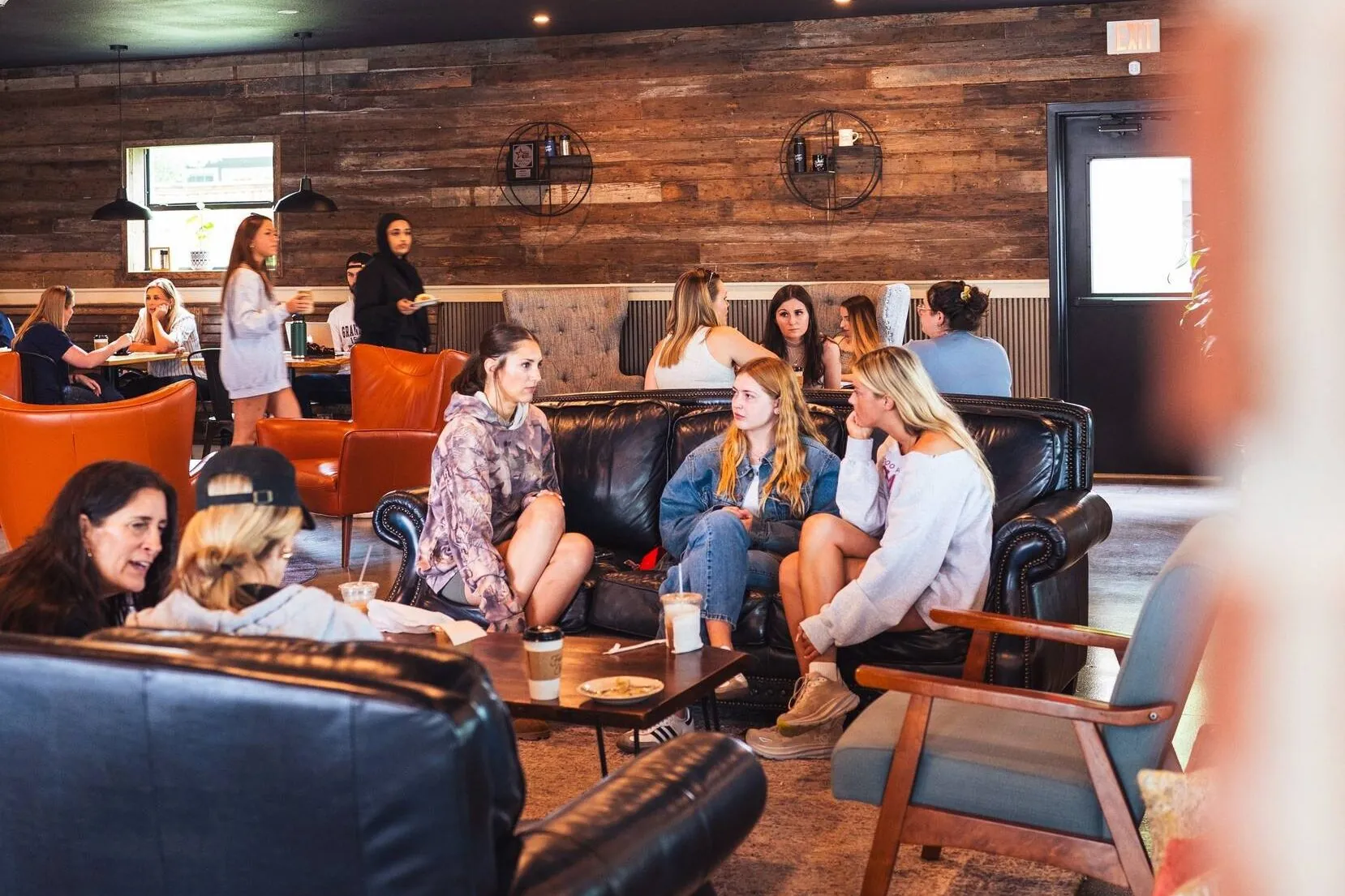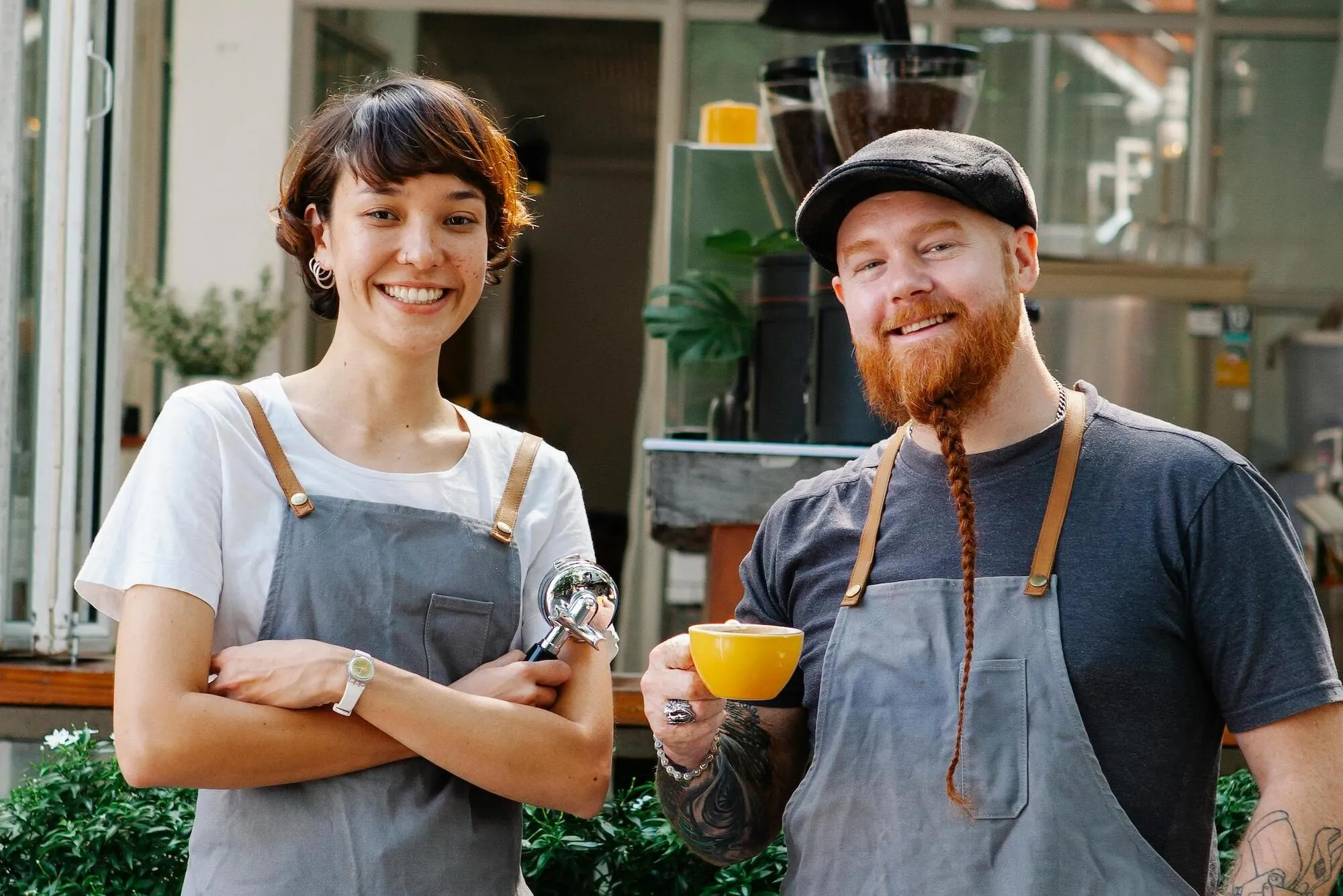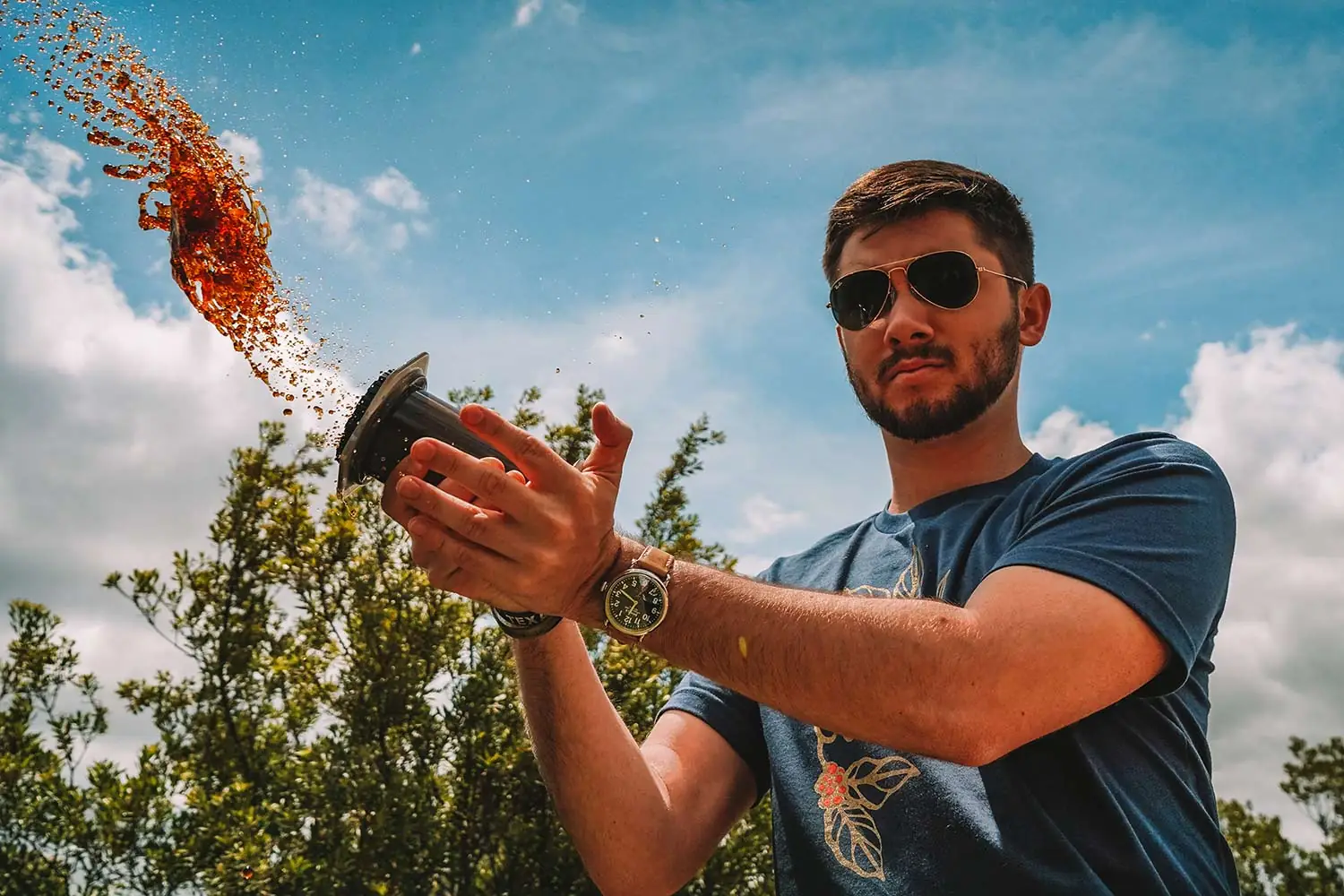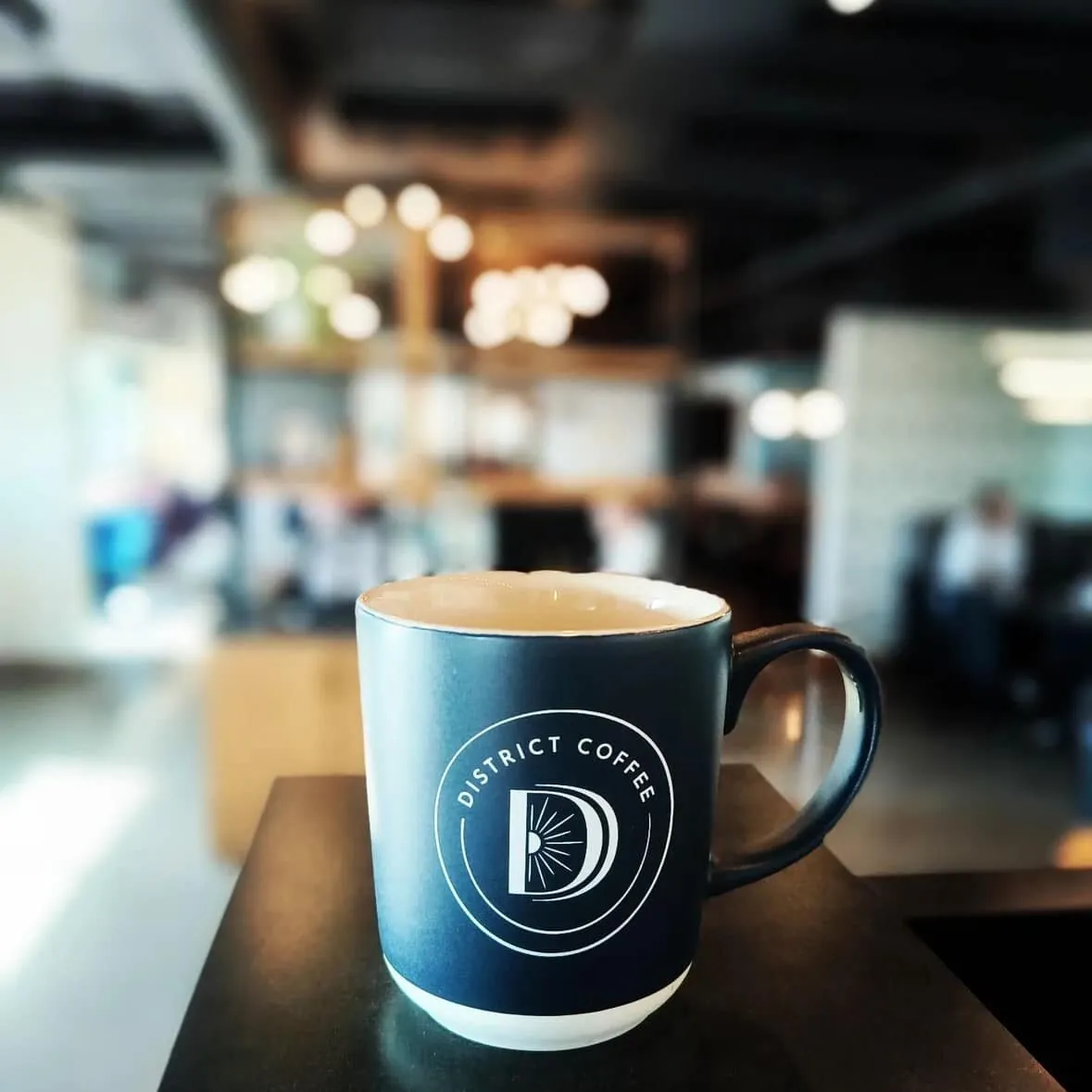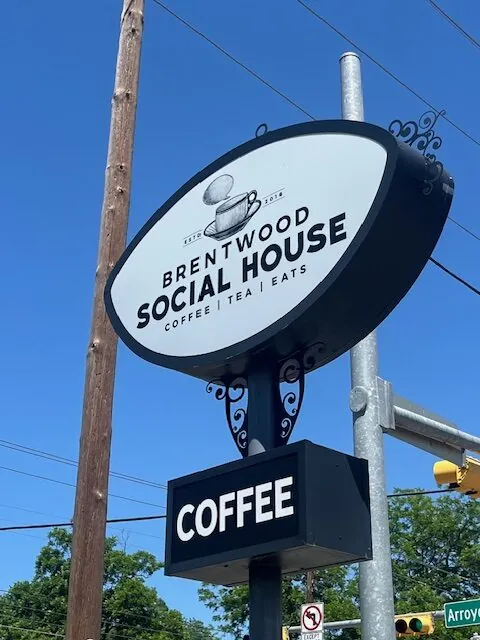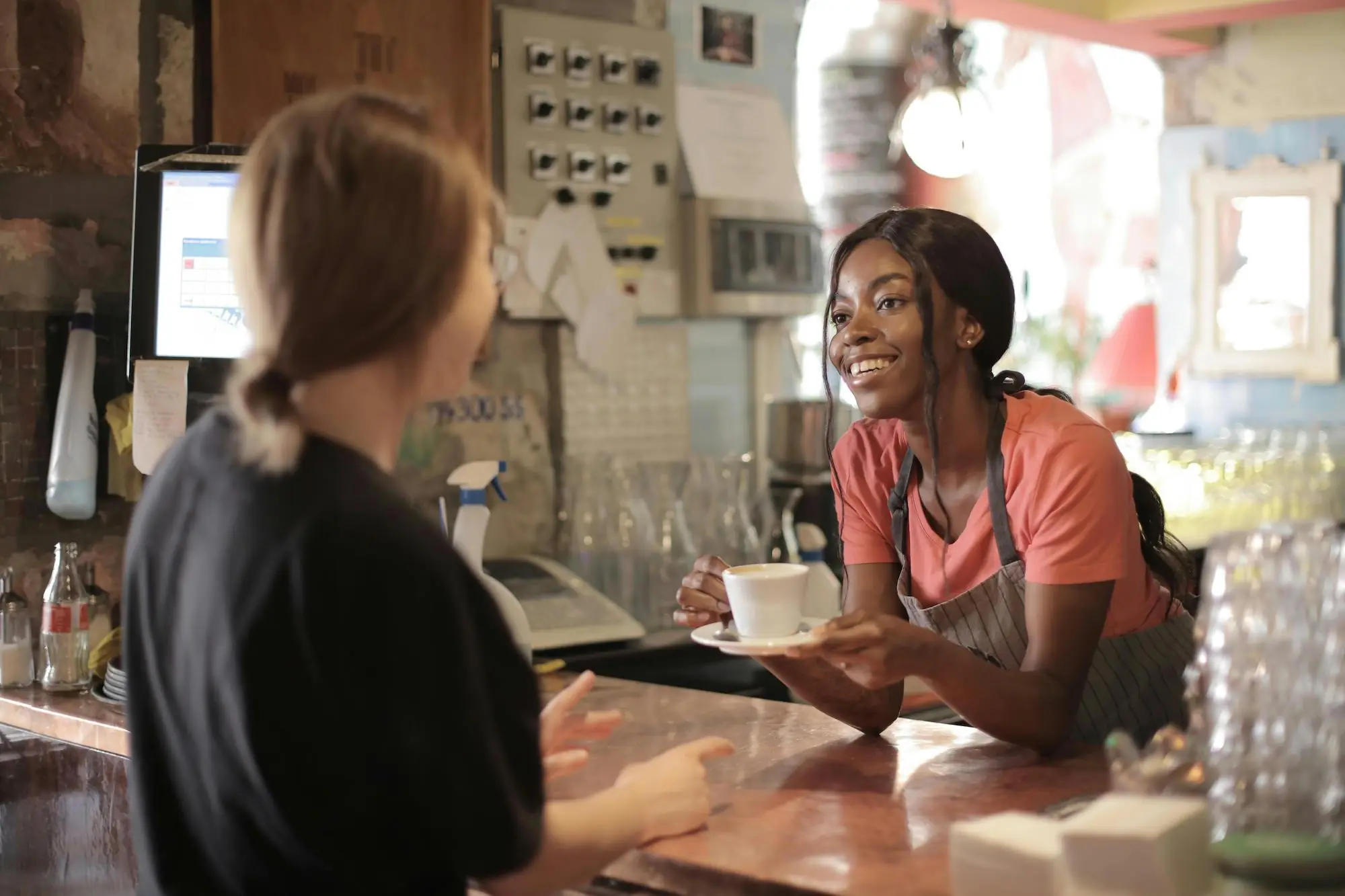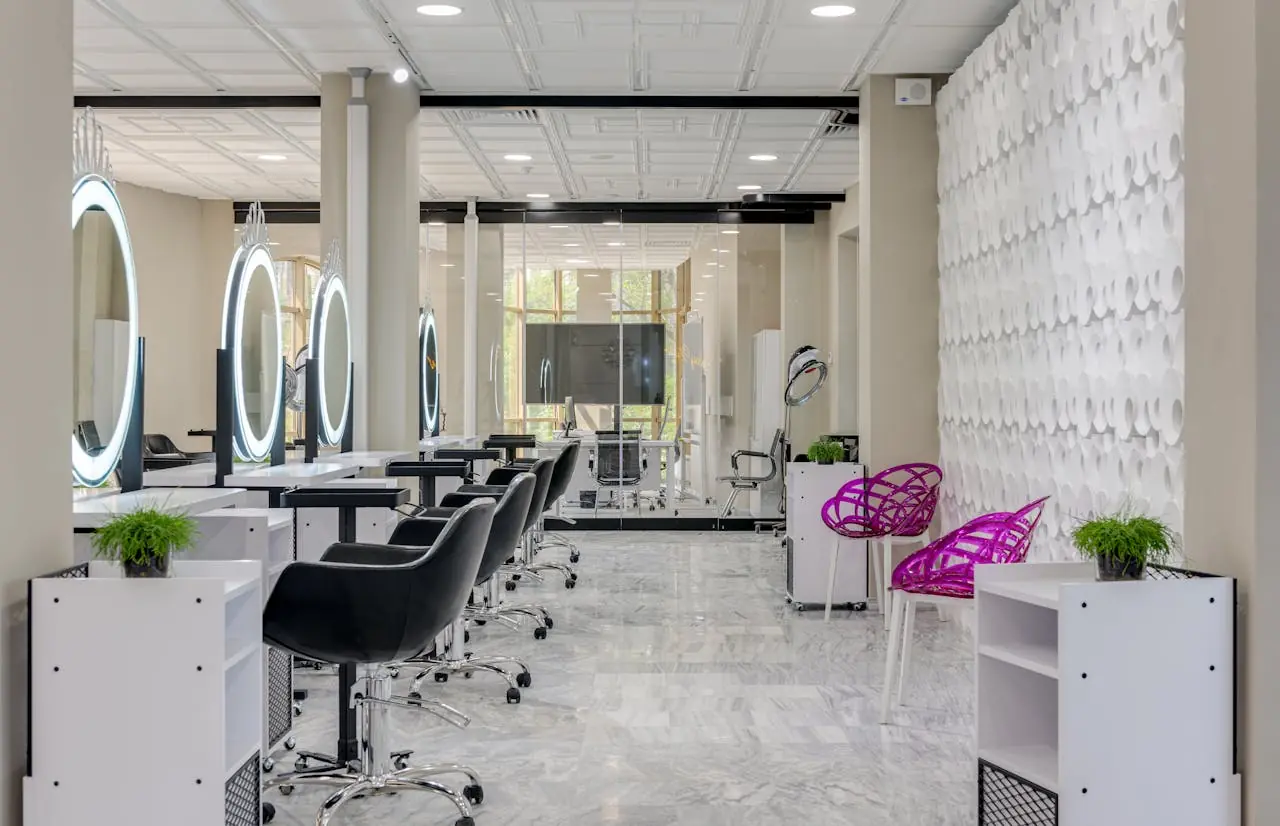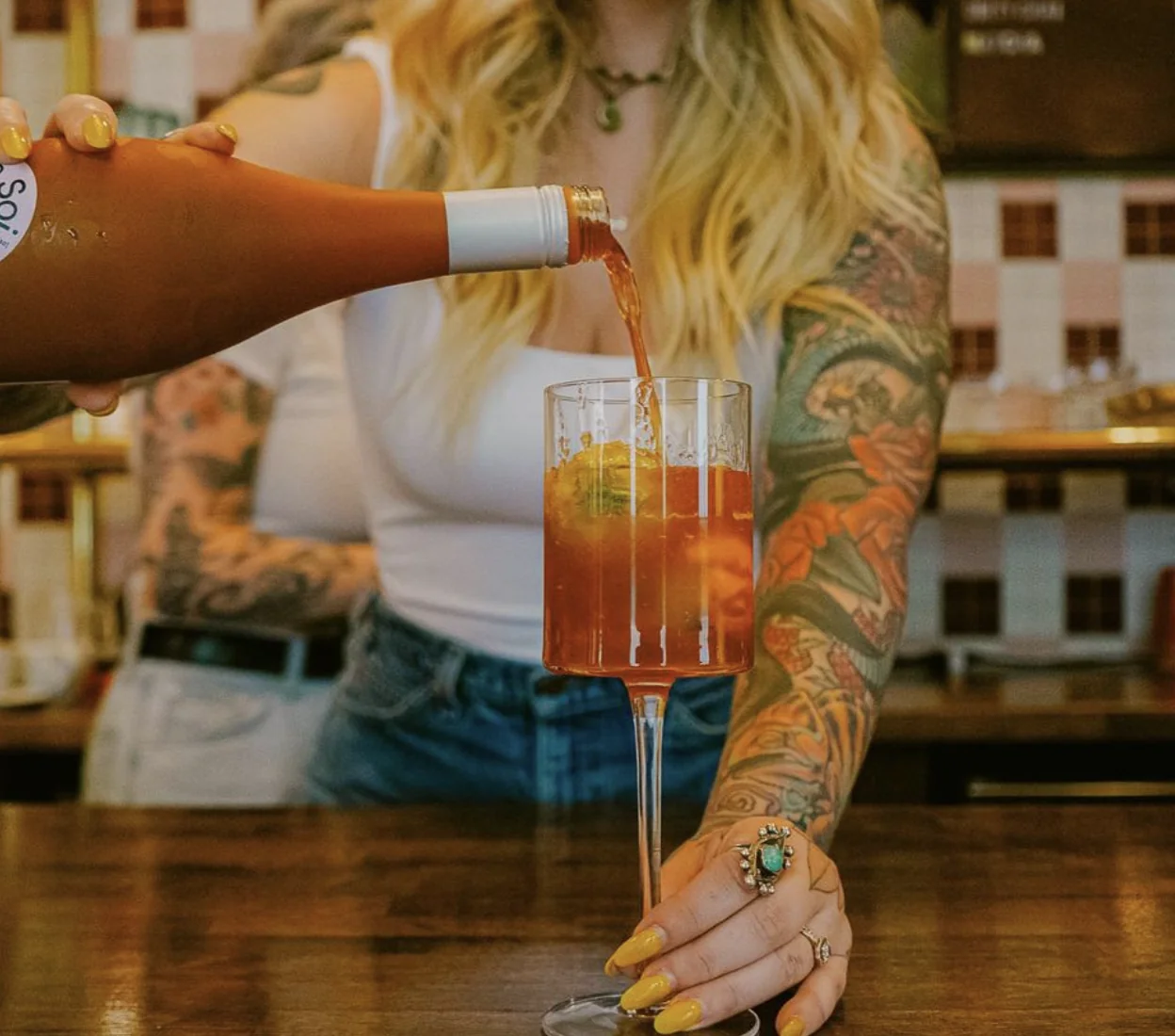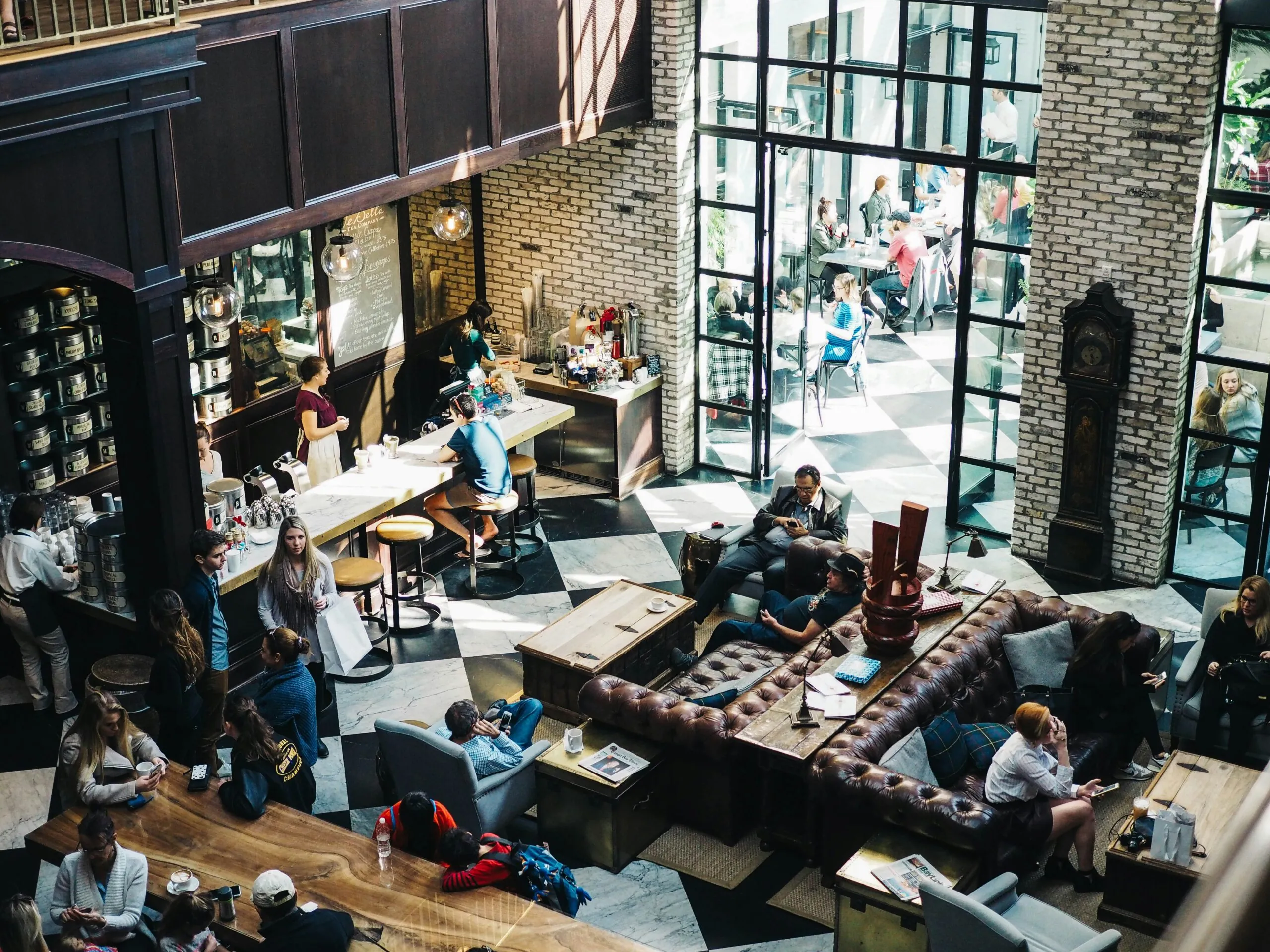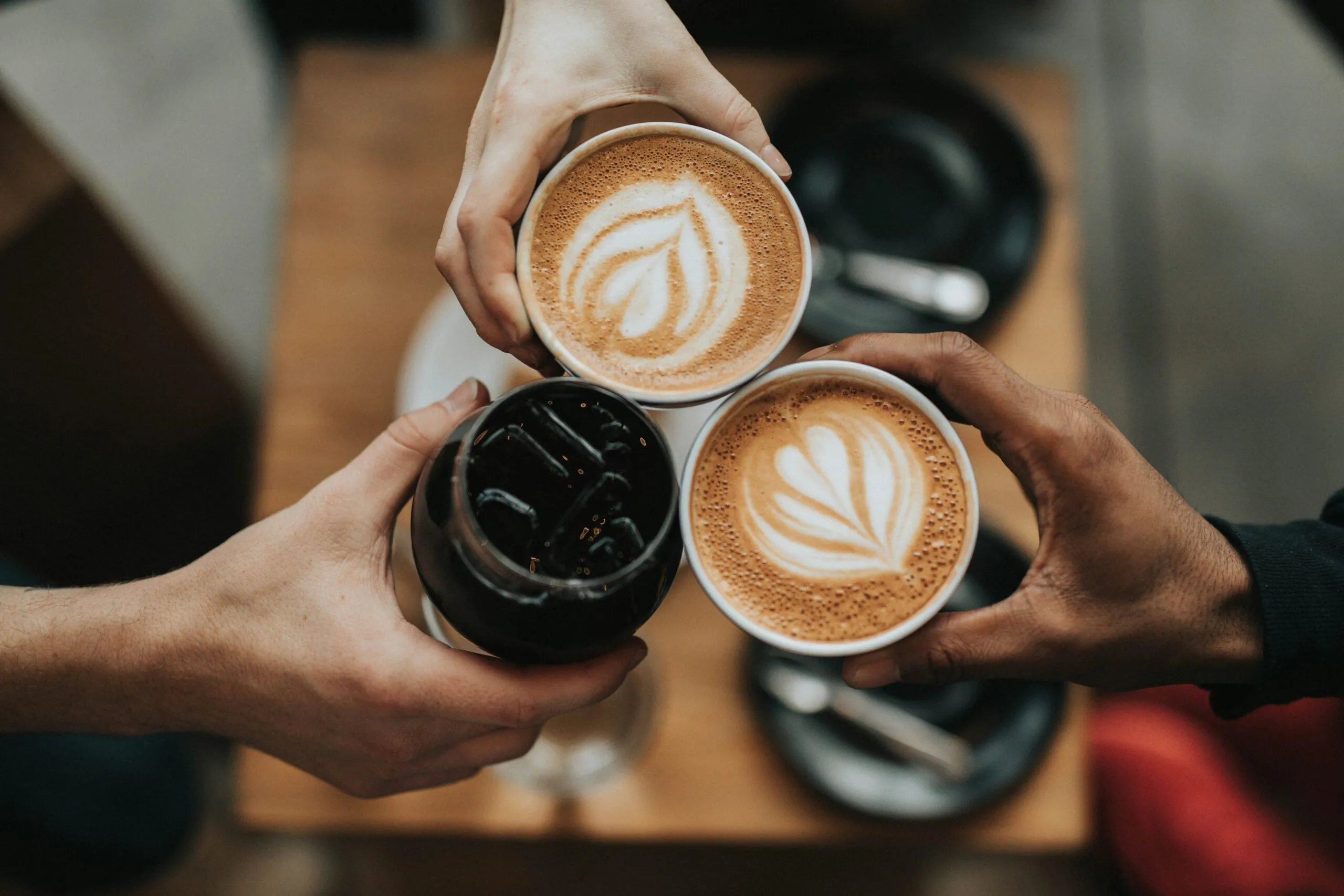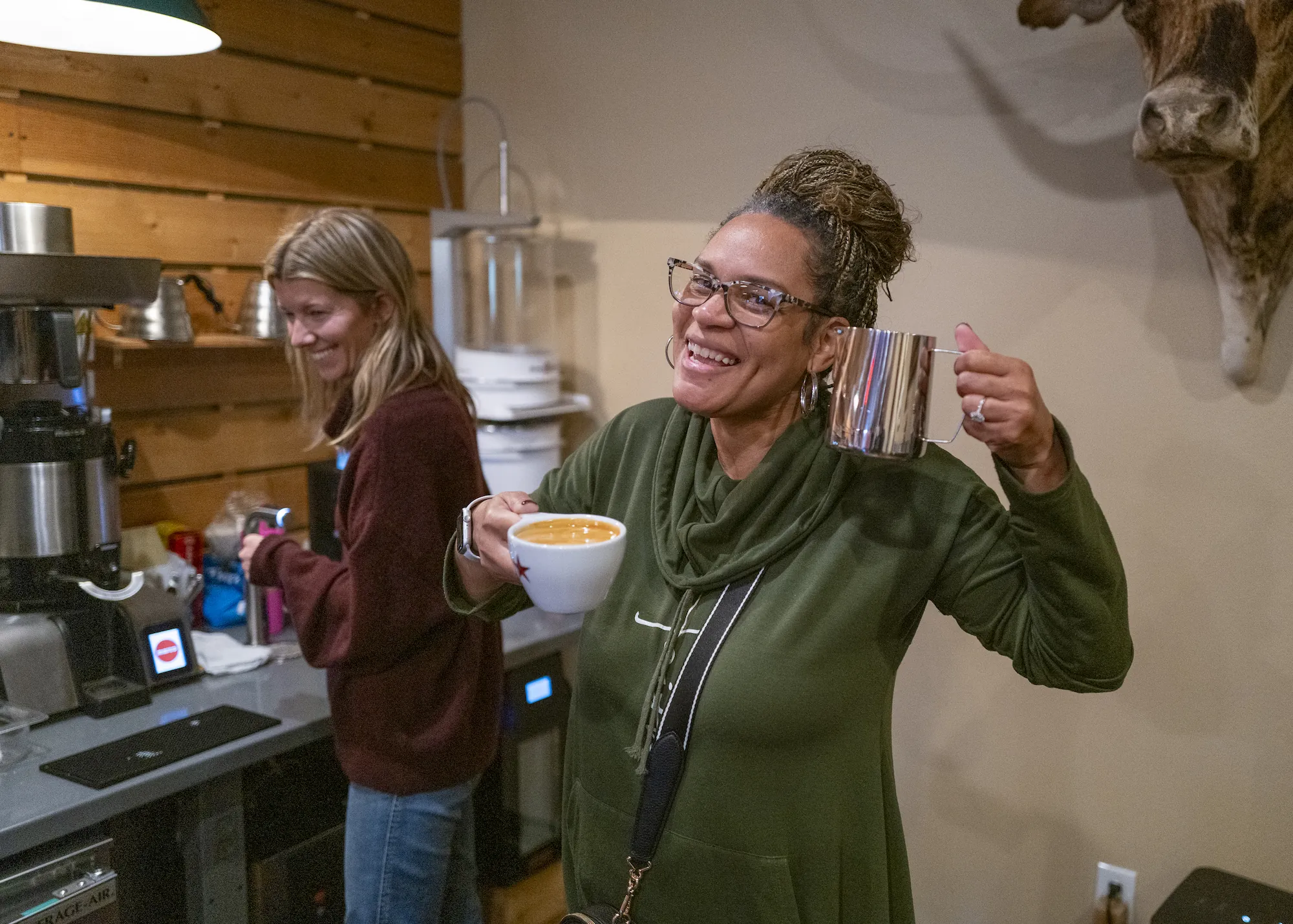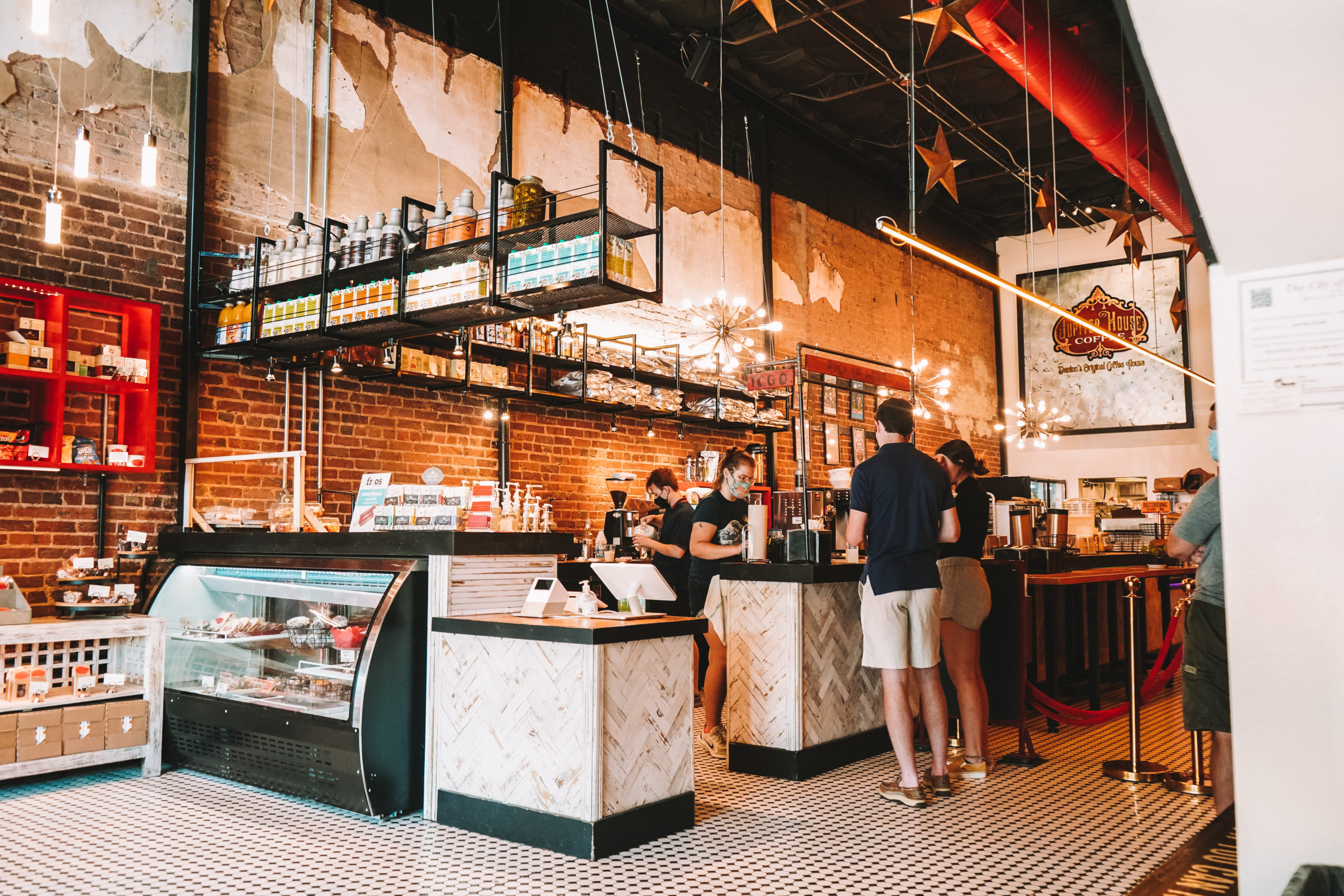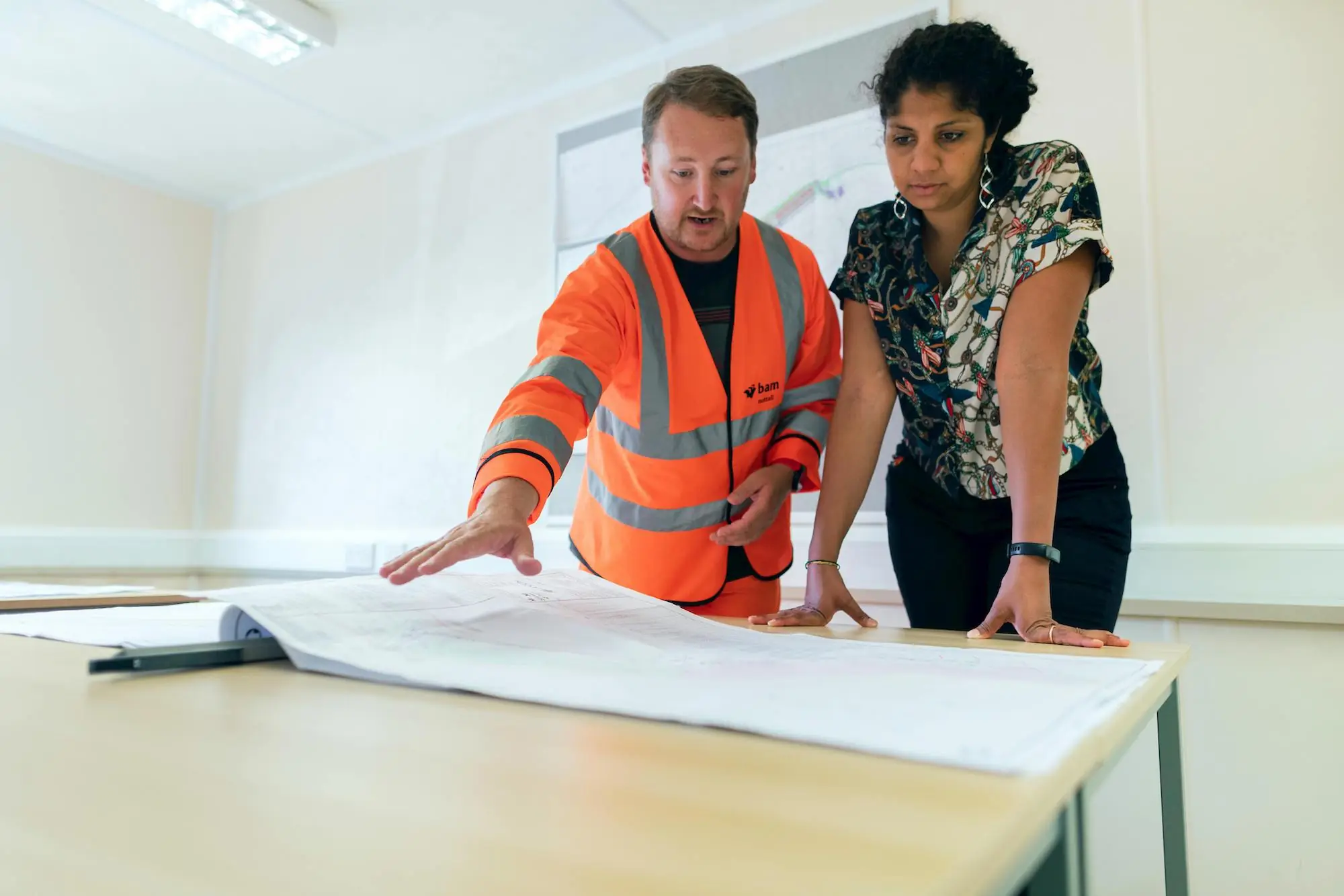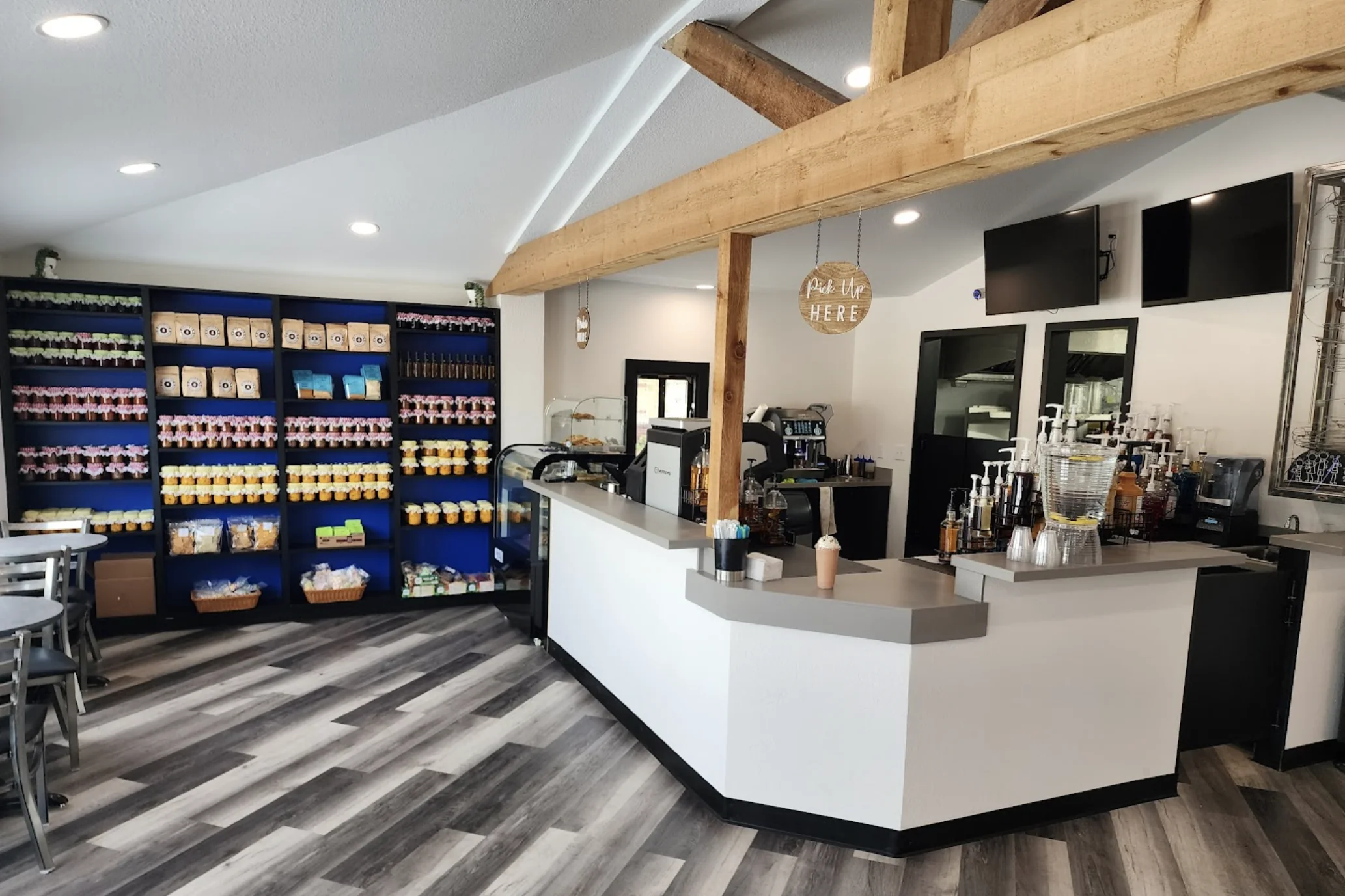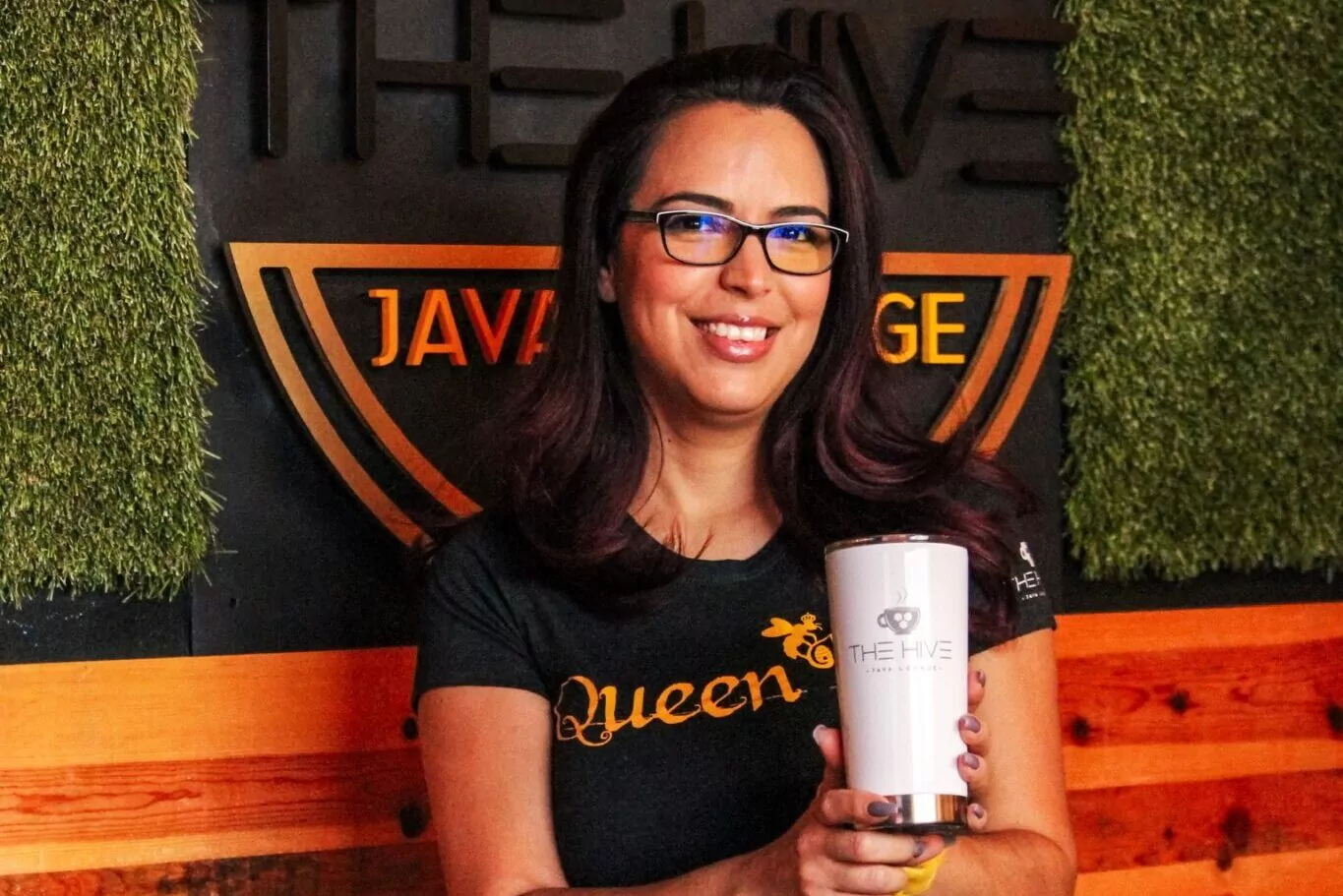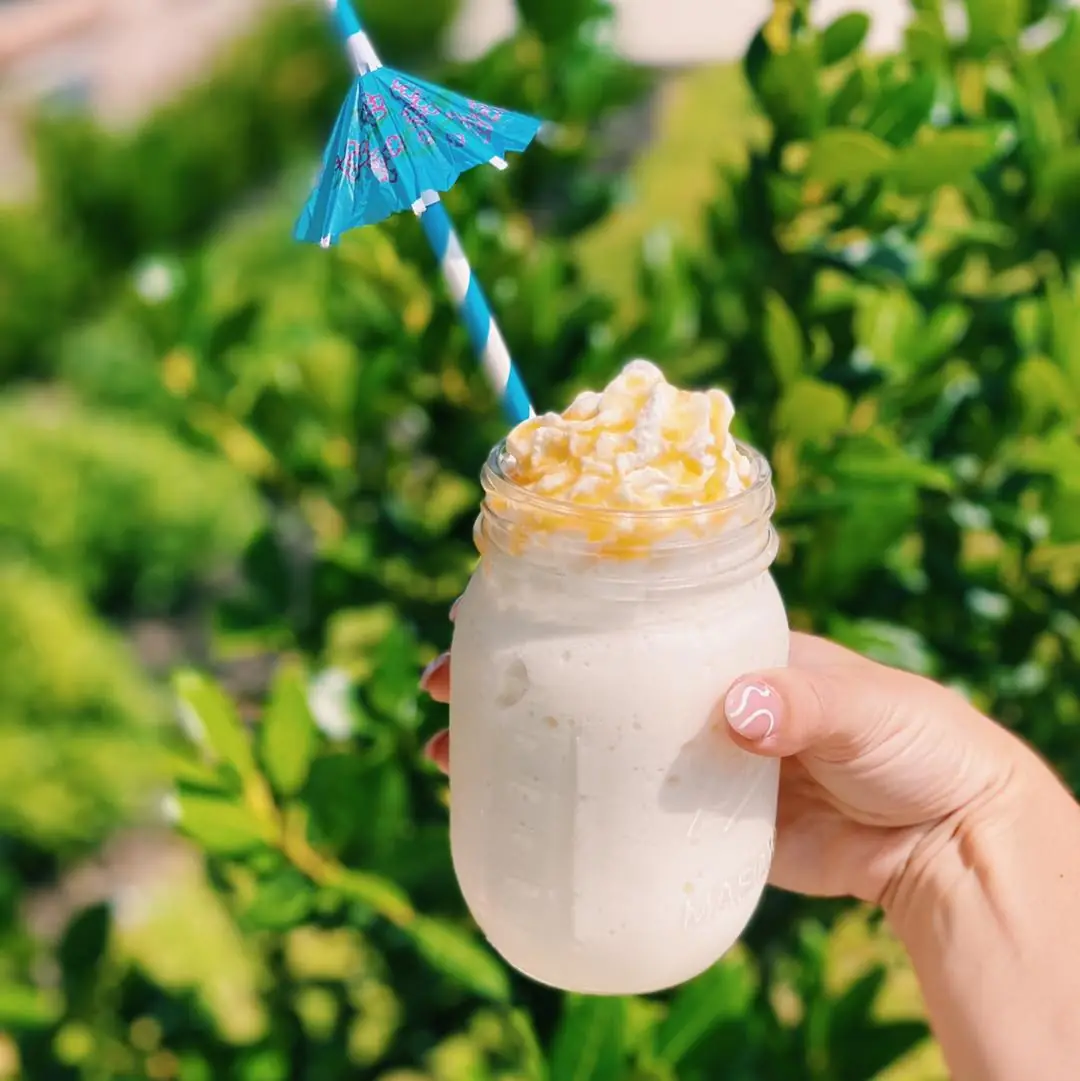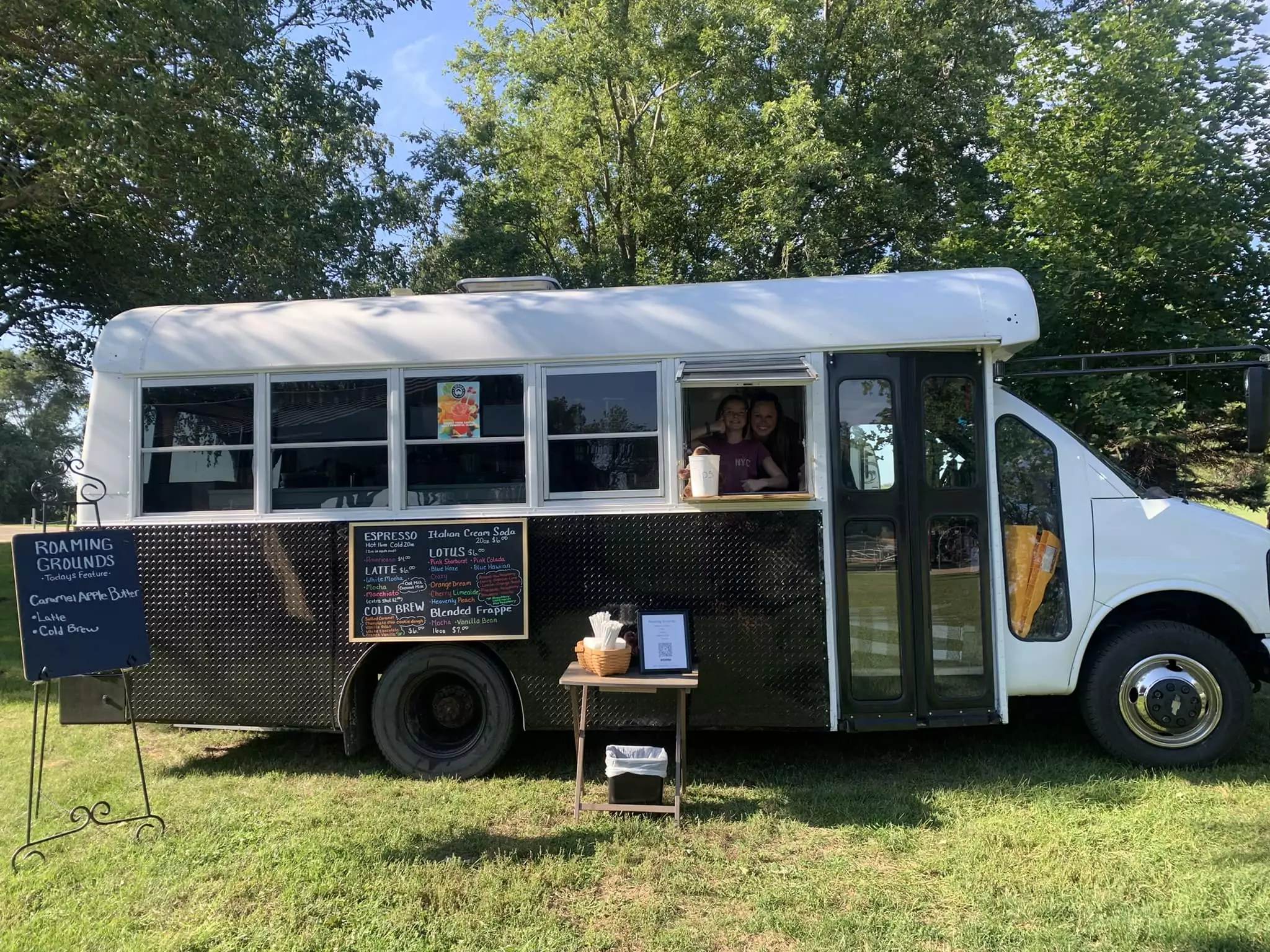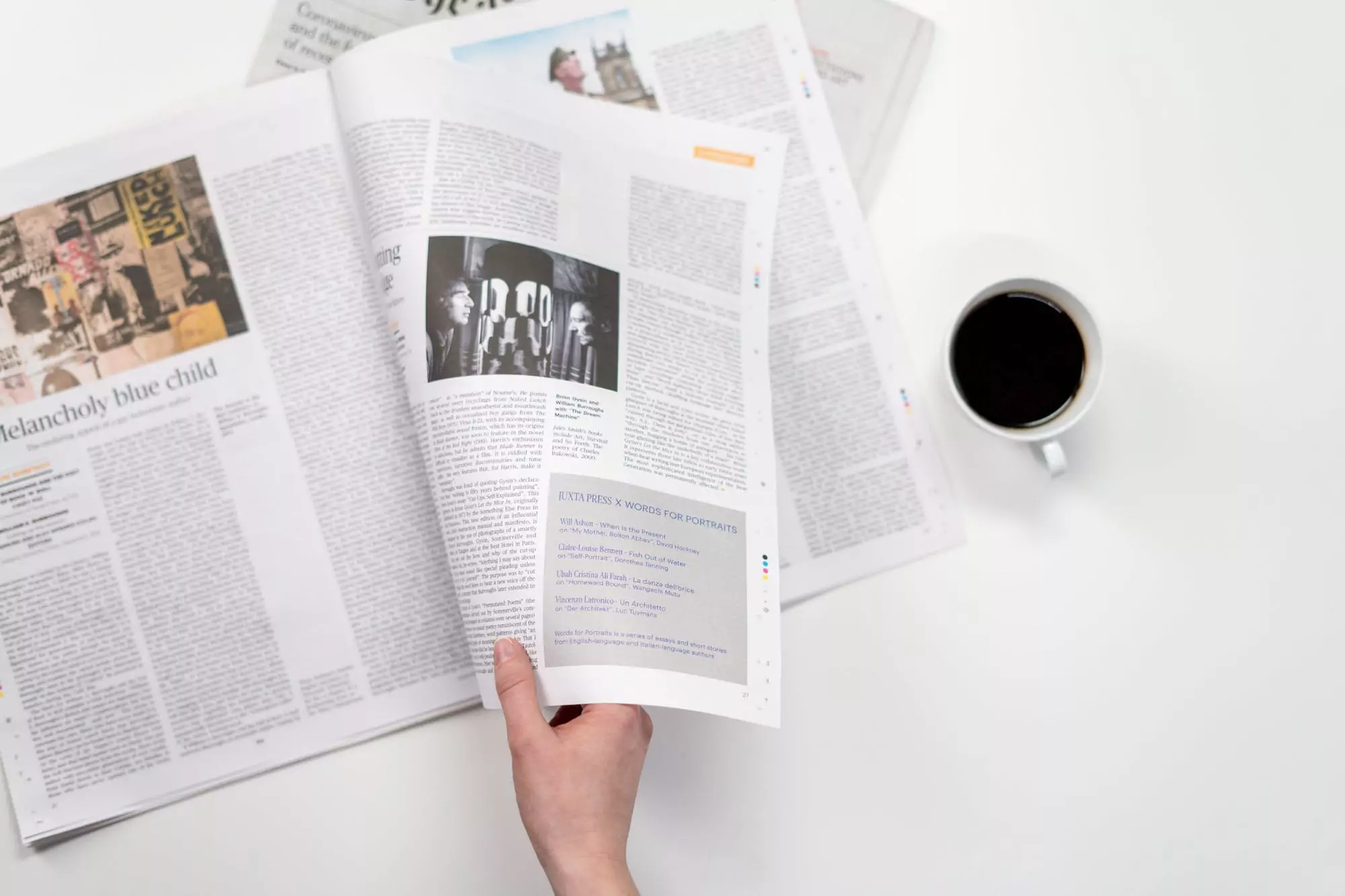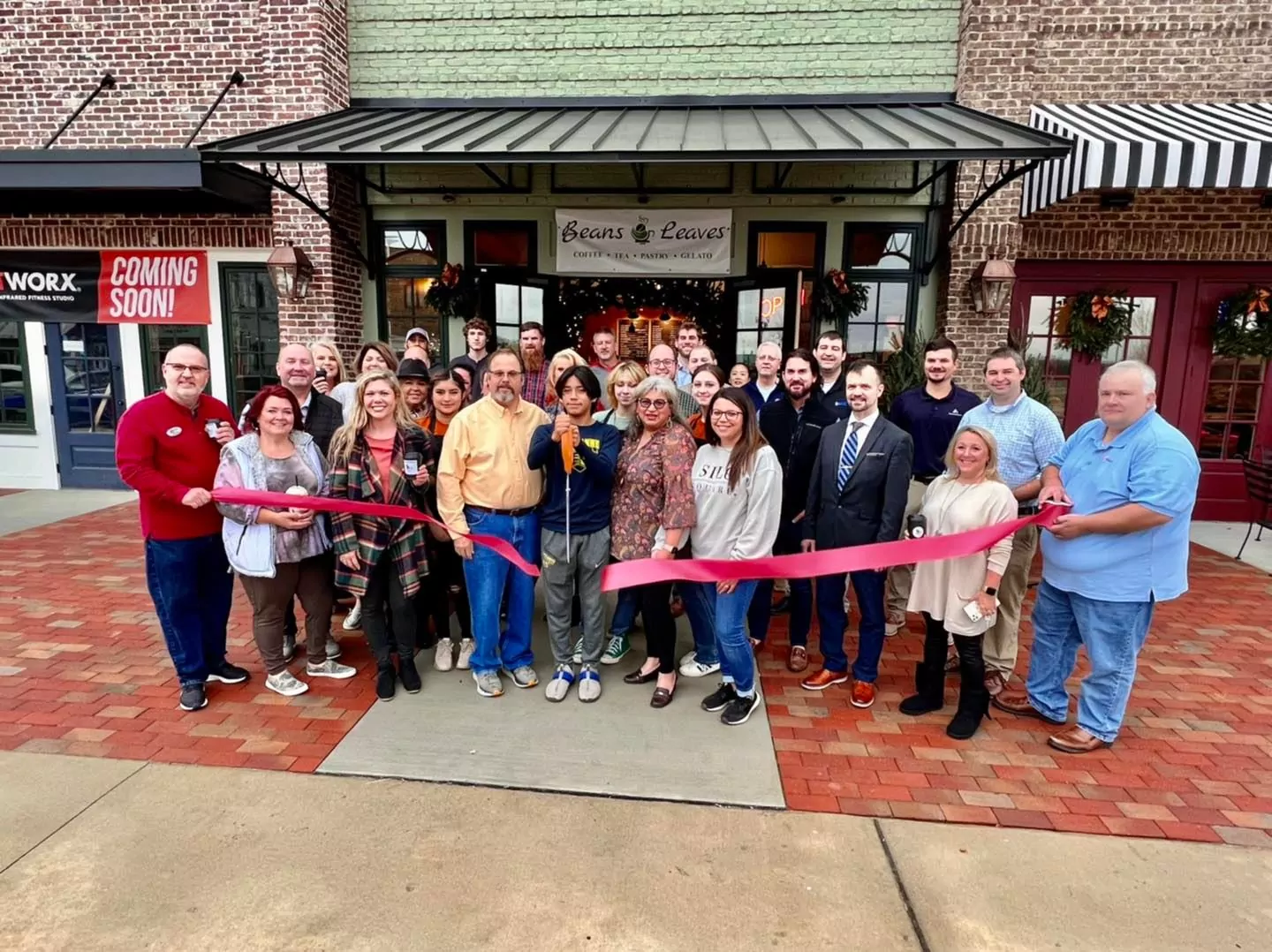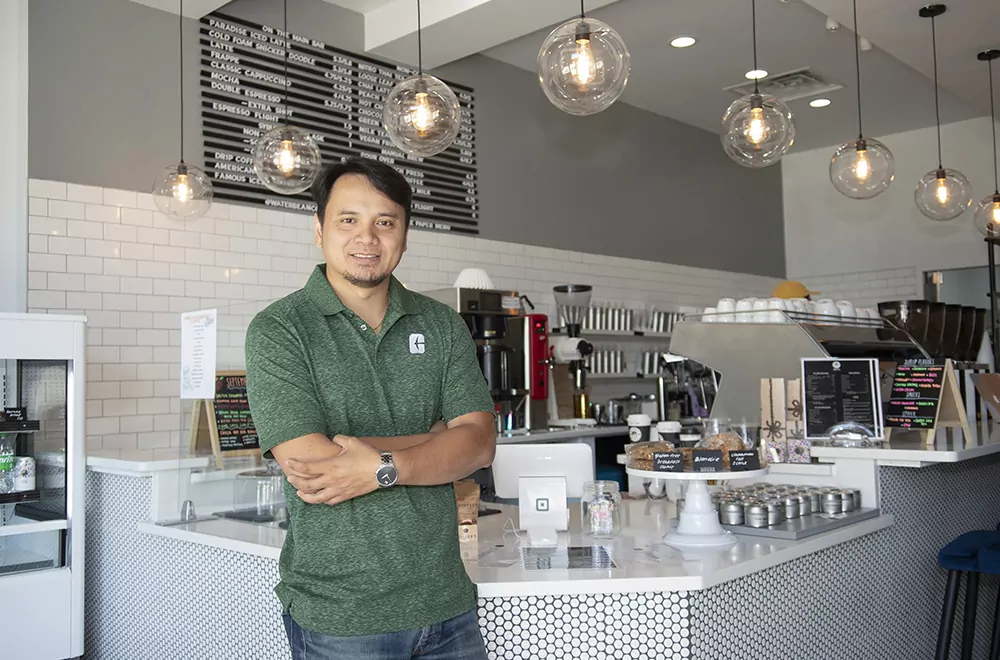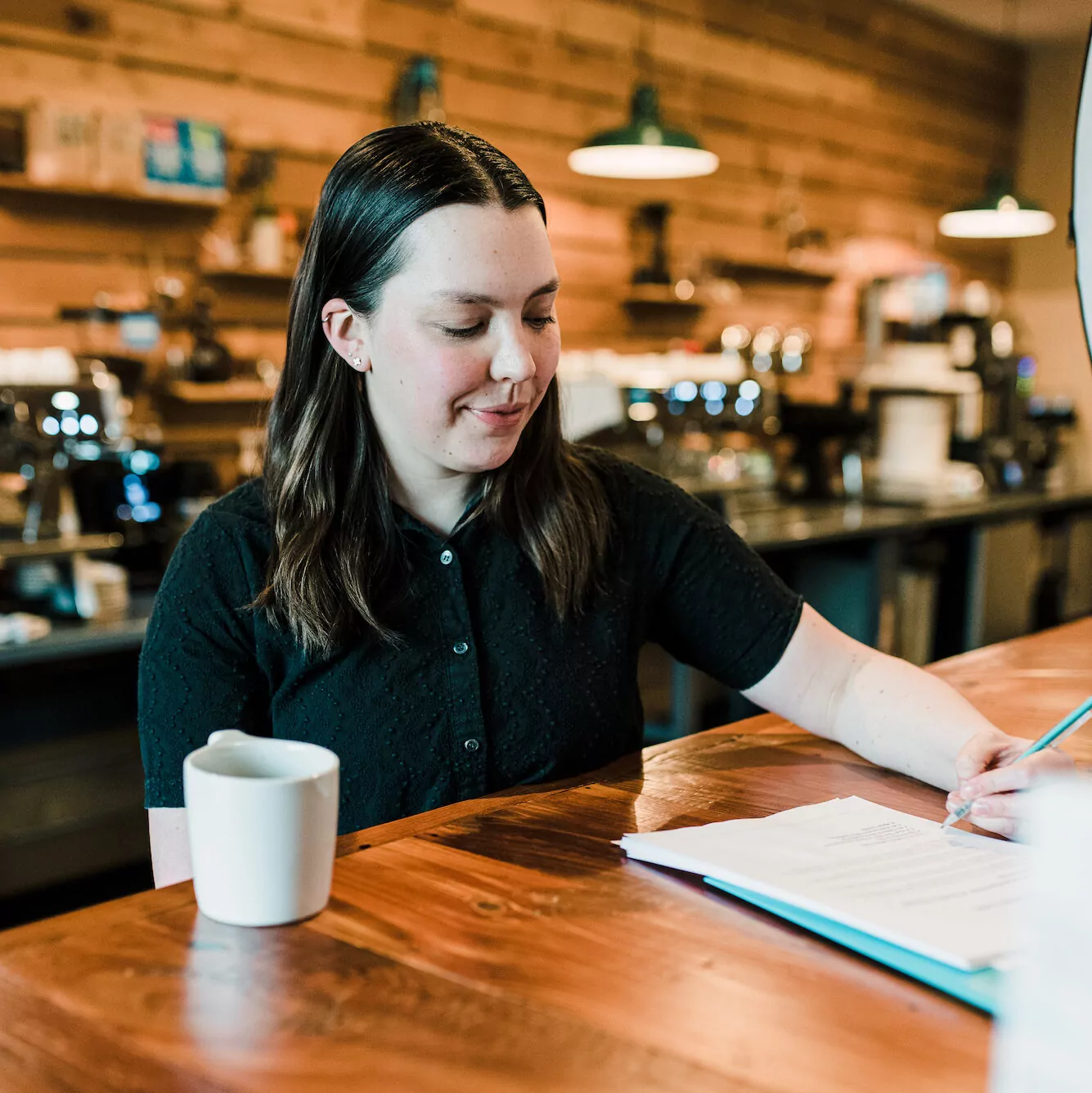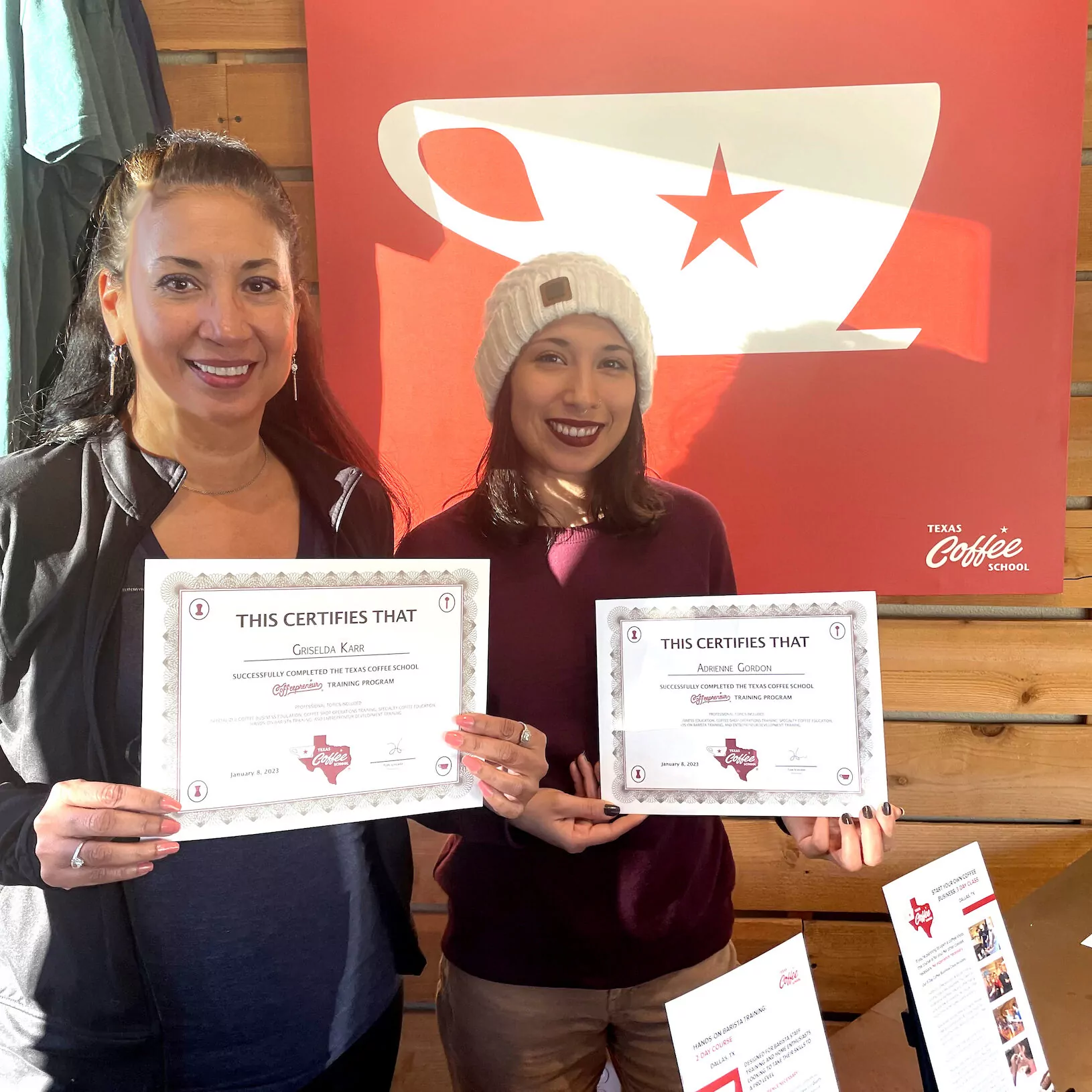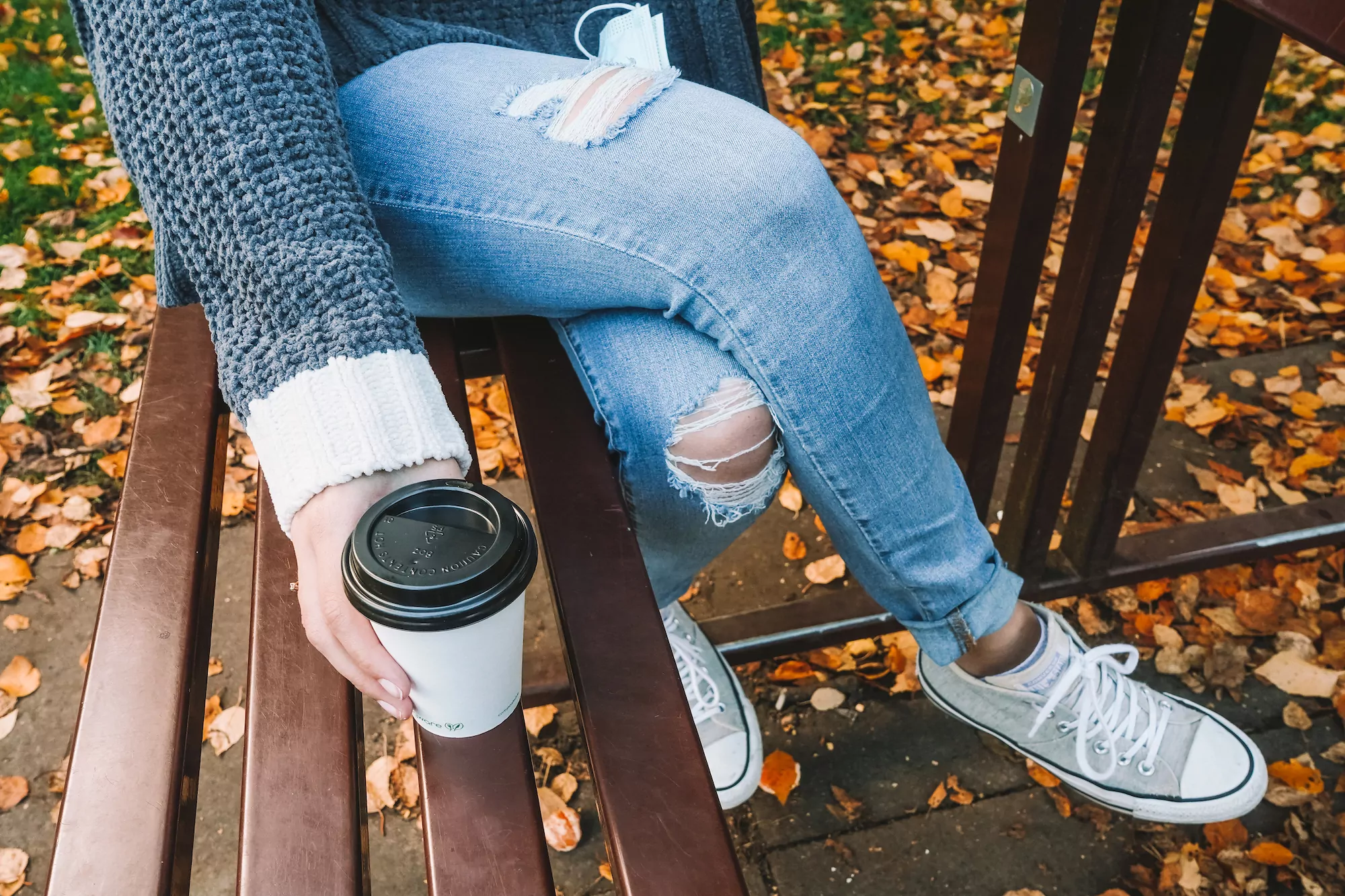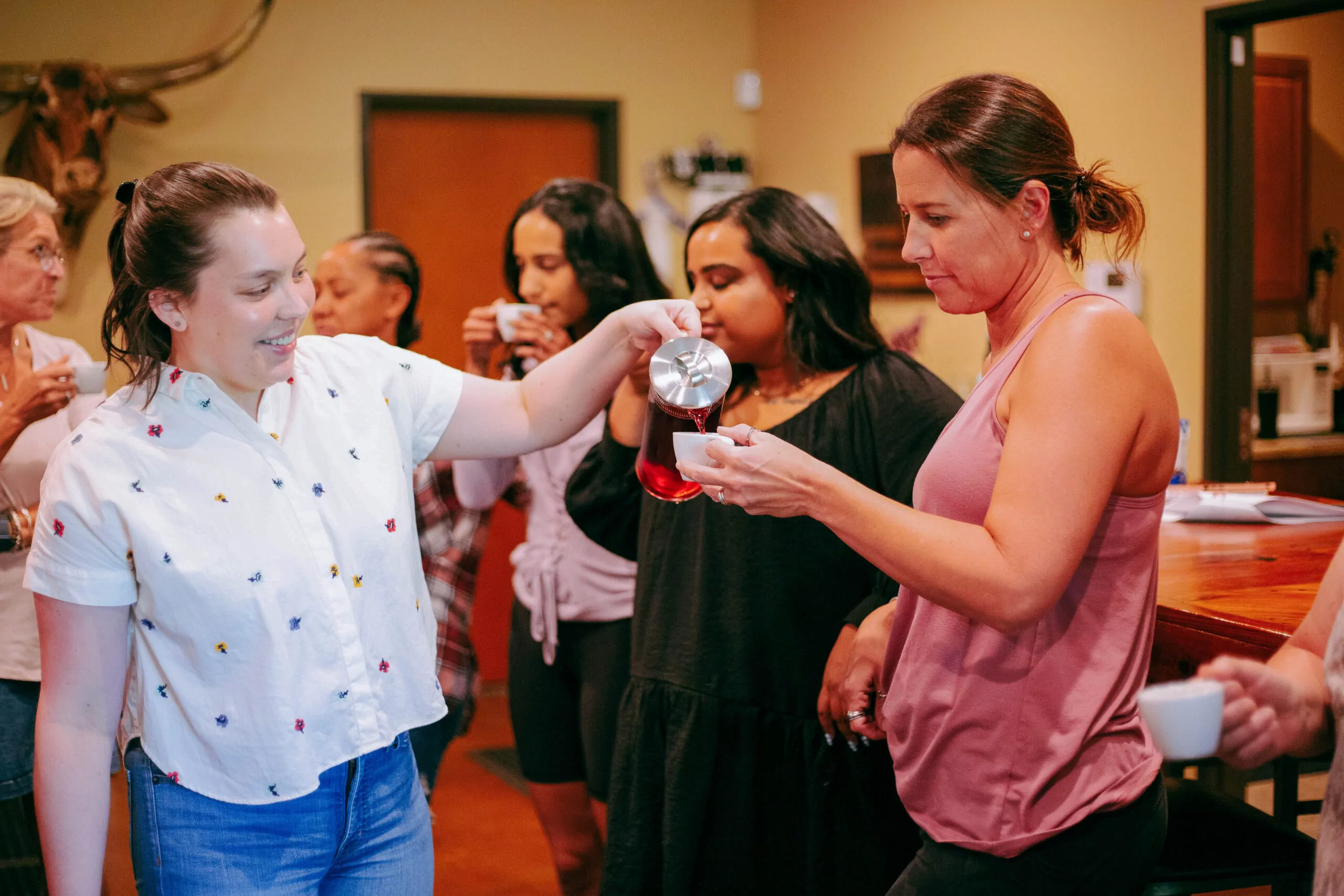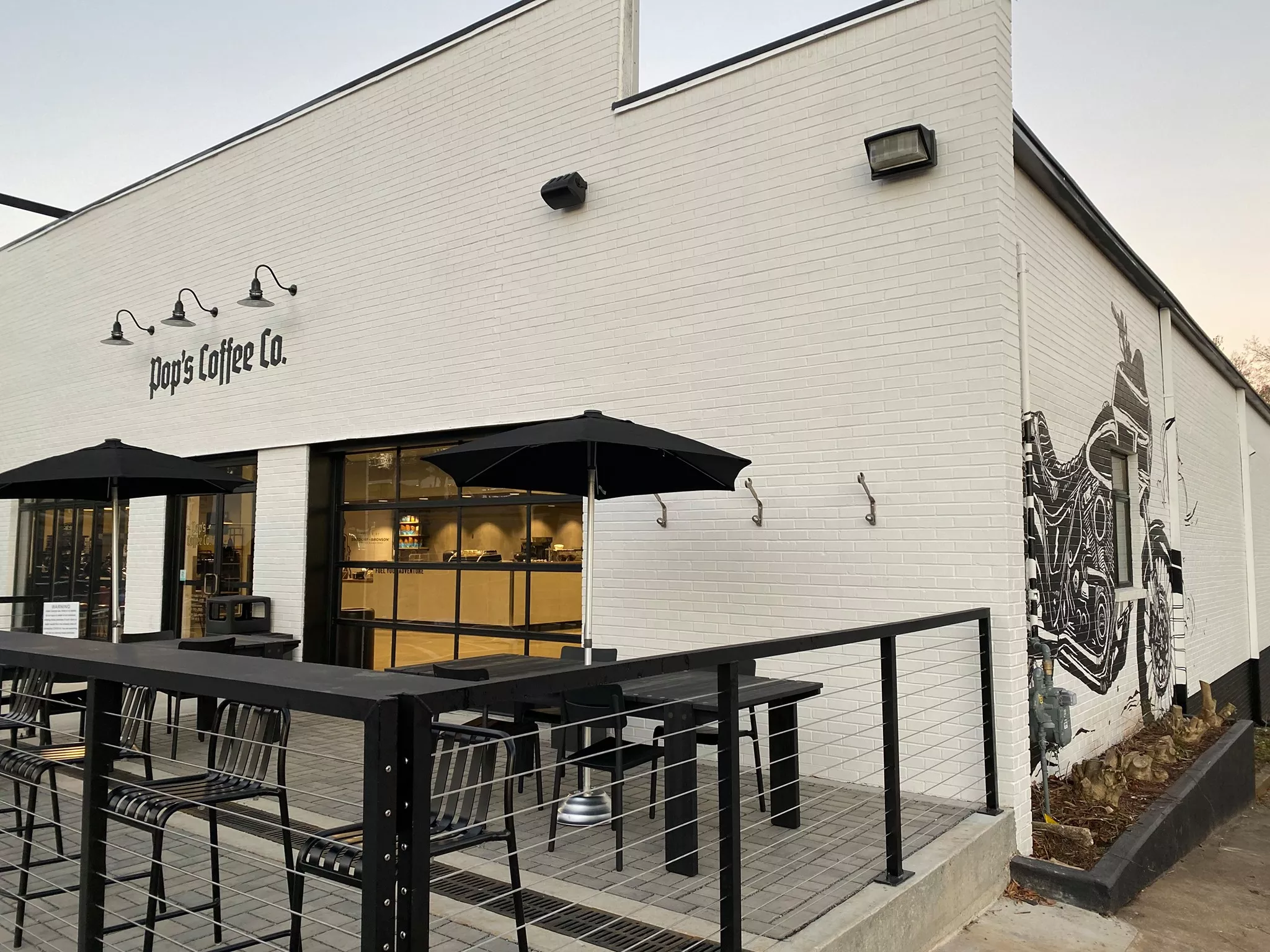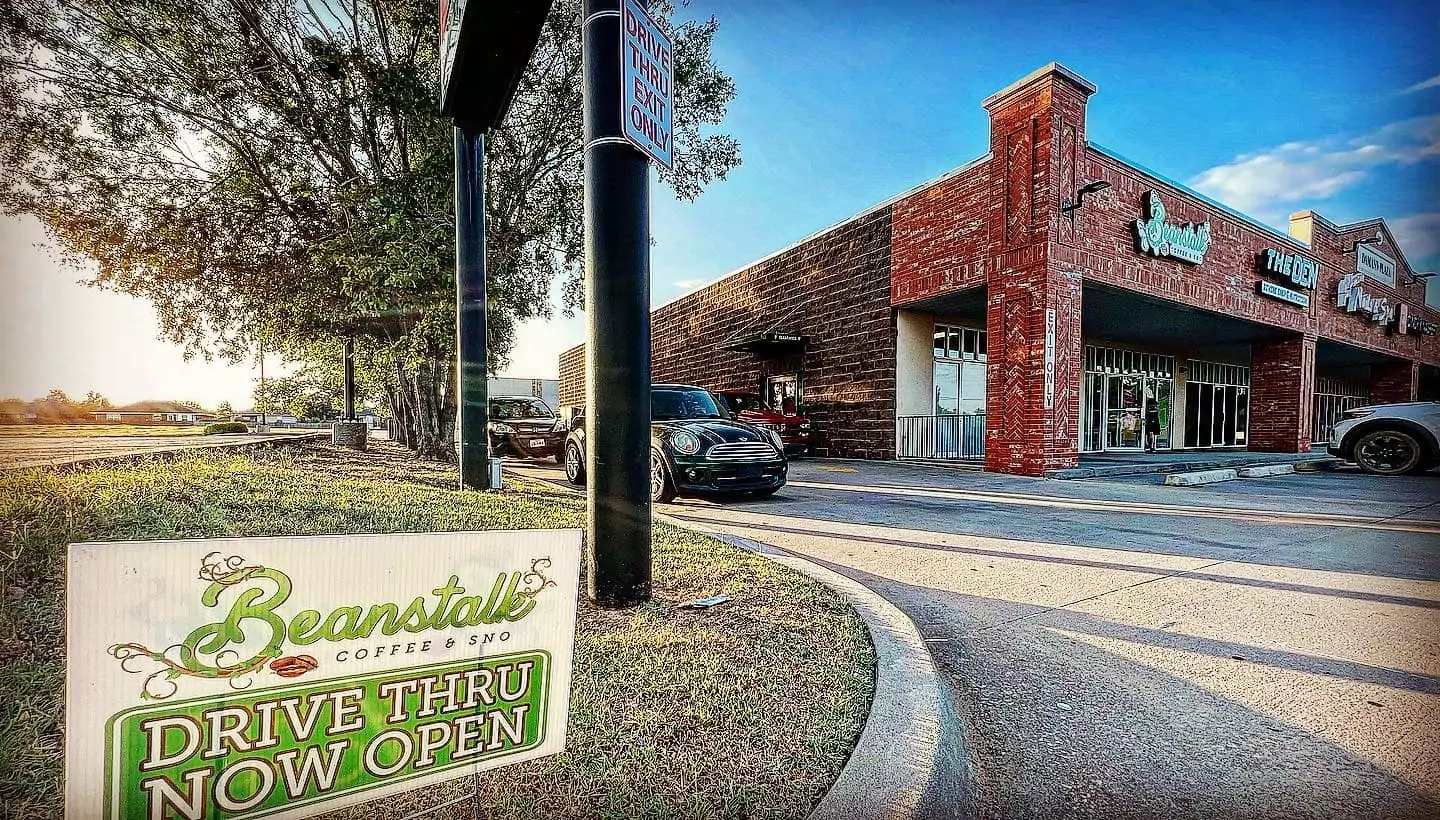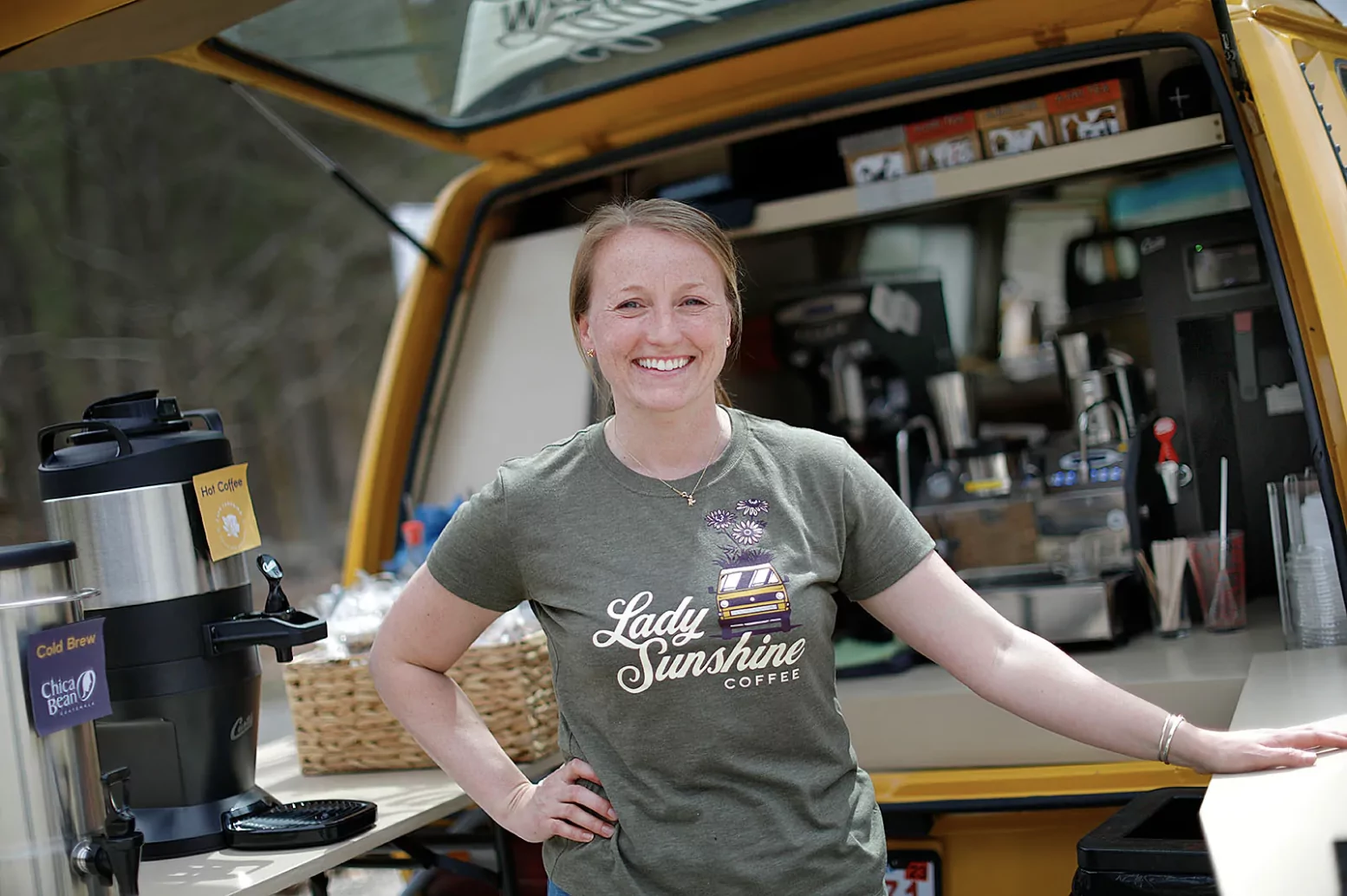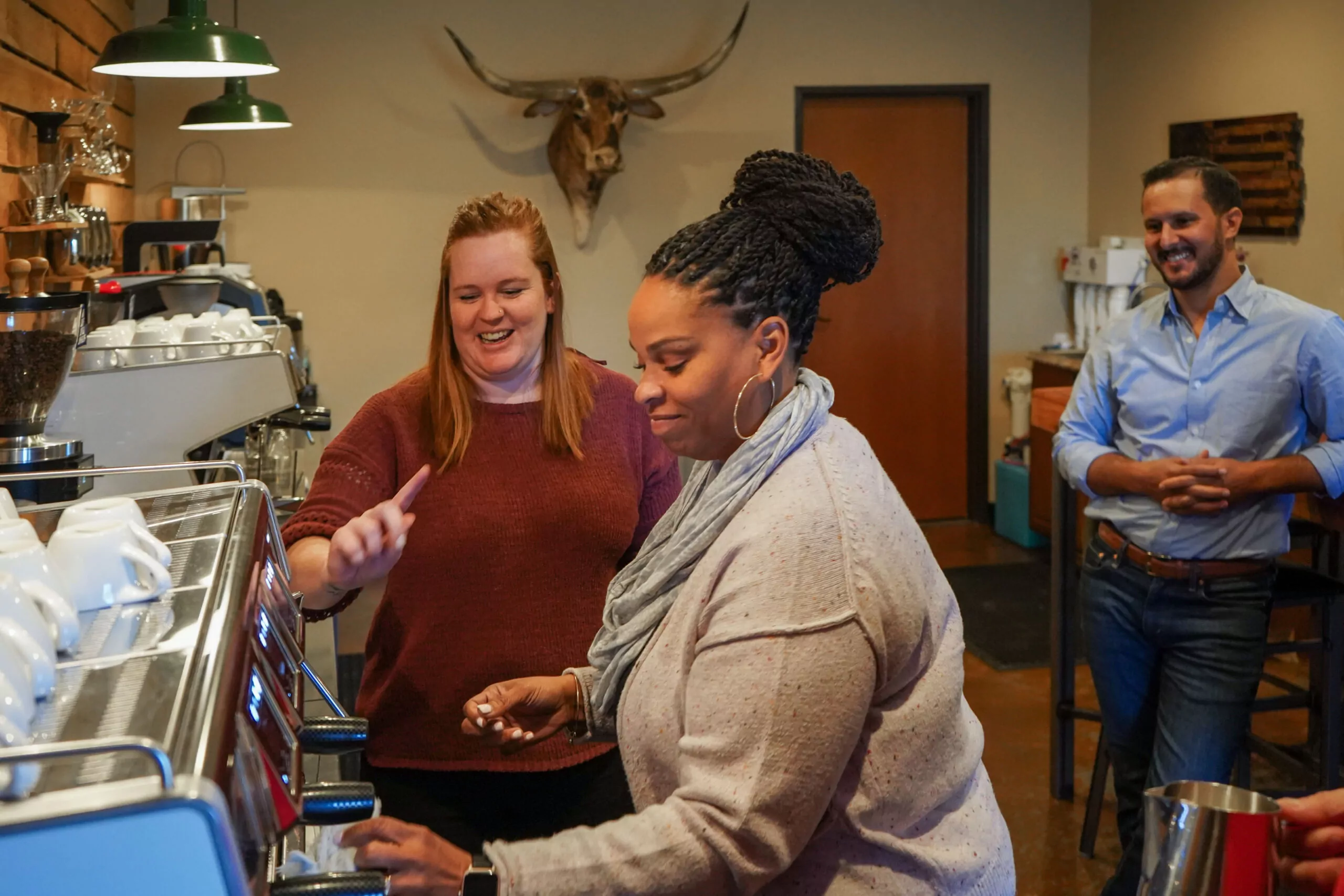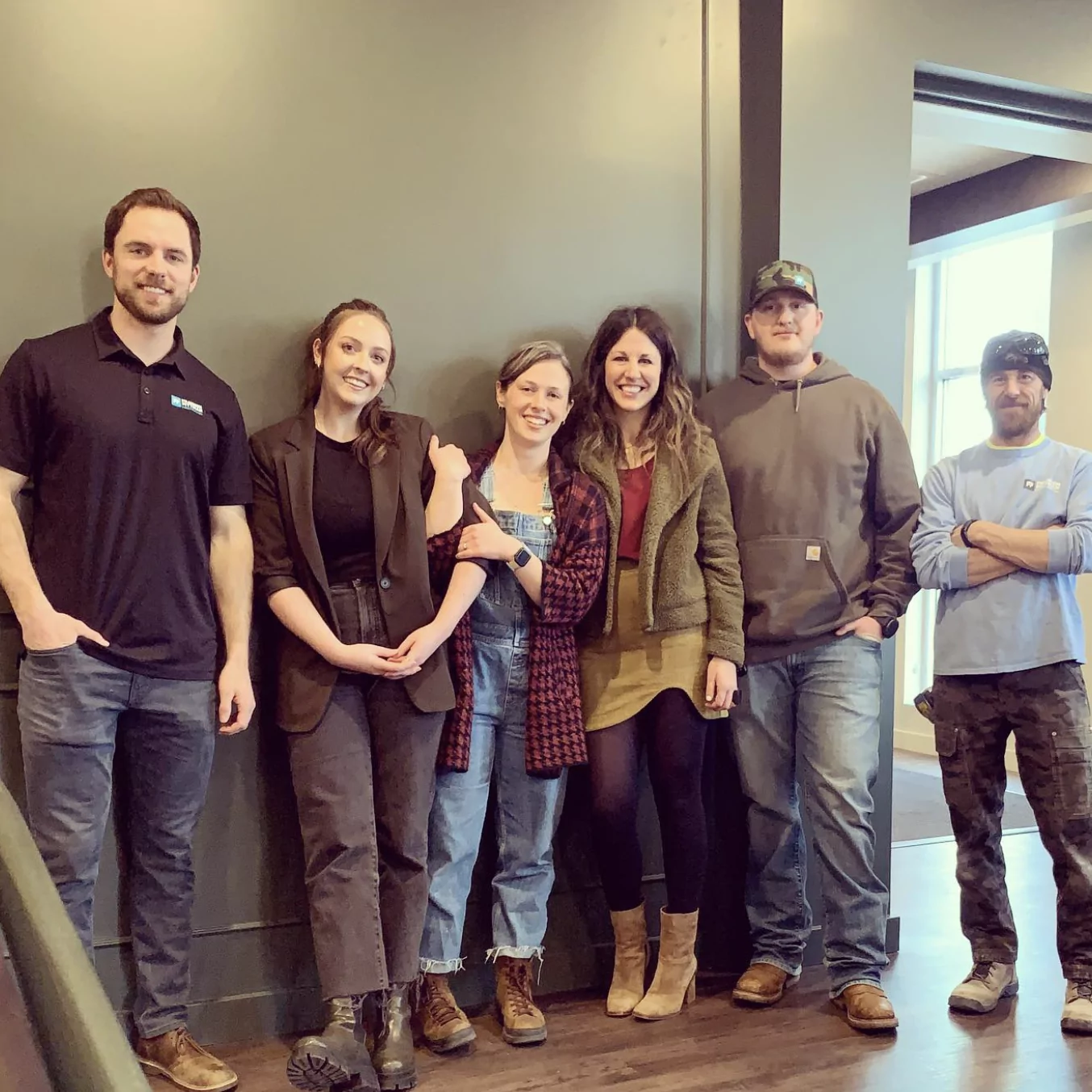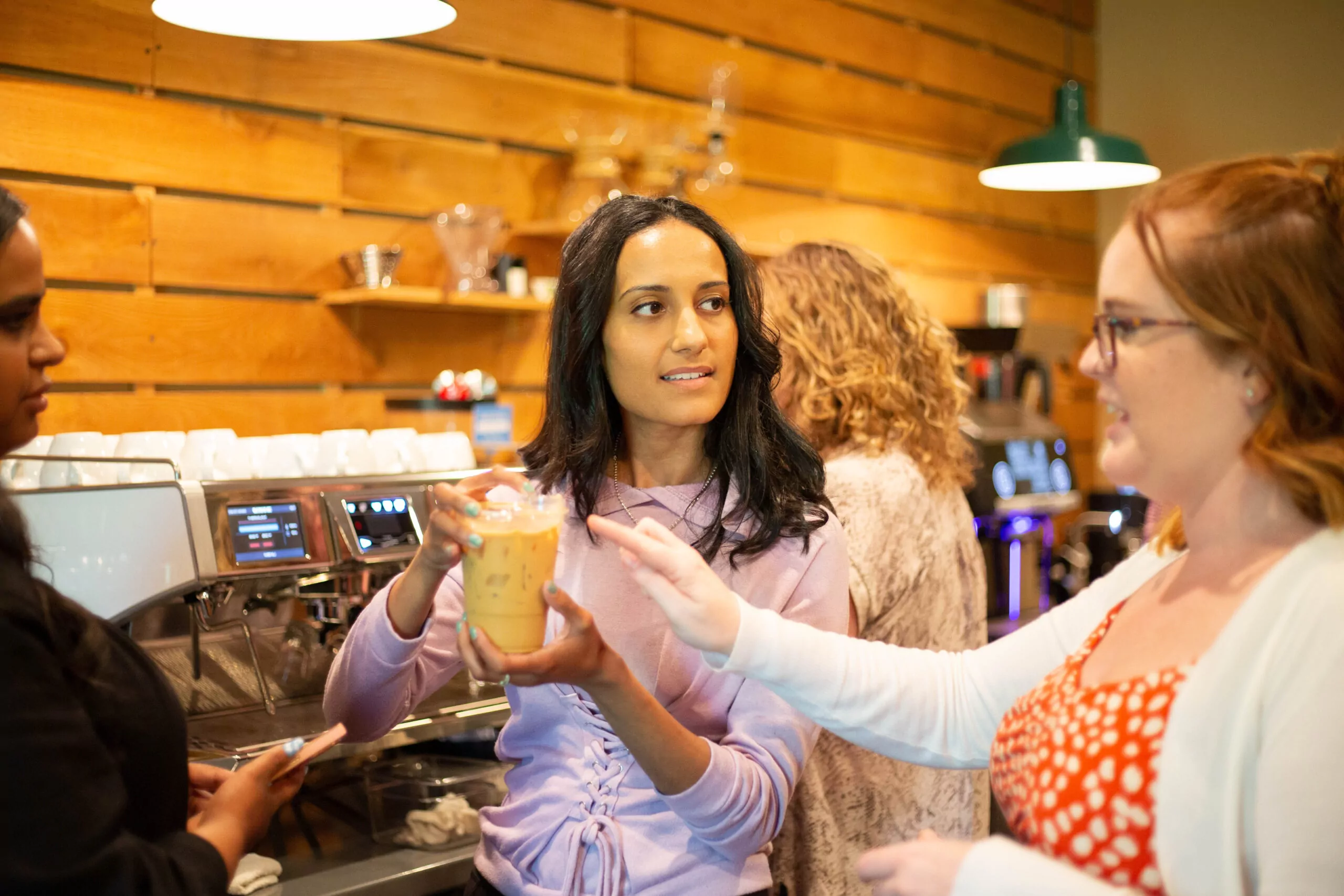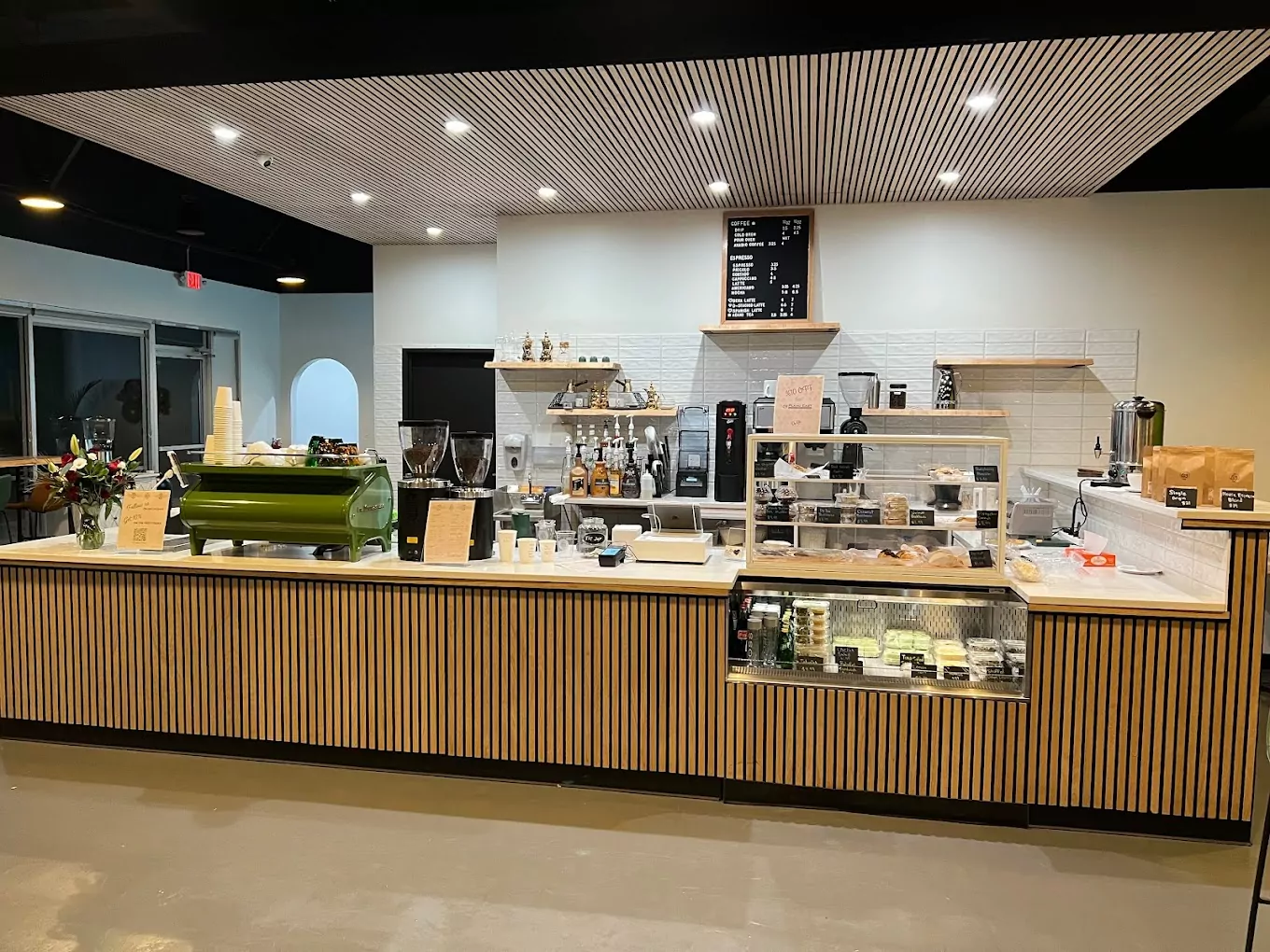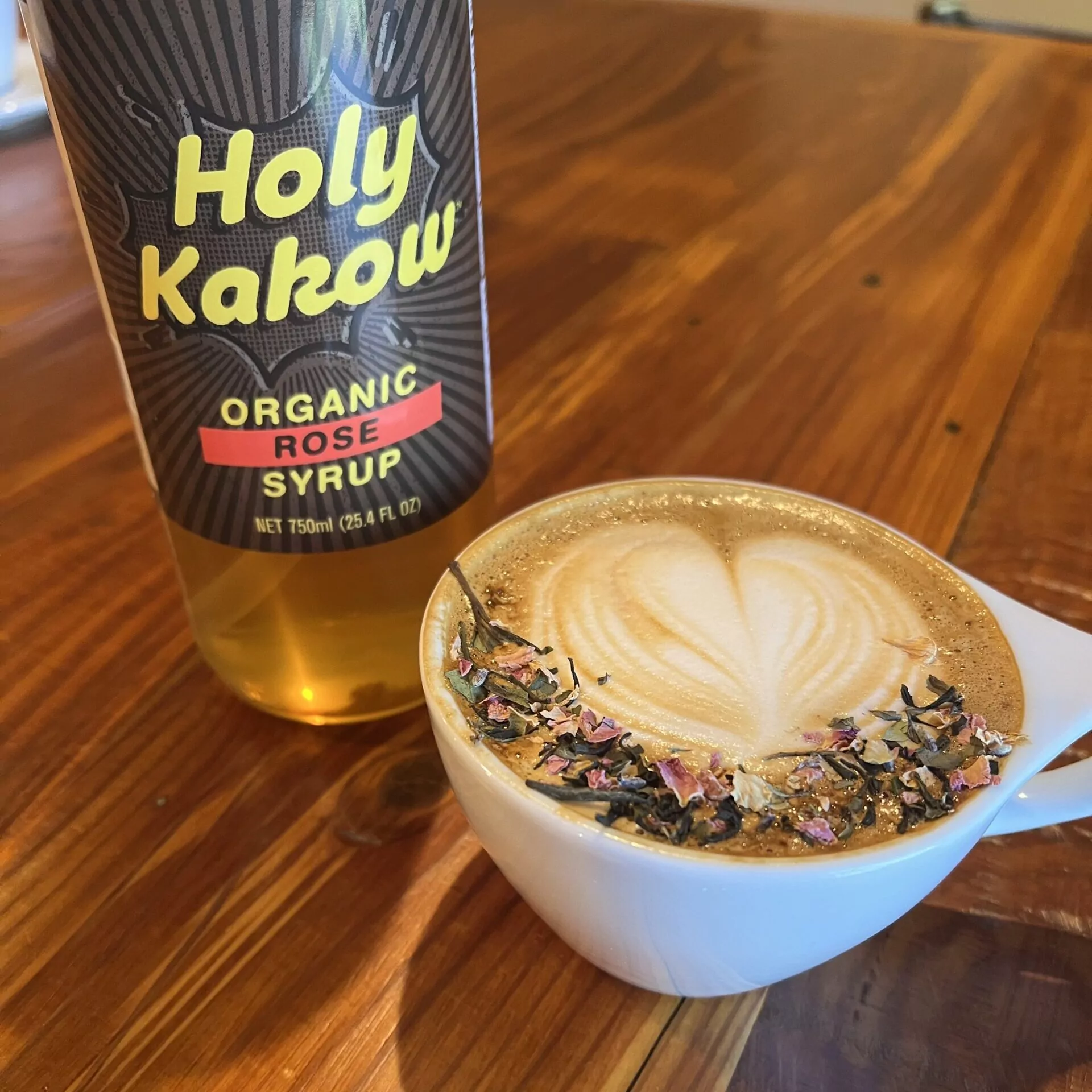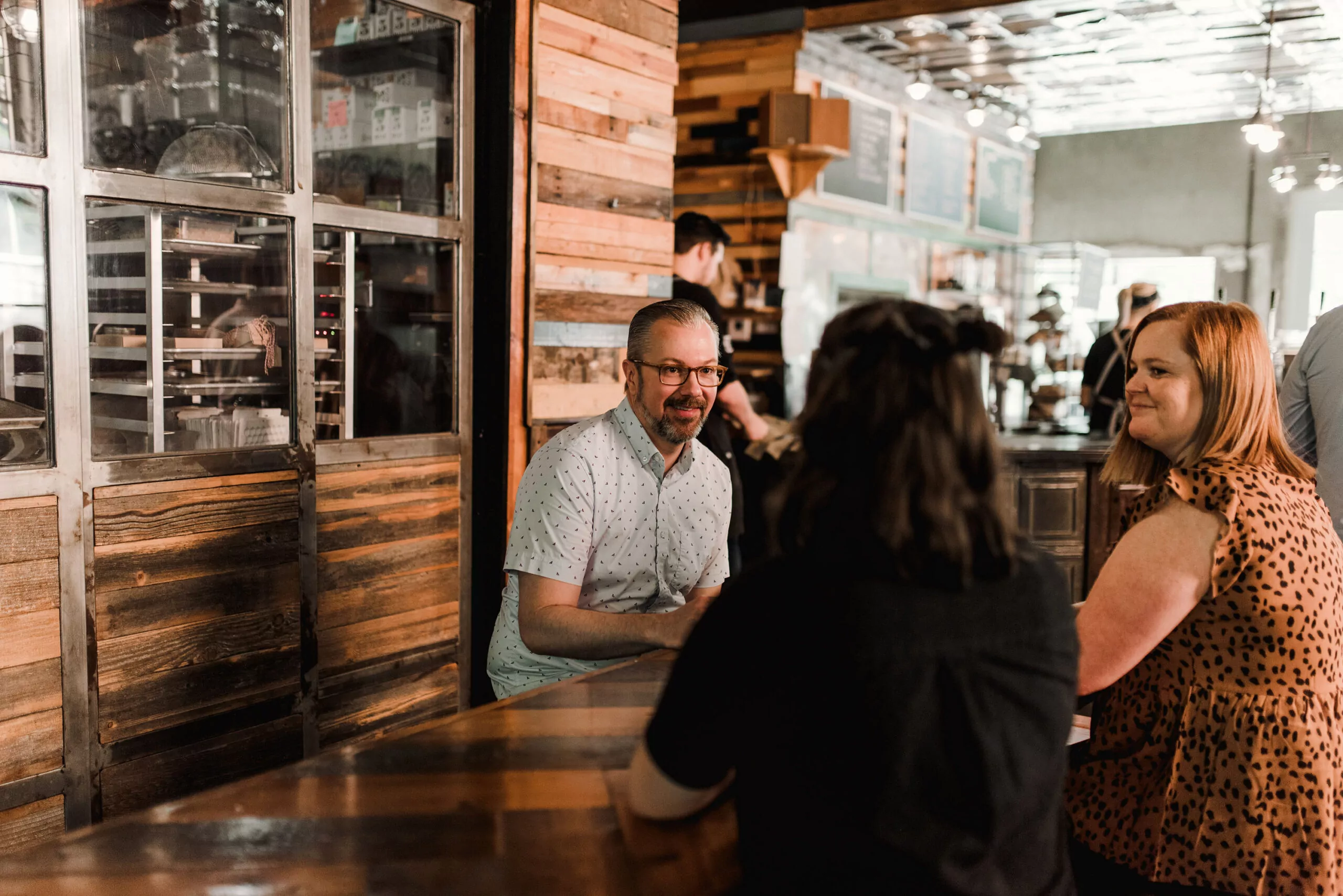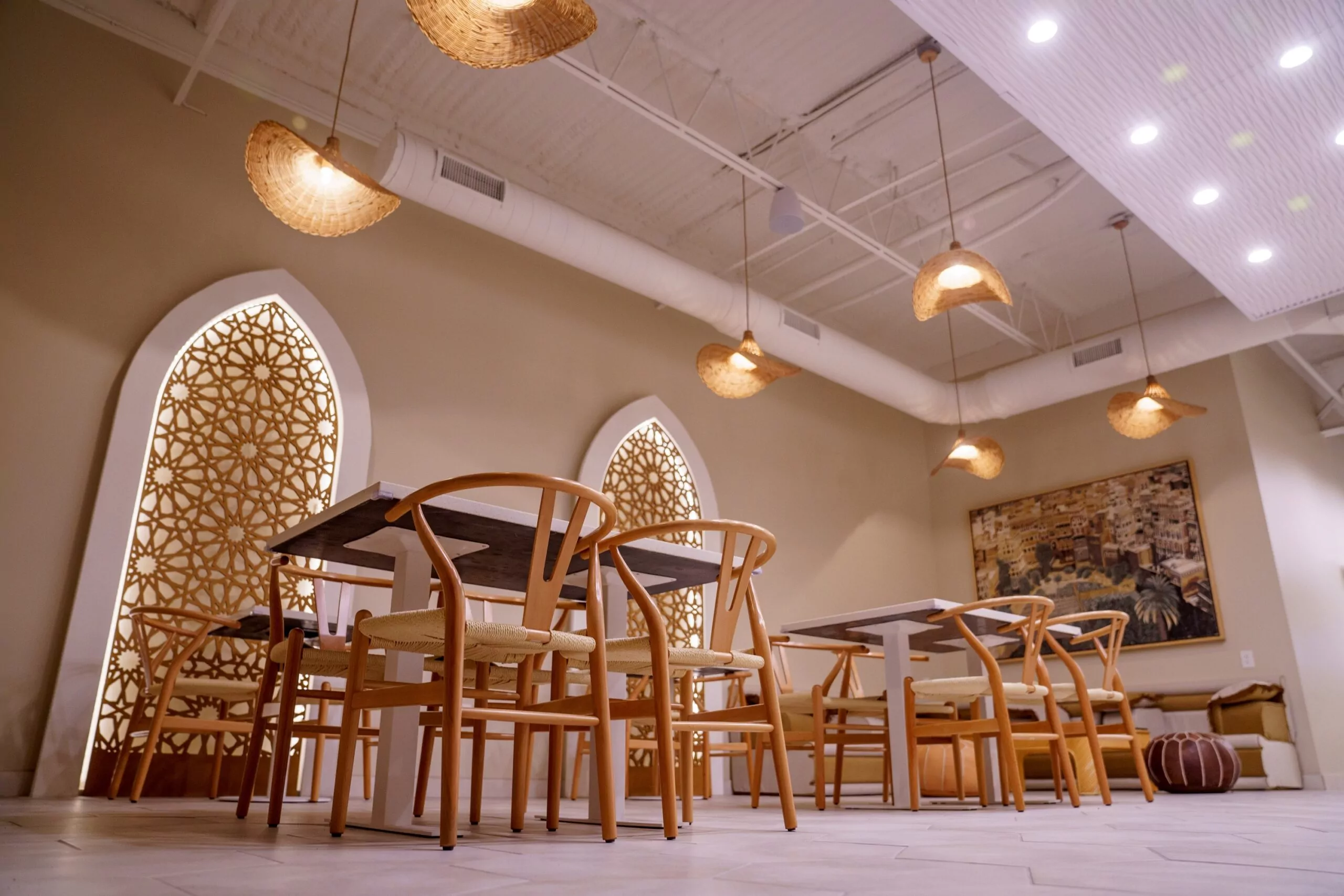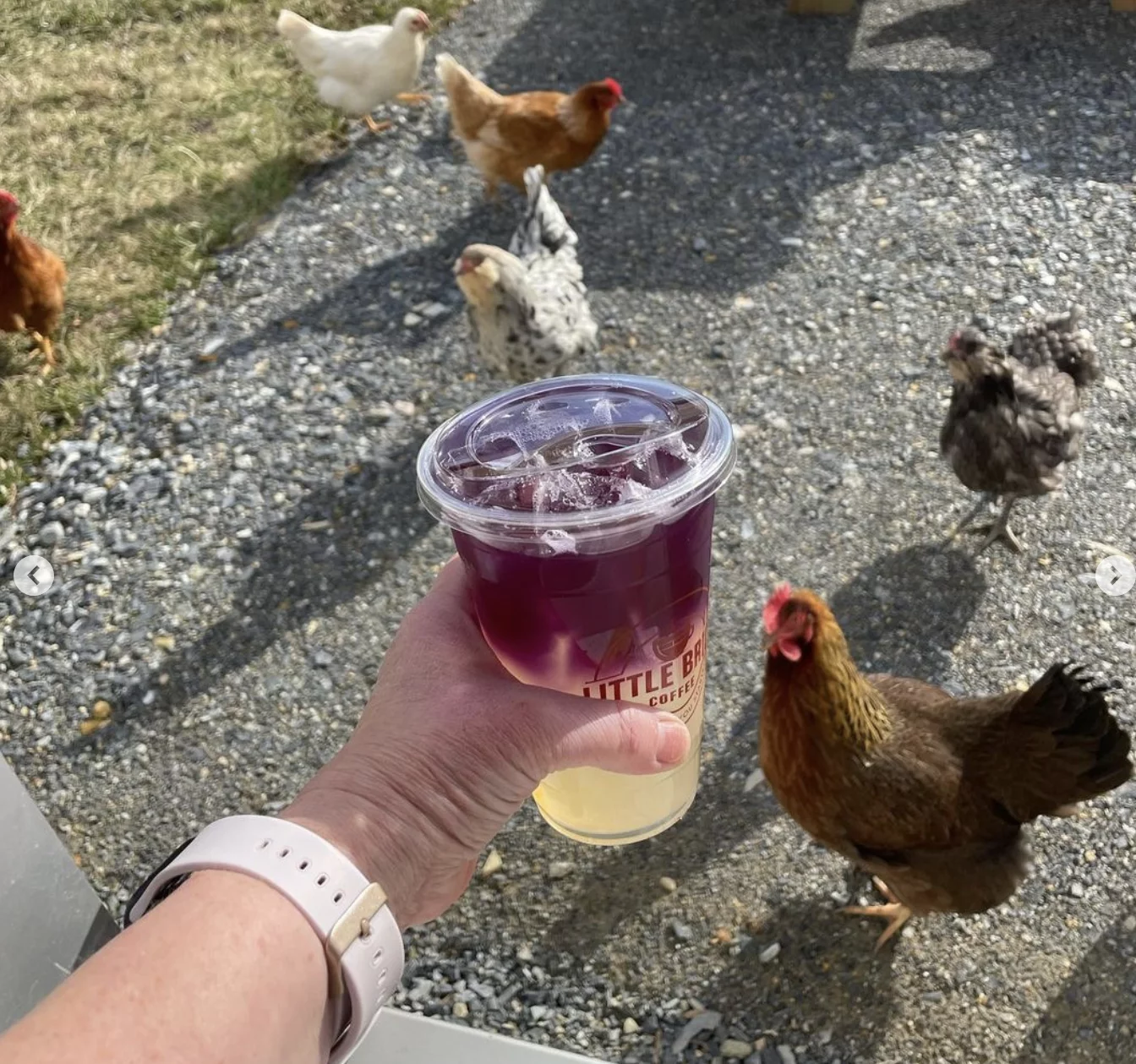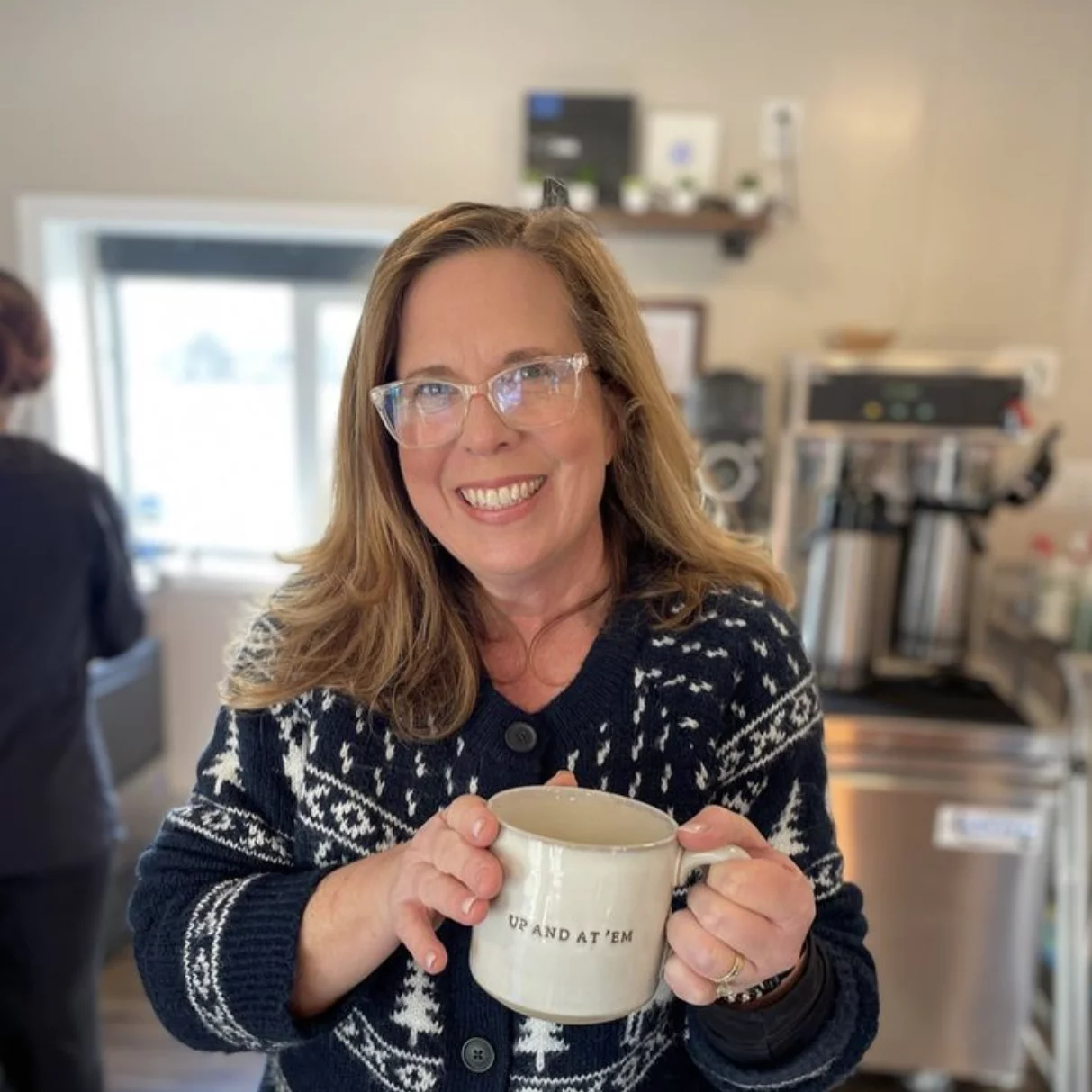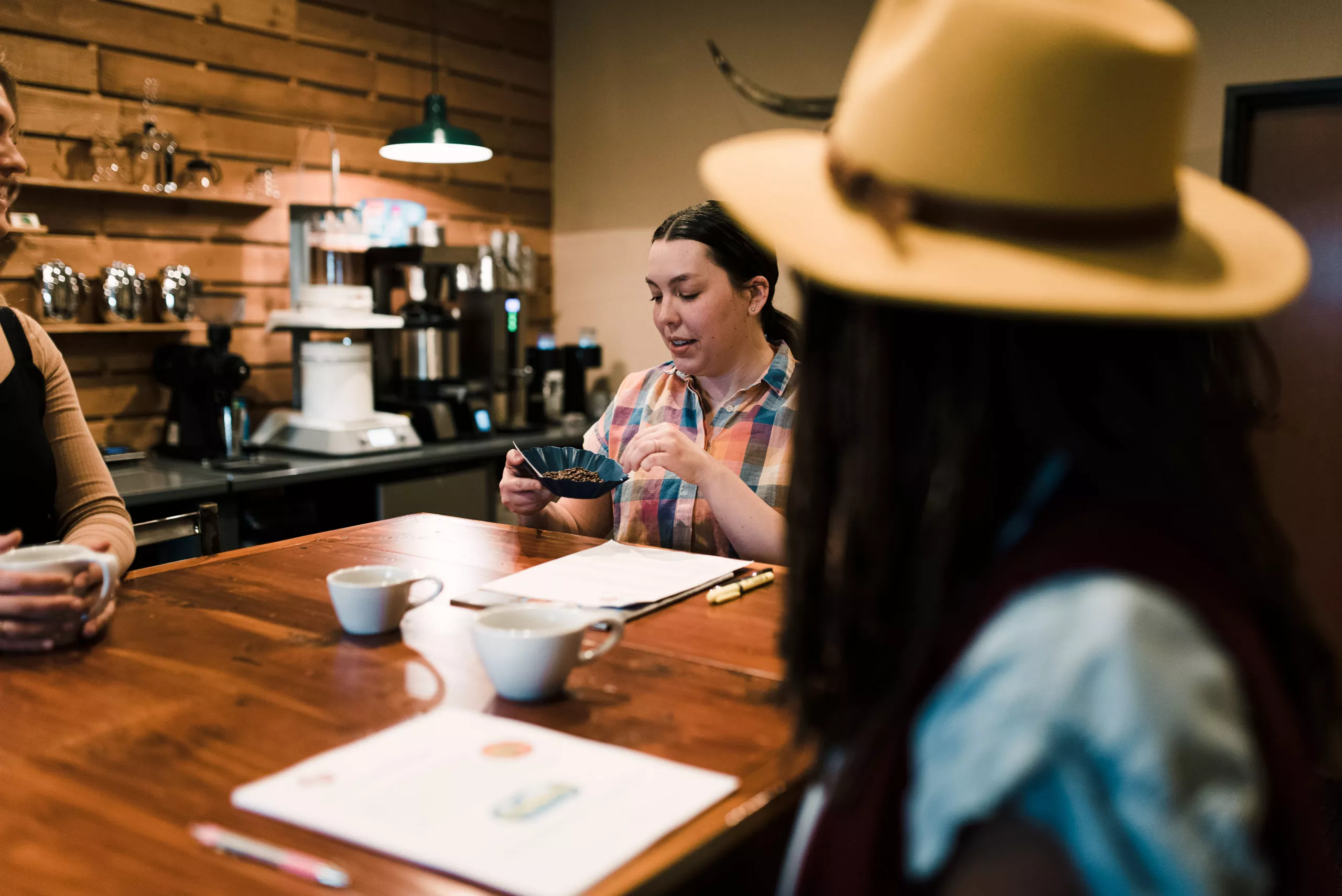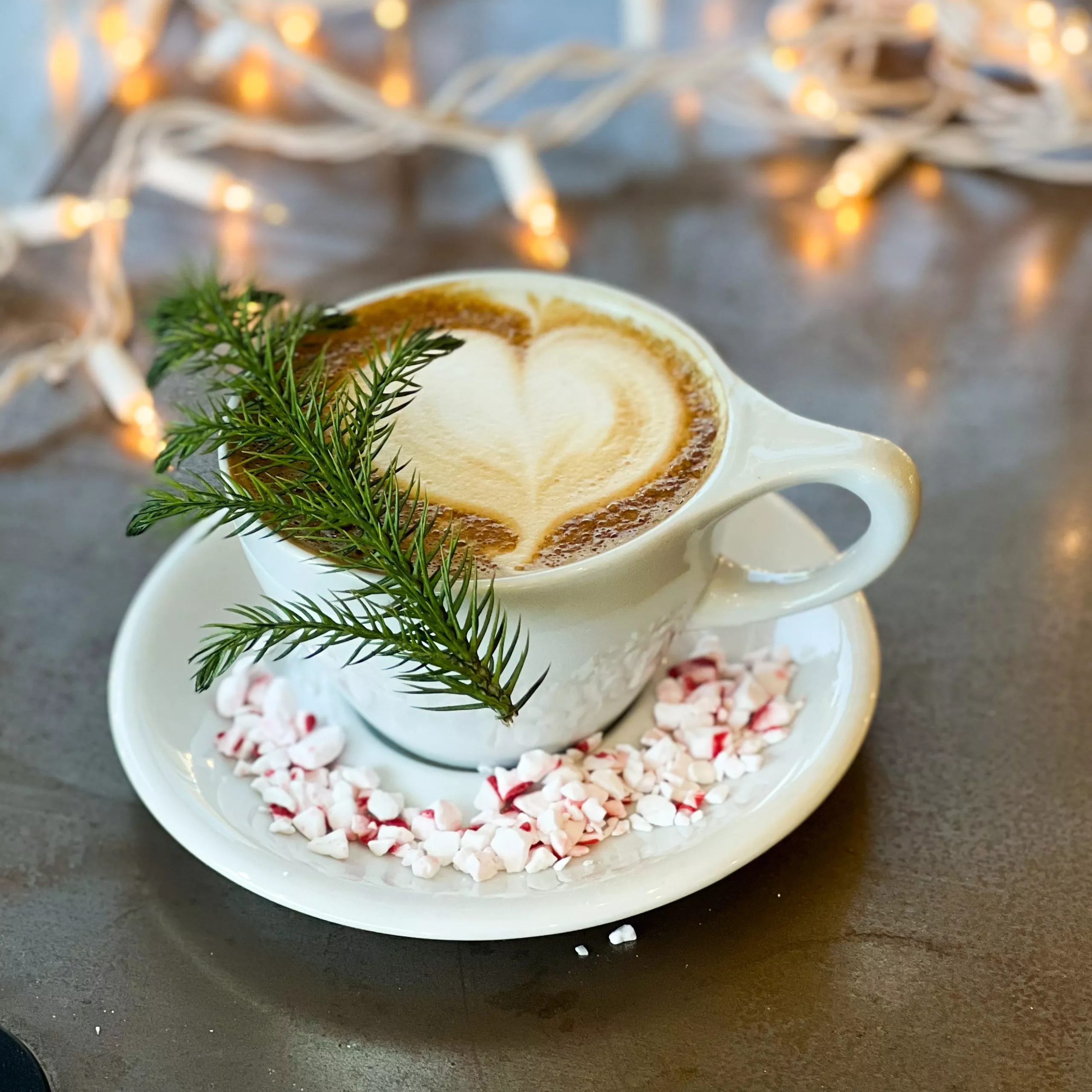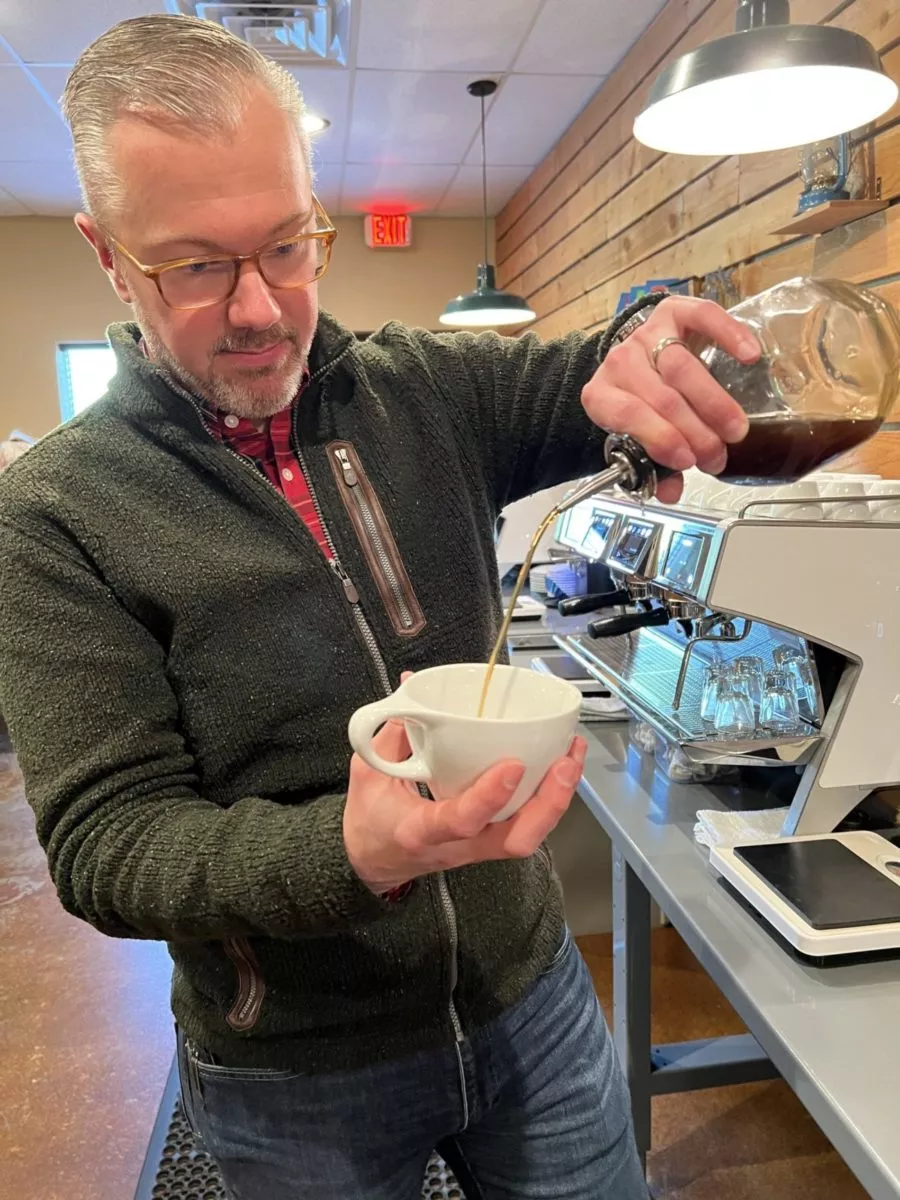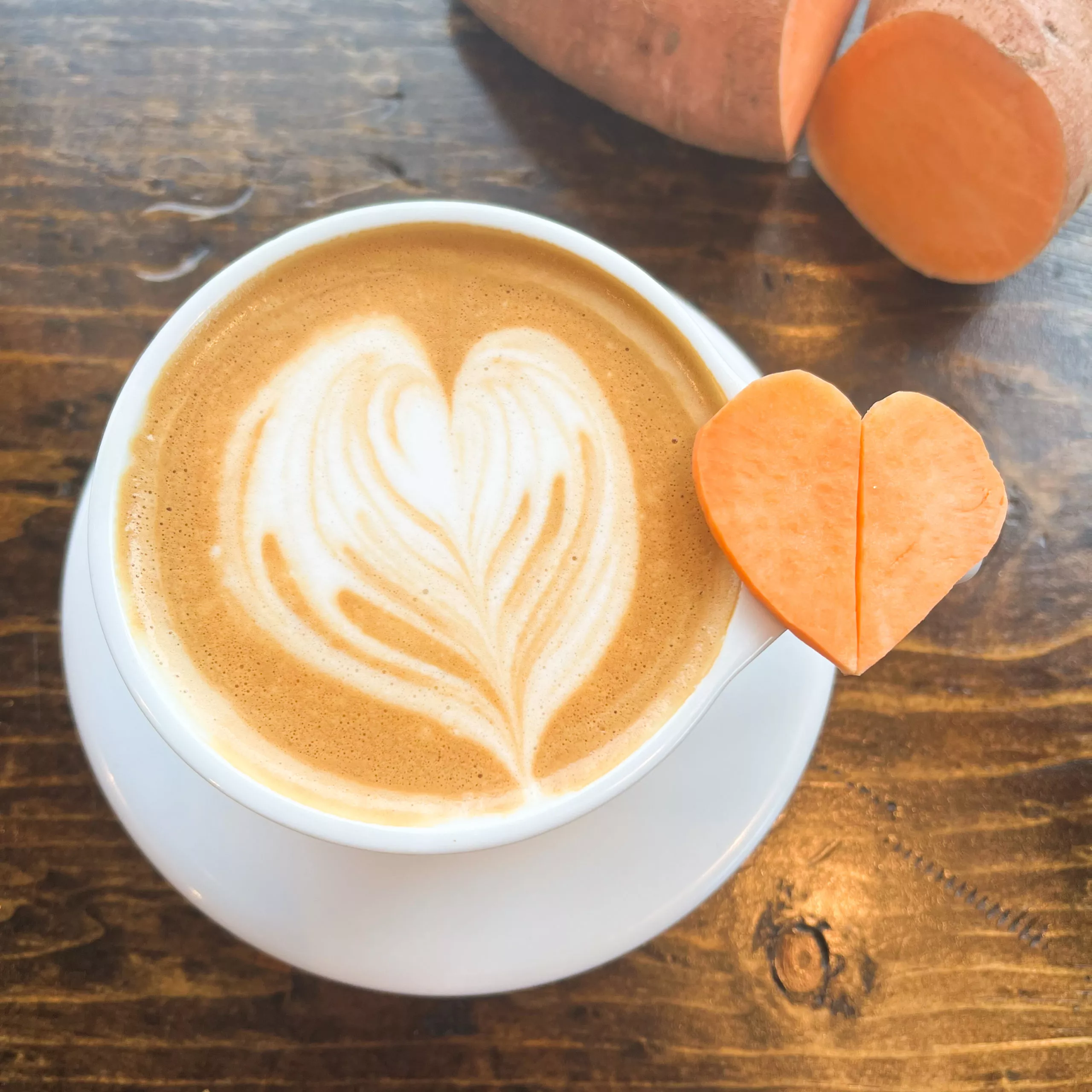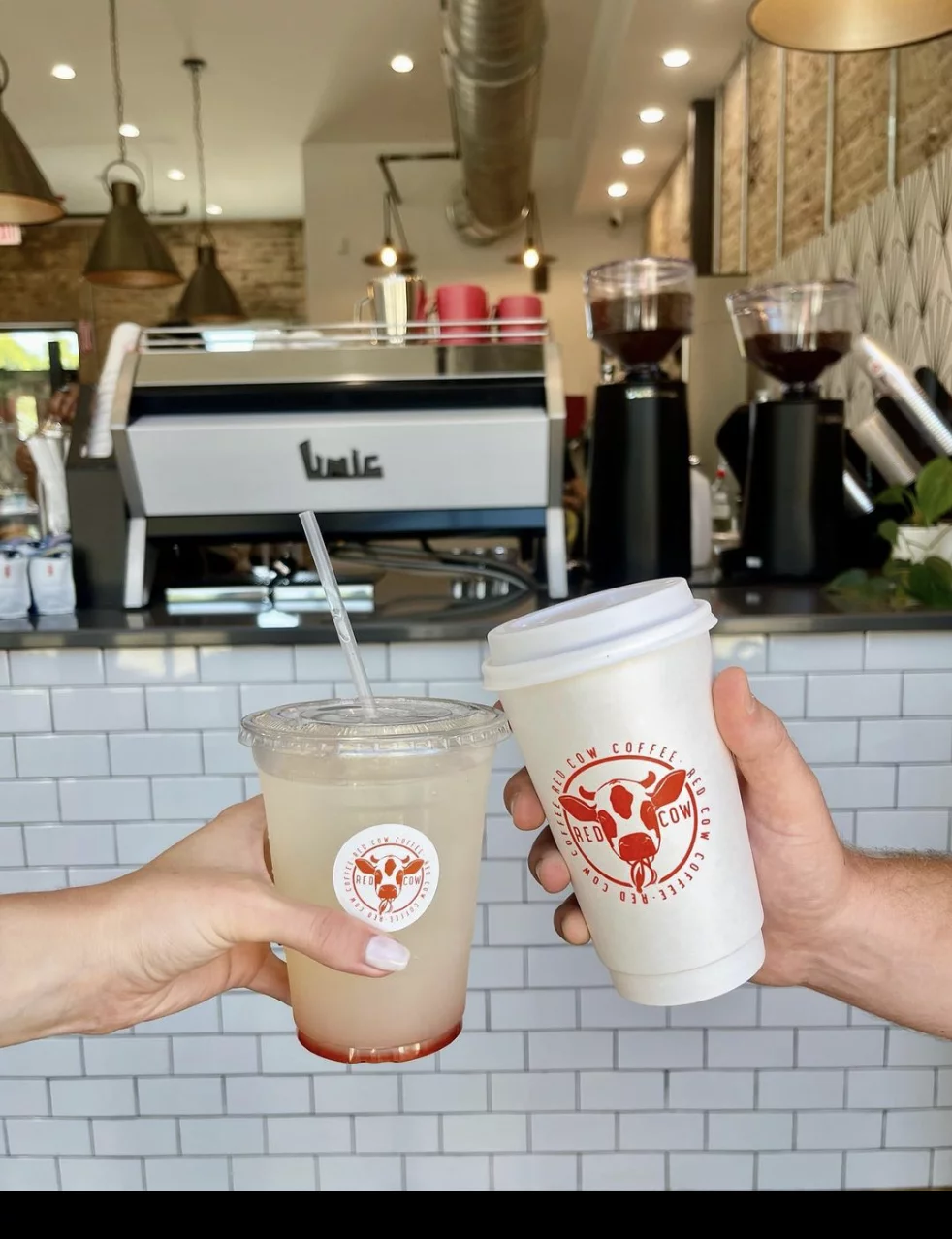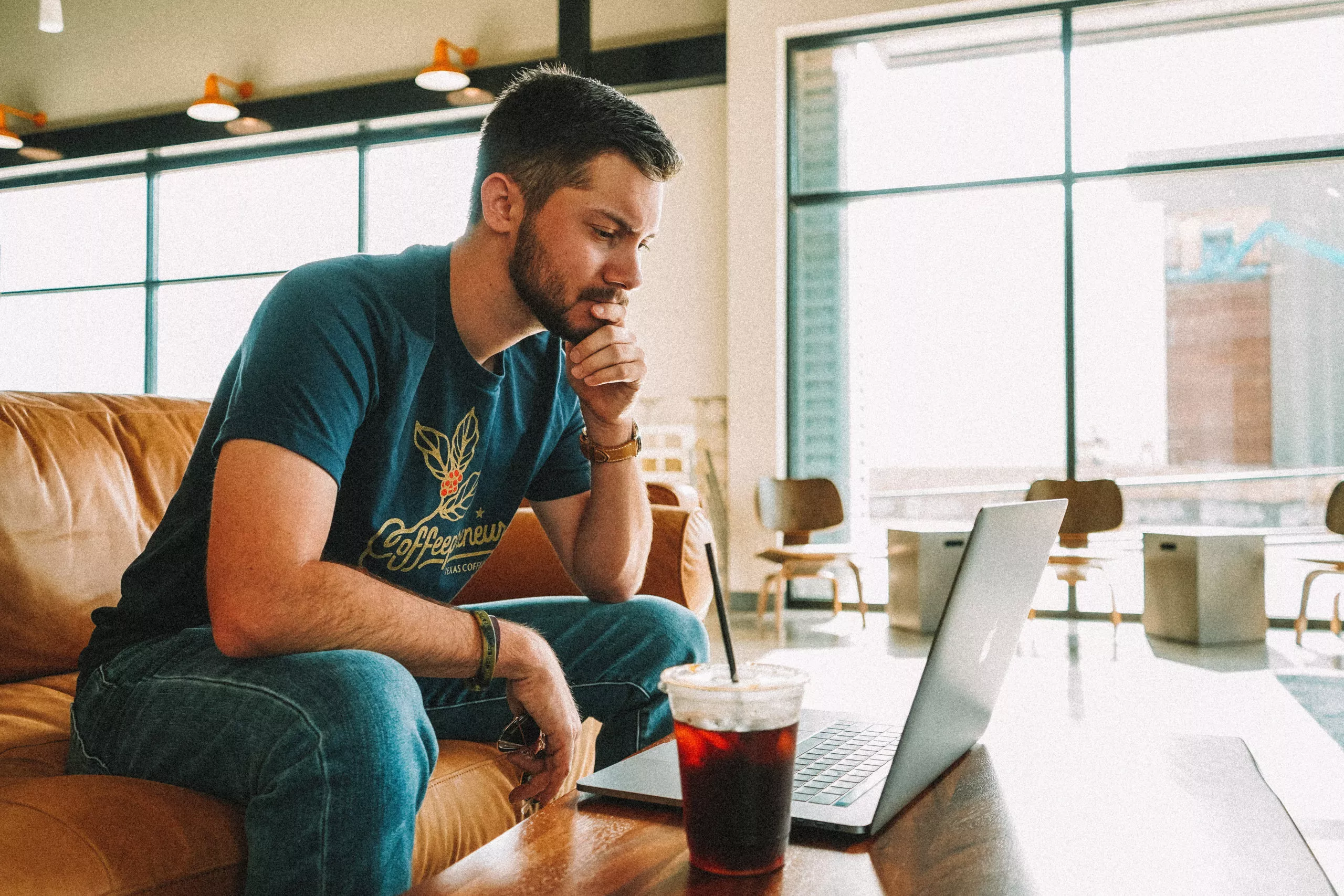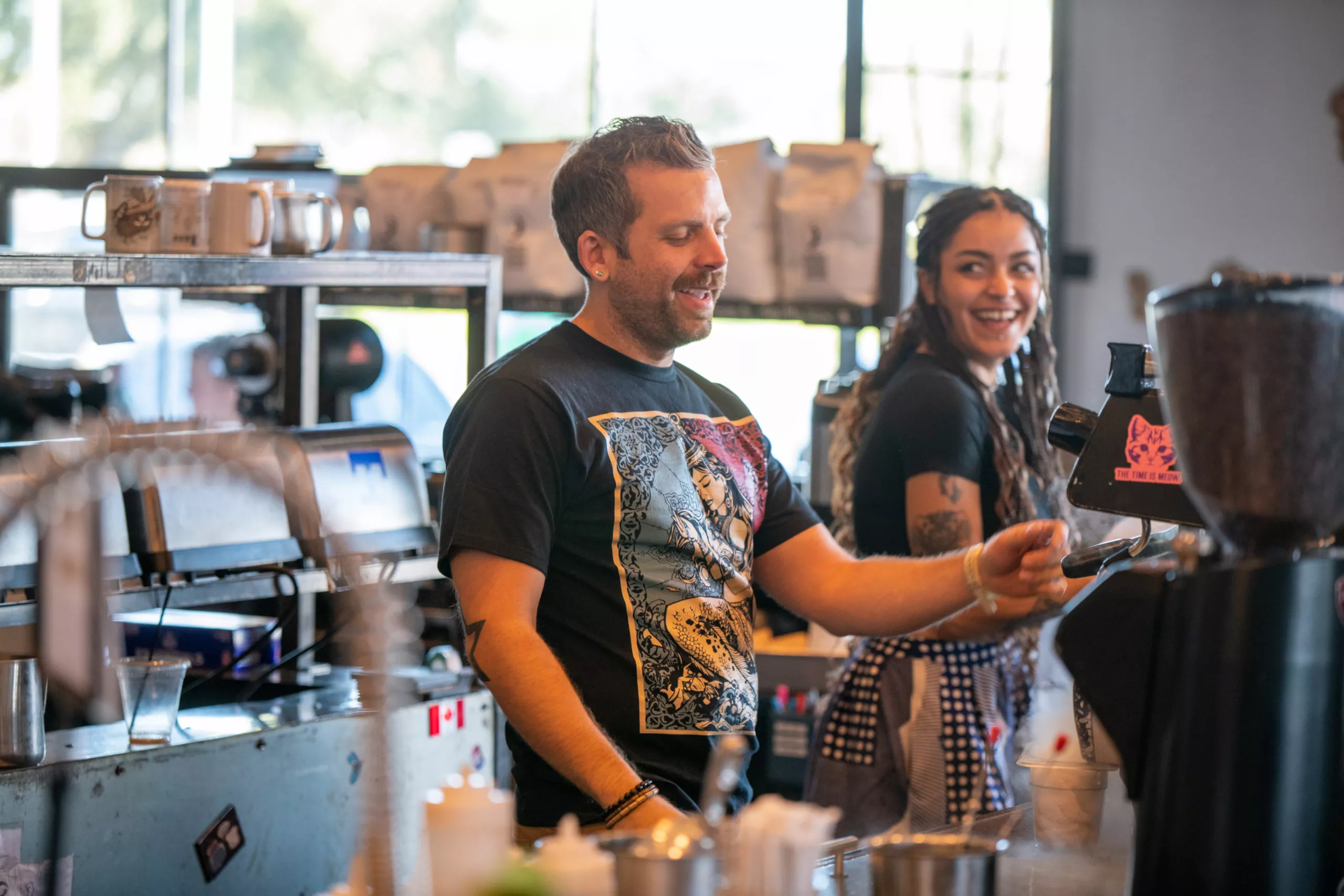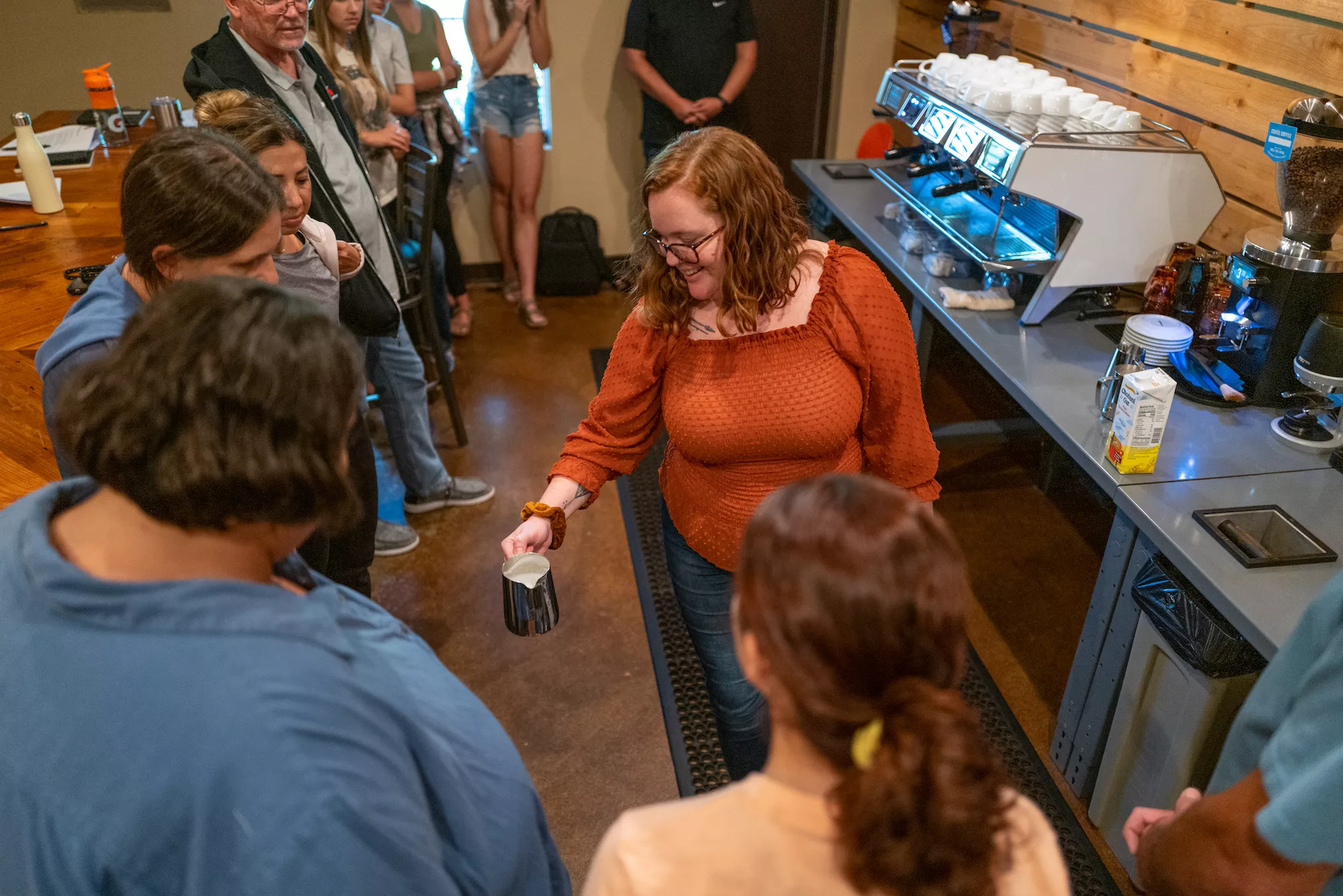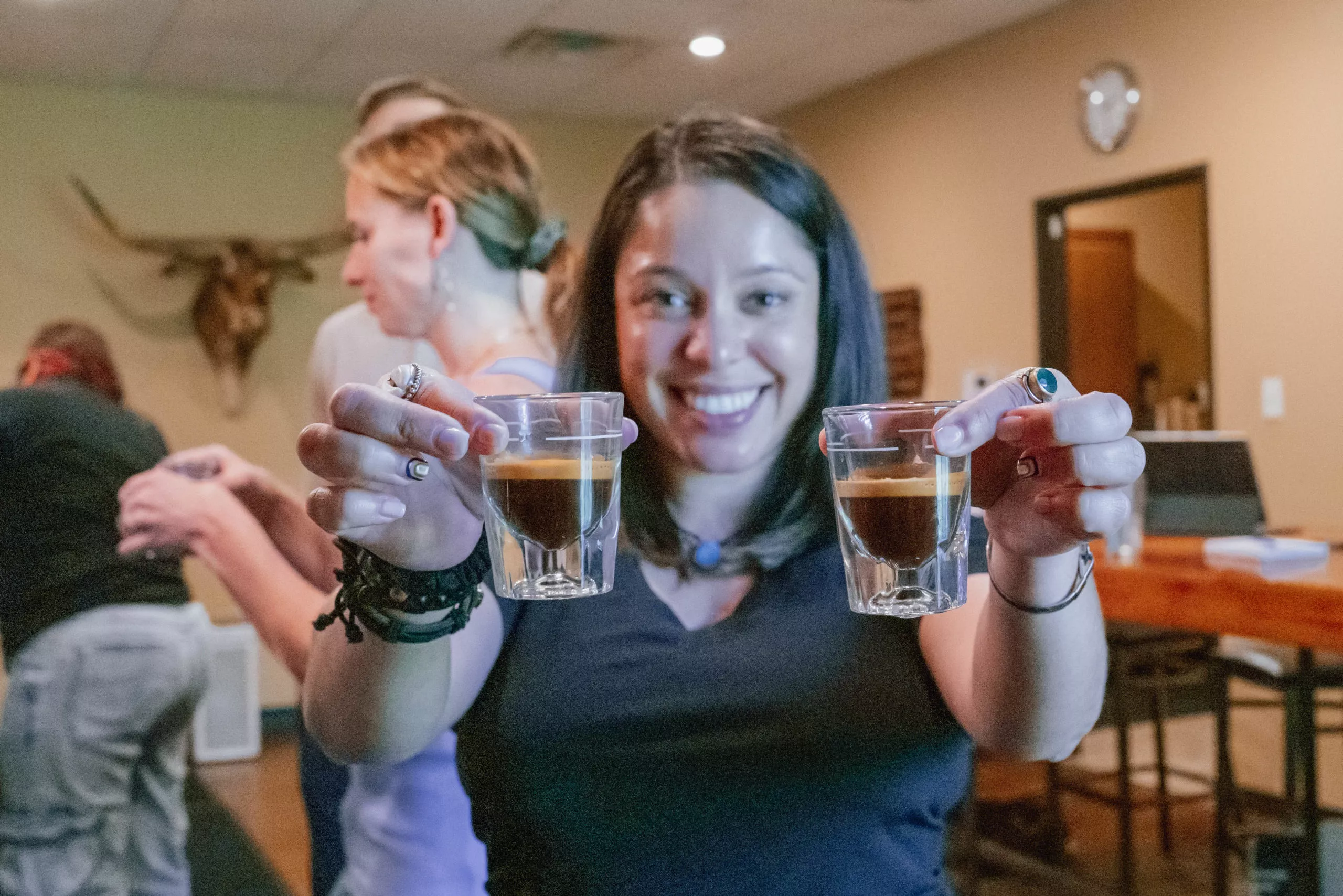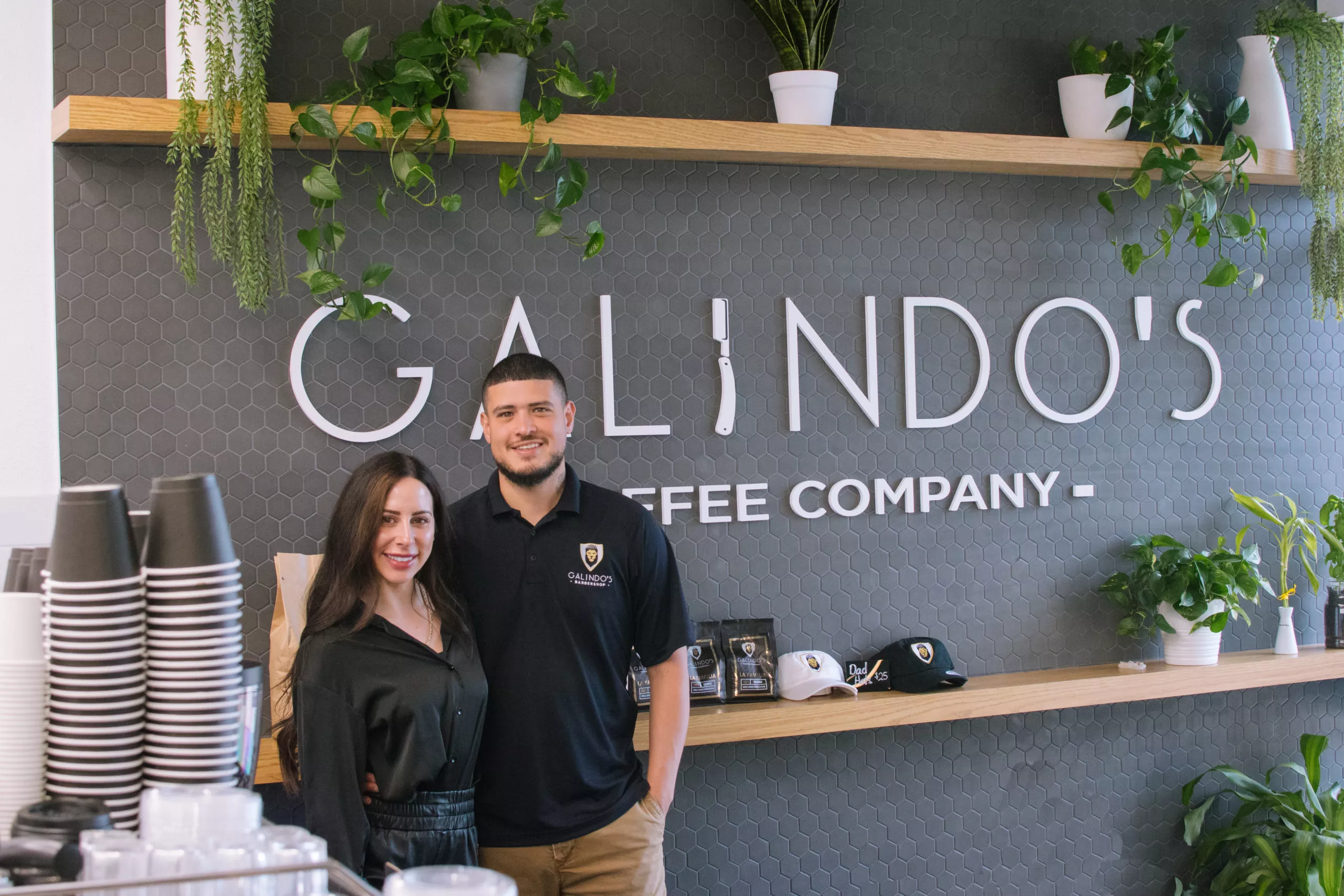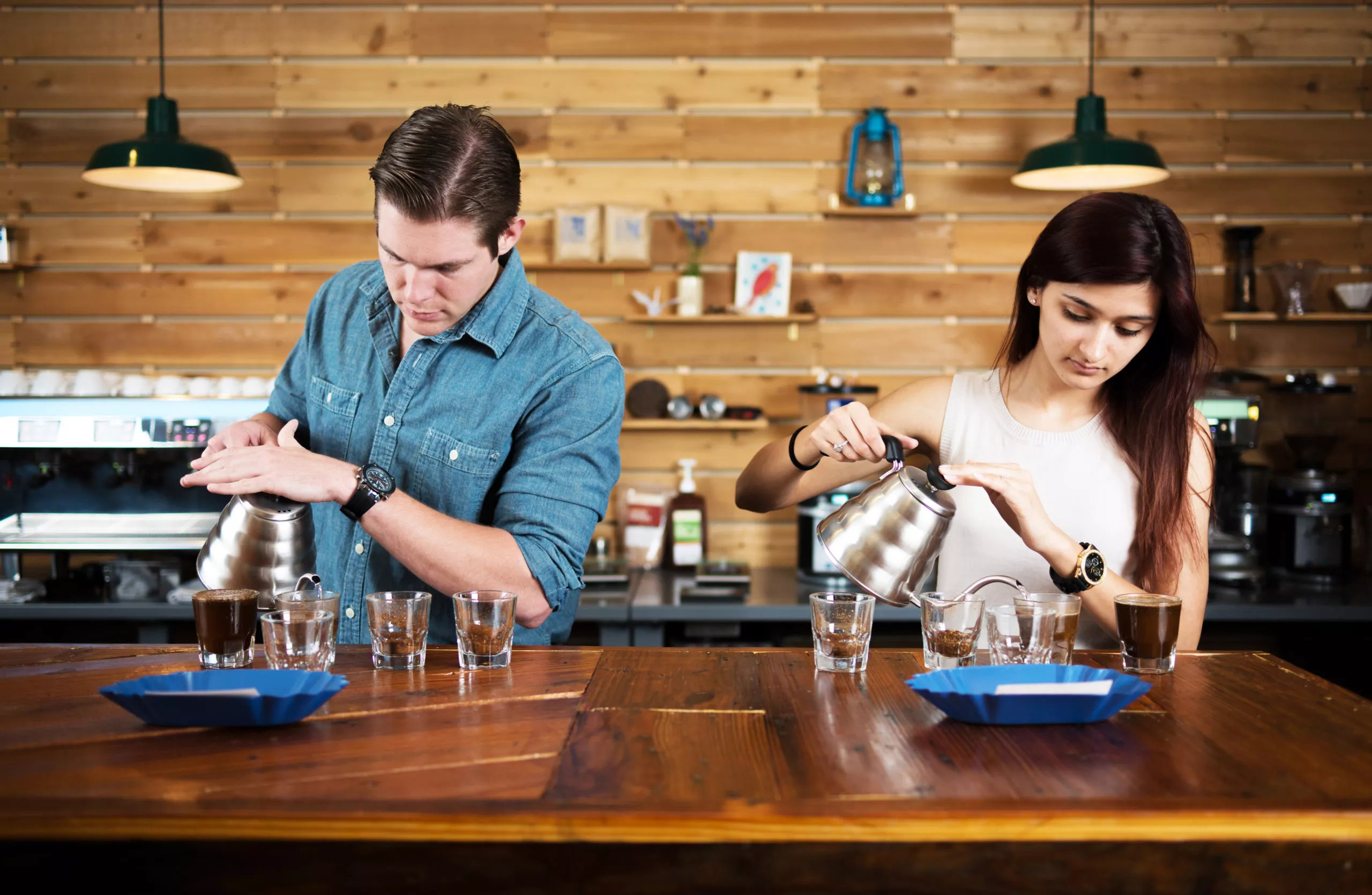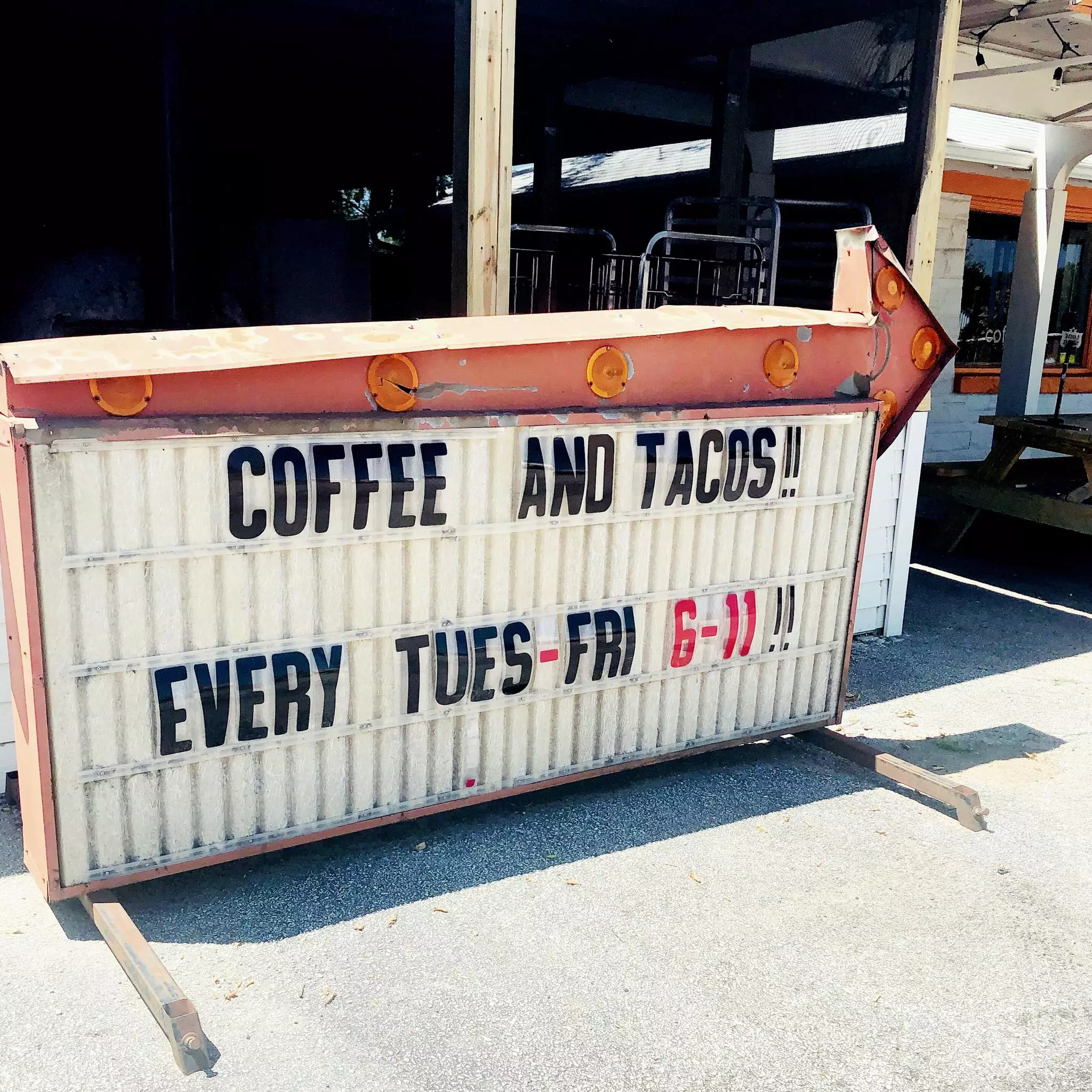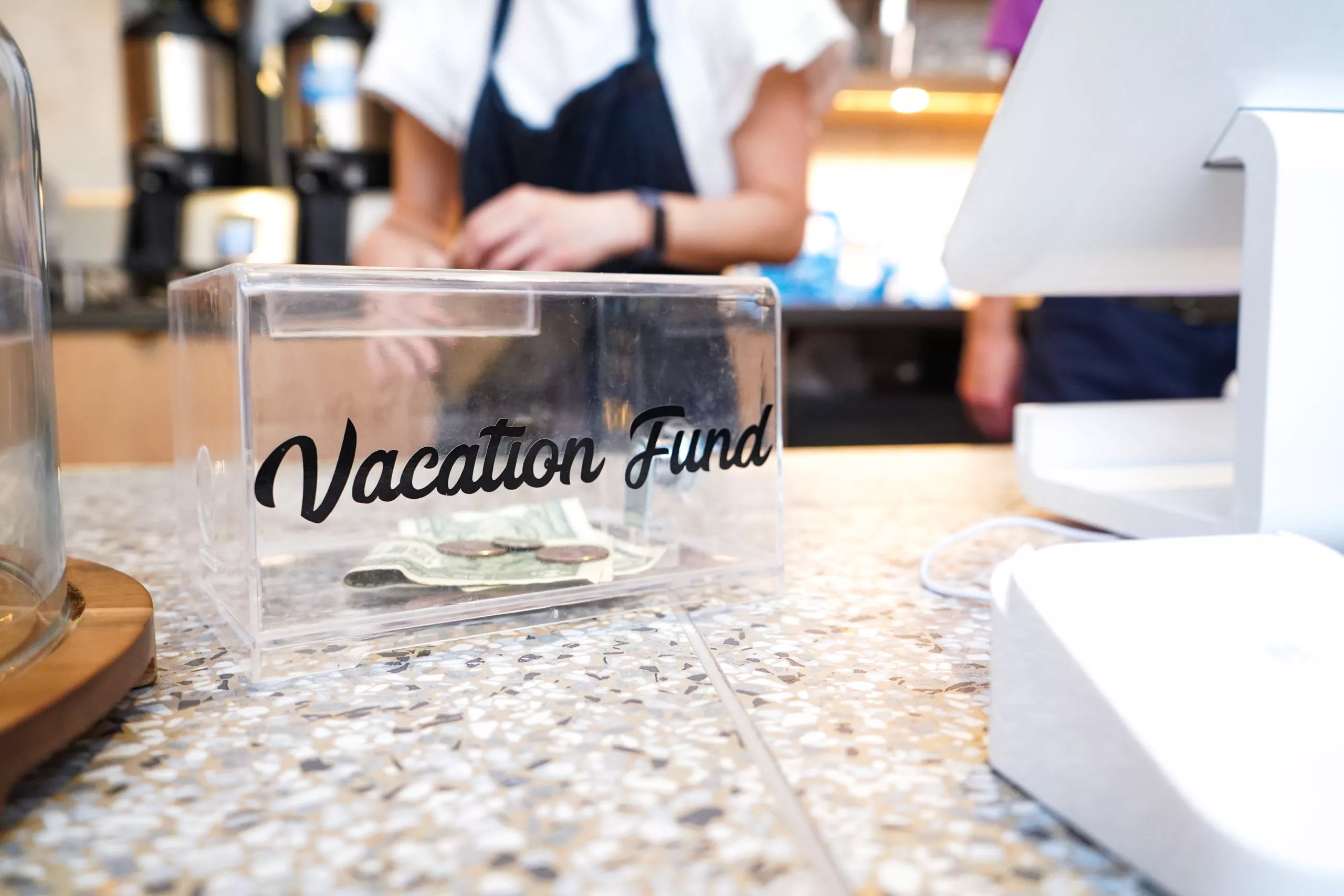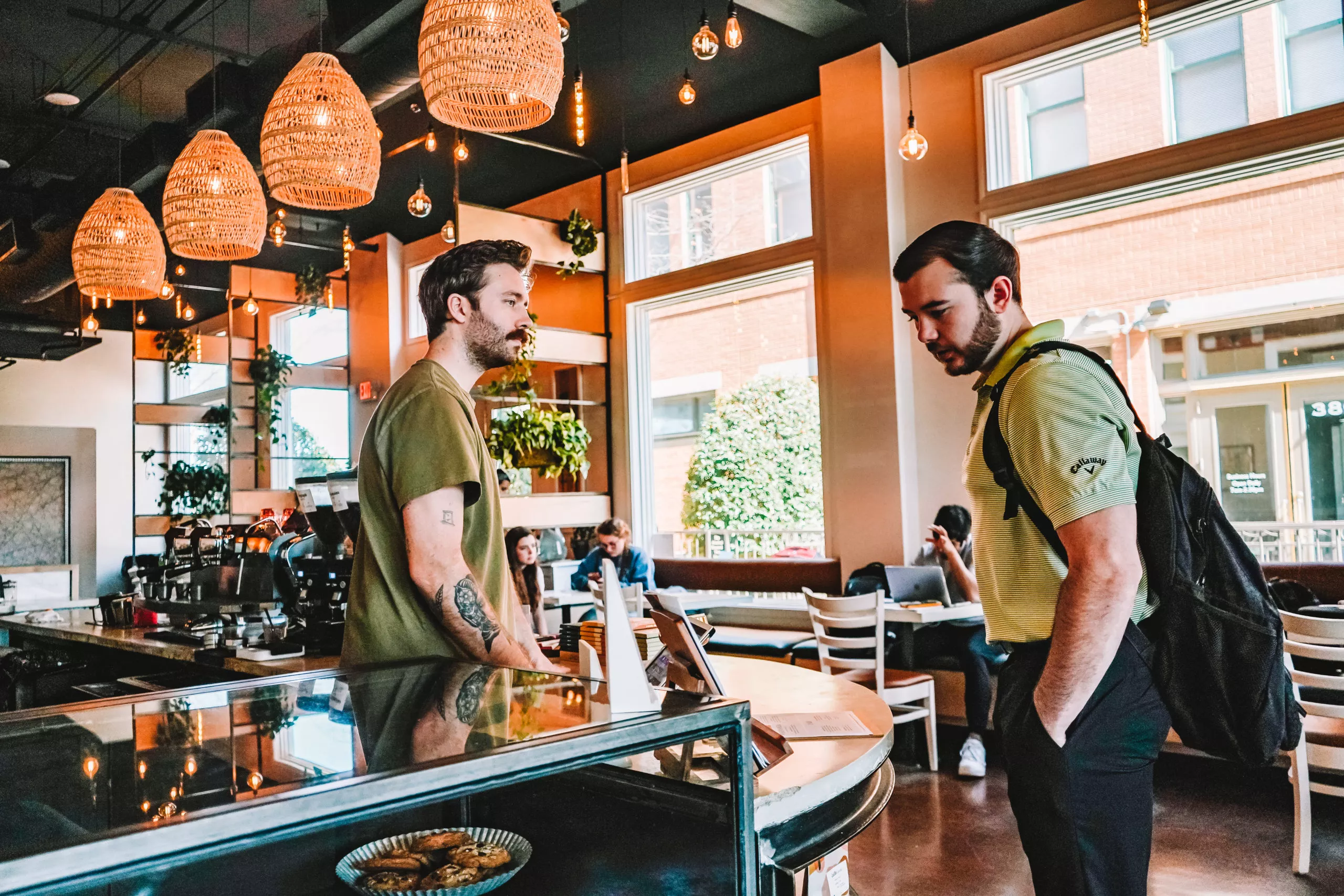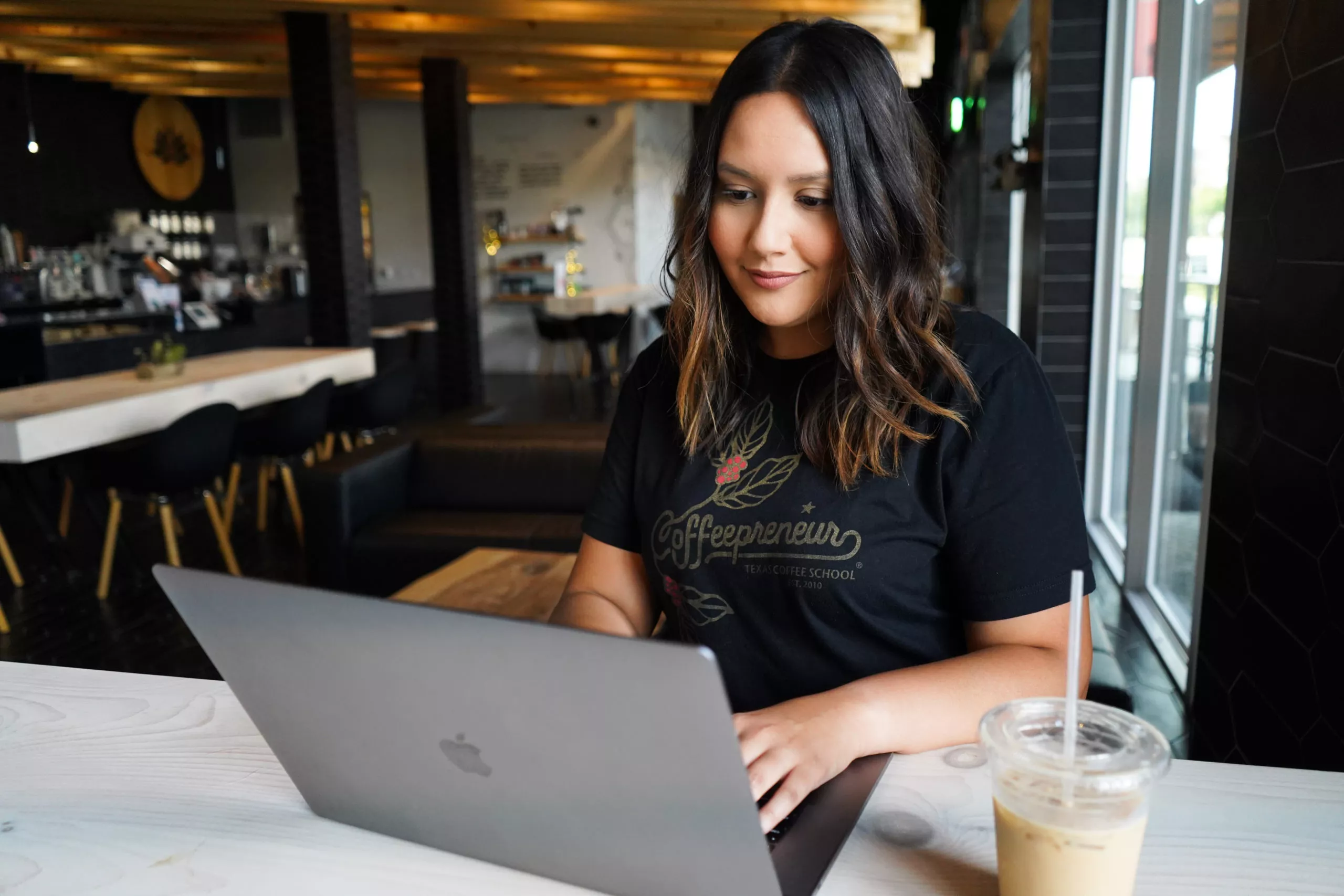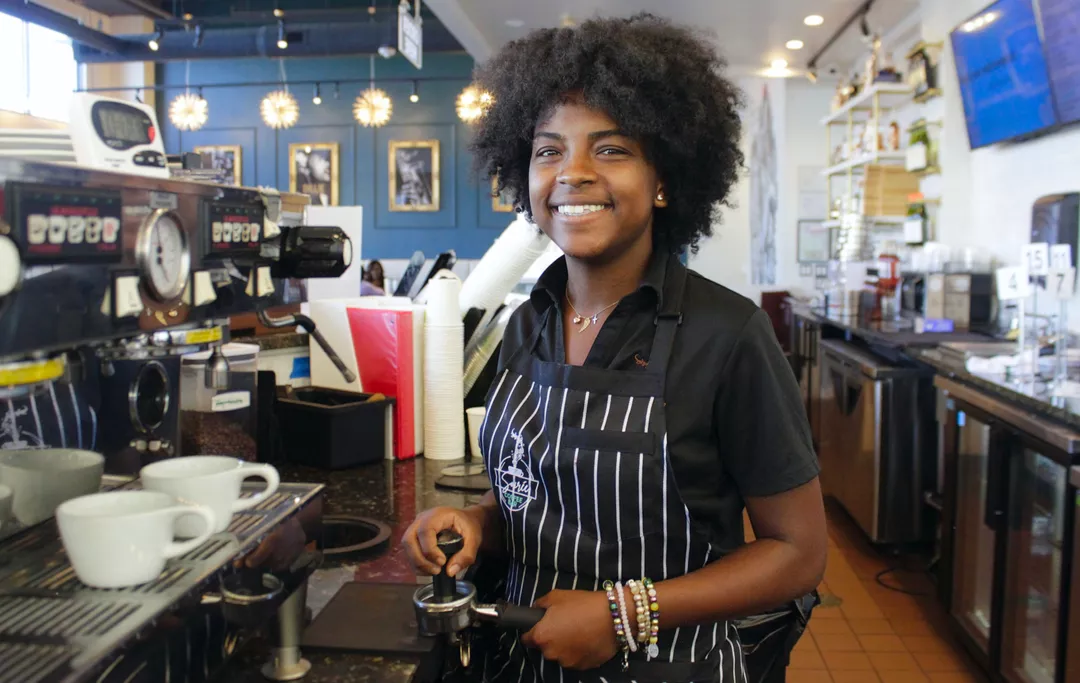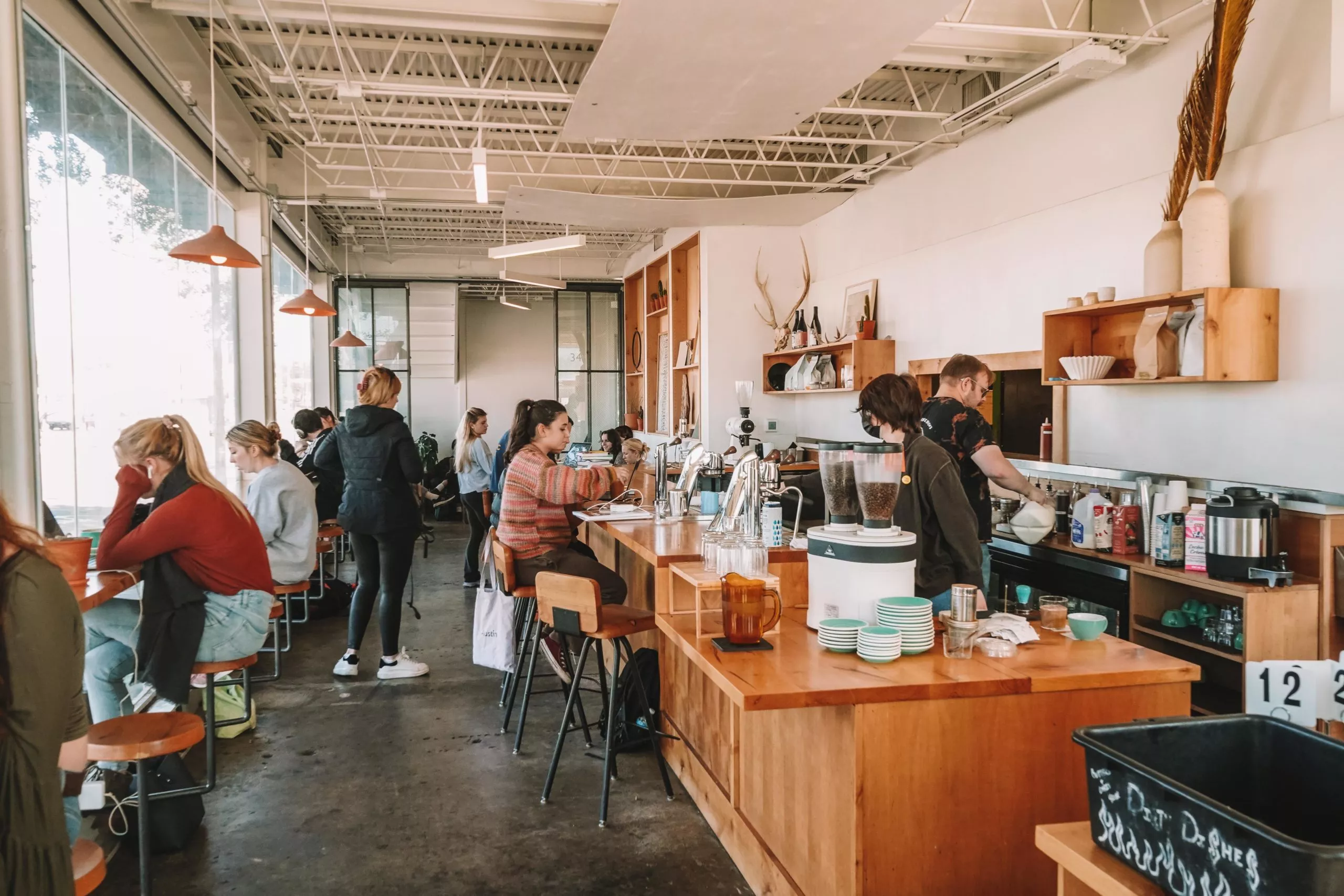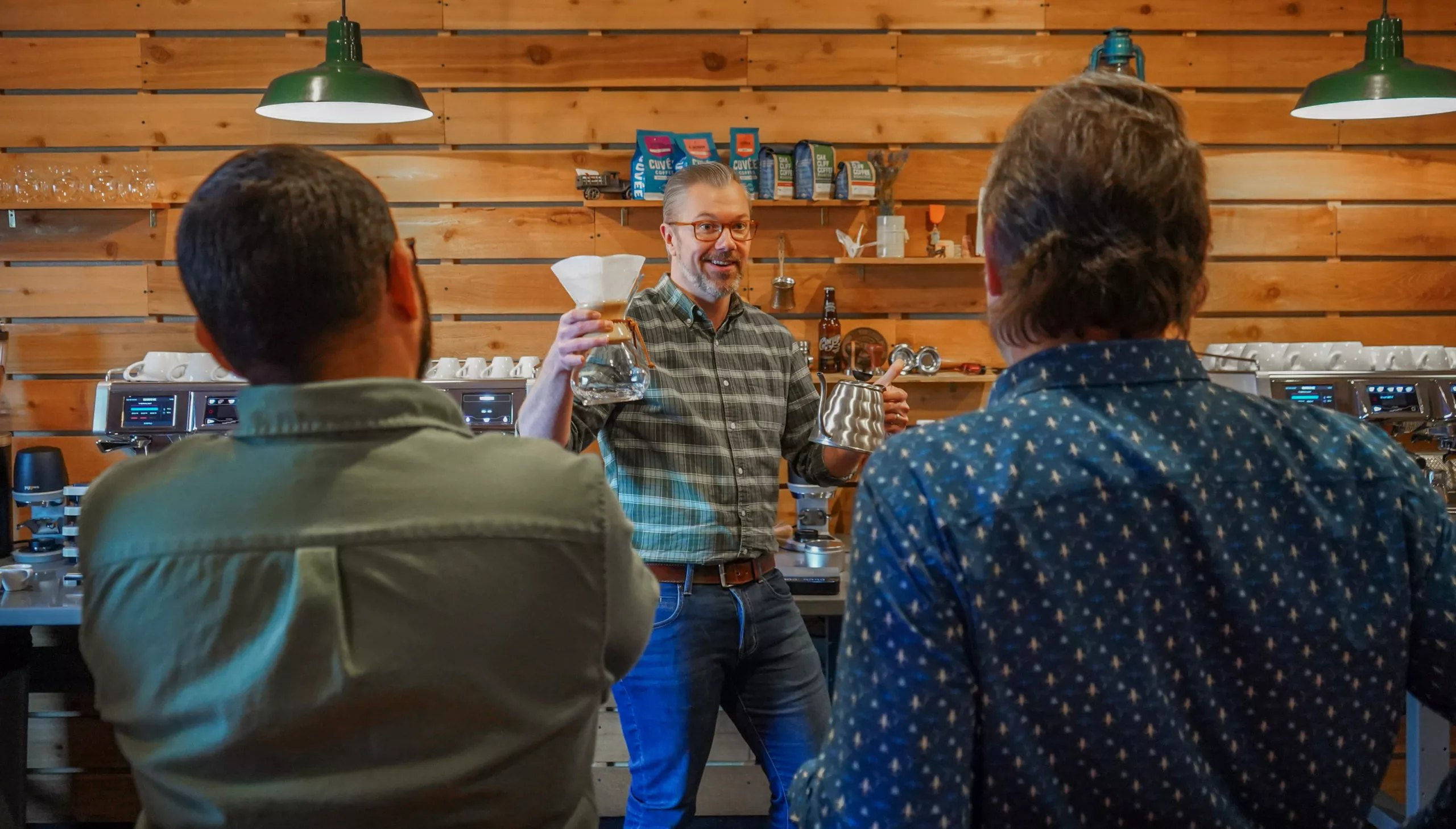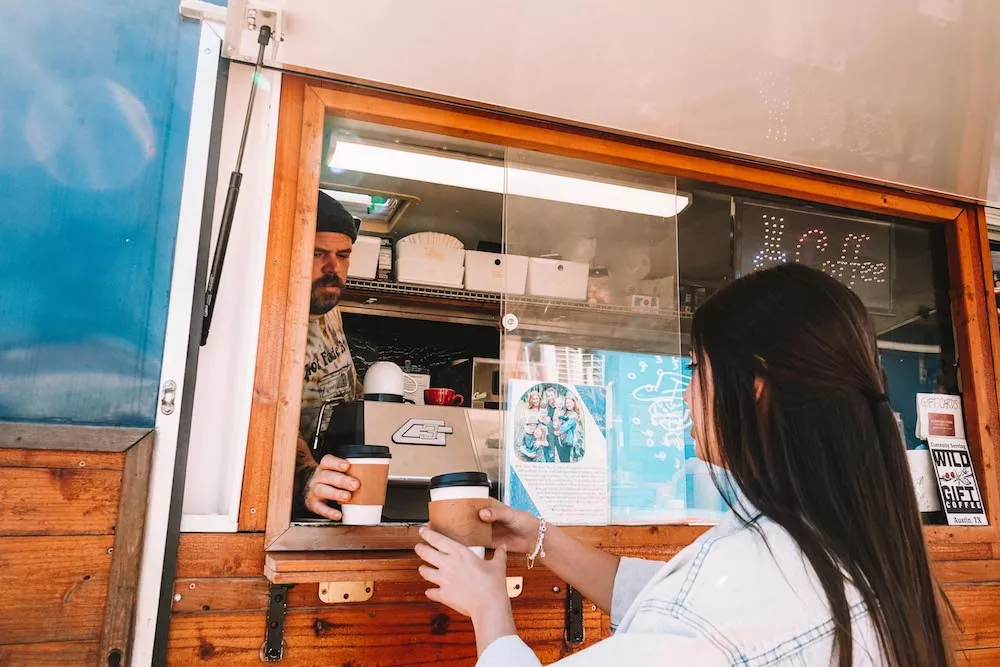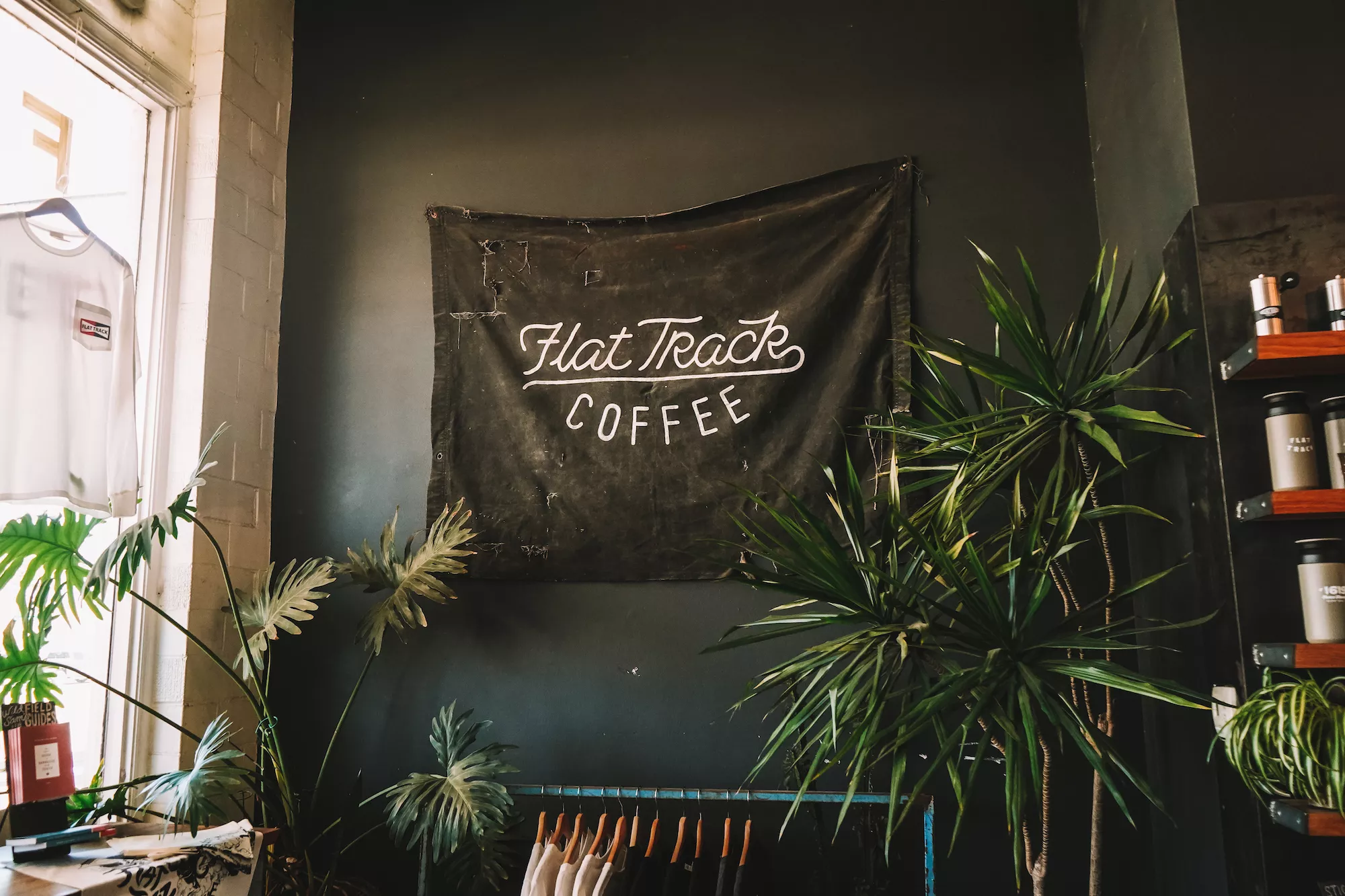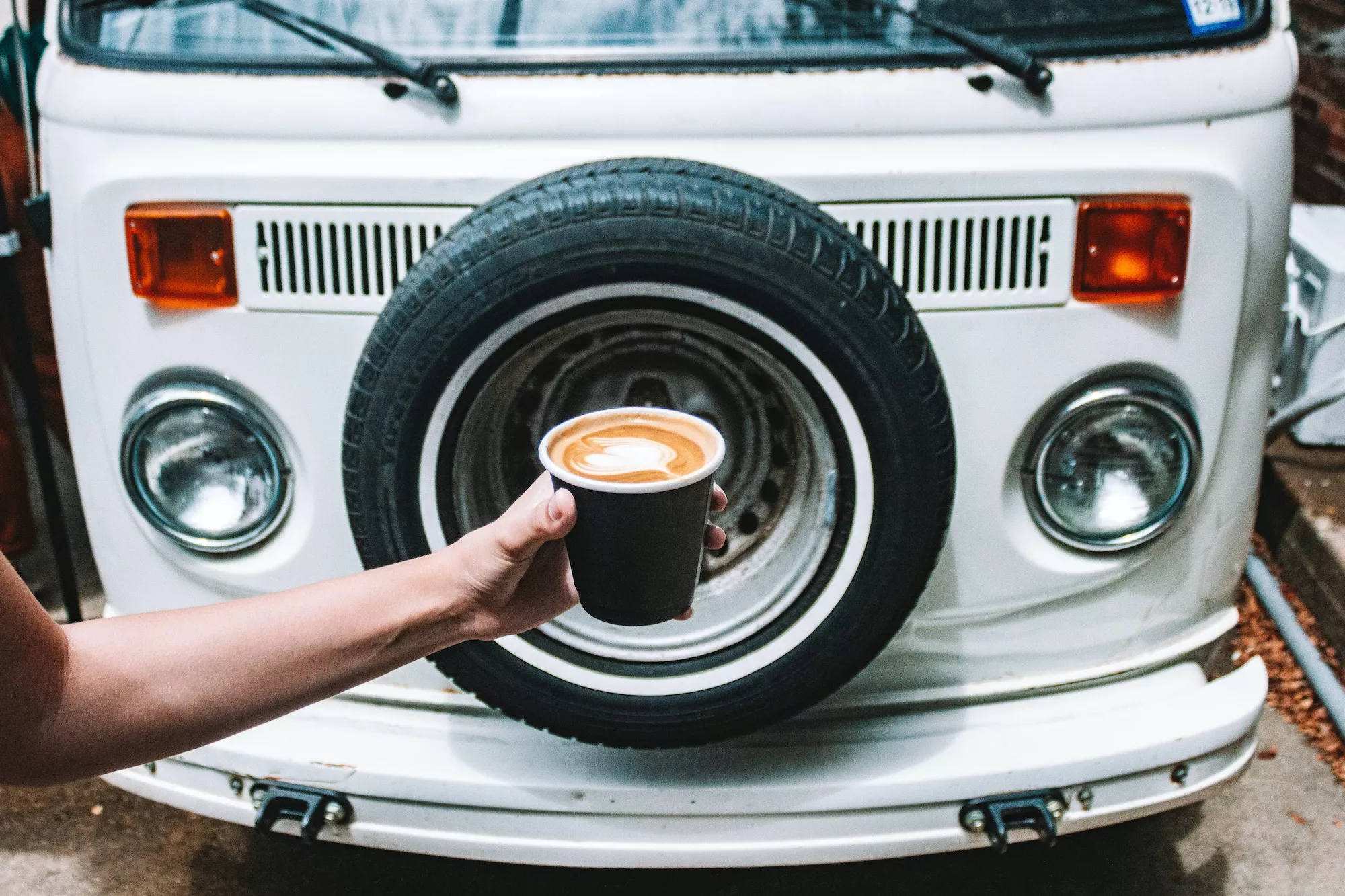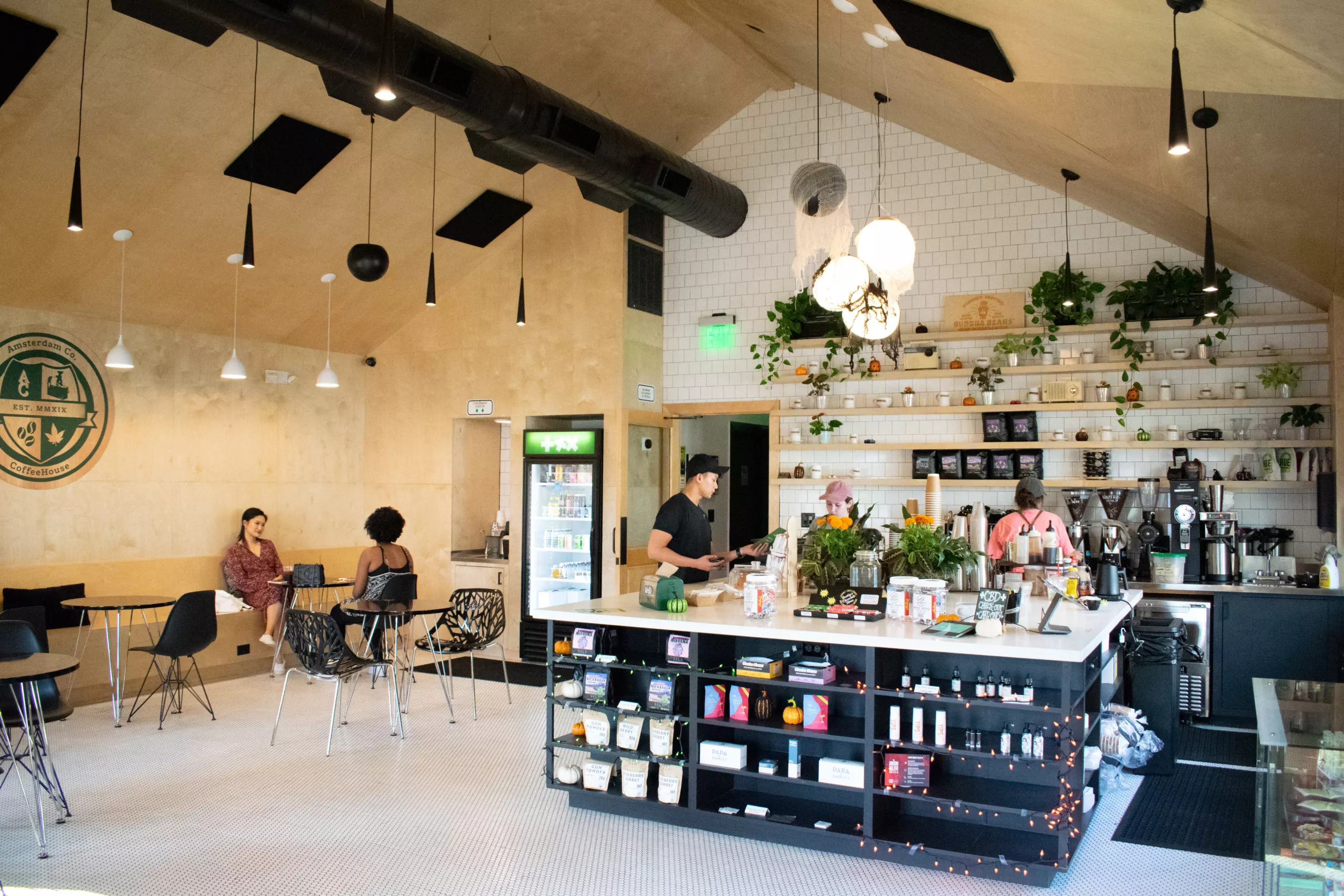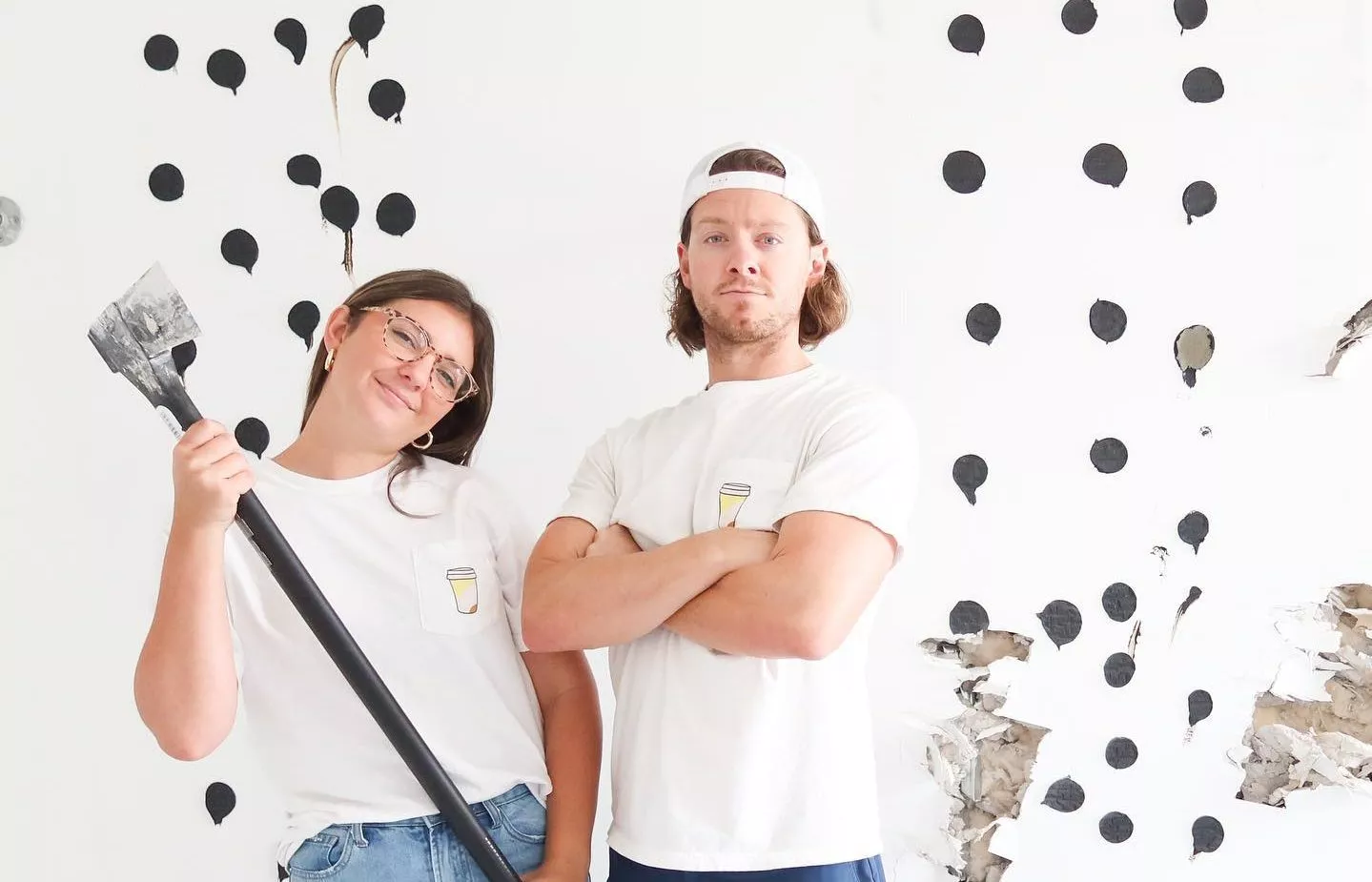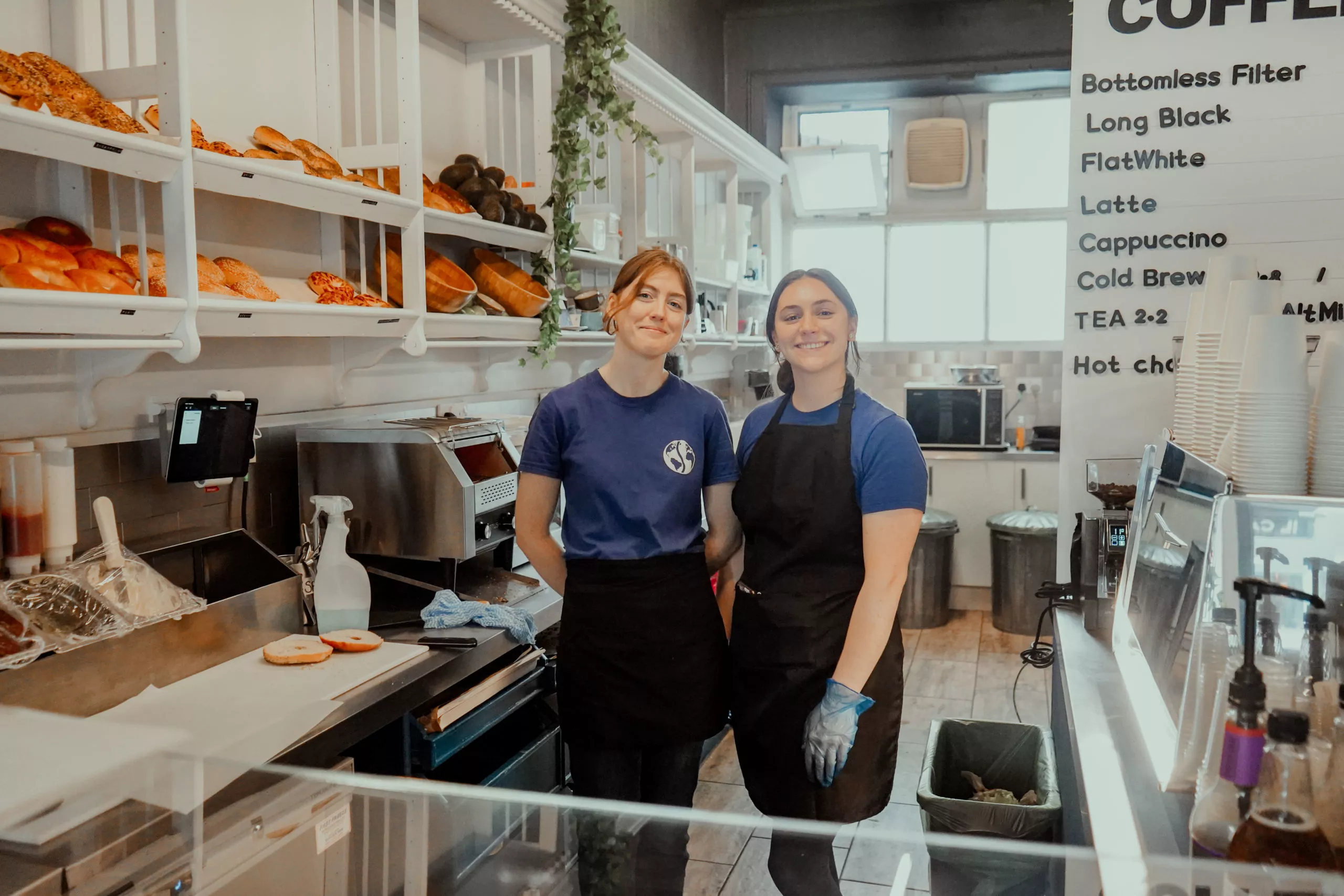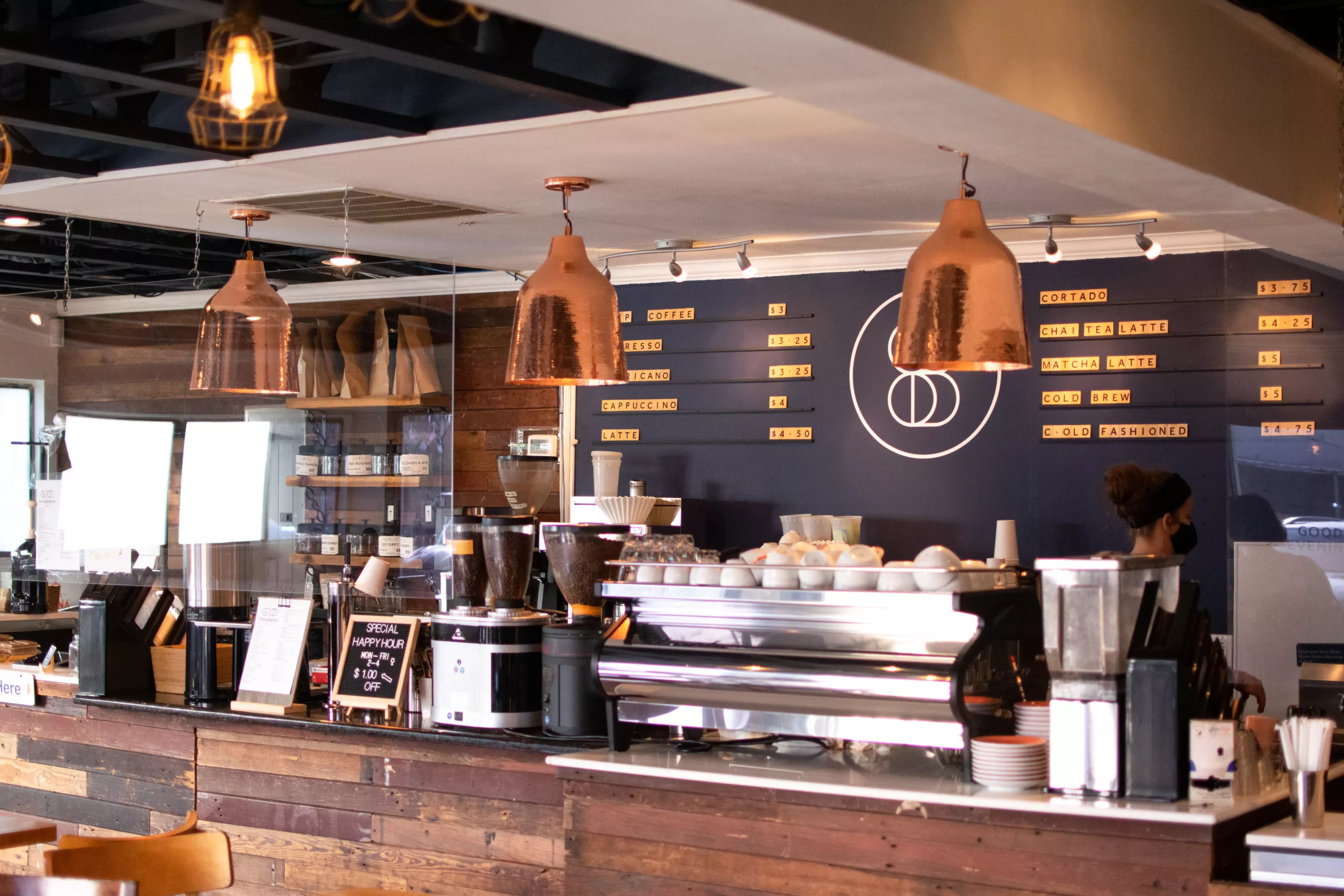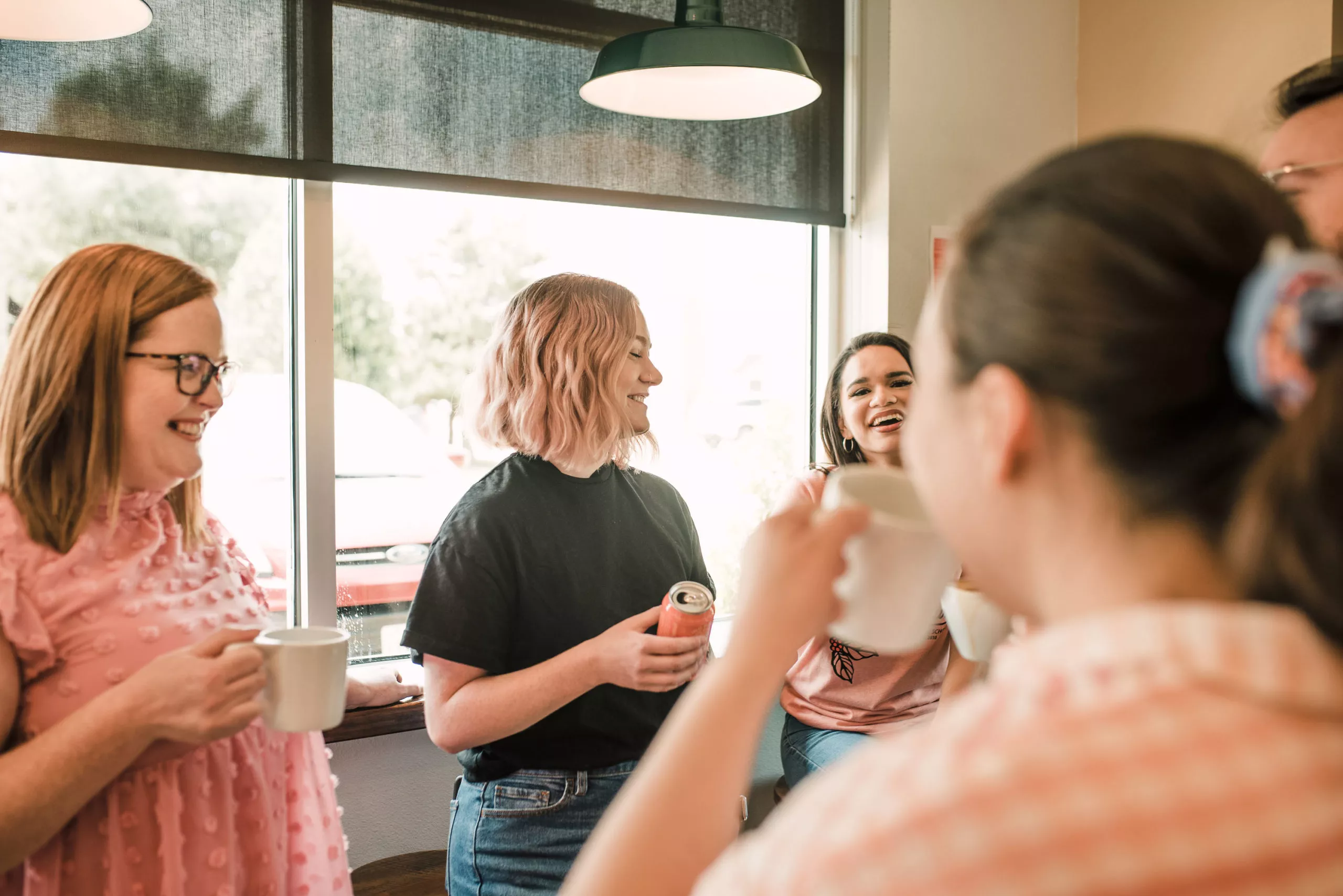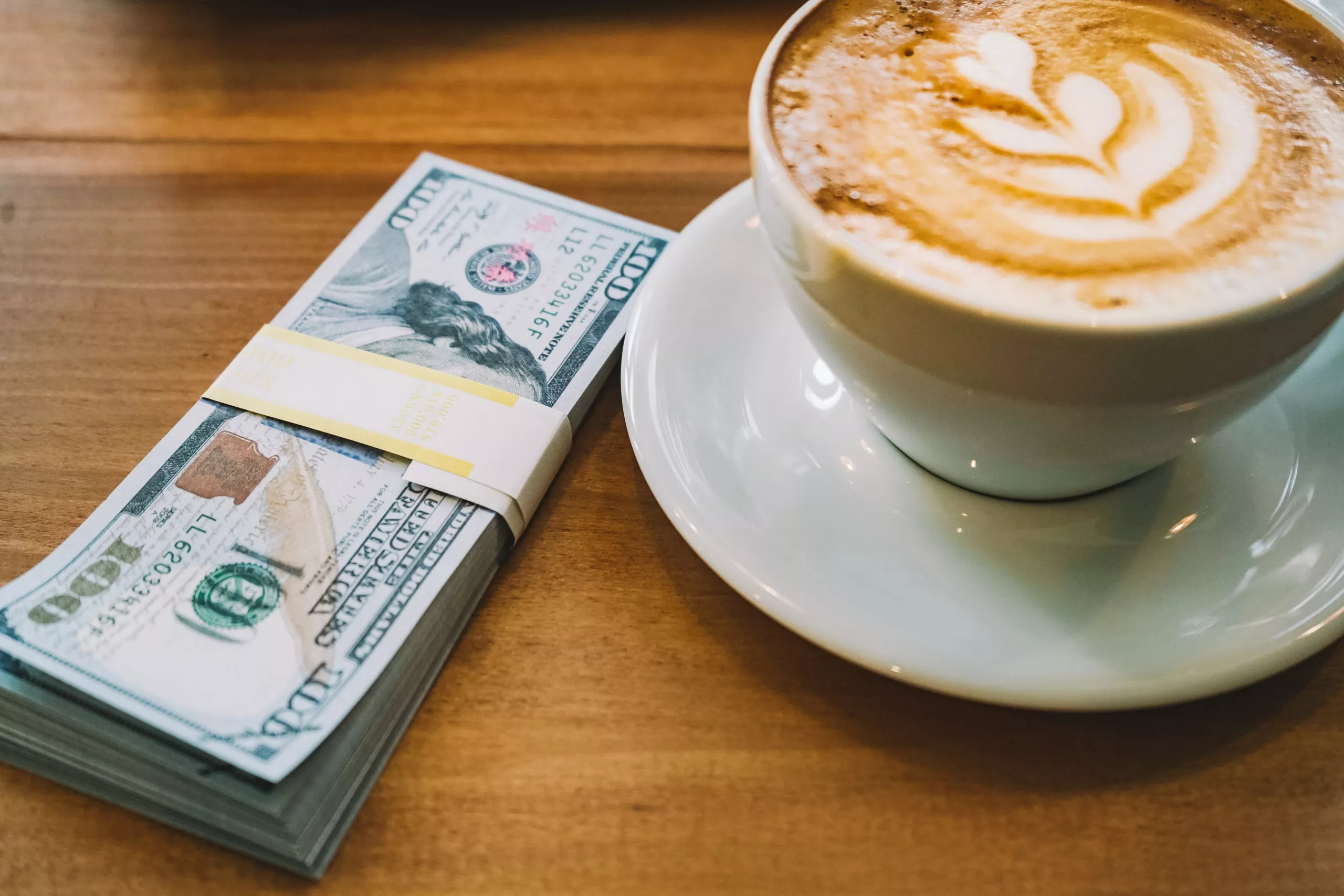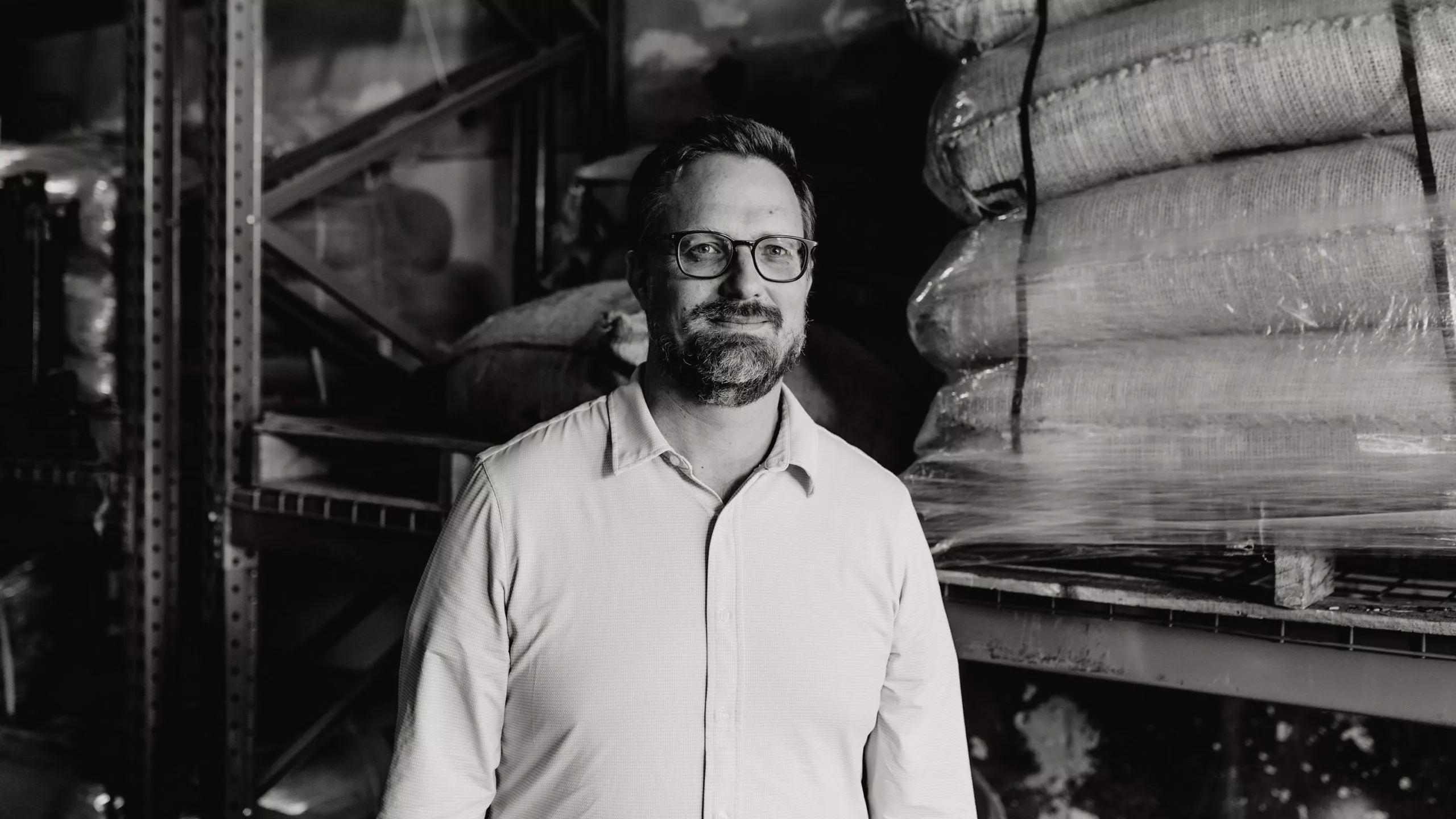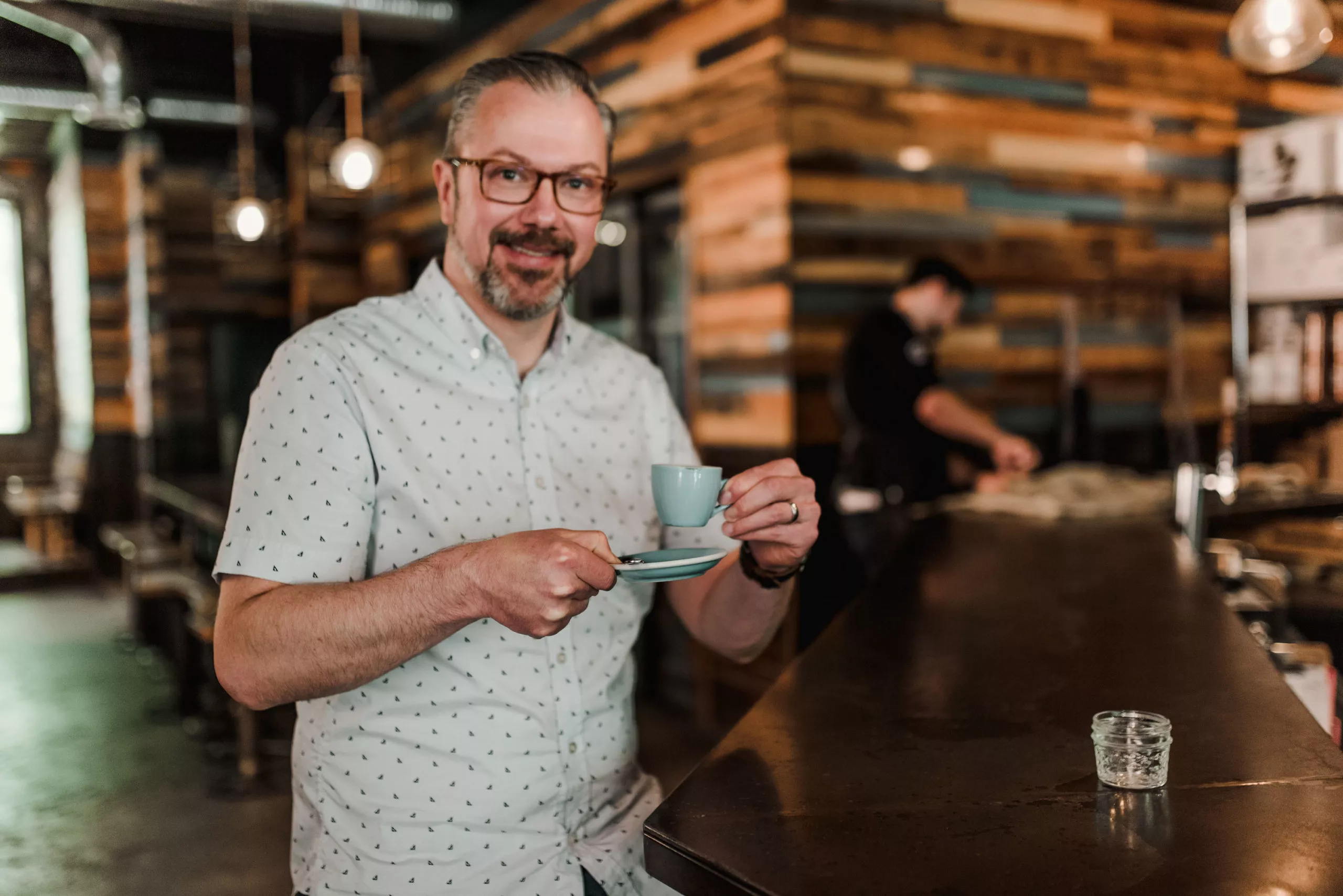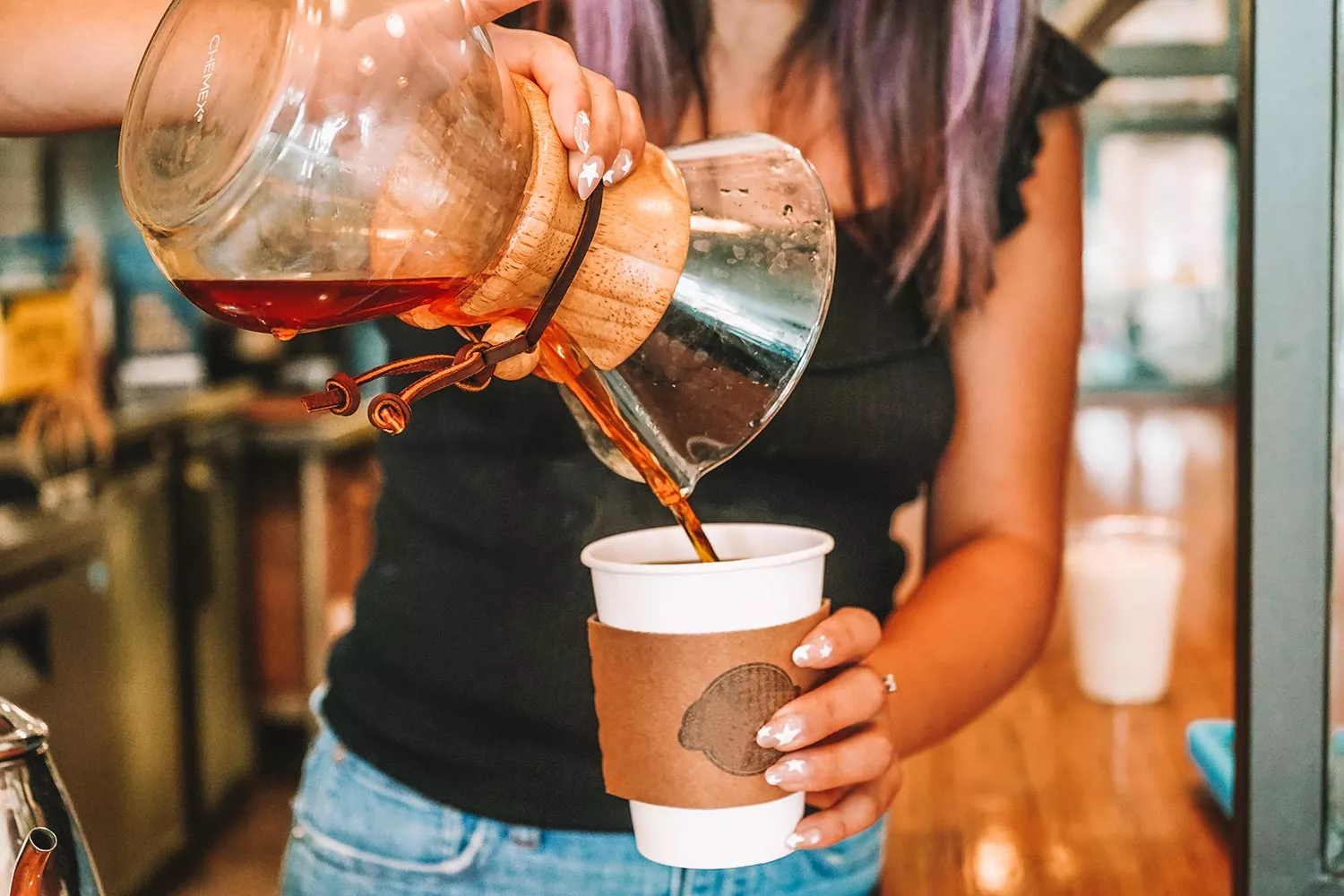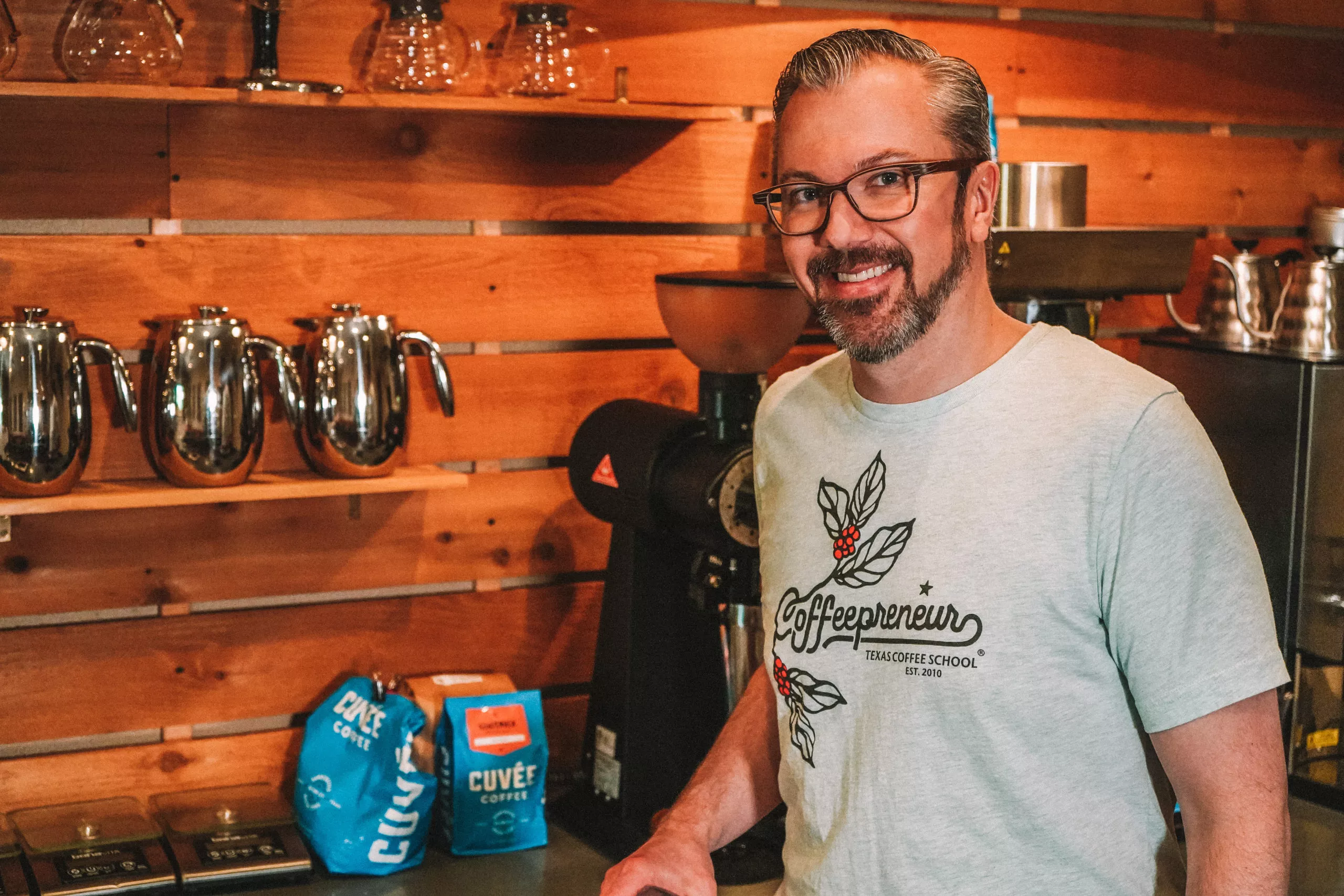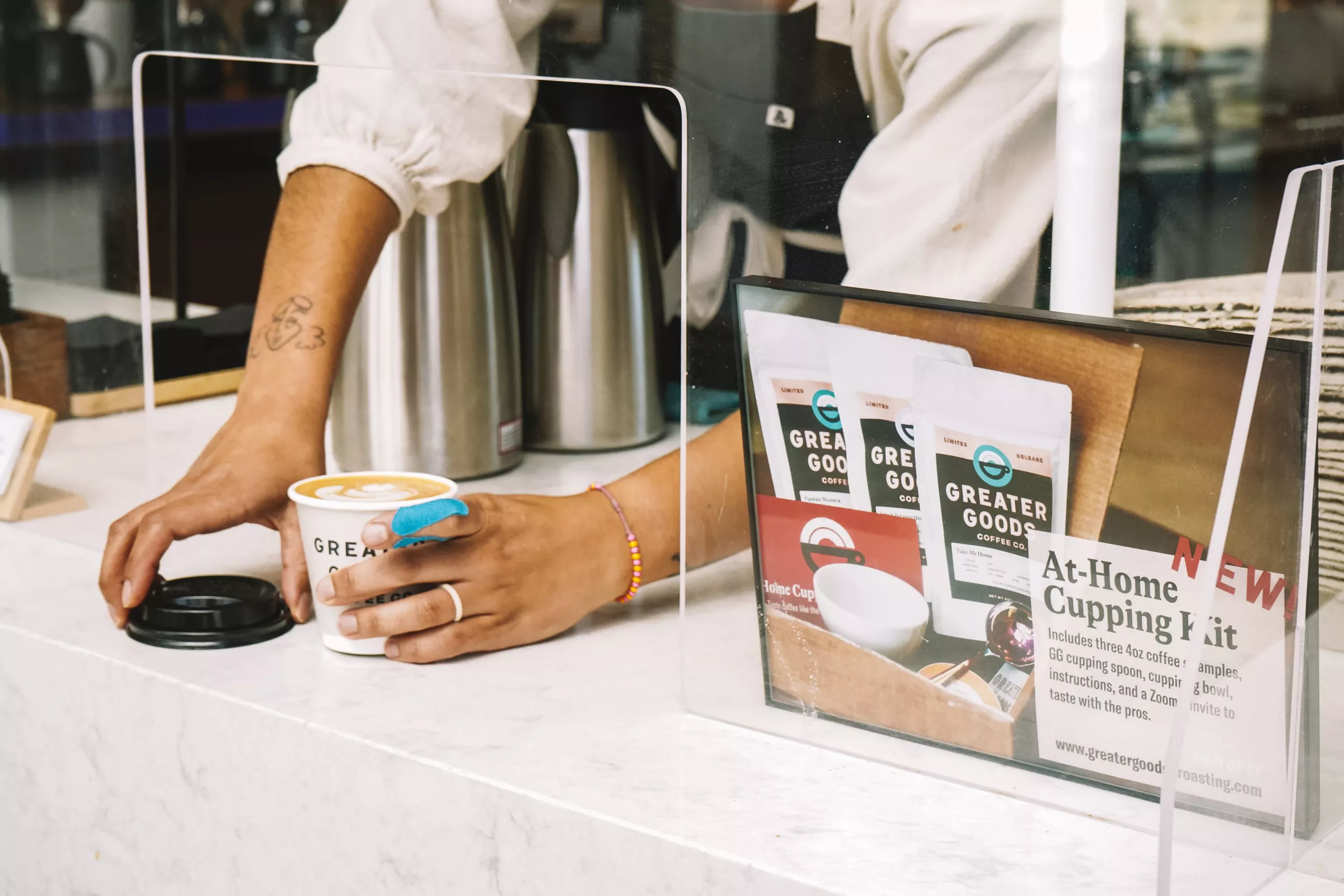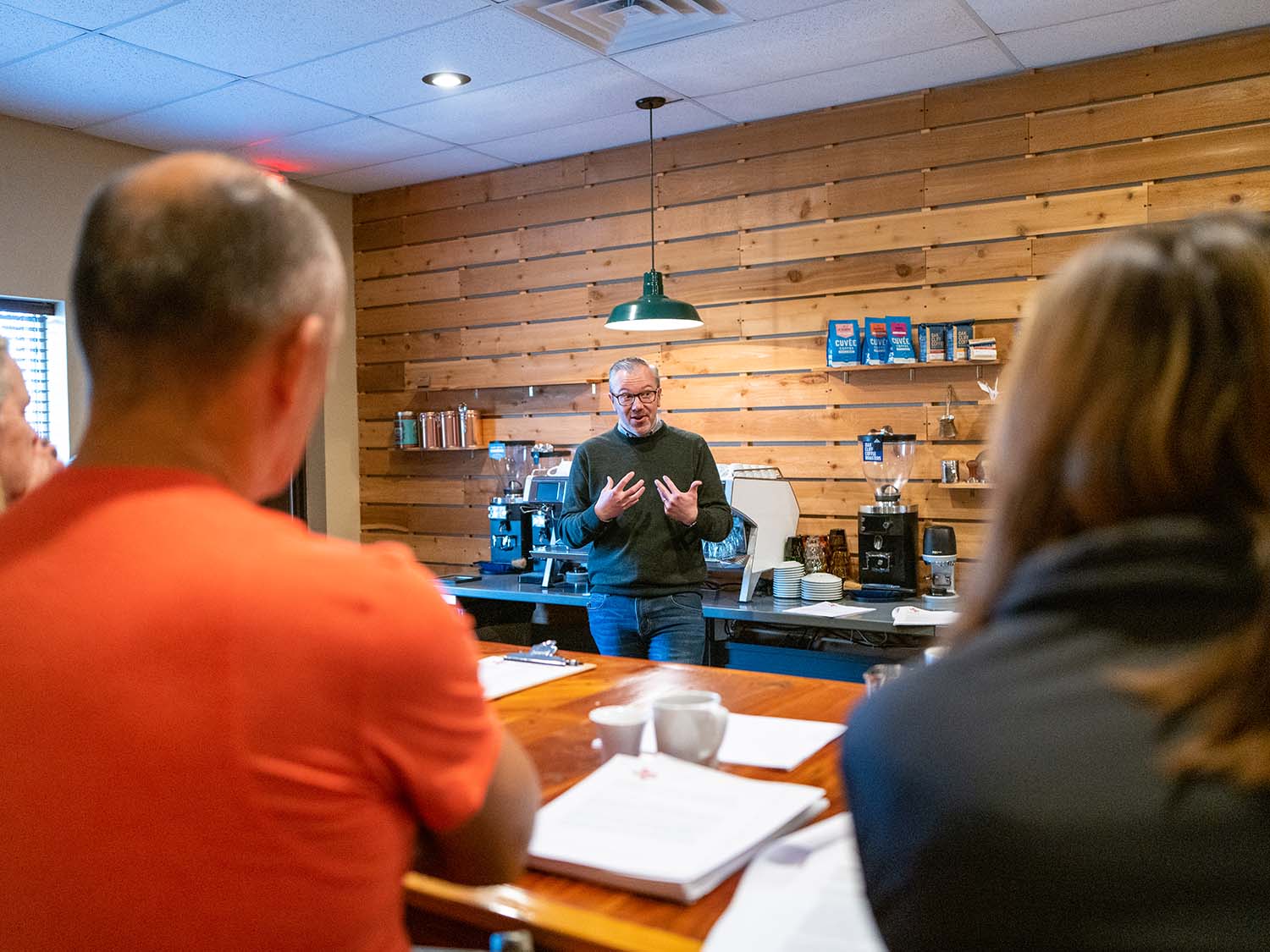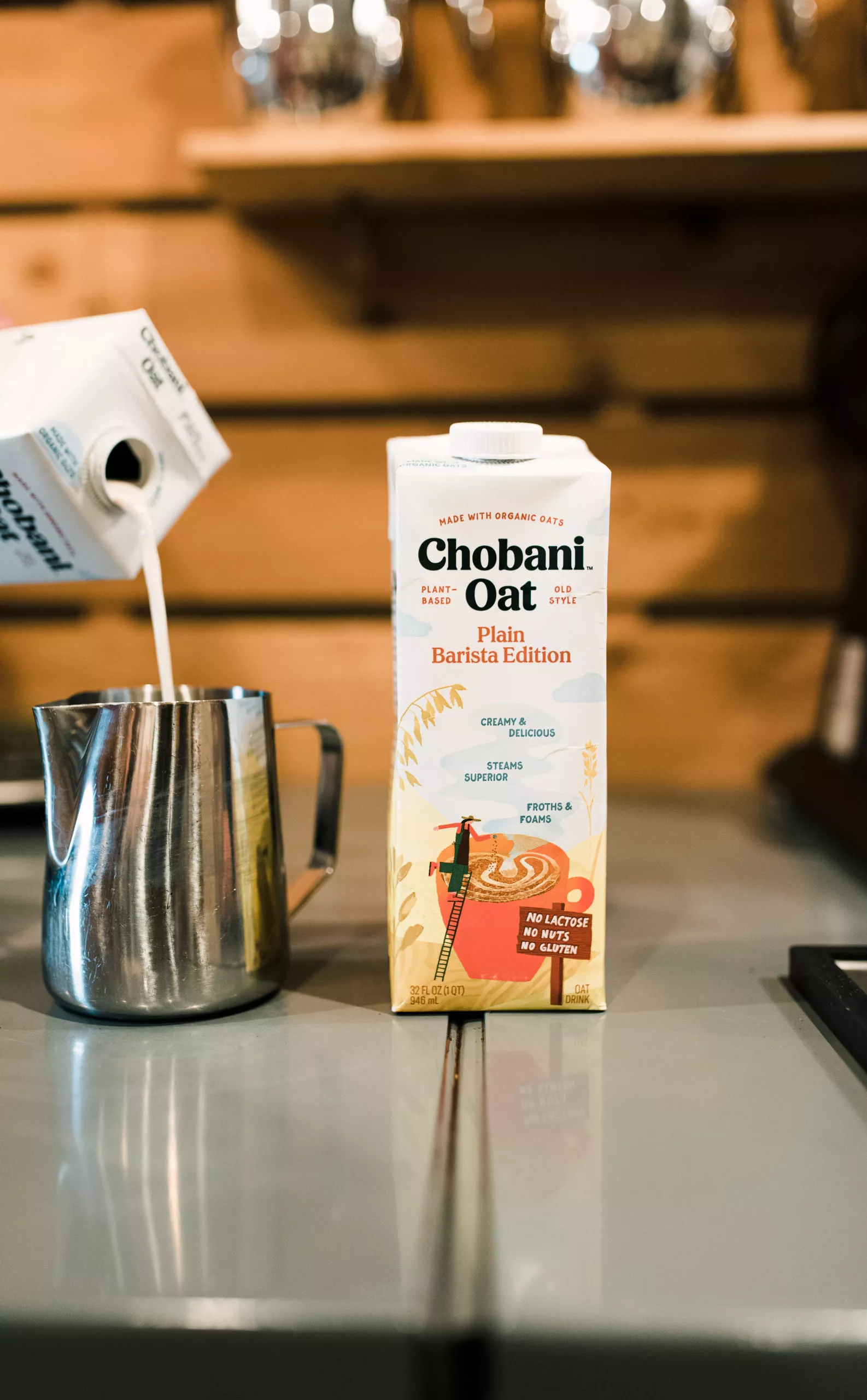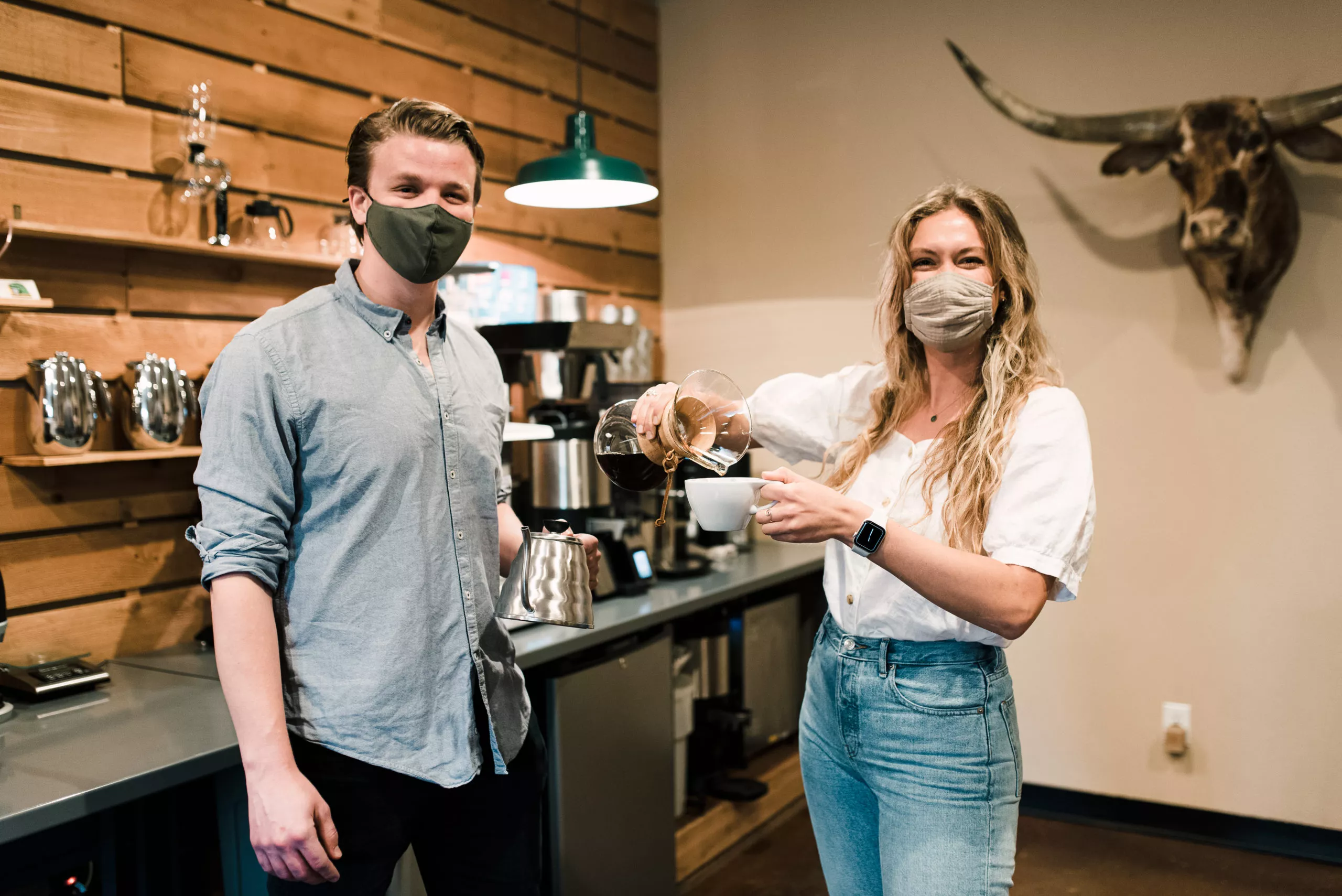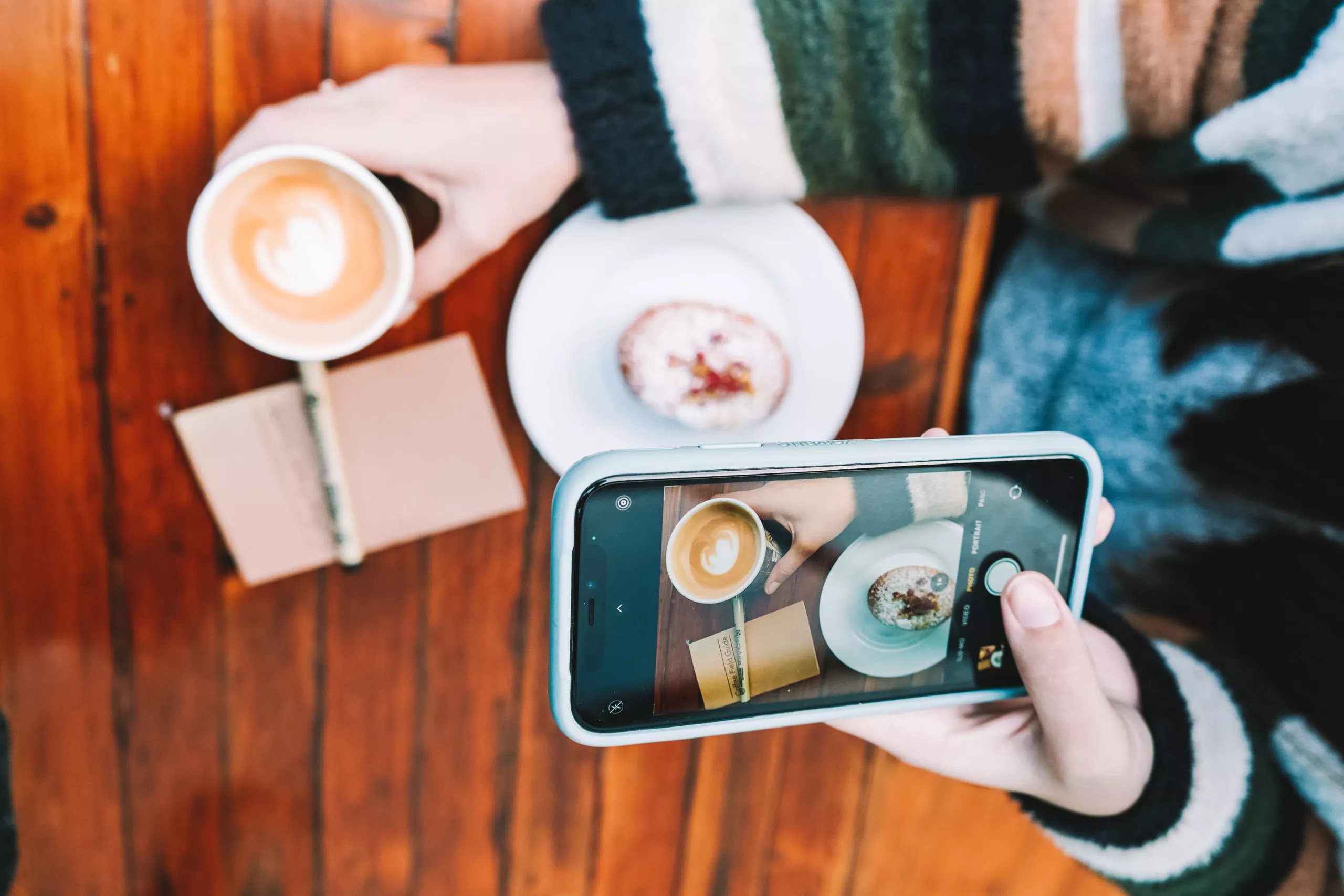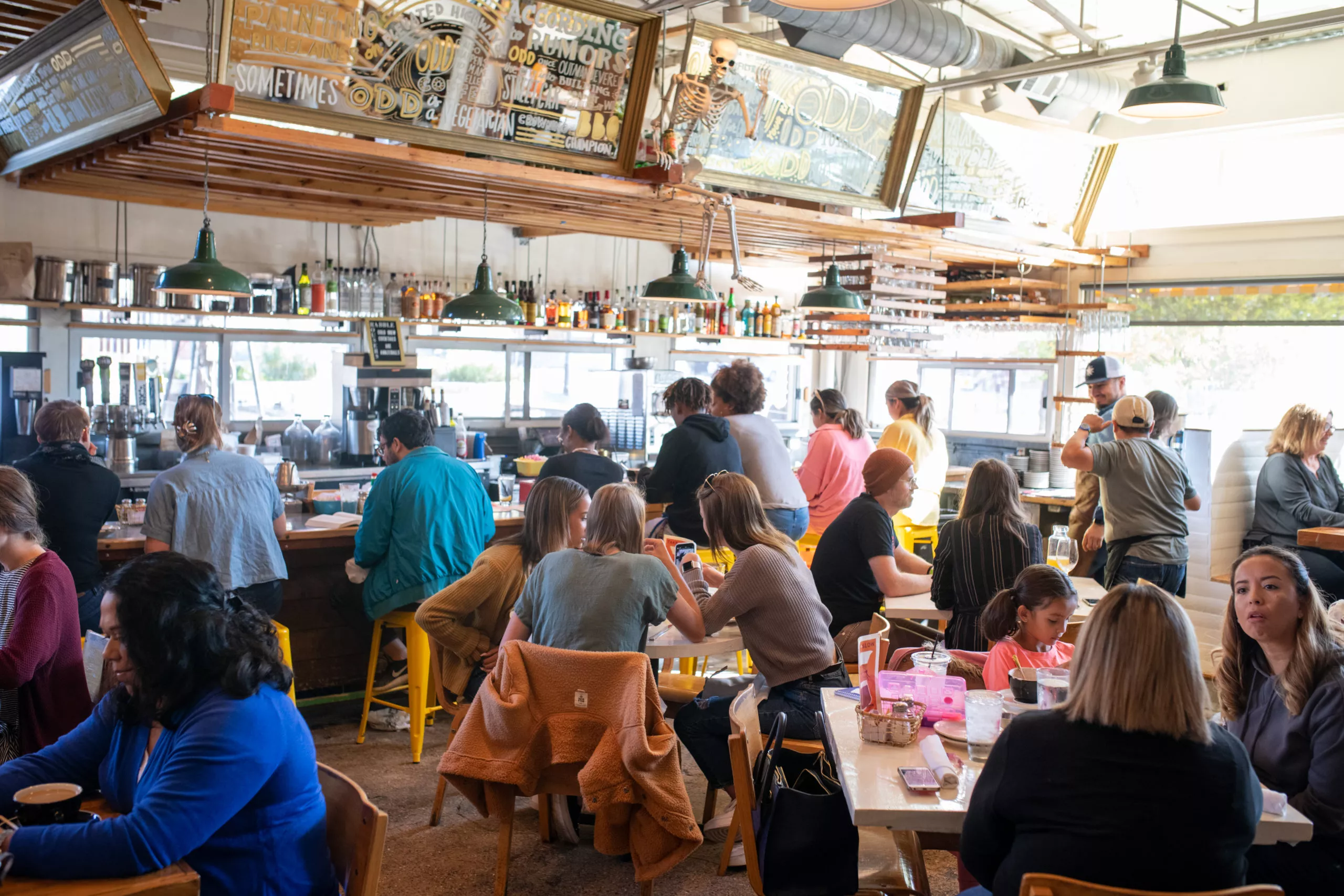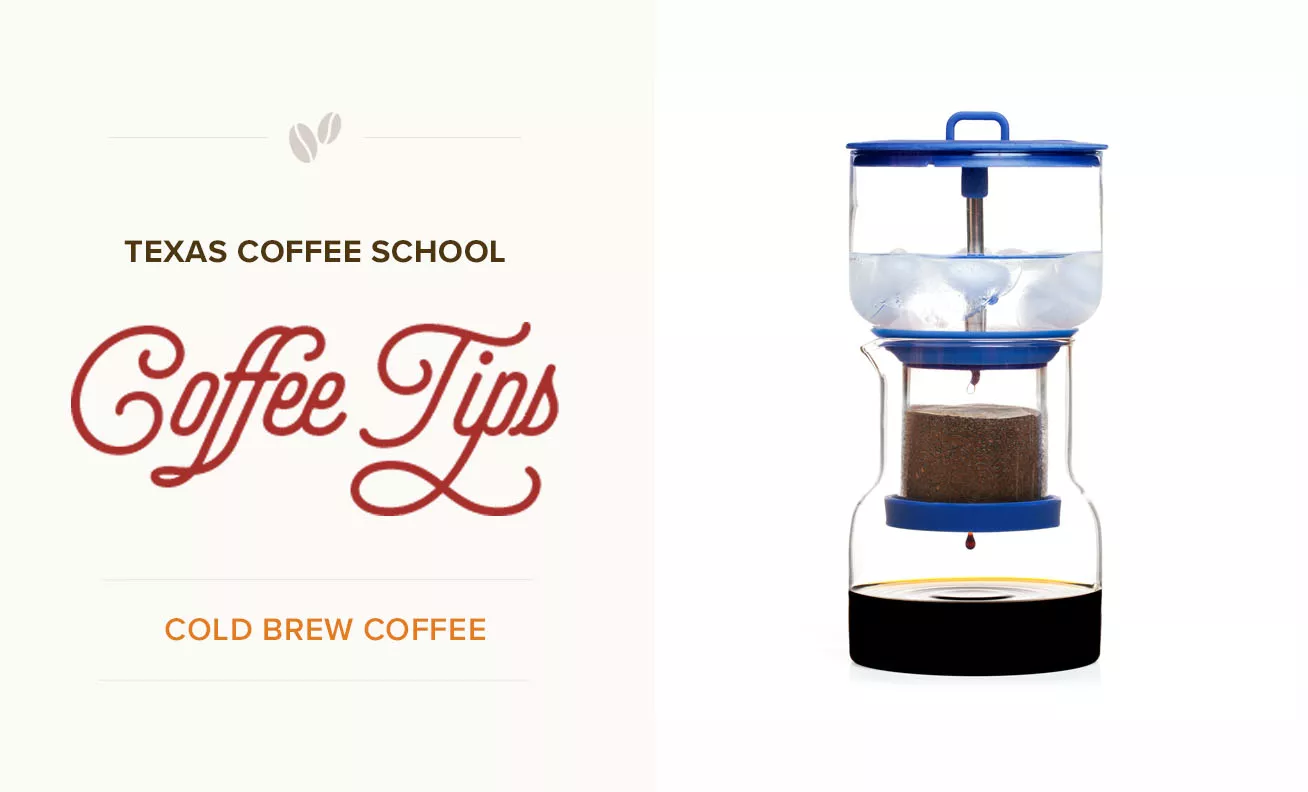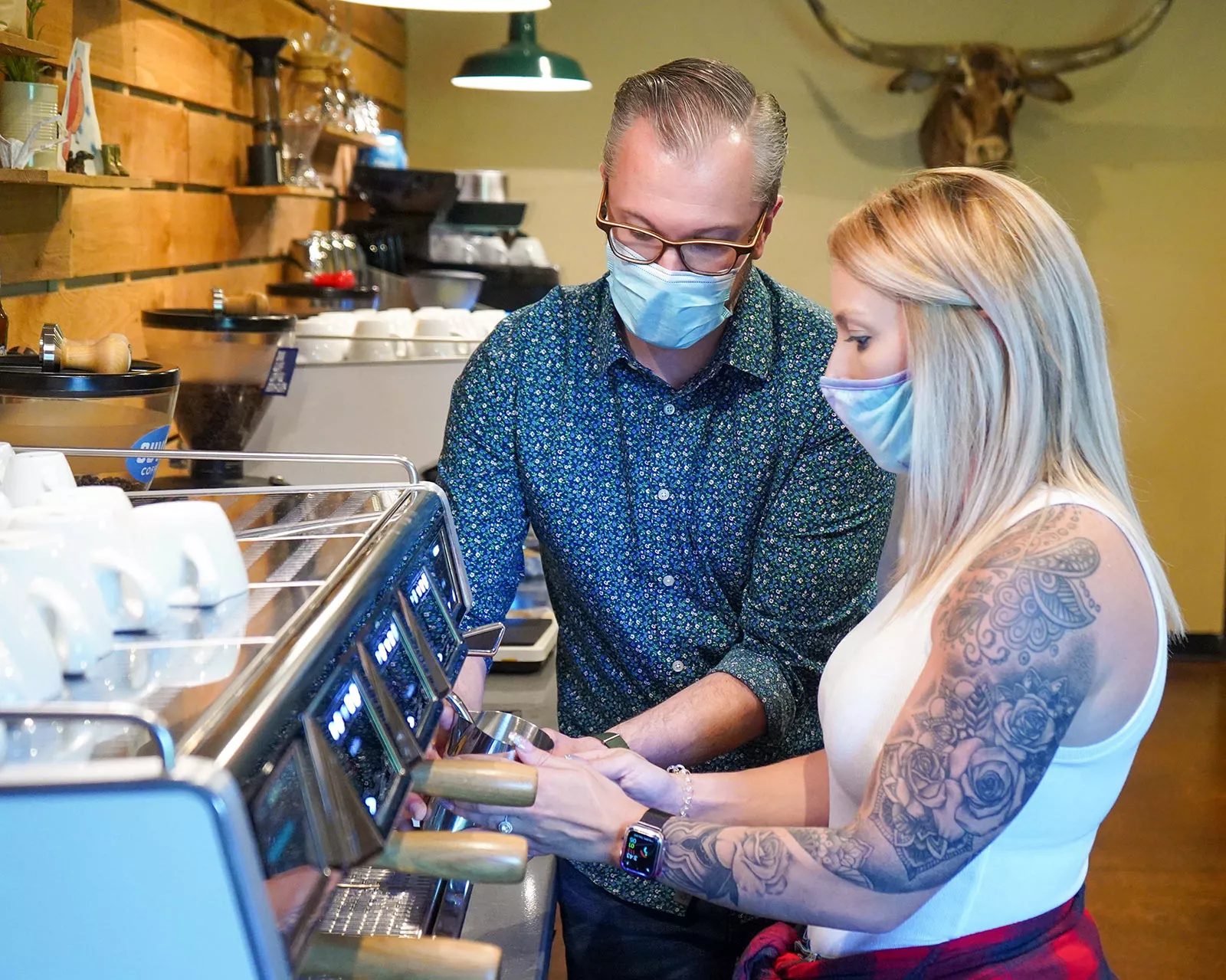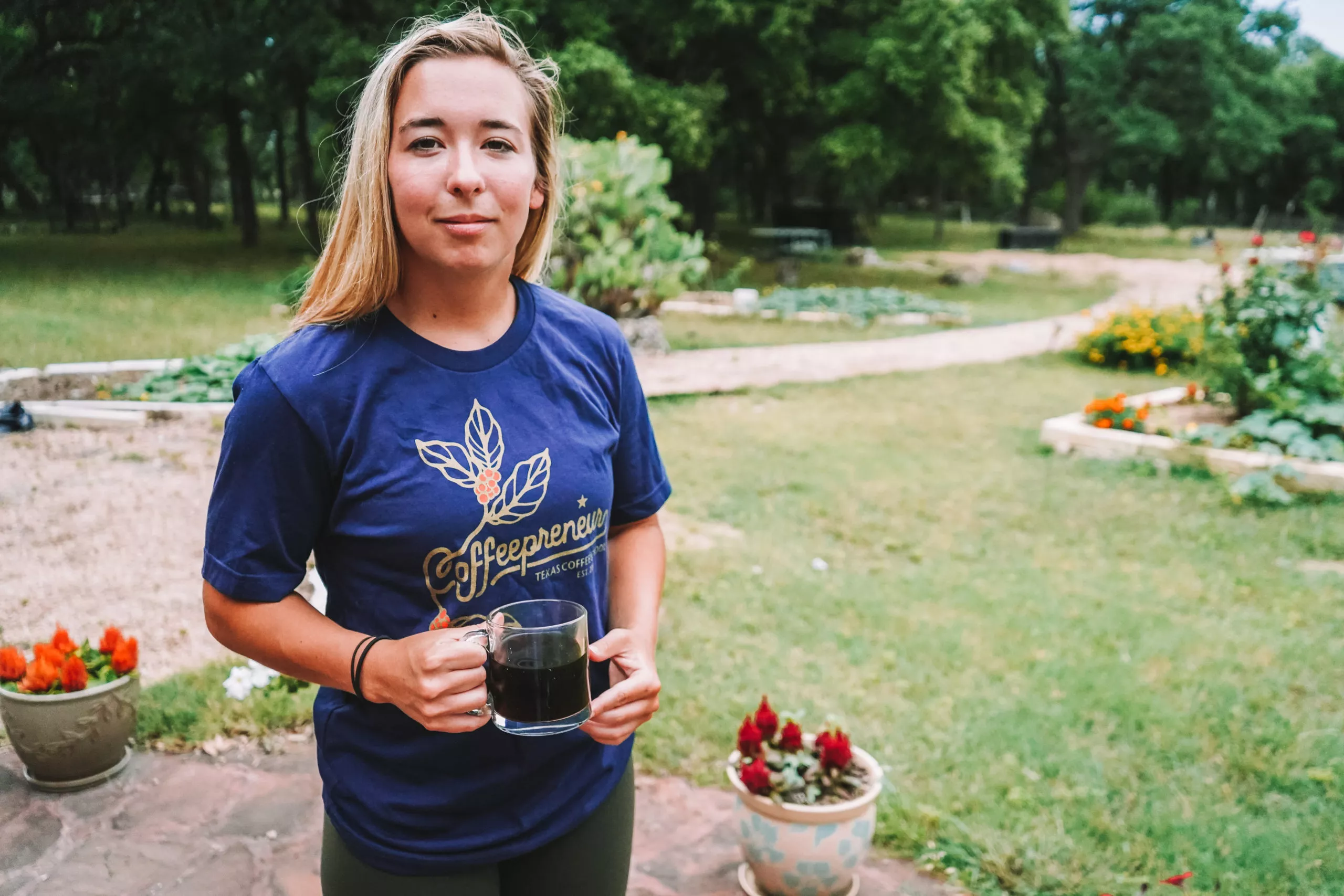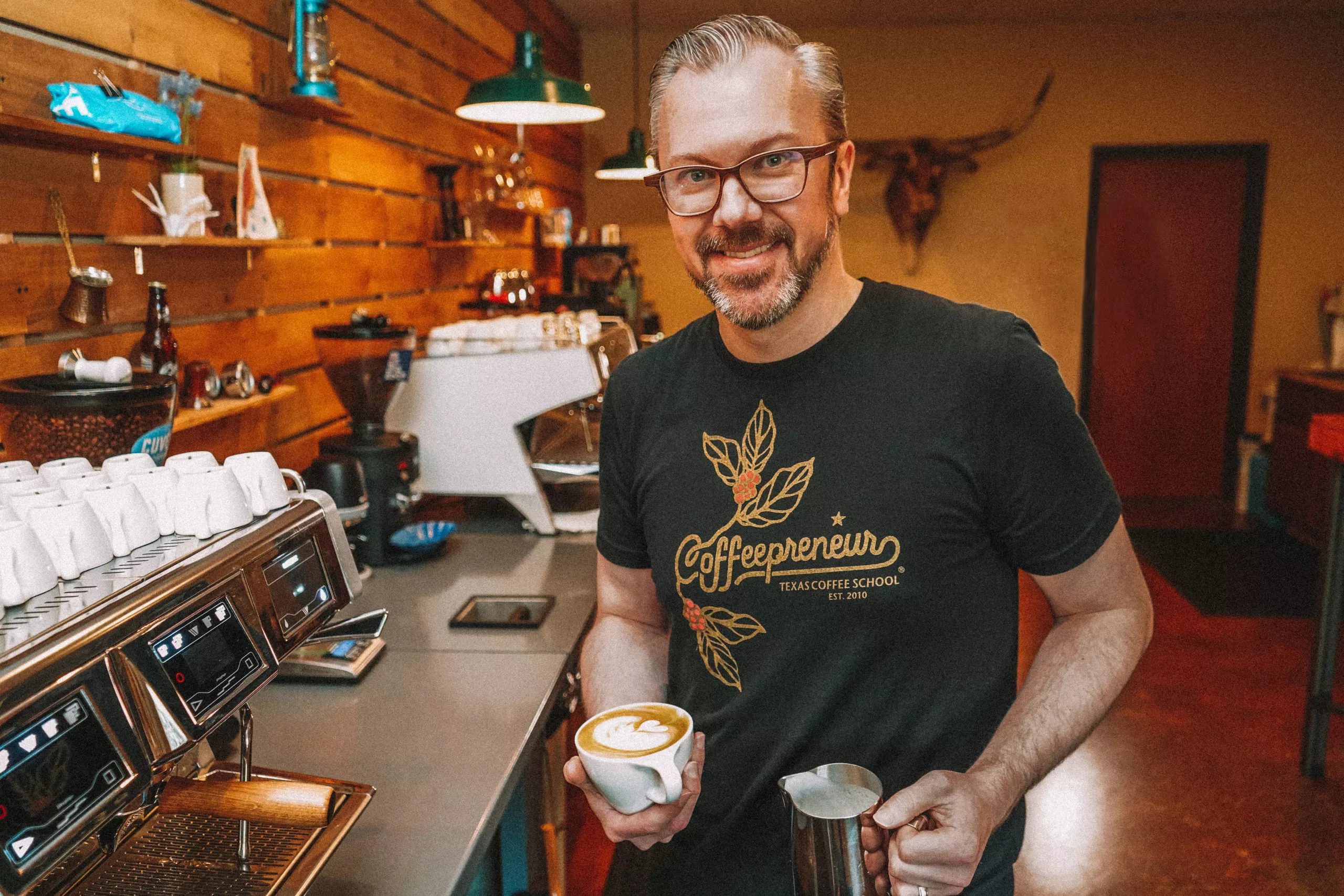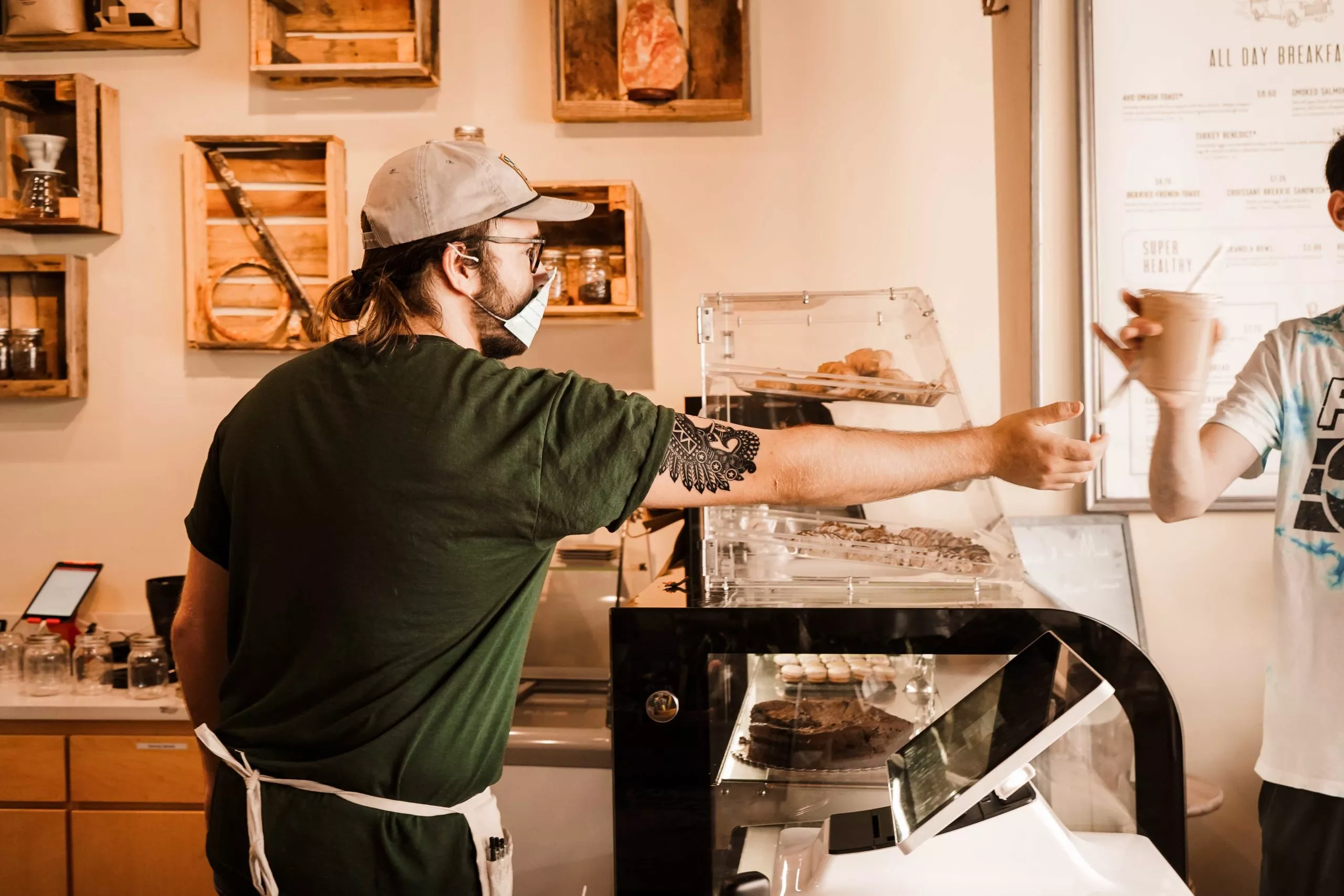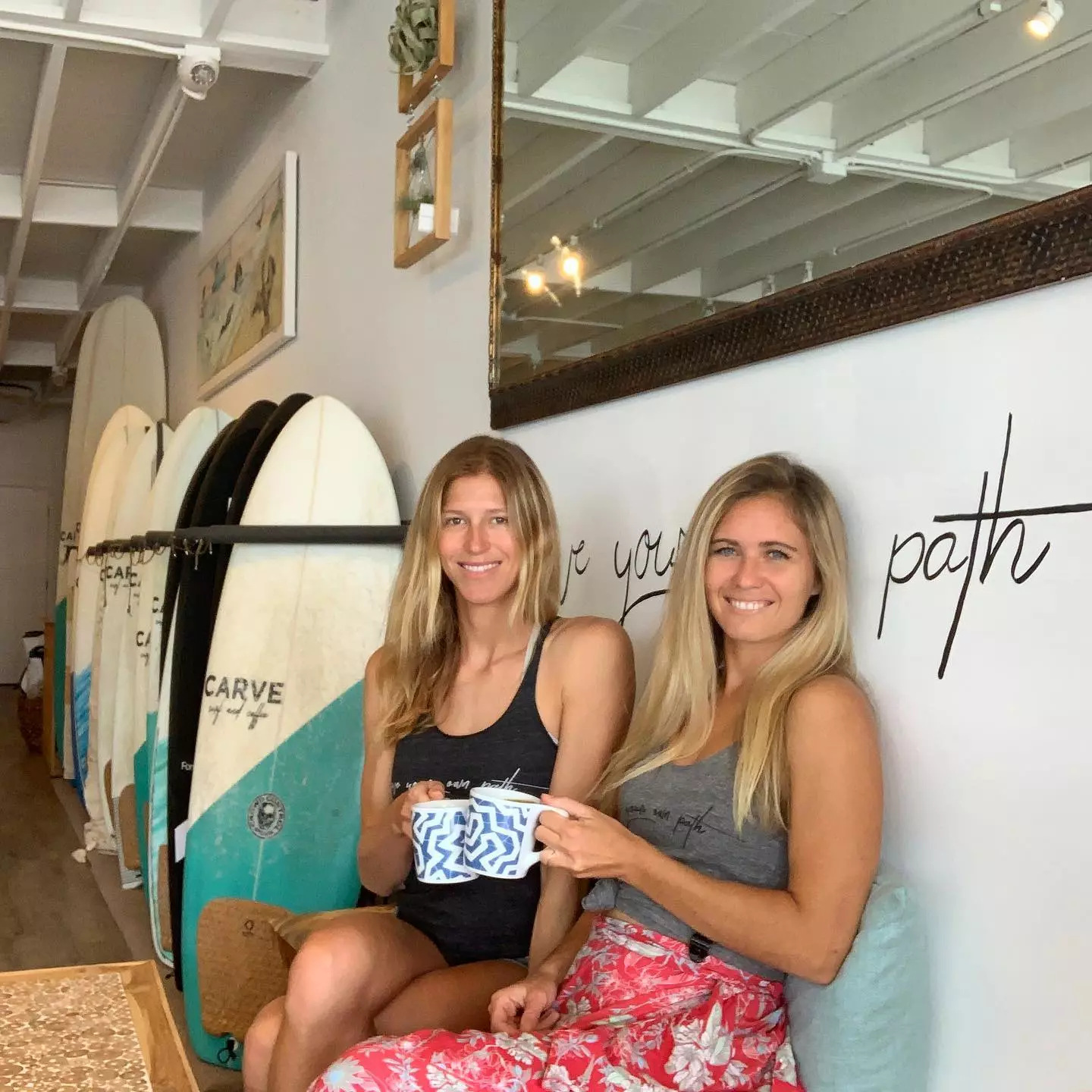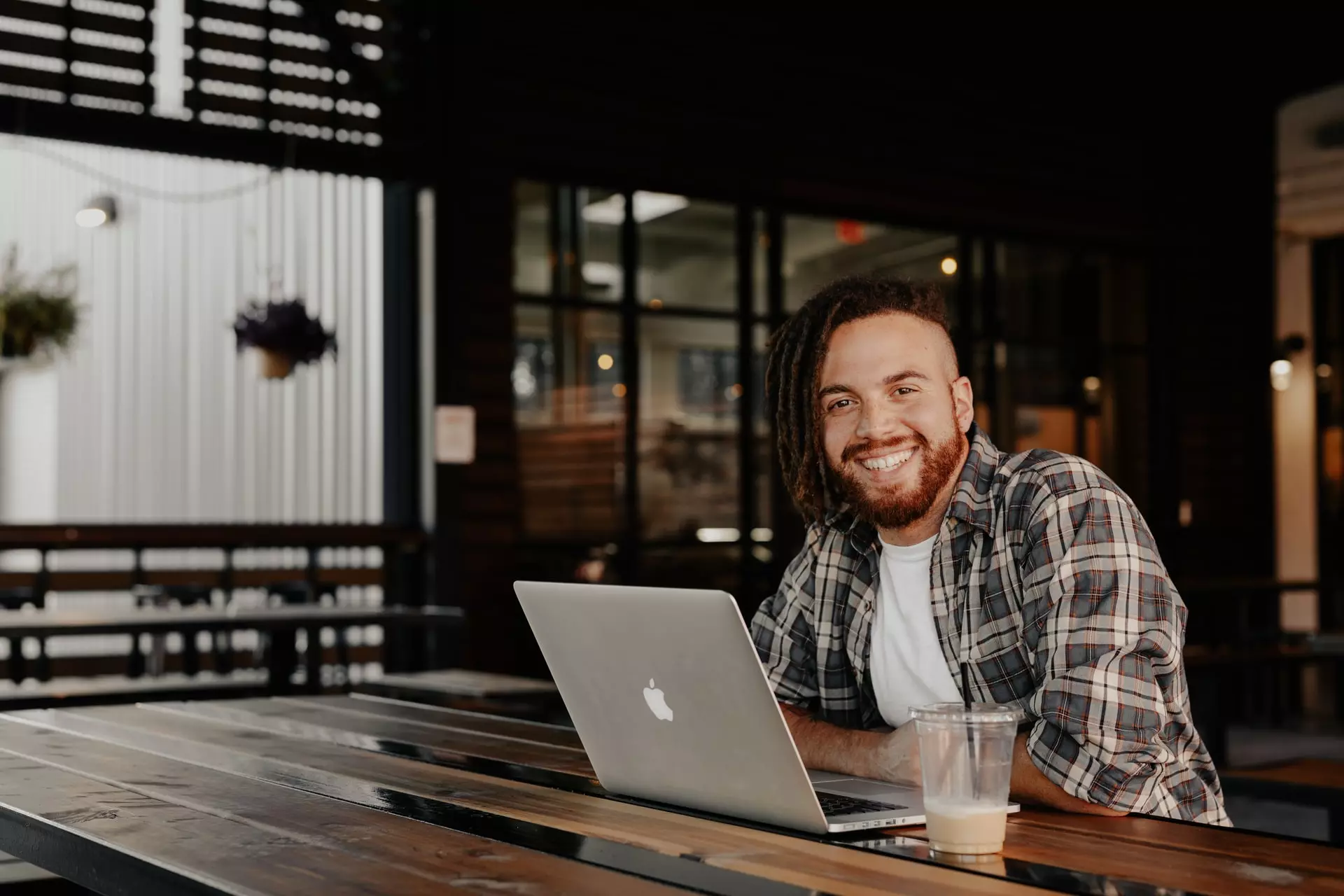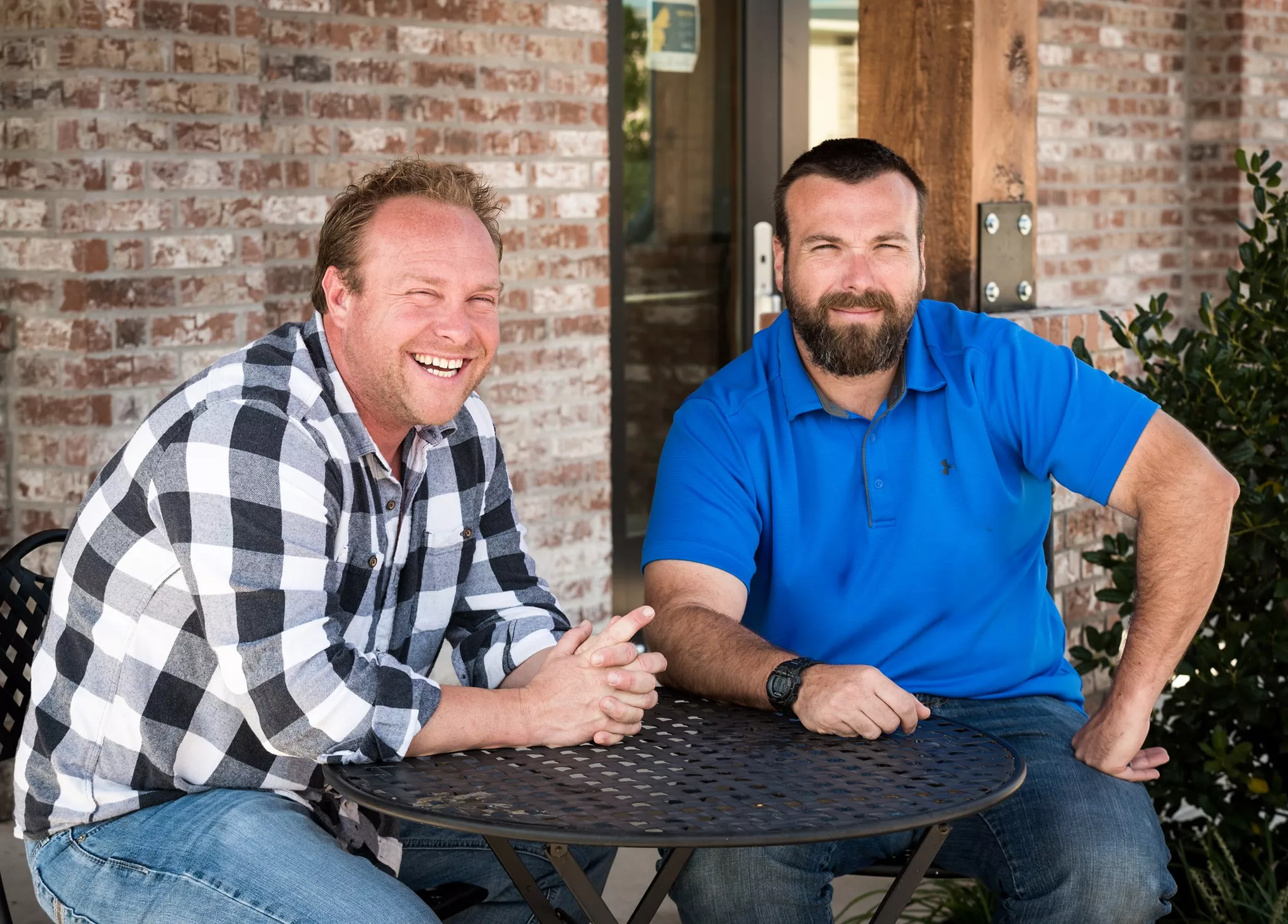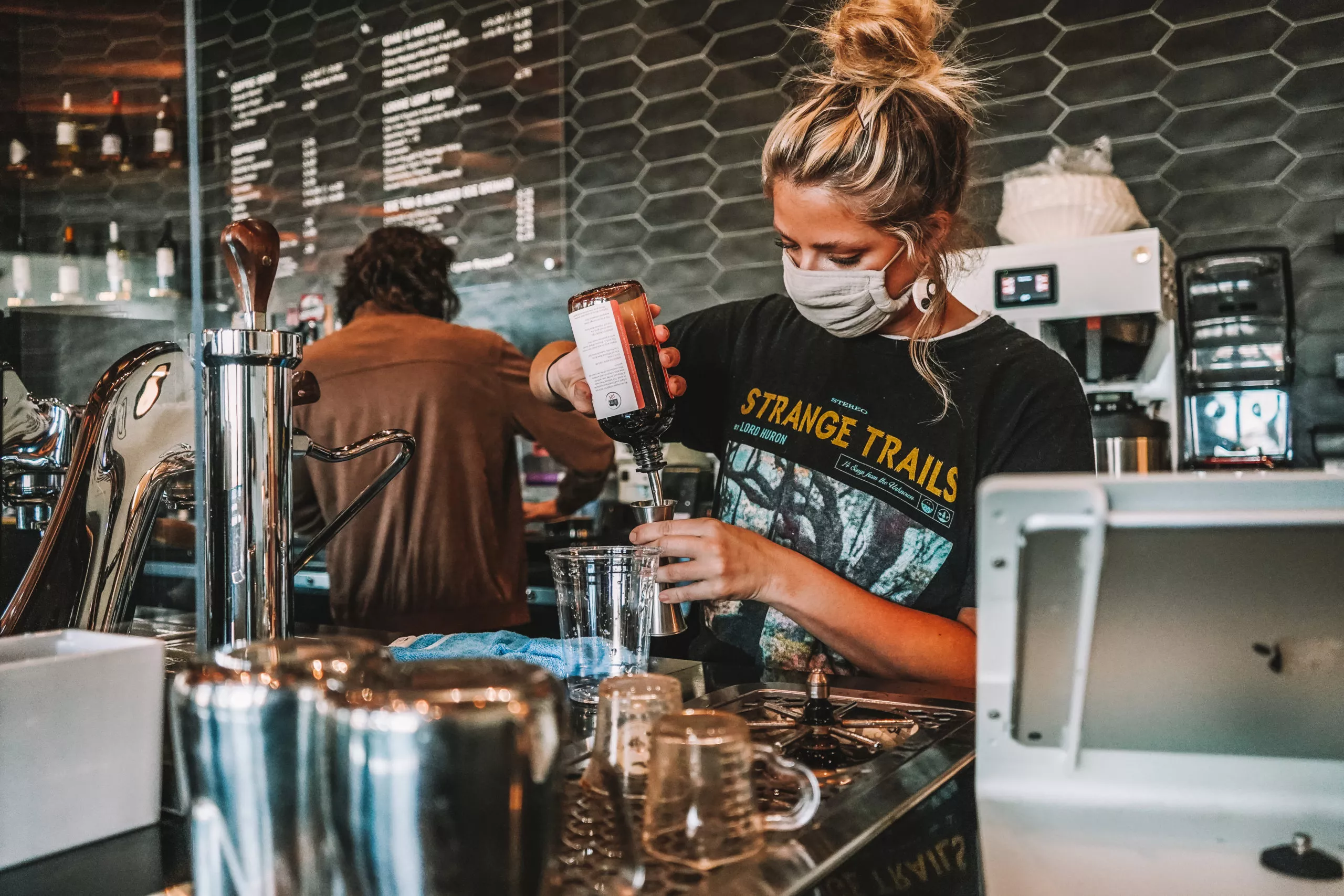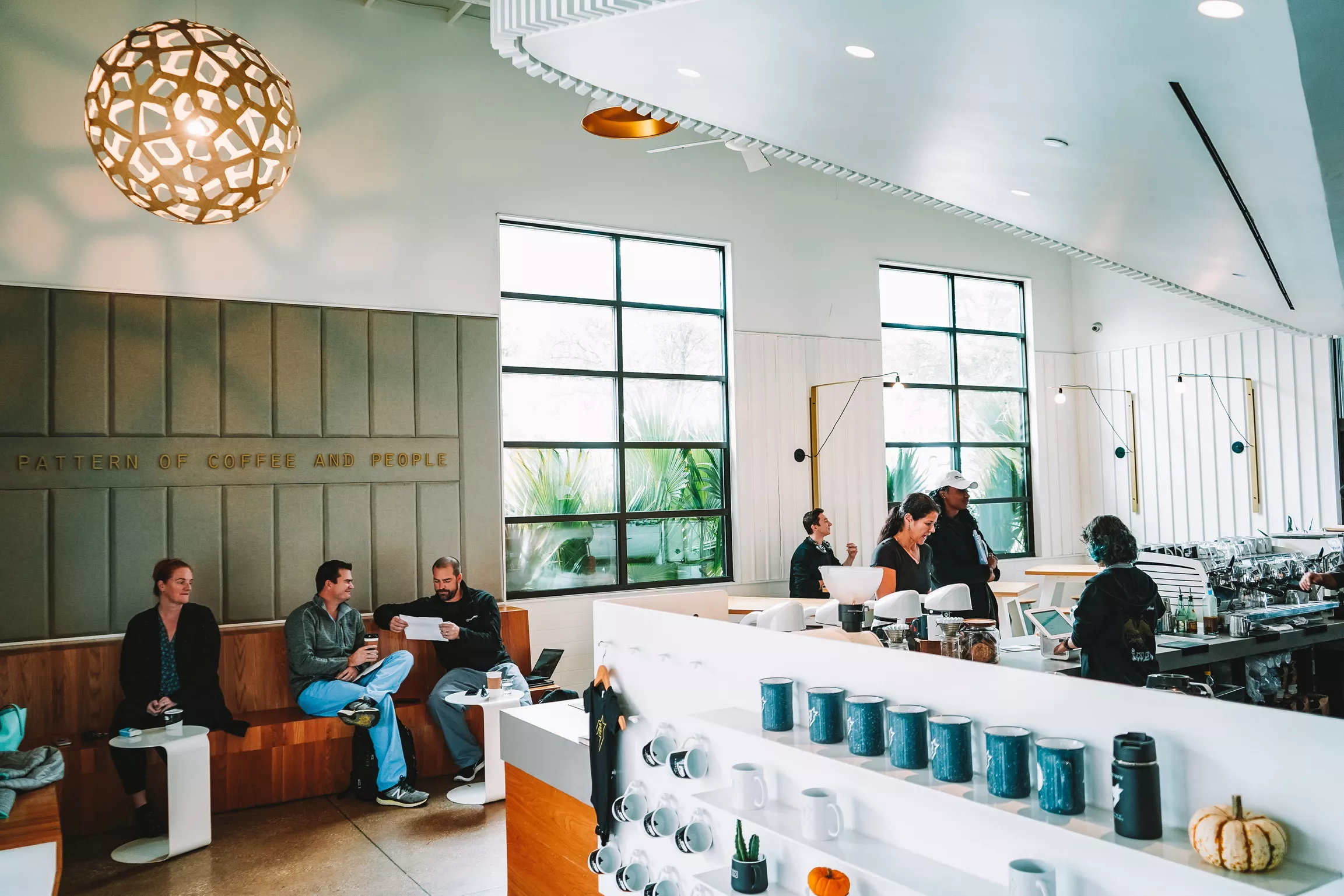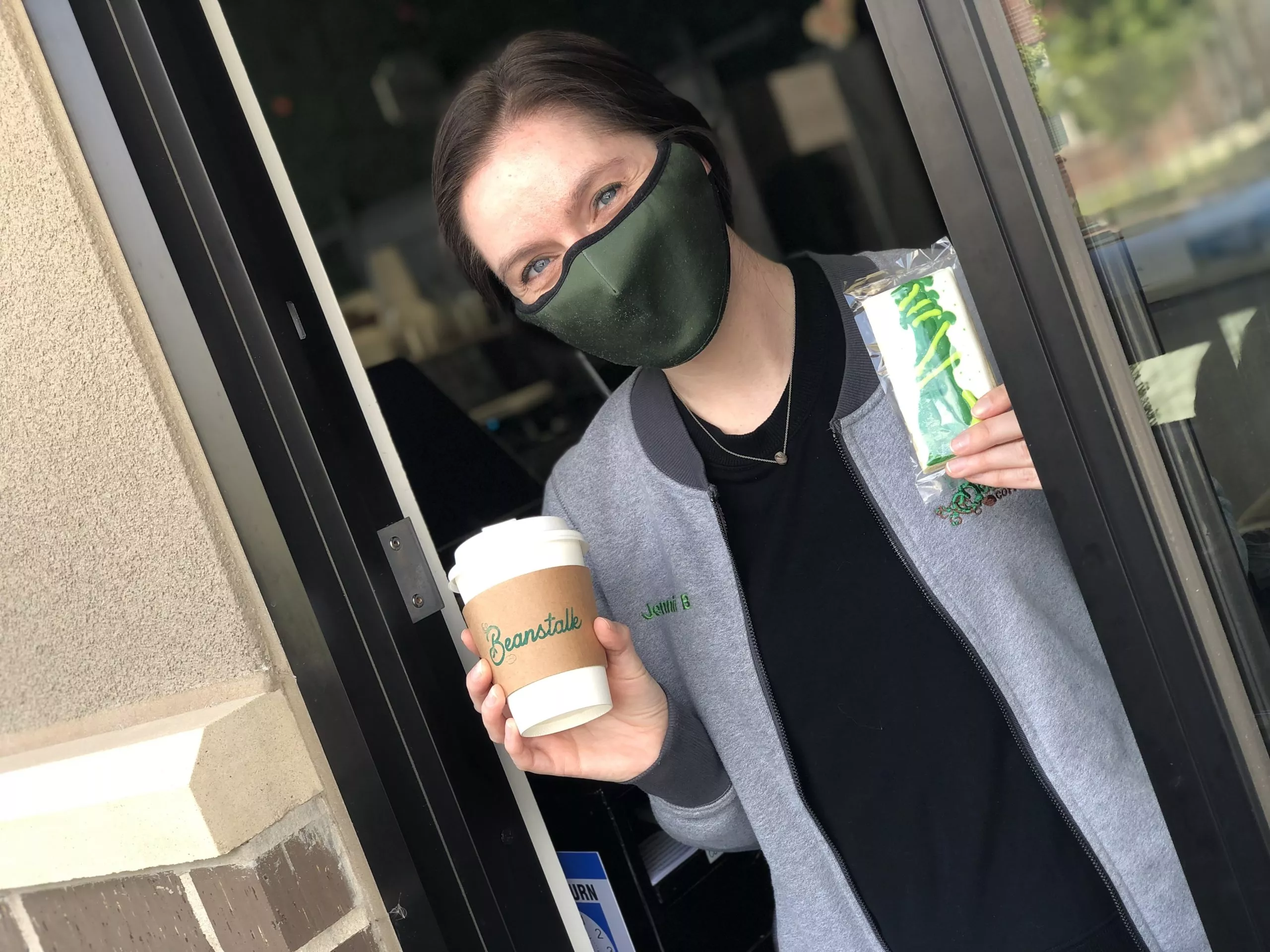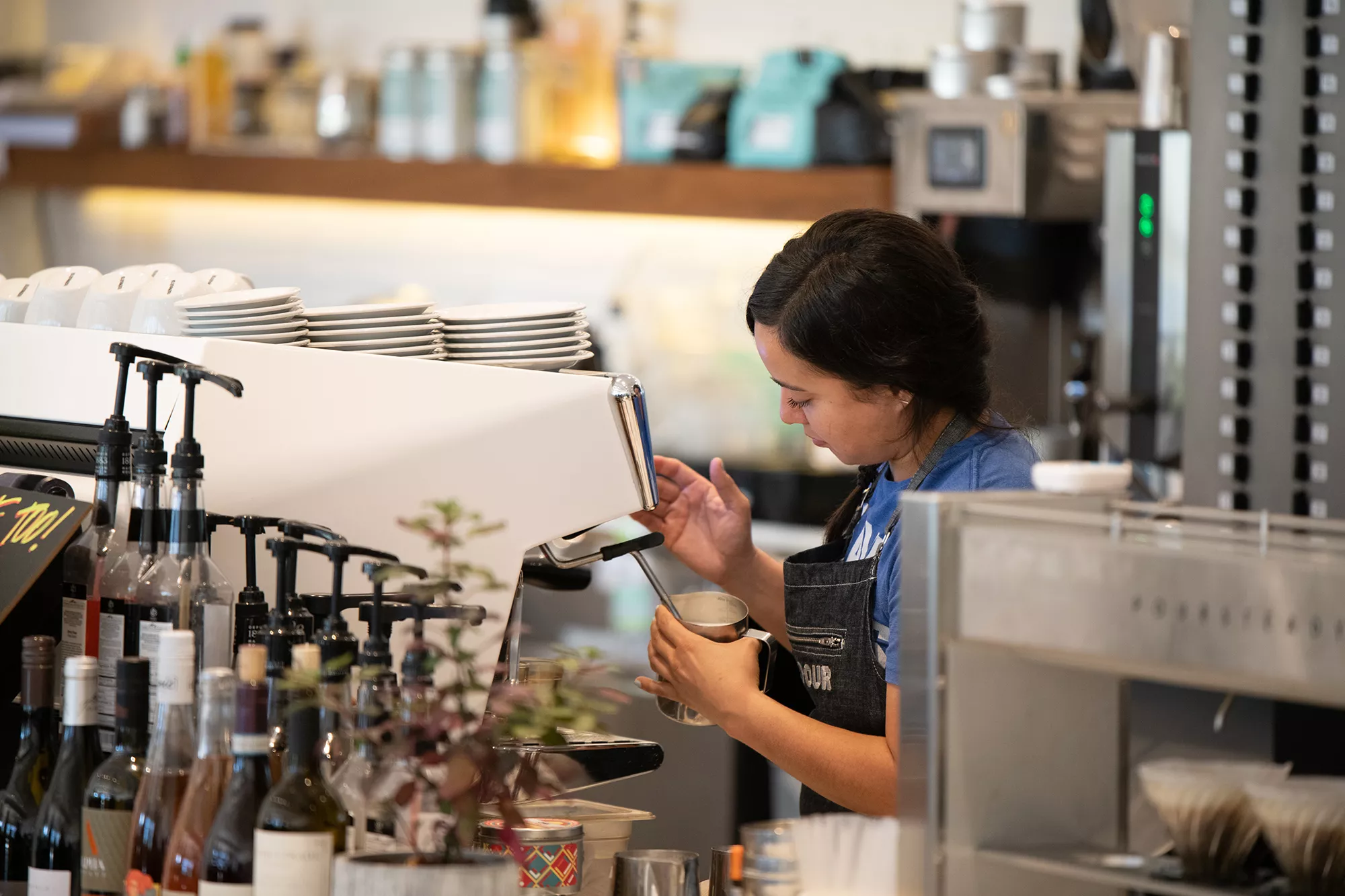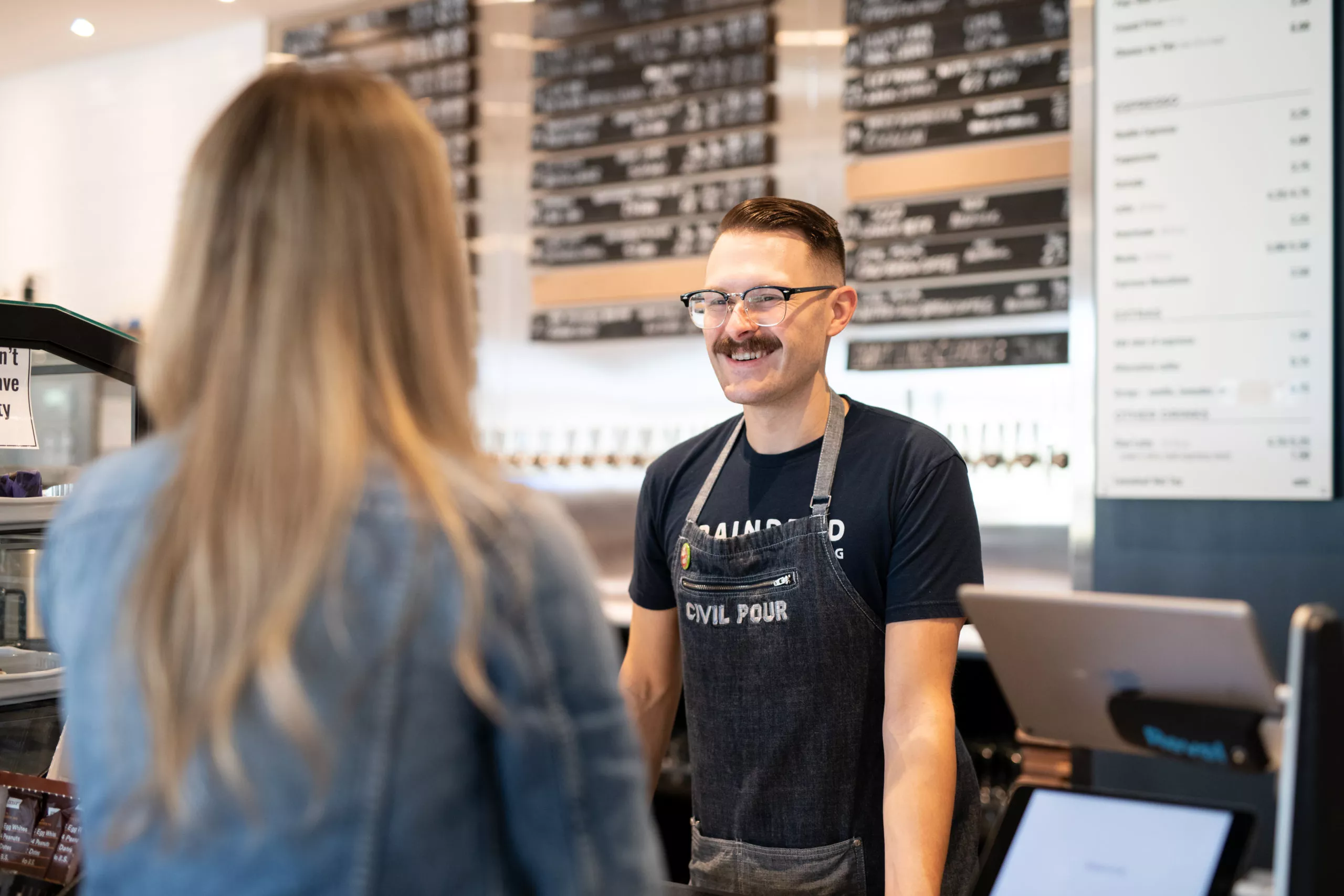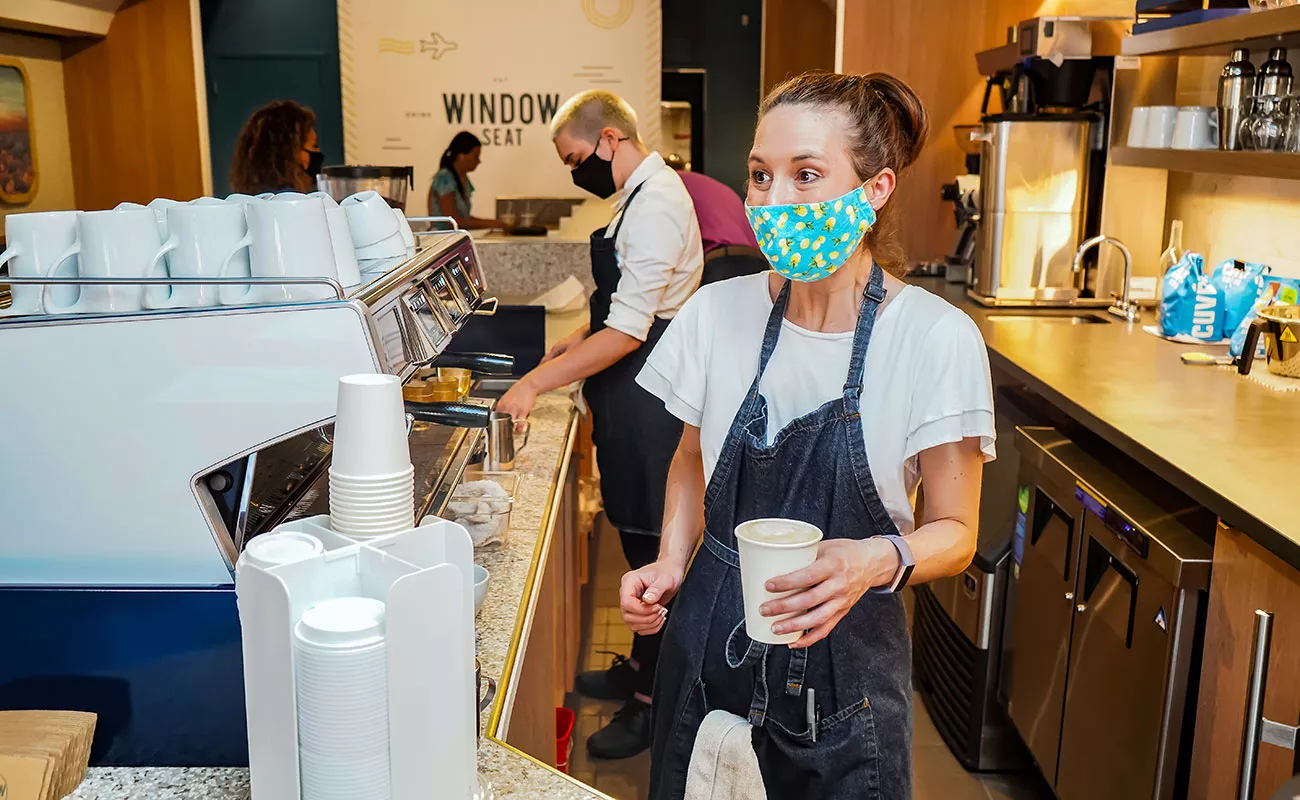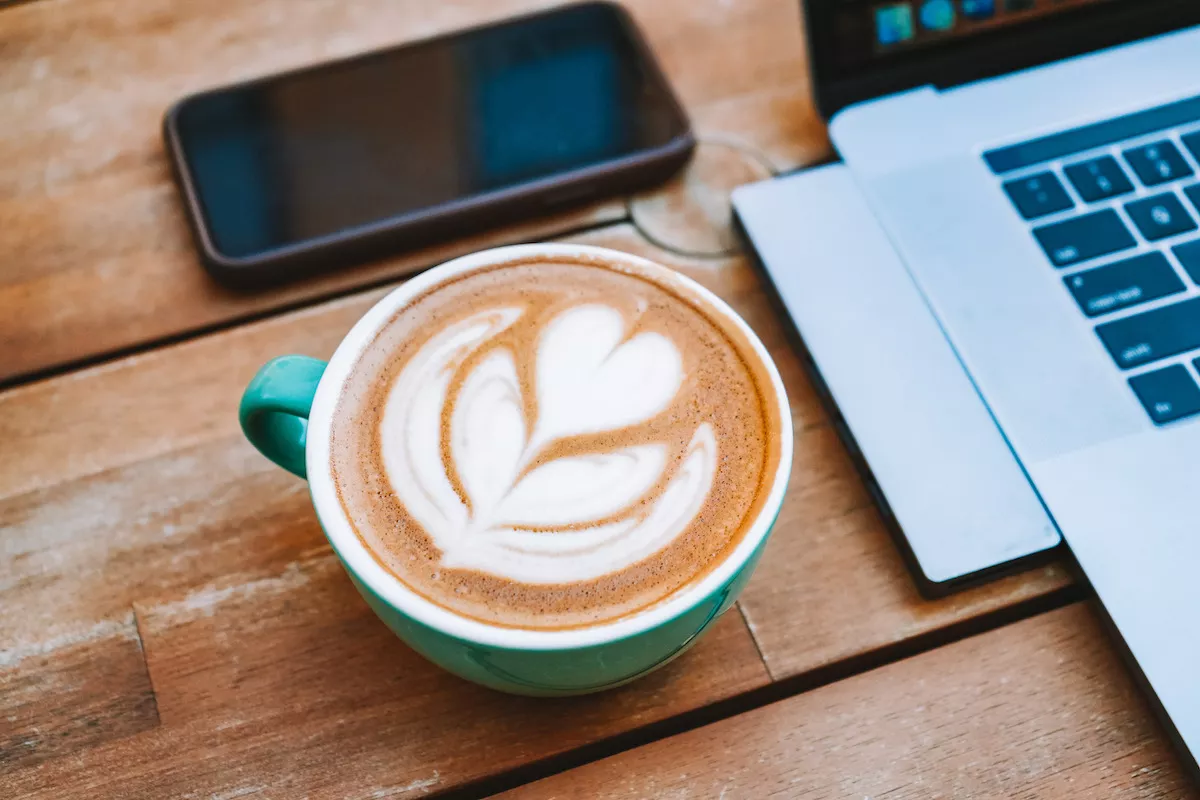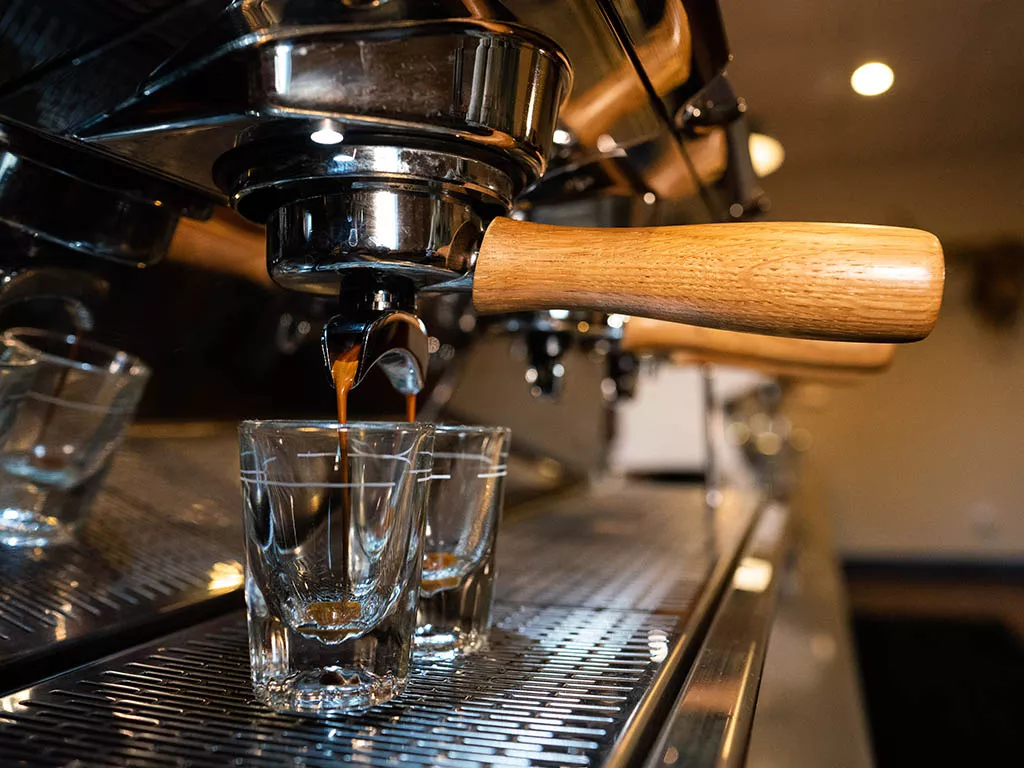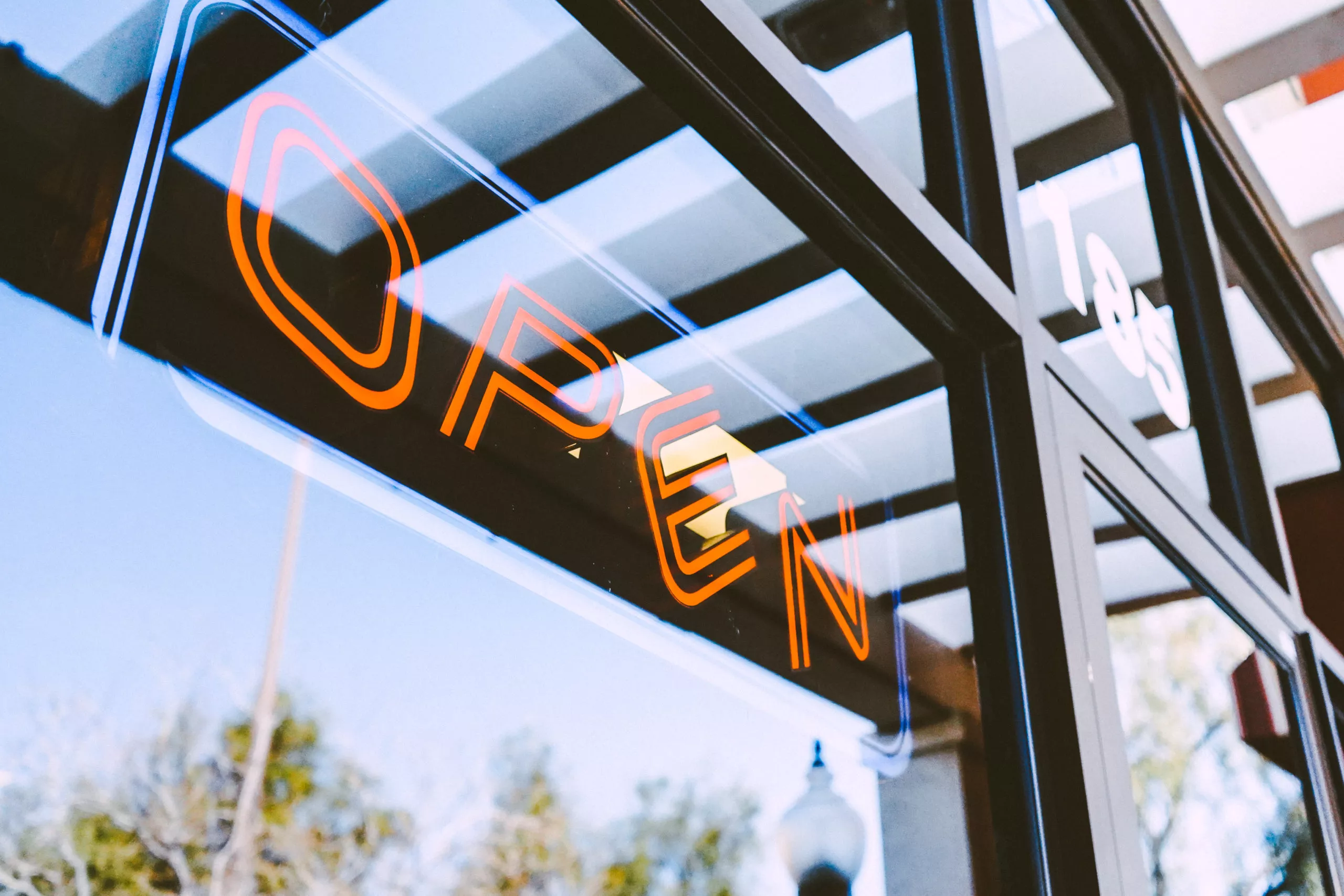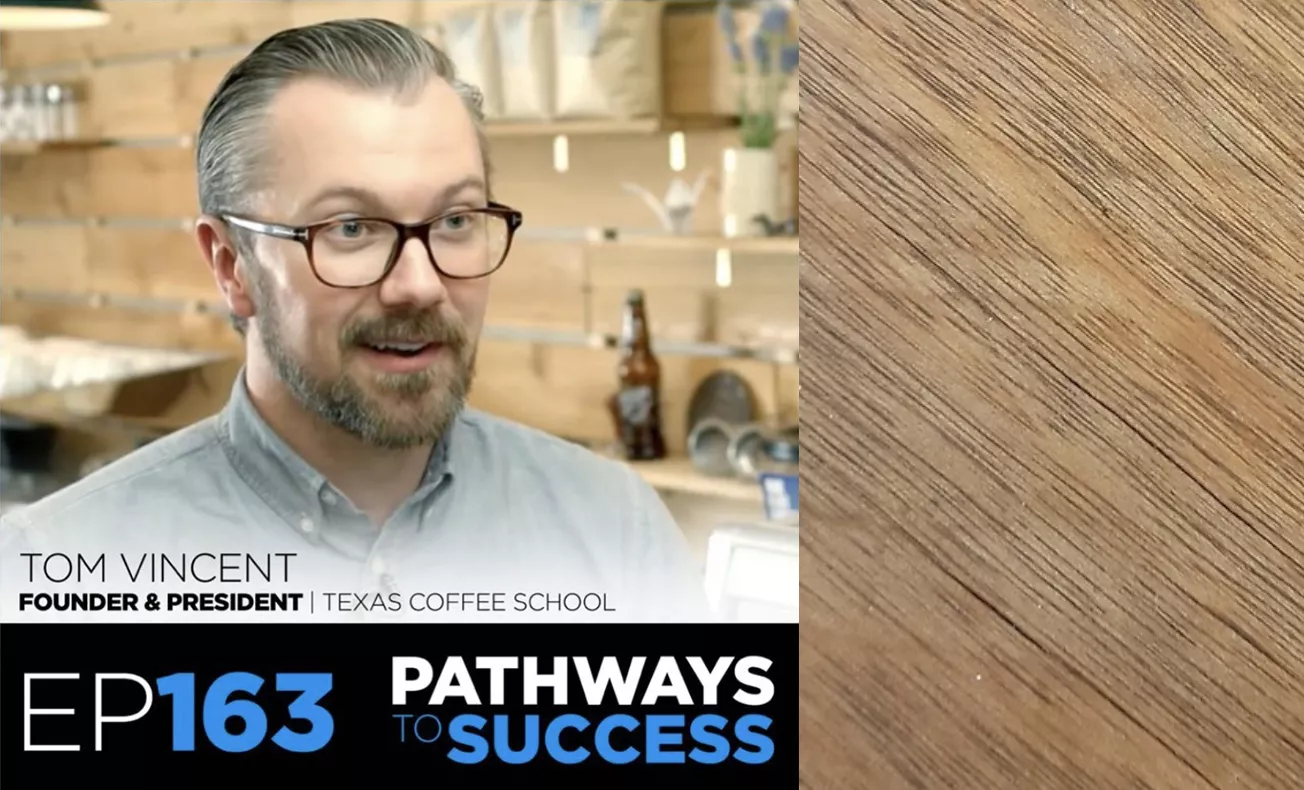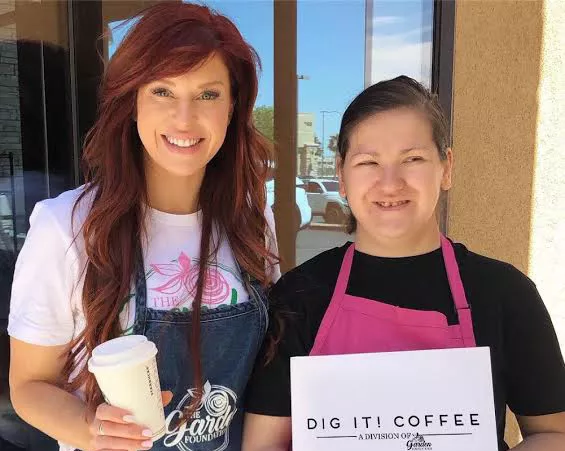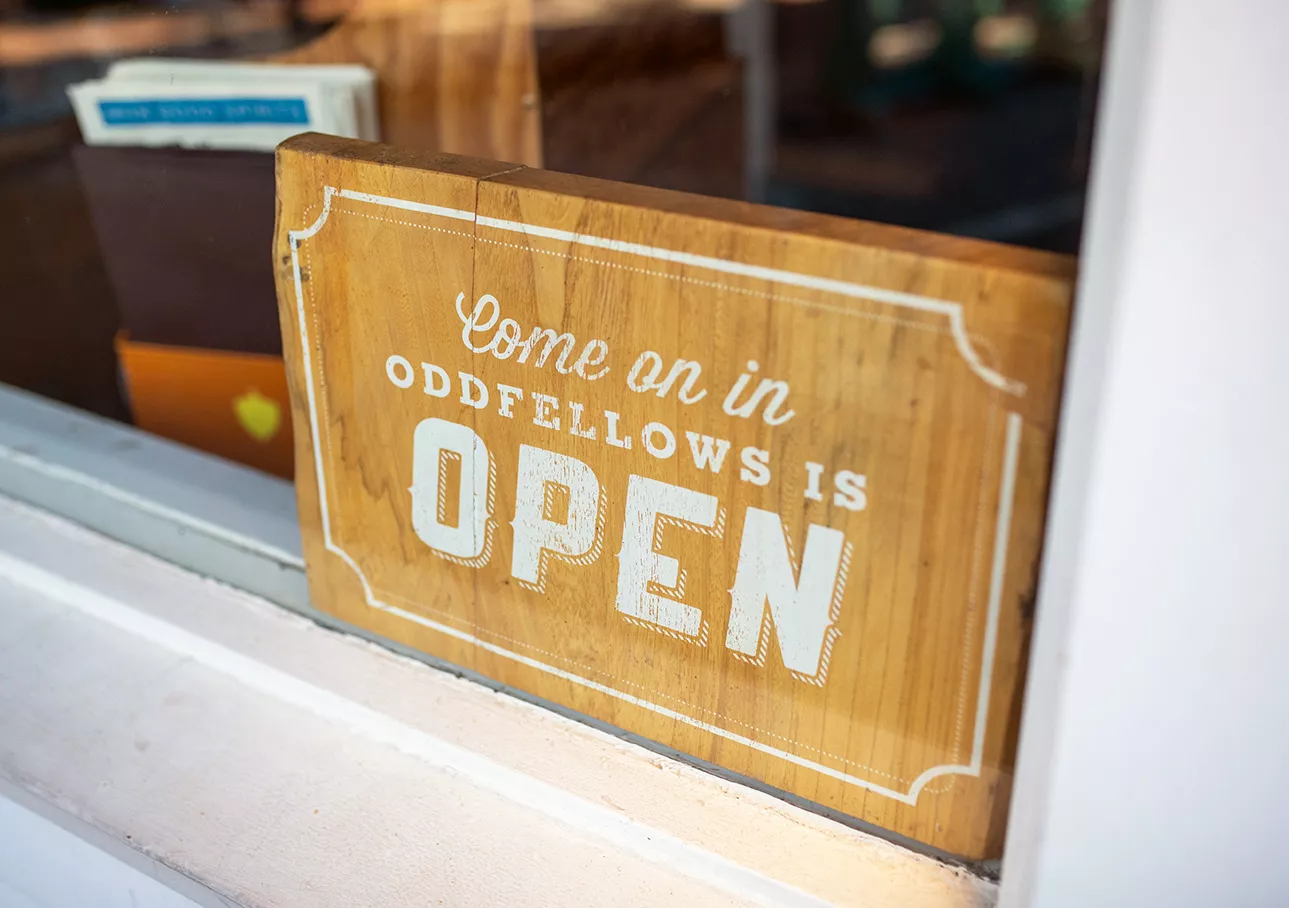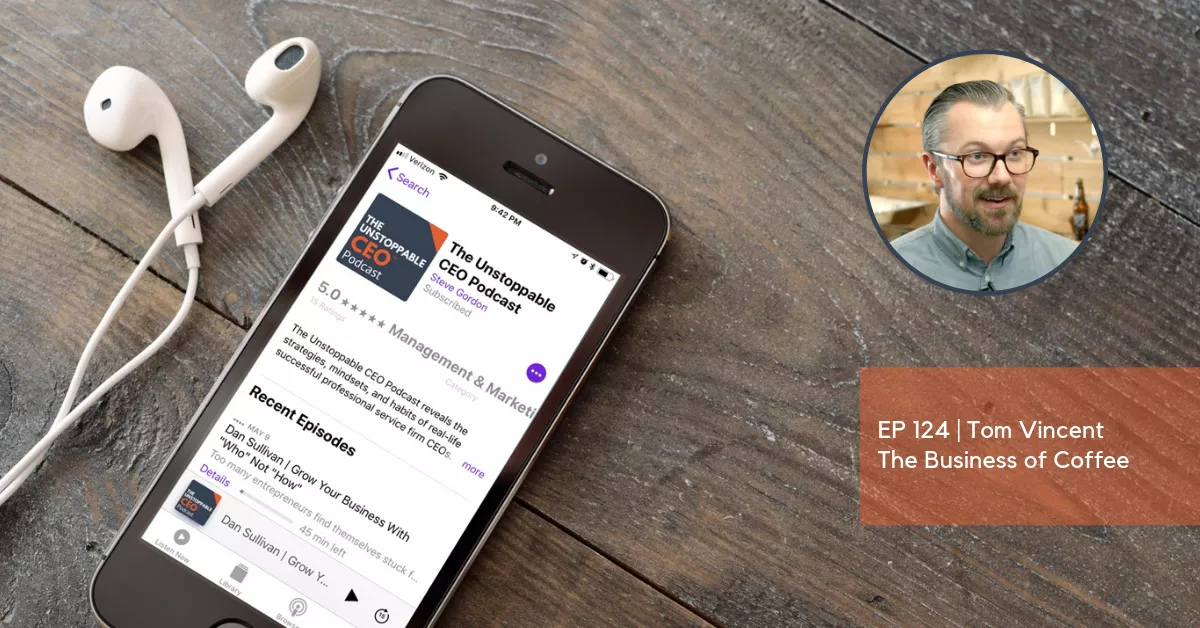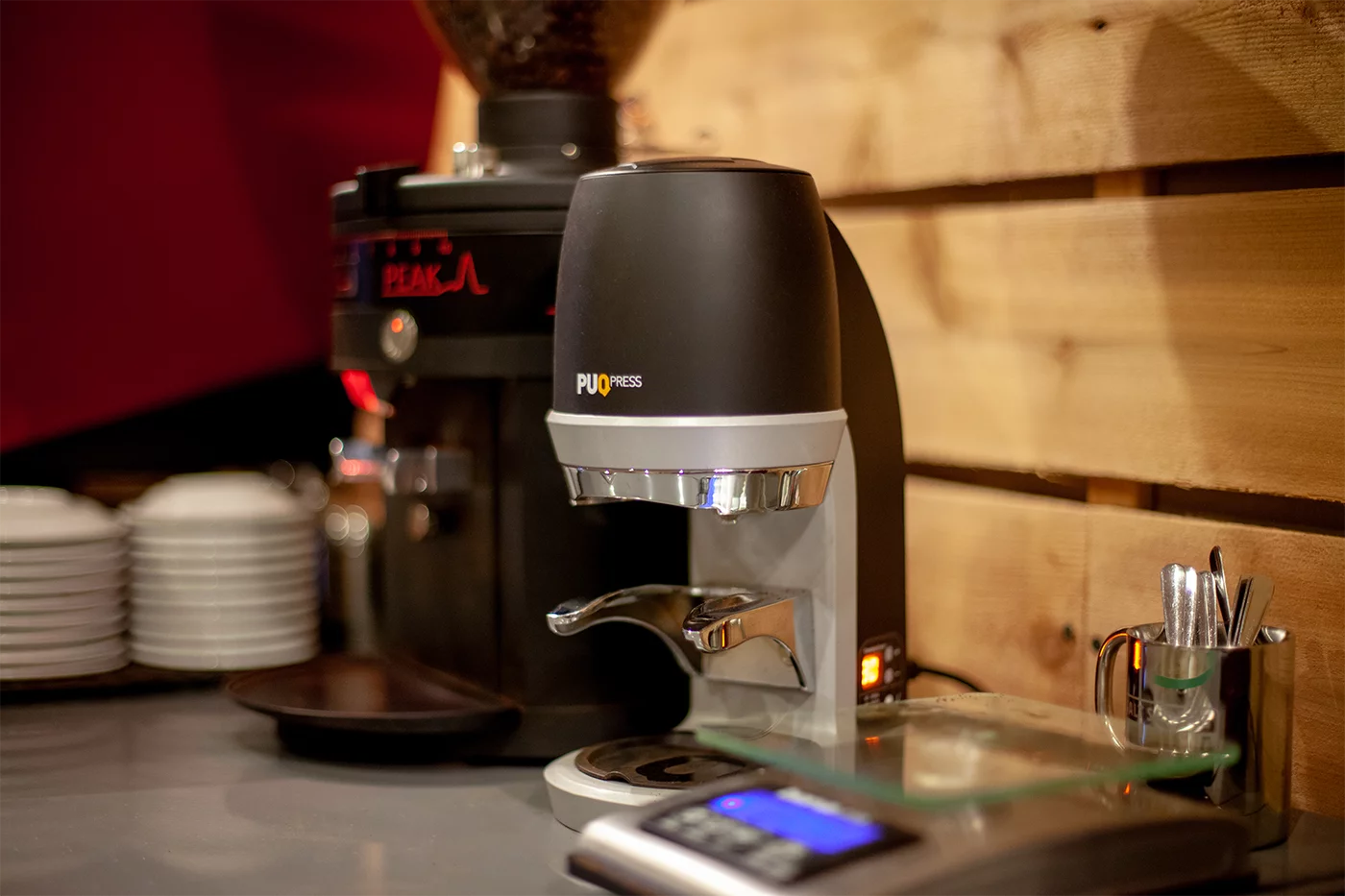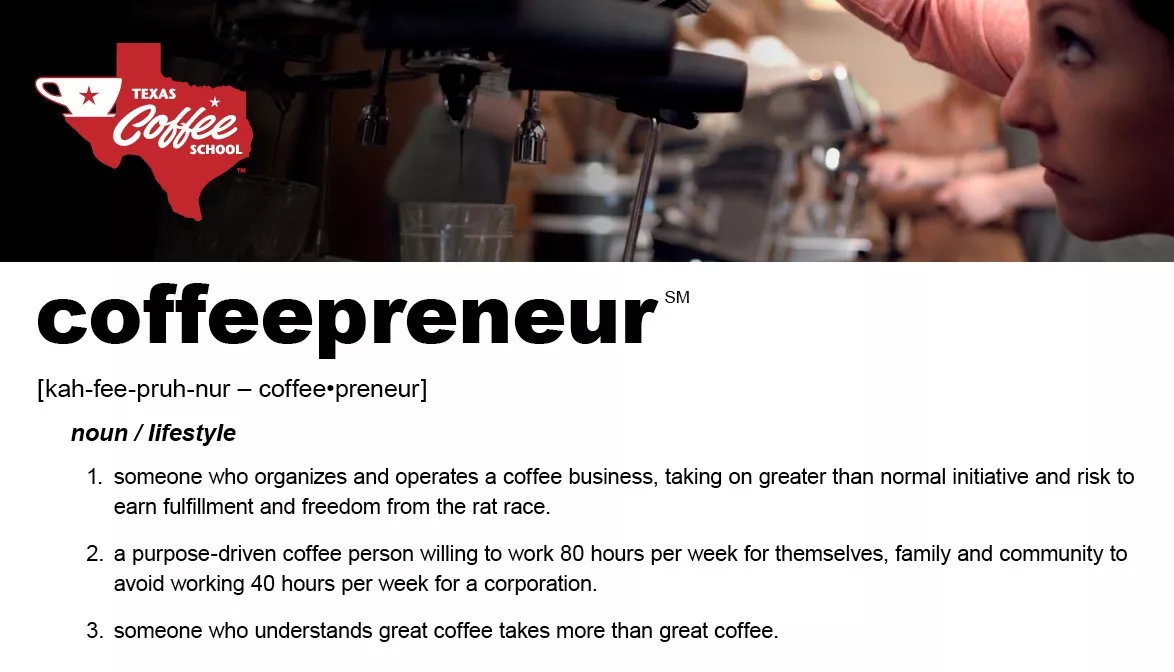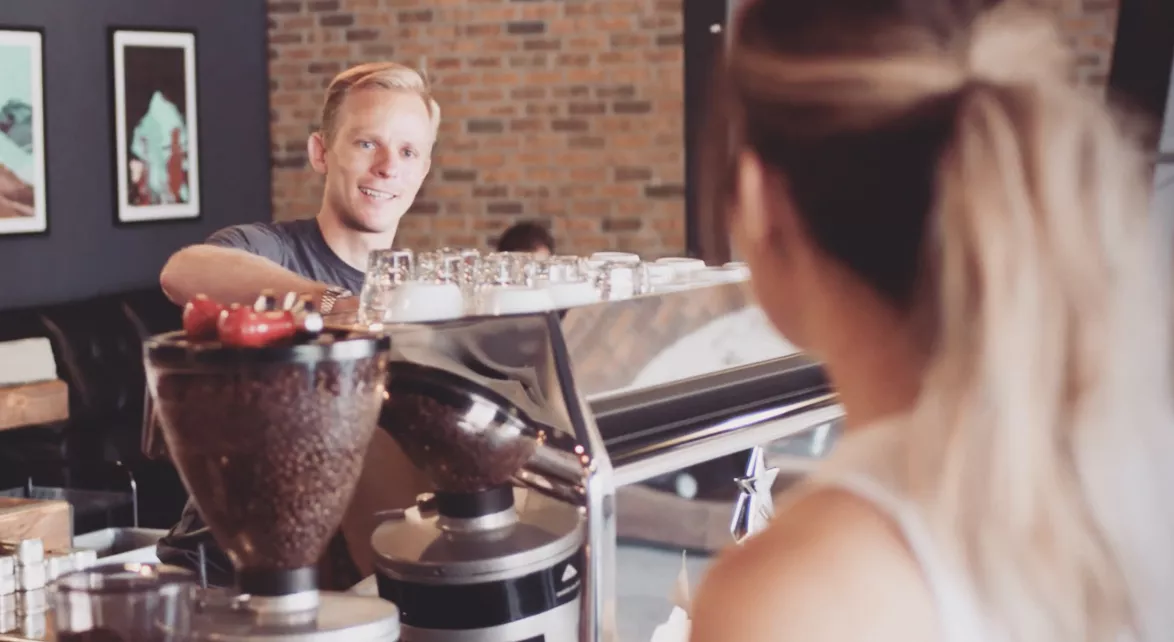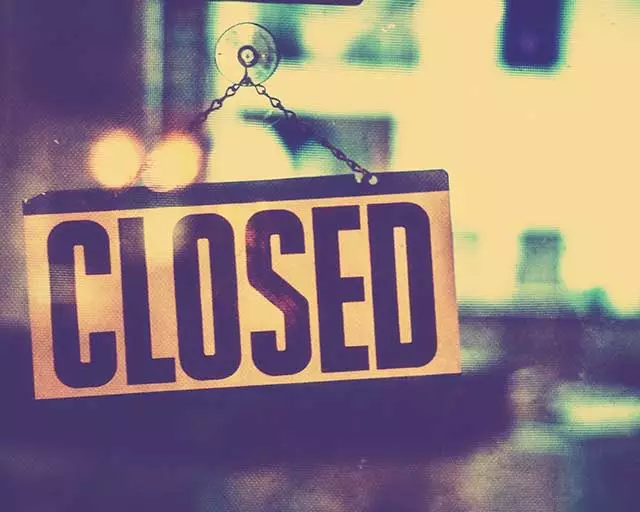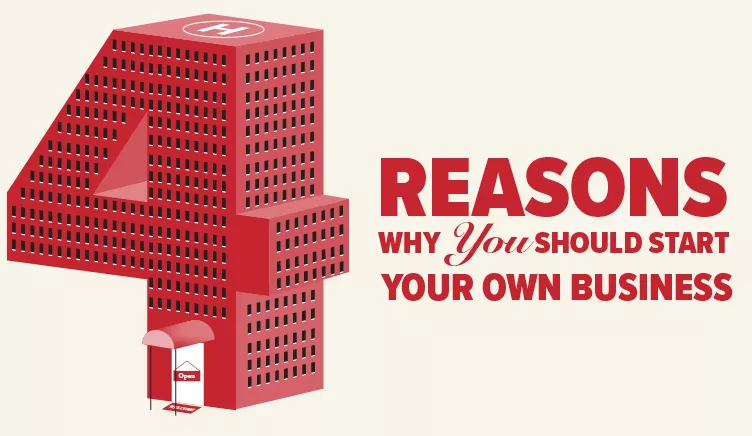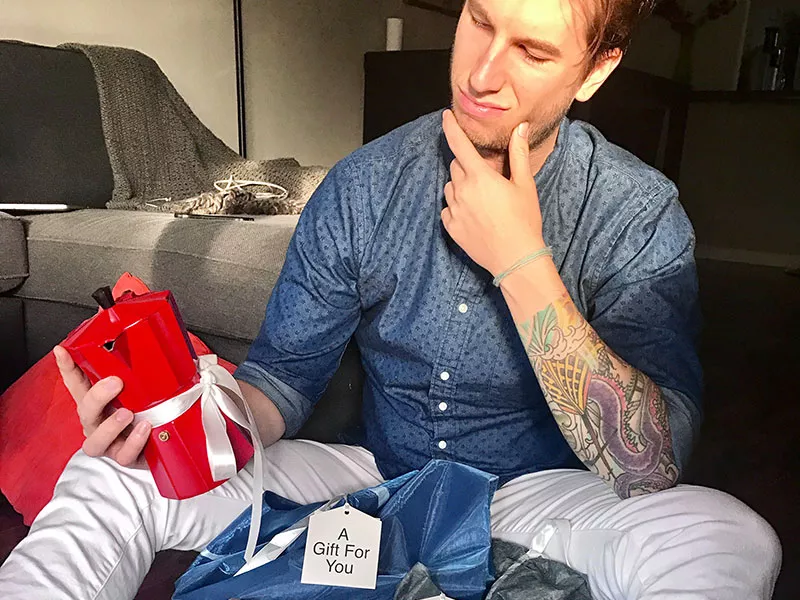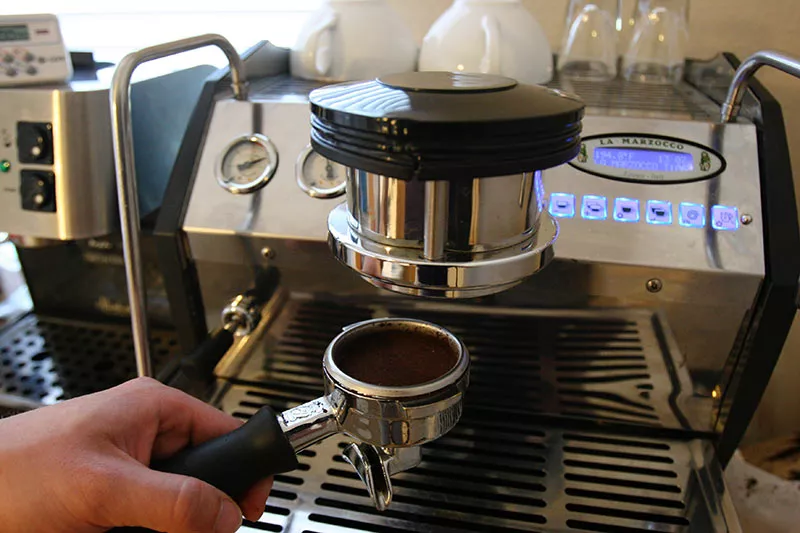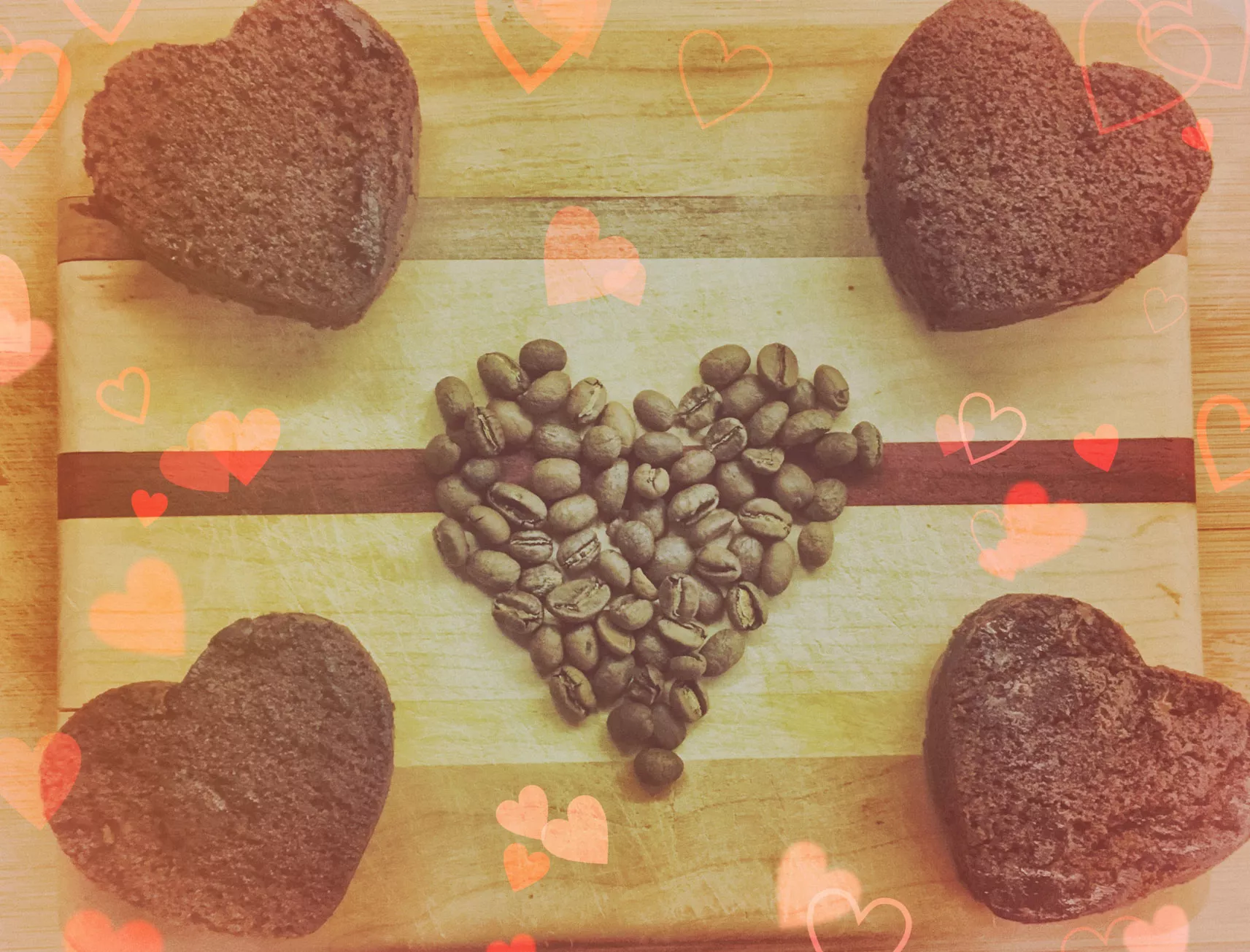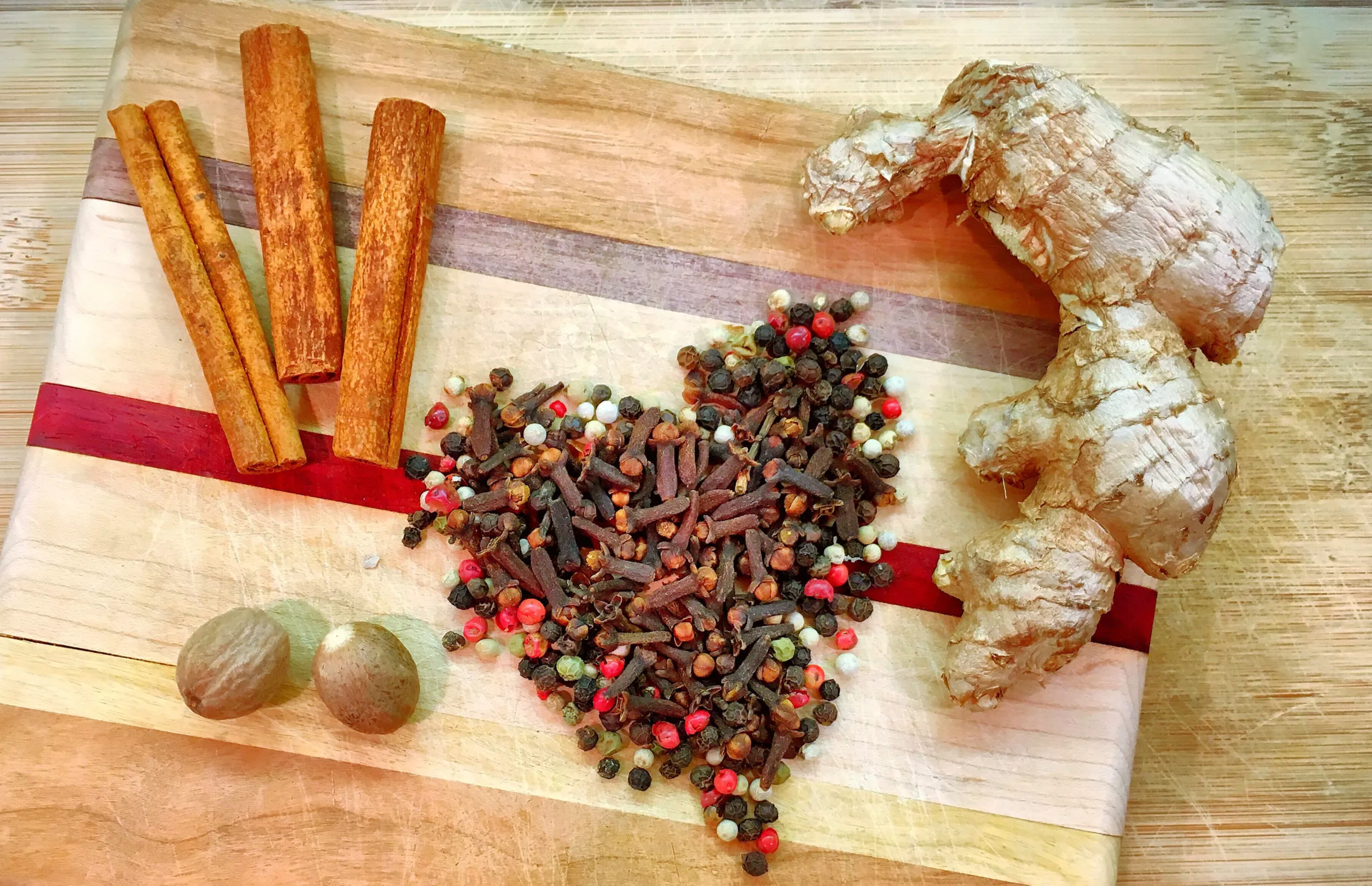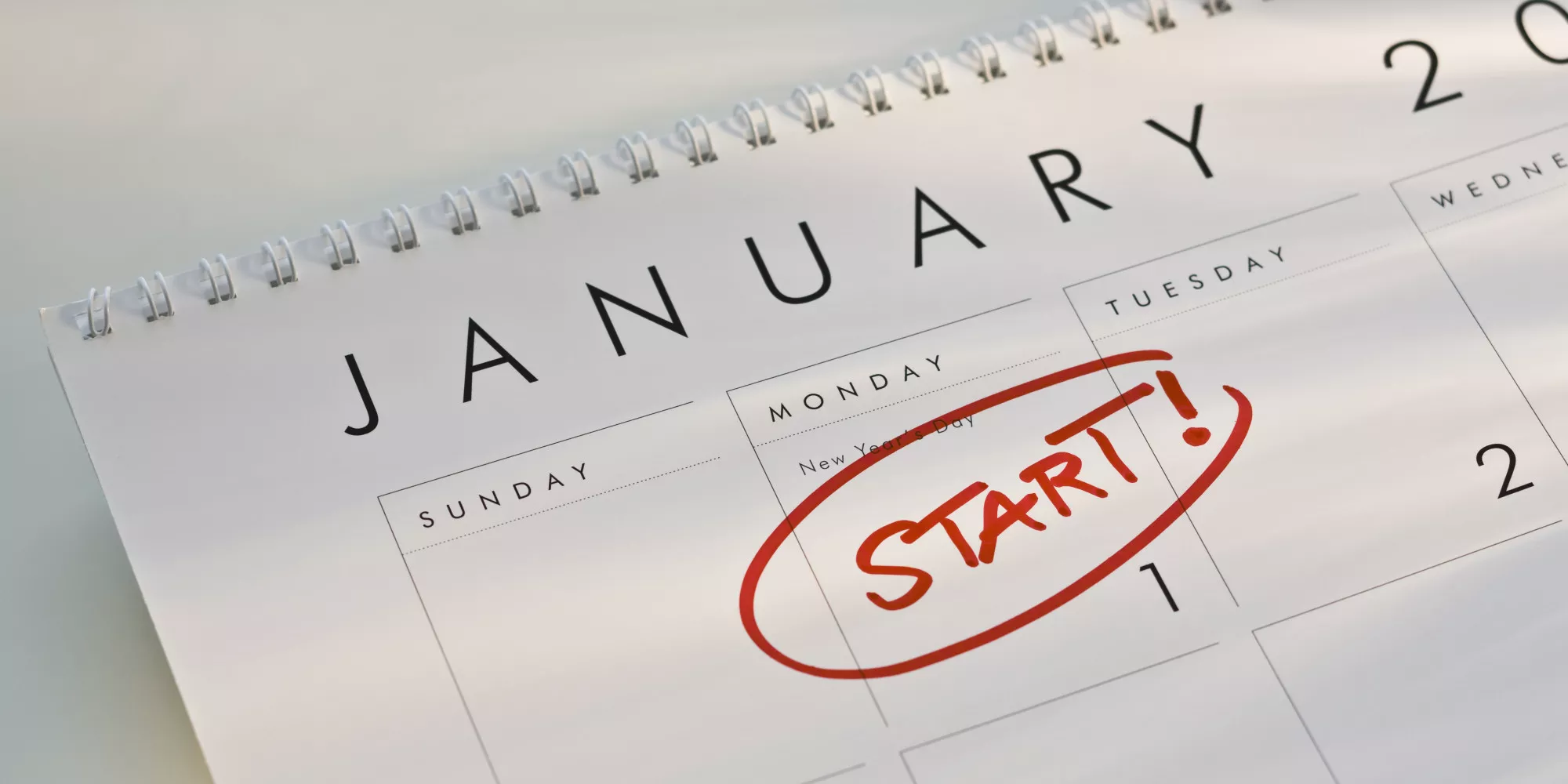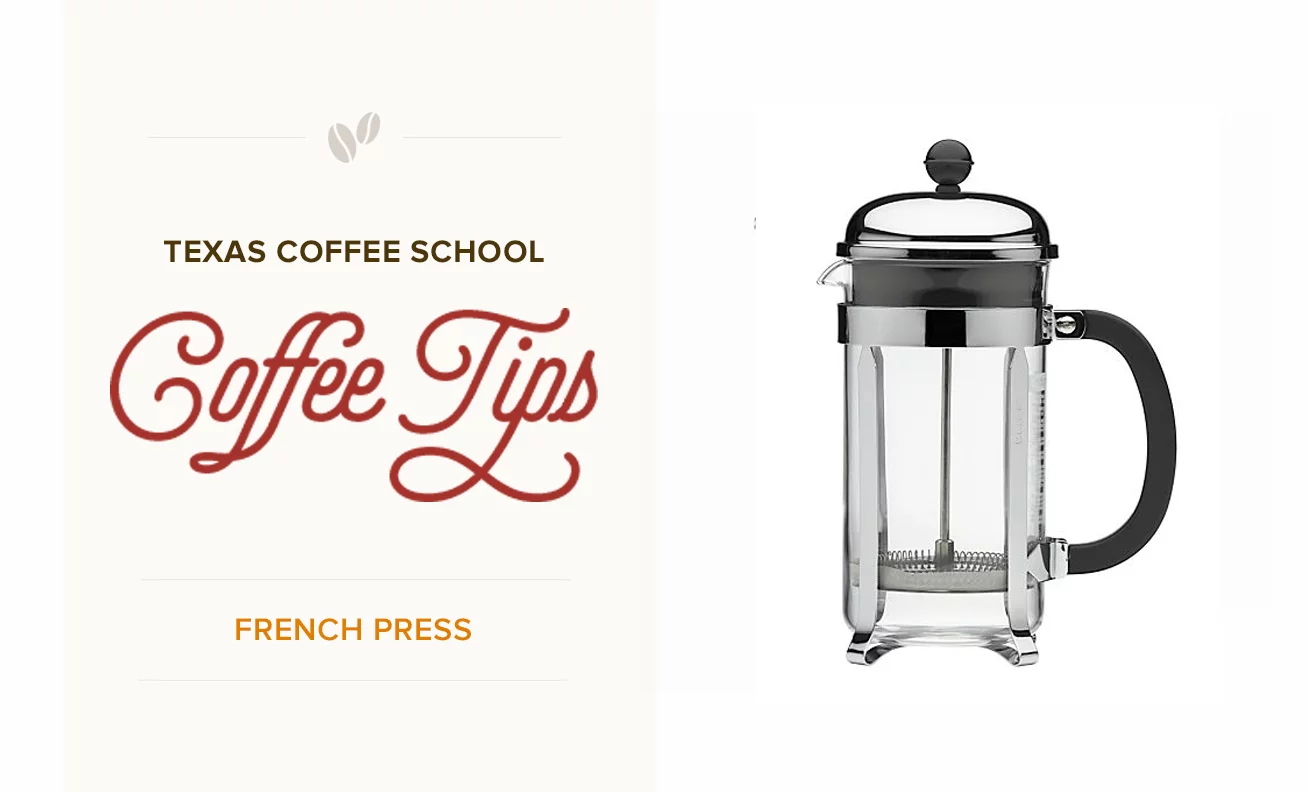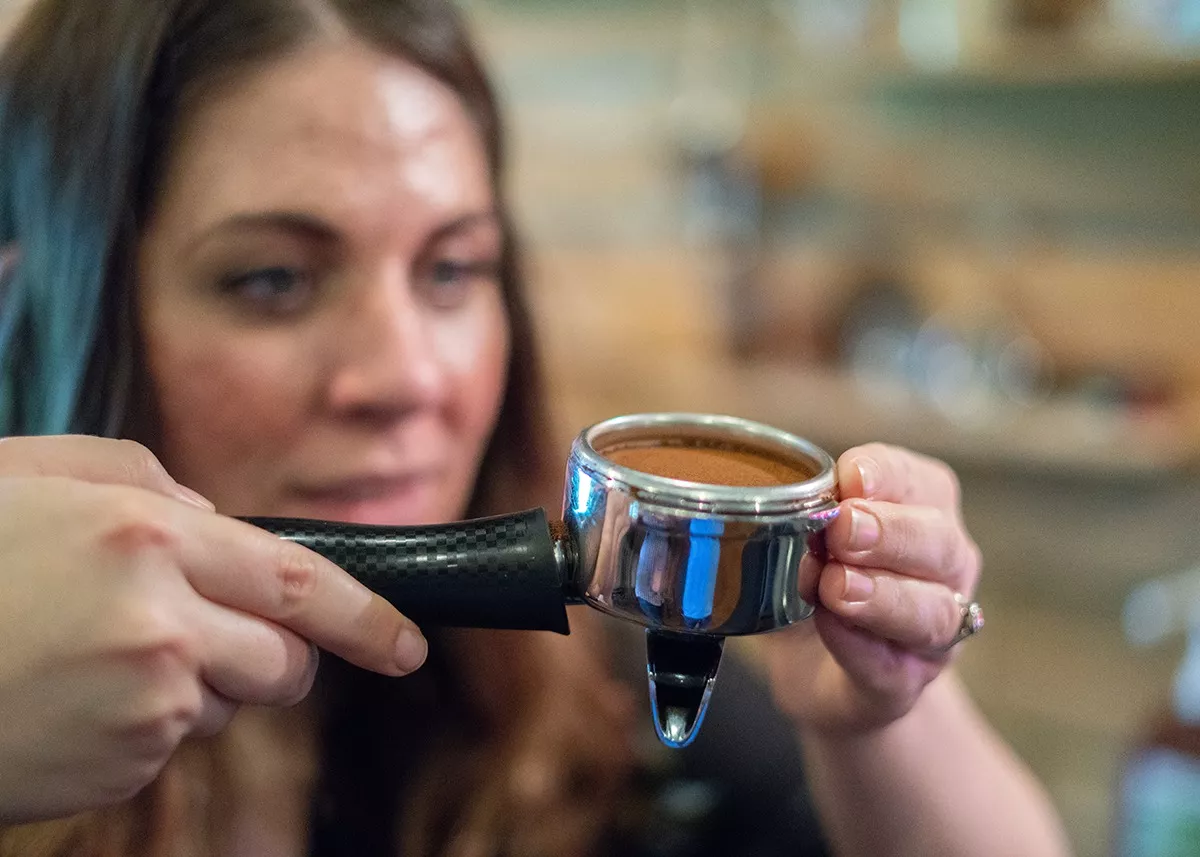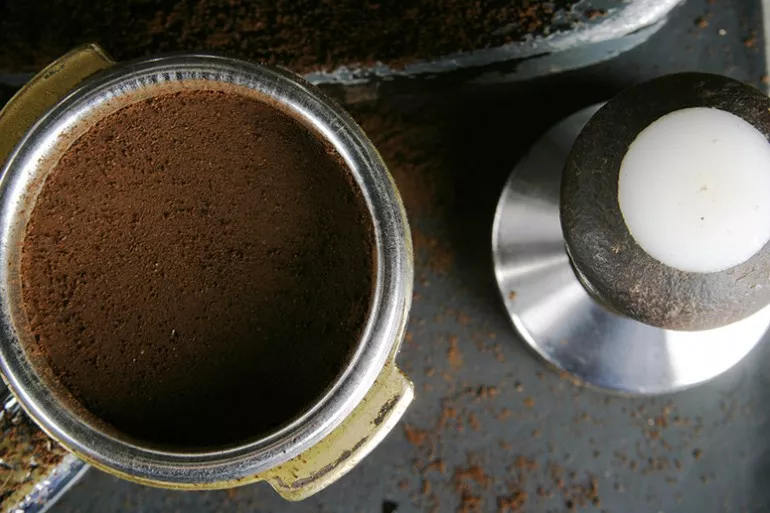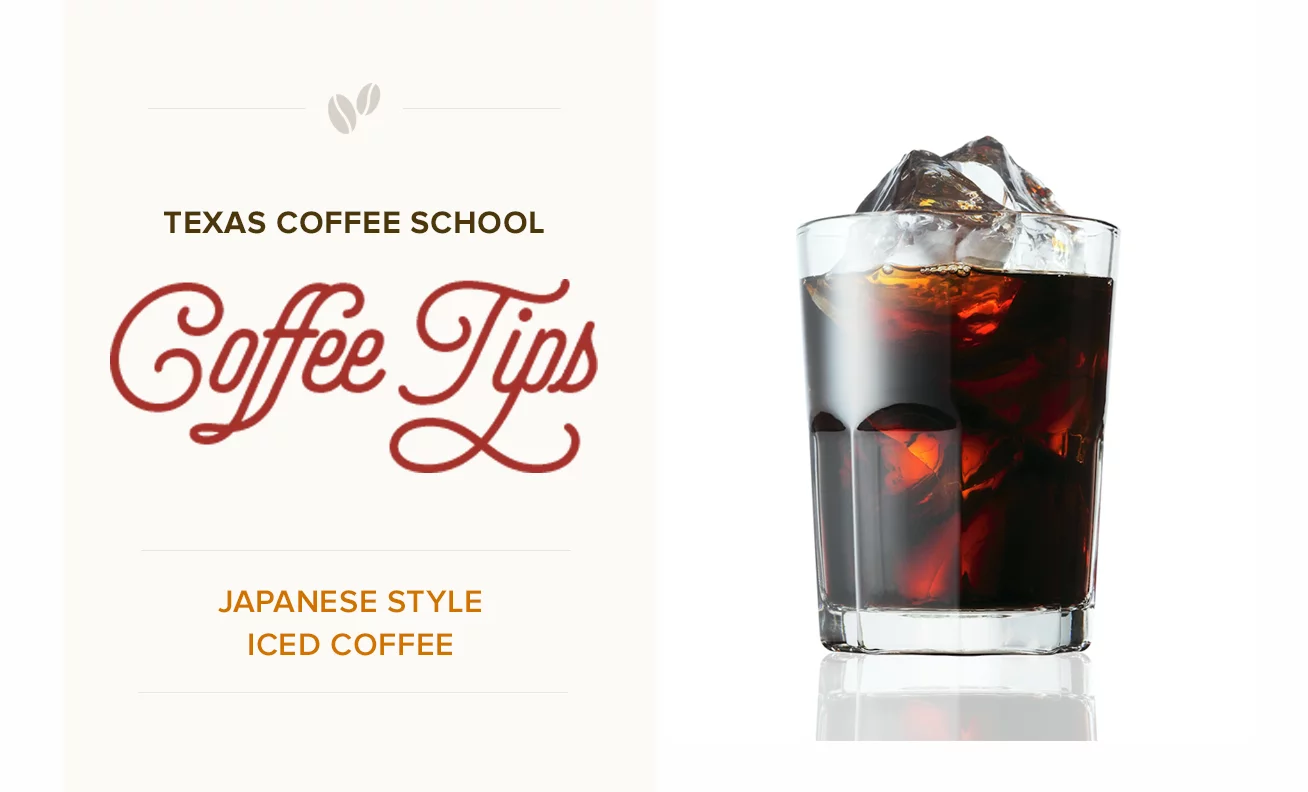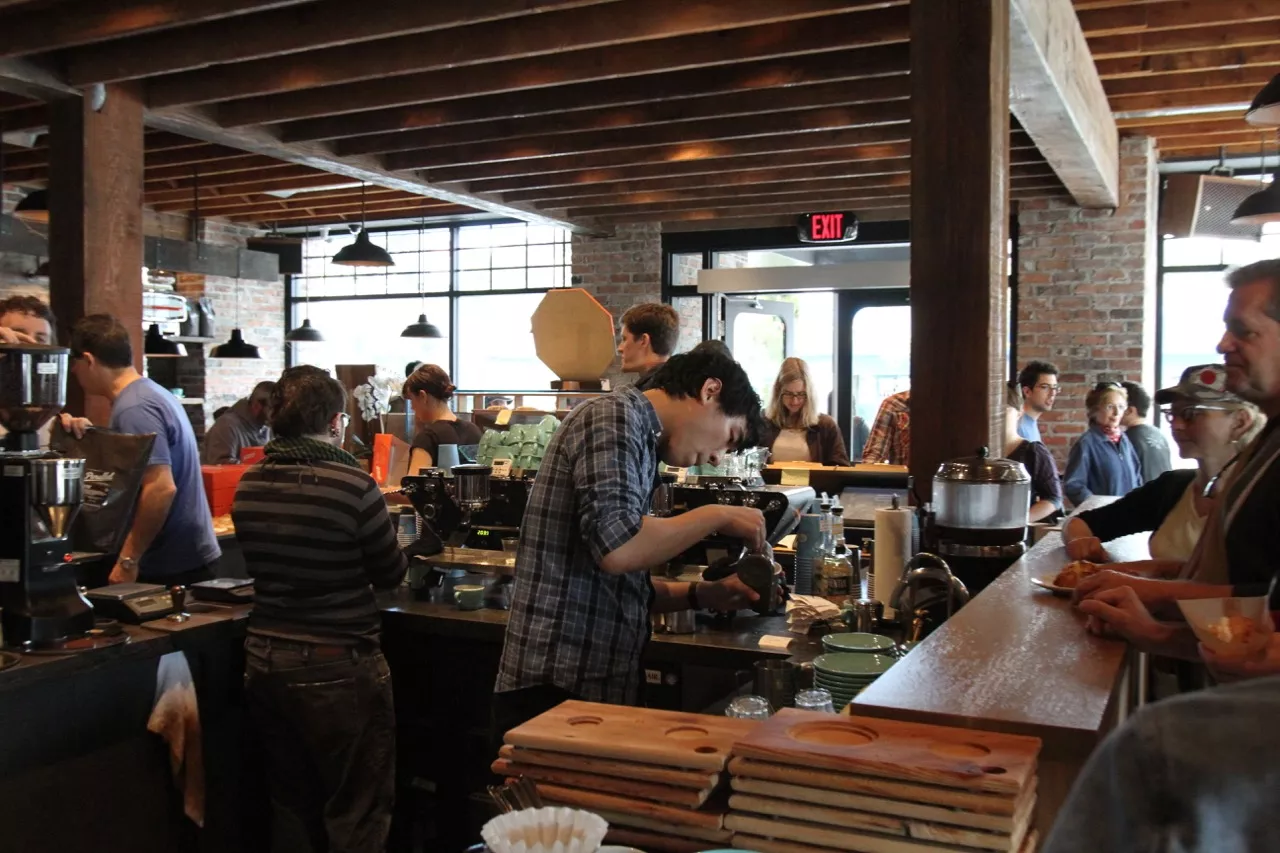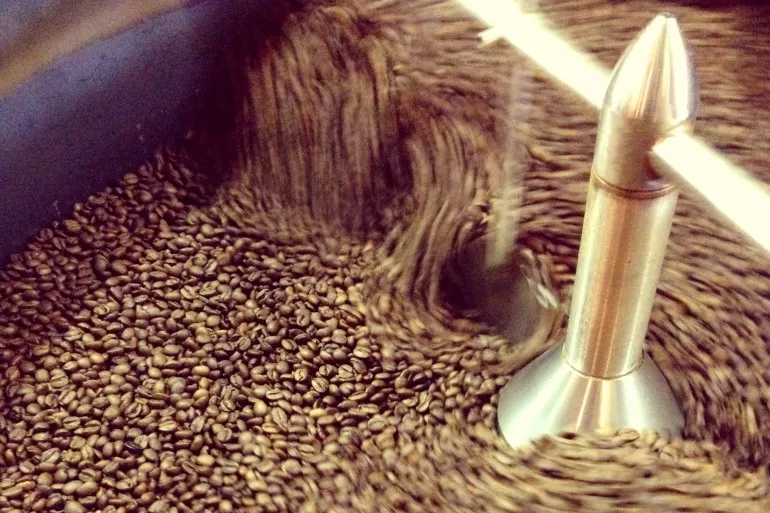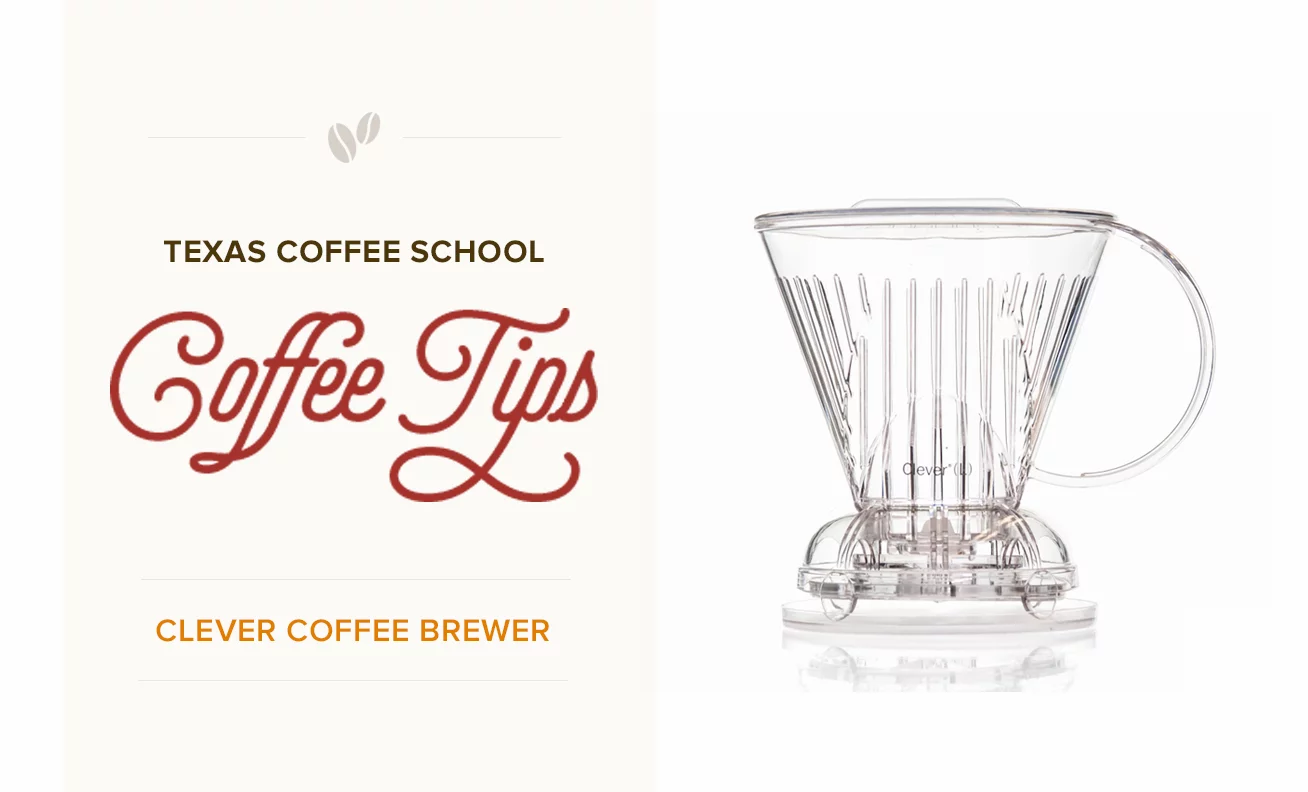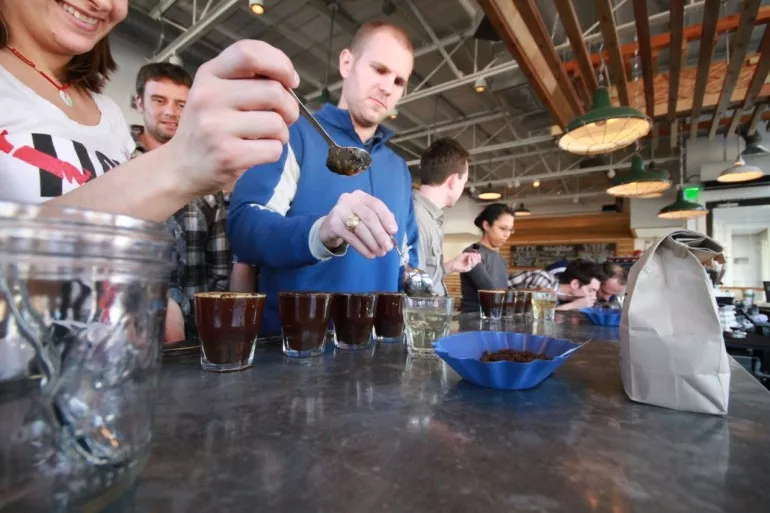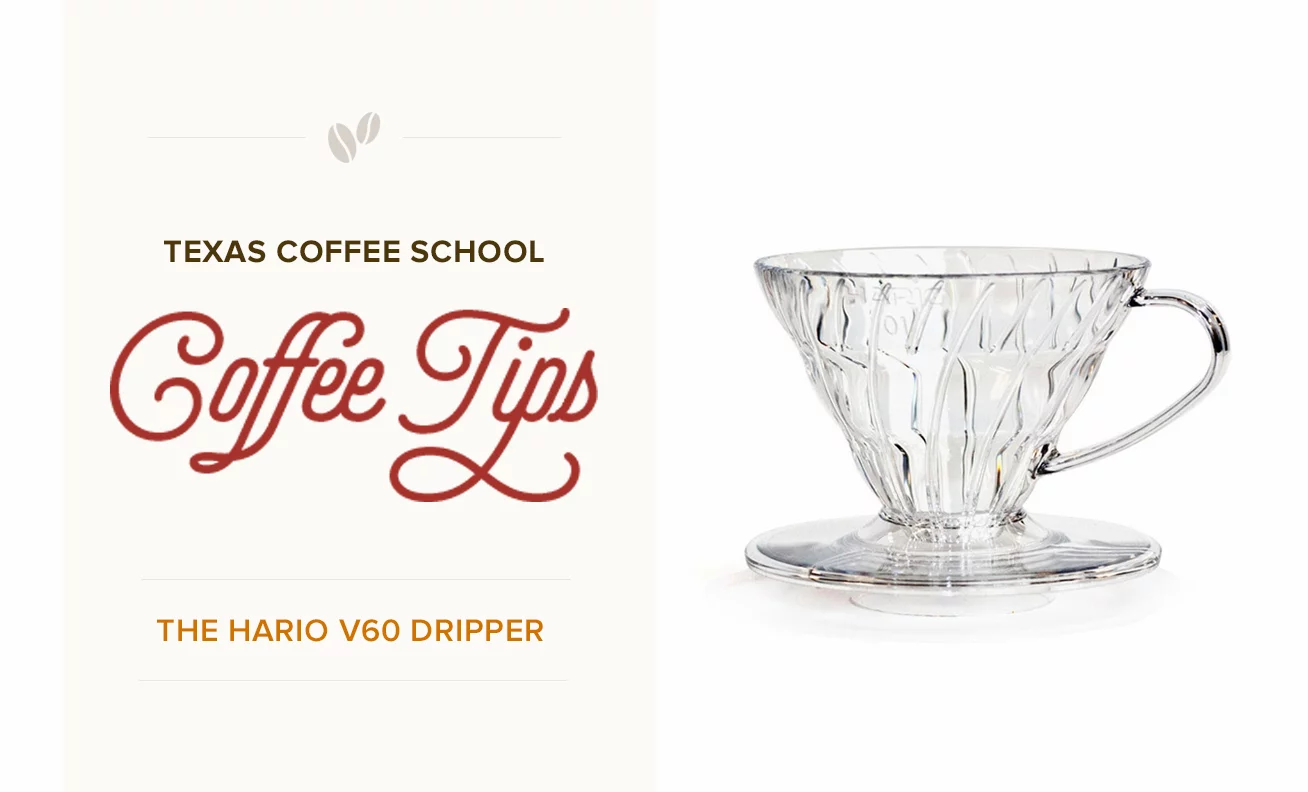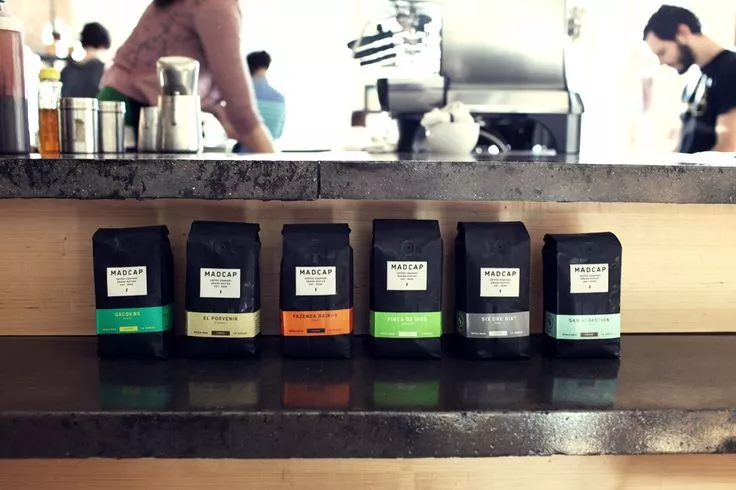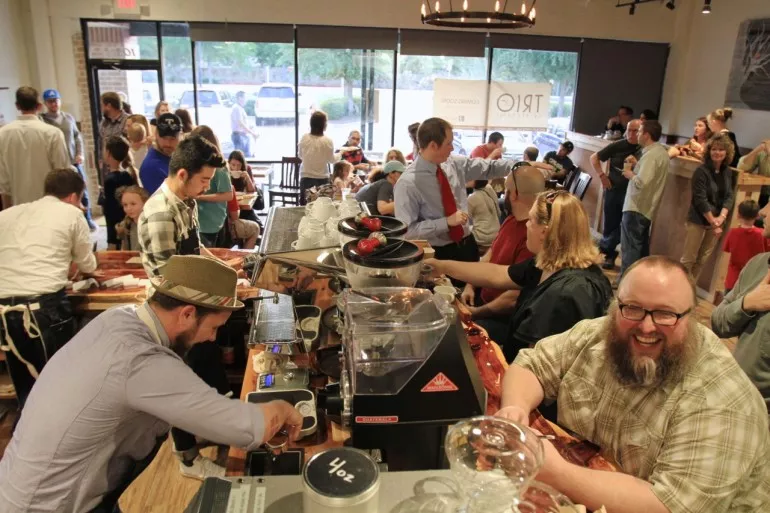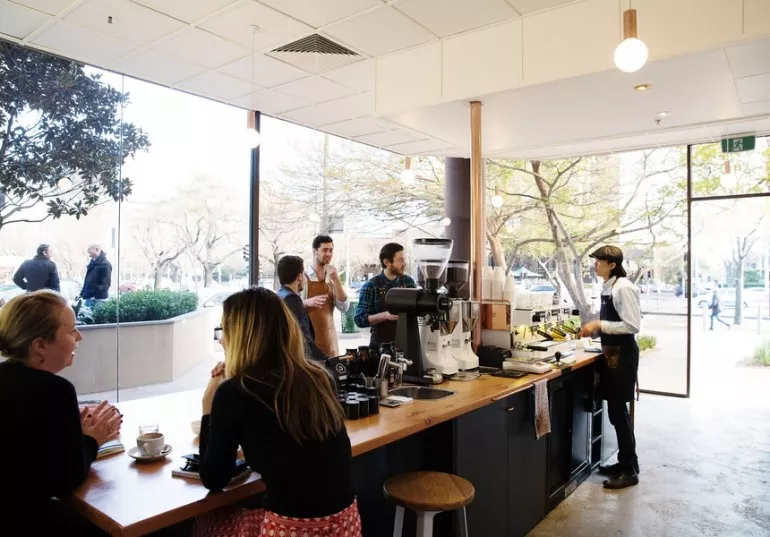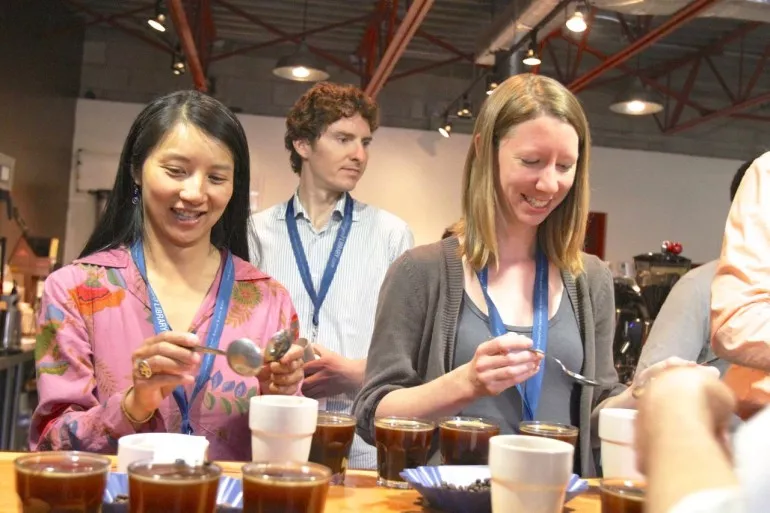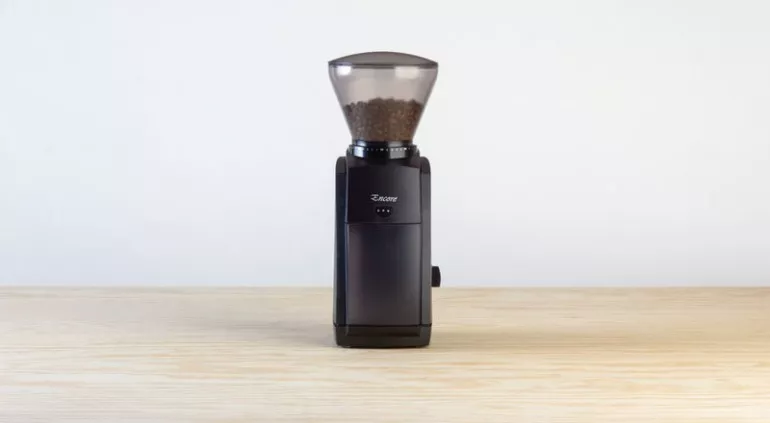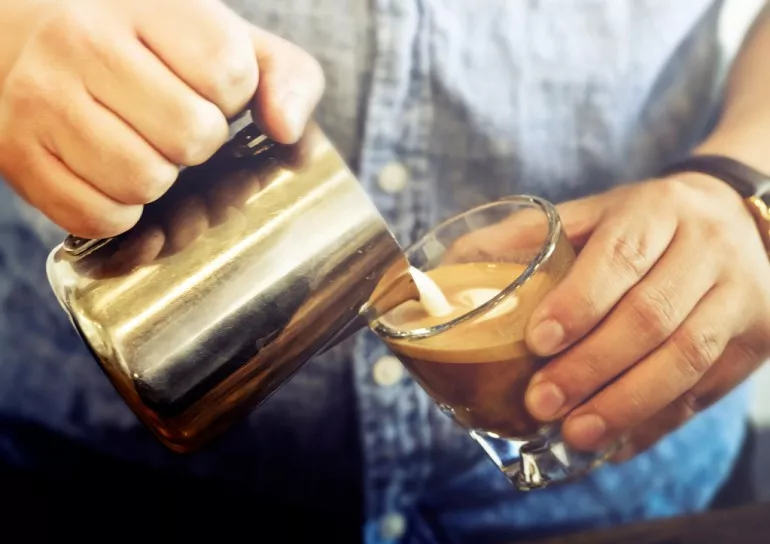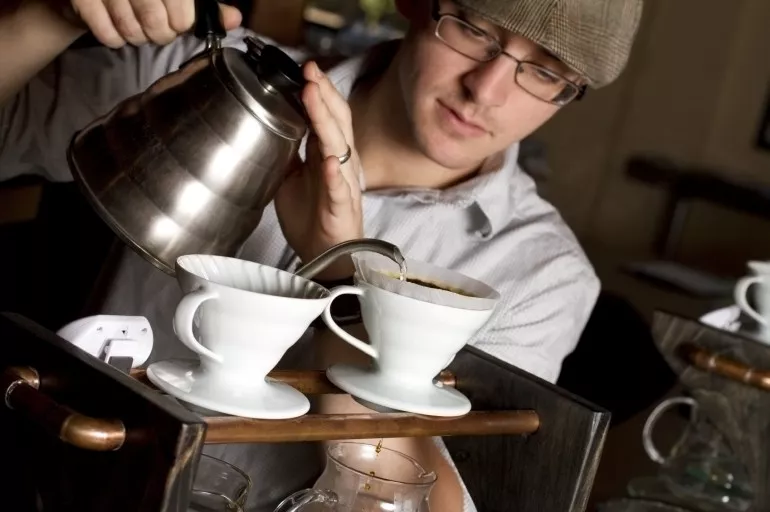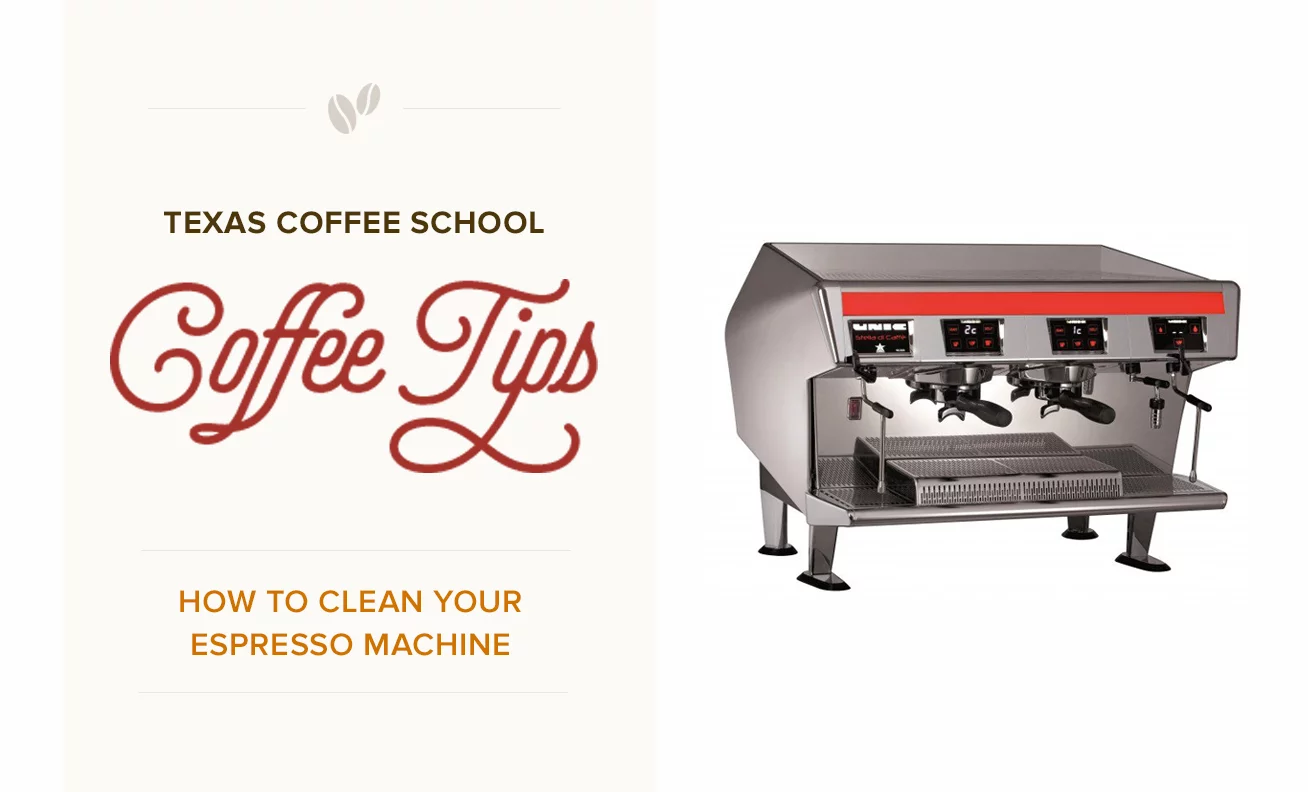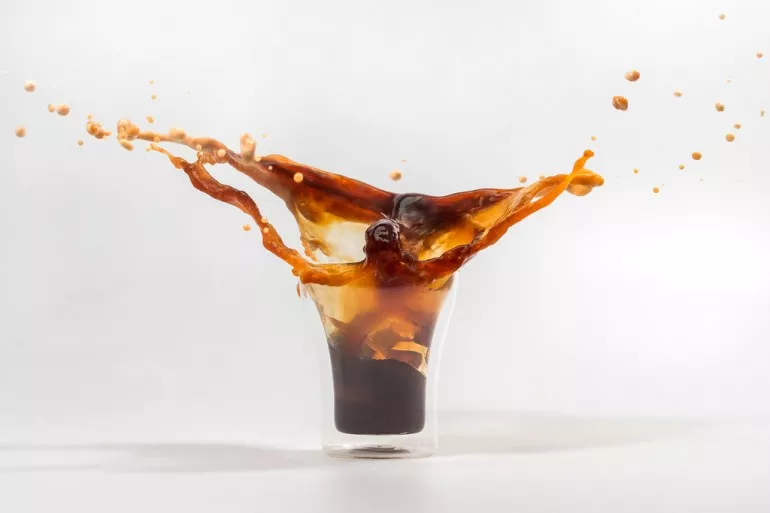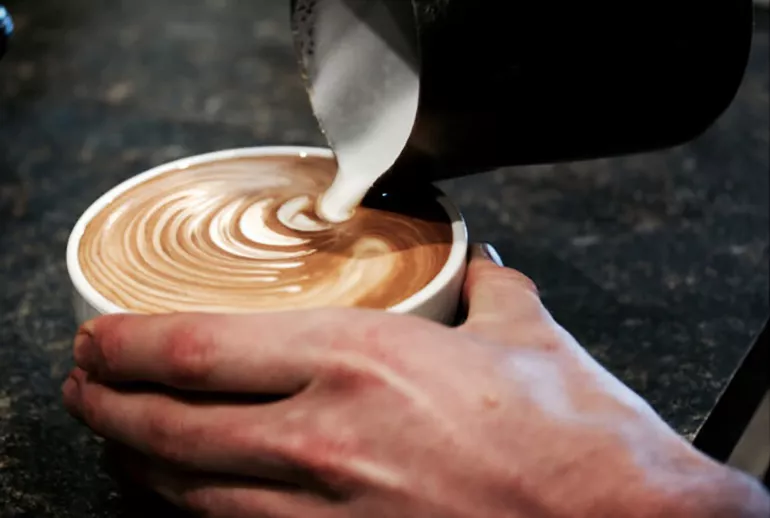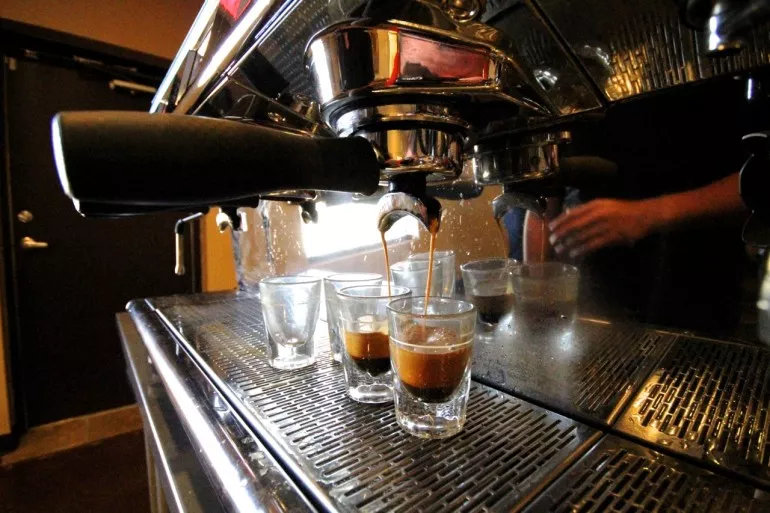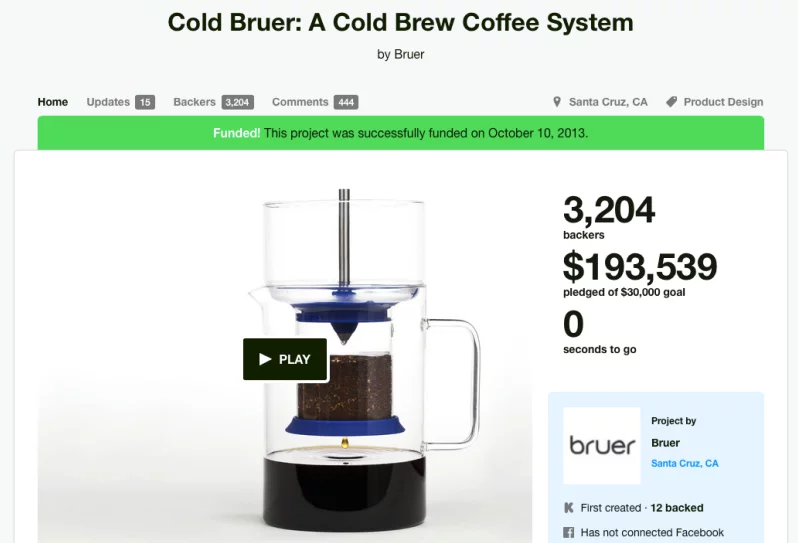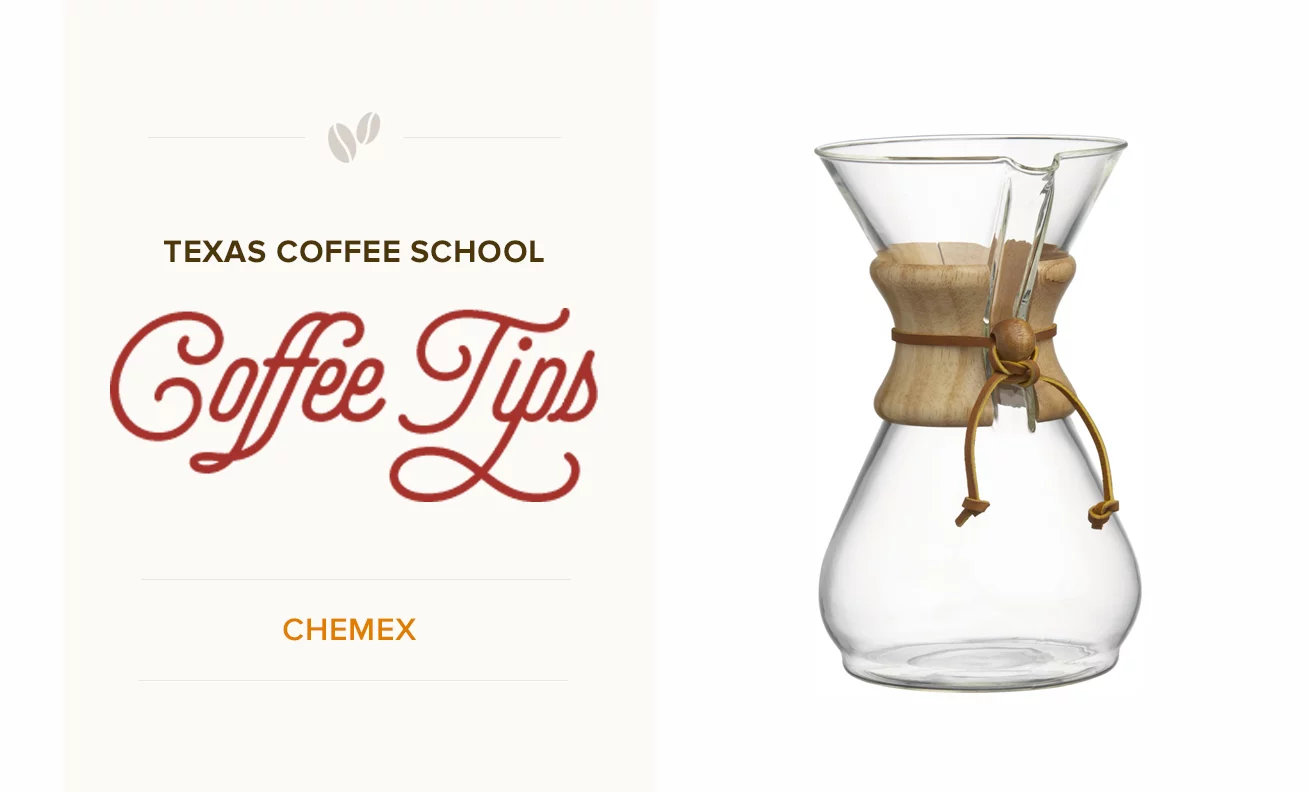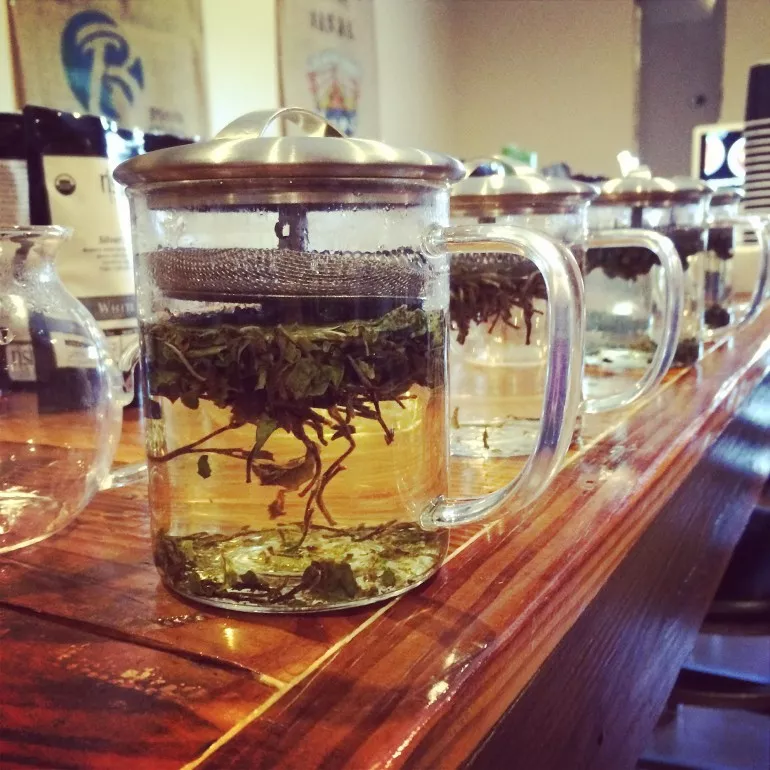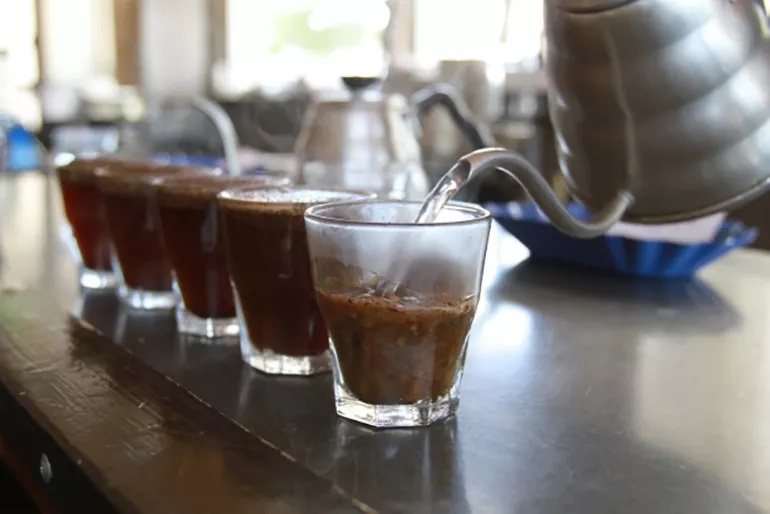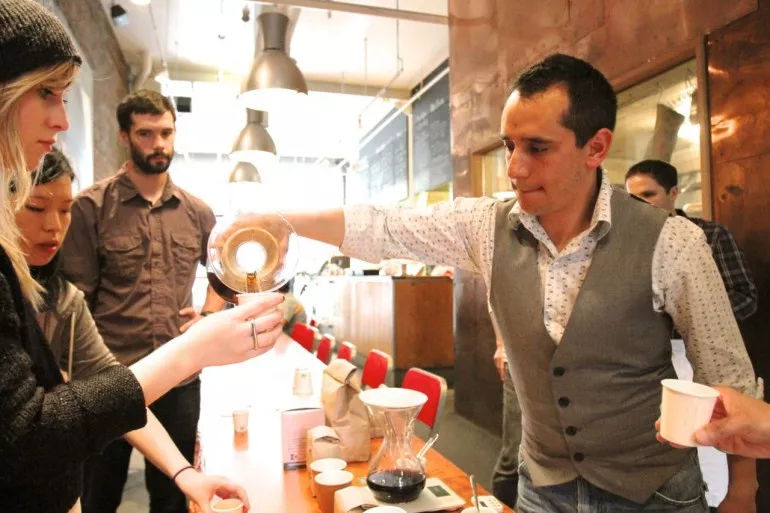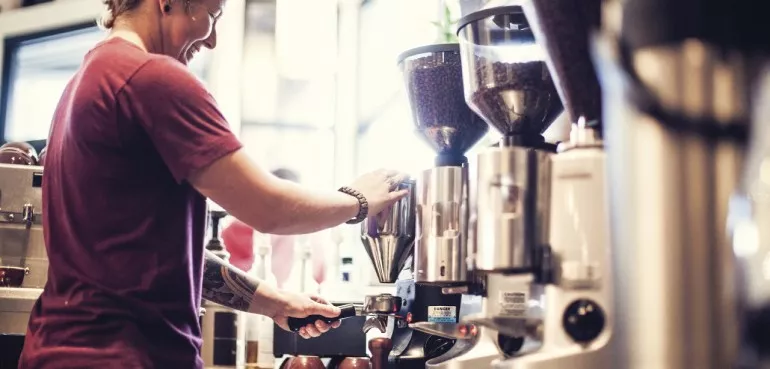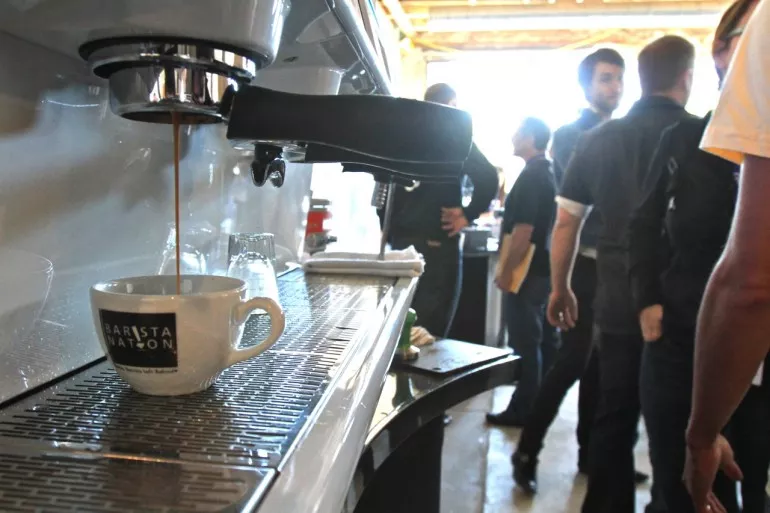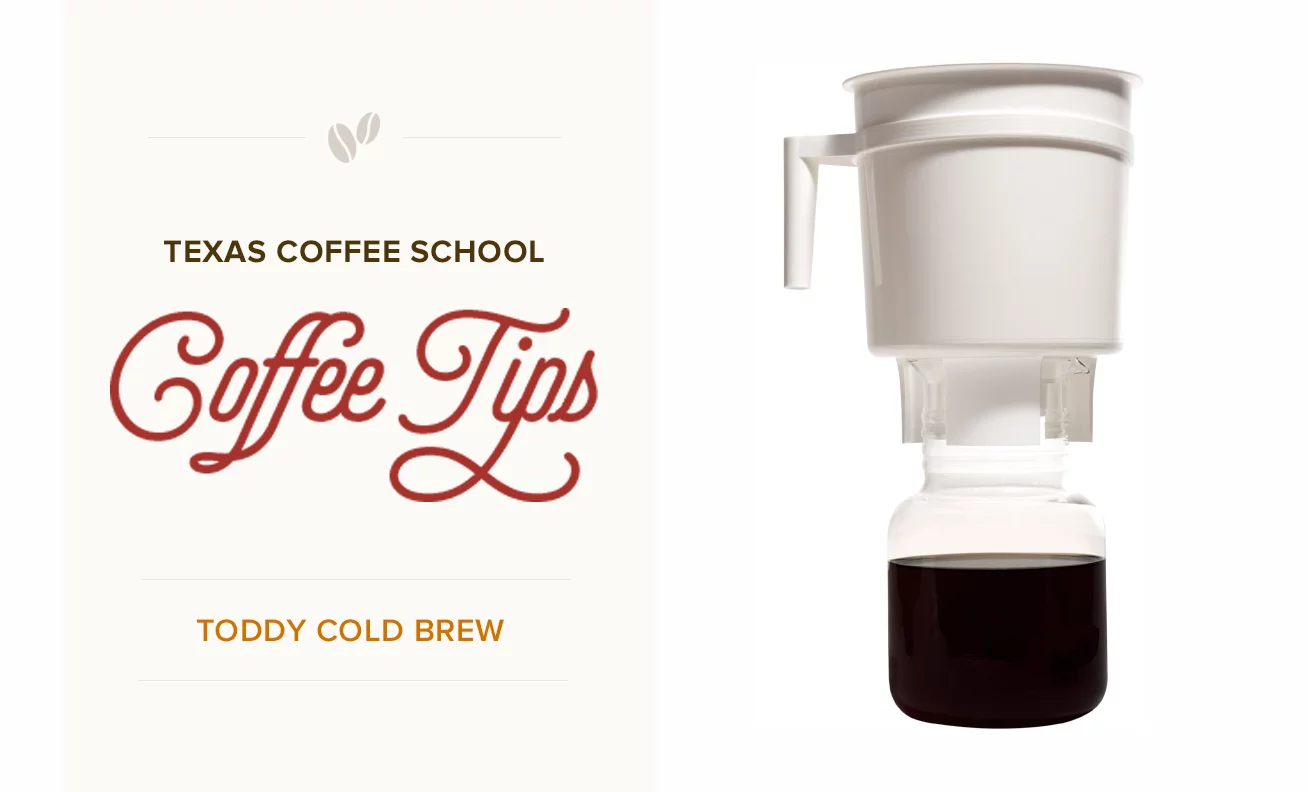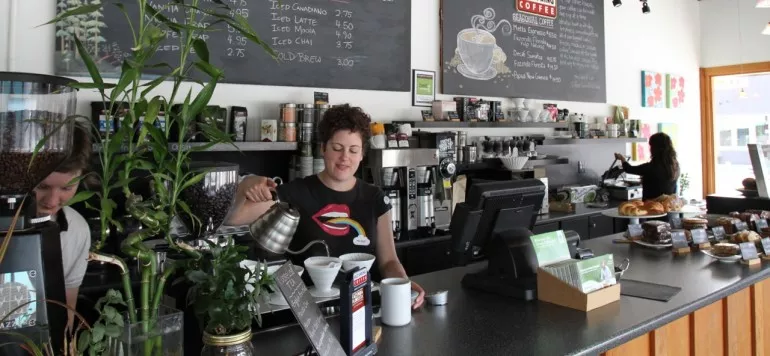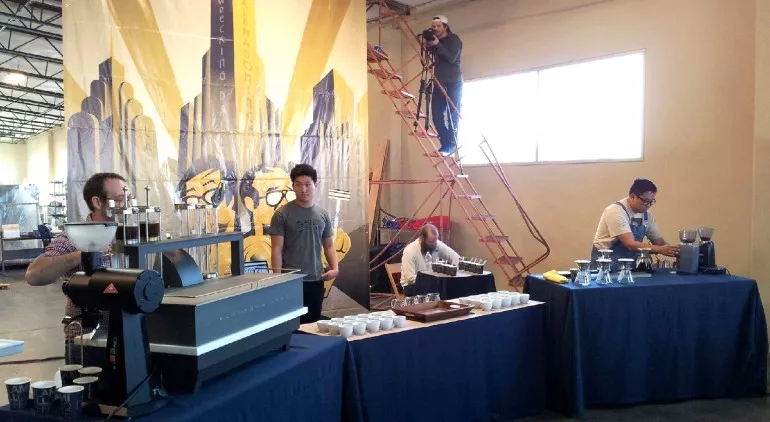
Hand Brewed Coffee vs. Machine Brewed – Which is Best For Your Coffee Shop Business Plan, Barista Training?
Lately it seems like every commercial on television has a latte-art laden cappuccino. Television characters are working at coffee shops like Café Grumpy and Intelligentsia. Intelligentsia’s coffee can even be found on the shelves at Target now. Specialty coffee is becoming a part of popular culture in a big way. As more of specialty coffee shops appear, many try to provide unique coffee experiences to their customers that they can’t find other places. A popular way many specialty coffee businesses approach this is by showcasing unique ways to brew their coffees. There are countless manual brewing methods as well as a growing number of quality, automated single cup and batch brewers on the market. All of these methods of brewing are common topics of conversation among baristas and coffee business owners, however, what really matters when creating a coffee shop business plan is what the consumer thinks.
A couple good questions to ask yourself:
- Who is your target audience?
- What kind of experience are you trying to deliver?
- What kind of barista training will your staff have access to?
Many specialty coffee shops have taken up the practice of manual pour-over brewing or other forms of manual single cup brewing. Some of these include:
Pour-overs: Pour-overs are filtered coffee brewing drippers that involve putting ground coffee in a paper filter inside the dripper and manually pouring hot water over the grounds, which drip and decant into a vessel below. Popular pour-over drippers include the Hario V60, Chemex, Kalita Wave, Melitta dripper, the sock pot and more. New devices are added to this list all the time including the new Gino dripper by notNeutral. This was used to win the 2013 United States Brewers Cup. There’s even a tiny, disposable single use pour-overs by Kalita called the Kantan that can fit in your purse or suitcase and be used on the go. Since coffees brewed with these drippers are filtered via a paper filter they tend to have cleaner, brighter profiles than unfiltered brews.
Full-Immersion: Full-immersion brewing occurs when the ground is fully immersed and contained in the brew water during the extraction. These brewers include the Clever Dripper and the classic French press (press-pot). Coffees brewed via full-immersion devices typically feature thick mouth-feel and reduced brightness in comparison to traditional filtered drip coffees. Full immersion brewing tends to be more user friendly, and forgiving because they rely a lot less on pouring technique. These also tend to be produce more consistent results in comparison to traditional pour-over drip brewing.
The idea behind using manual brewers is to enable the barista to have control over the coffee brewing variables so the customer may have a personally brewed fresh cup of coffee that was crafted with care and attention. This can create added value and a more romanticized experience around a profitable drink. For quality results barista training and a substantial amount of practice are crucial! The area where these methods of brewing coffee tend to fall short, however, is consistency and speed. Manual brewing methods are only as good as the baristas using them and while they can be mastered and can produce fantastic cups of coffee, at the end of the day they are being poured by a human being, which in and of it’s self propagates inconsistencies from brew to brew and it can take painfully long periods of time from customer to customer. Again, if a shop if going to feature manual single cup brewing, quality barista training, practice and undivided attention, are critical factors that must not be overlooked. This can be considerably difficult in a high-volume coffee business or a café with limited access to quality barista training.
While there are plenty of fantastic batch brewers on the market such as Fetco brewing equipment which has been enjoying some time in the spotlight of specialty coffee shop trendiness the past few years, these batch brewers fail to deliver the theatre or romance factor that some of the manual brewers provide. Luckily for everyone, a few companies have picked up on this dichotomy and made it there mission to bridge this gap by creating simple, intuitive machinery capable of brewing coffee beyond dumping water over a basket of coffee. The Marco “SP9” is a great example of this and one of the most successful. The SP9 is a small batch single cup brewer that can be can be programmed with simple dials. It brews simply and quickly with a Kalita Wave or a variety of other pour over devices. The SP9 is highly programmable, extremely temperature stable, consistent, and visually engaging. This makes this brewer convenient for many shops to be able to offer pour-over coffees without worrying about the variable of human error. It also makes this brewer incredibly versatile as you can easily take advantage of different coffee profiles from different coffees or even from different pour-over methods which can all be brewed on the fly with recipes which can be pre-set and saved in the brewer’s memory bank.
What some baristas seem to forget is that not everyone is a coffee connoisseur (or wants to be). Most café’s clientele are people that just want a great cup of coffee. They want it in a reasonable amount of time, they want it to be tasty and they want it to be the same every time and those are the experiences that these machines deliver.
And it’s not just a bunch of buzzword-laden marketing either as many of these companies have put their money where their mouth is on these issues.
In 2013 at Barista Nation Los Angeles, Tom Vincent of Texas Coffee School brewed batch brewed coffee along side a couple career baristas from highly recognizable specialty coffee shops manually brewing Chemex coffee with the same coffee, coffee to water ratio etc. The only variable was man verses machine. In a blind taste test involving a room full of coffee professionals, the batch brewed coffee was the unanimous crowd favorite.
Last year La Marzocco put Ben Kaminsky, a Brewer’s Cup Champion, Cup Taster’s Champion and international coffee consultant, with a semi-automatic espresso machine up against an auto-dosing/tamping La Marzocco Swift grinder and an auto-volumetric La Marzocco espresso machine.
Spoiler alert: the auto-volumetric machine won. You can read about it here.
Earlier this year Alpha Dominche put their Steampunk to a similar test. Founder, Khristian Bombeck armed with a Steampunk went up against Nick Cho, owner of Wrecking Ball Coffee who was using a Kalita Wave pour-over dripper. The competition involved several rounds, several coffees and a panel of coffee-all-star judges such as Todd Carmichael, owner of La Colombe Coffee and star of the television series Dangerous Grounds, taste testing as well as testing extraction yields. Again, the machine came out victorious.
There are pros and cons to any piece of equipment and all of the brewing methods mentioned above definitely have their beneficial aspects and areas where they shine. Choosing how you will brew your coffee can be a complicated decision but by carefully considering your needs and by actively seeking out information on a variety of products when crafting your coffee shop business plan, the perfect brewing equipment can be found to suit your coffee business model. Remember: man verses machine battles aside, at the end of the day consistent quality will defeat mediocrity and periodic greatness every time.
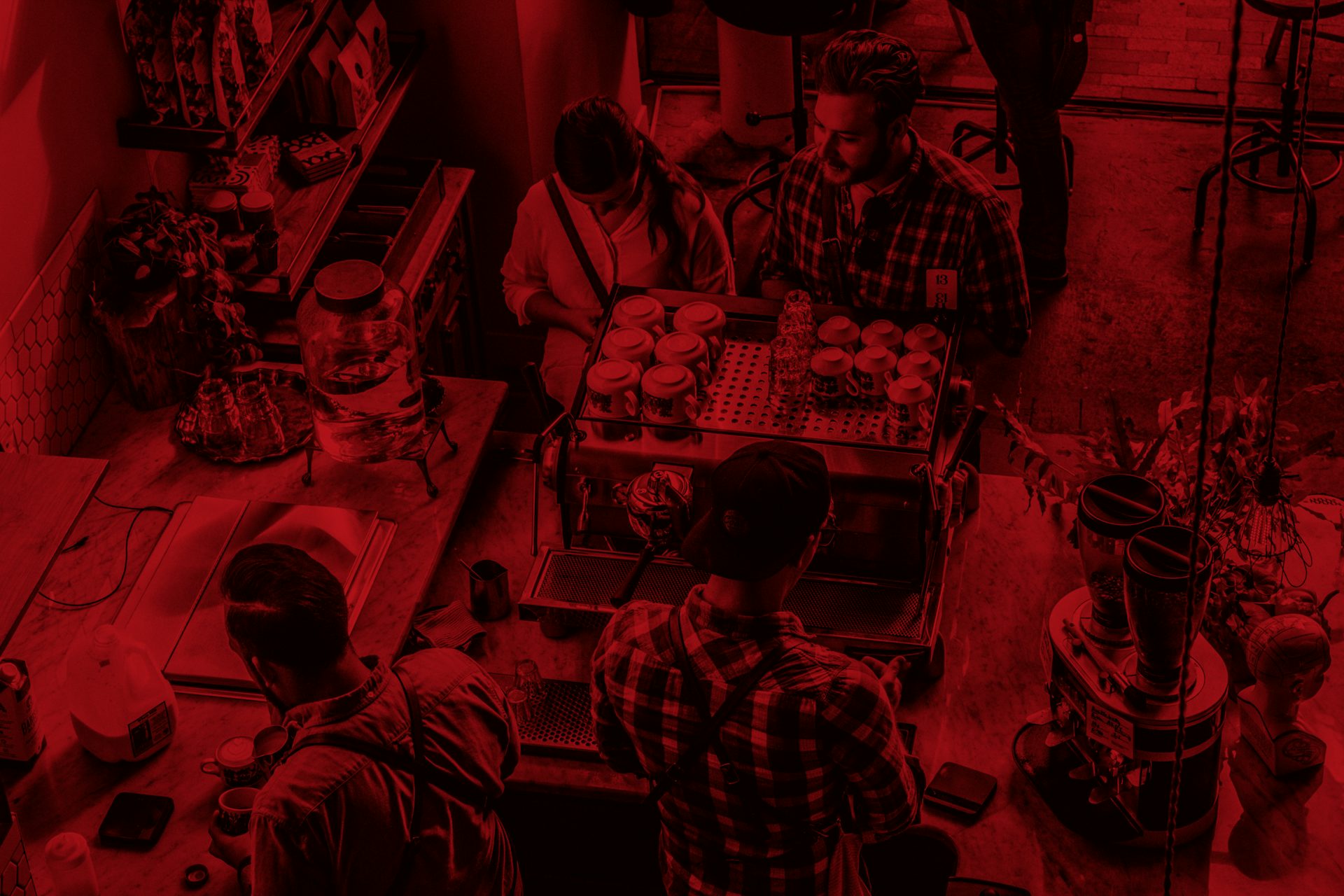
Register for a Coffee Class
The Best Coffee Training Available
We’ve helped hundreds of students successfully launch their own coffee shop businesses. Join us in our 5-Star Rated Coffee Classes, whether you’re an aspiring entrepreneur looking to open a coffee shop, a manager, a barista or home enthusiast looking to sharpen your skills.
